Seed
The Creator's Plan
Dedicated to the Warriors of Christ
who battle daily
against the Princes and Powers of the air
in our world today

WAR OF THE SEED tells the story of the cosmic, behind-the-scenes battle between the God of the universe and the forces of evil for the prize of humanity
Copyright 2024 by Lorri Frandsen
All rights reserved. No part of this book may be used or reproduced in any form, or by any means, without prier permission from the author, except in the case of brief notations in articles and reviews.
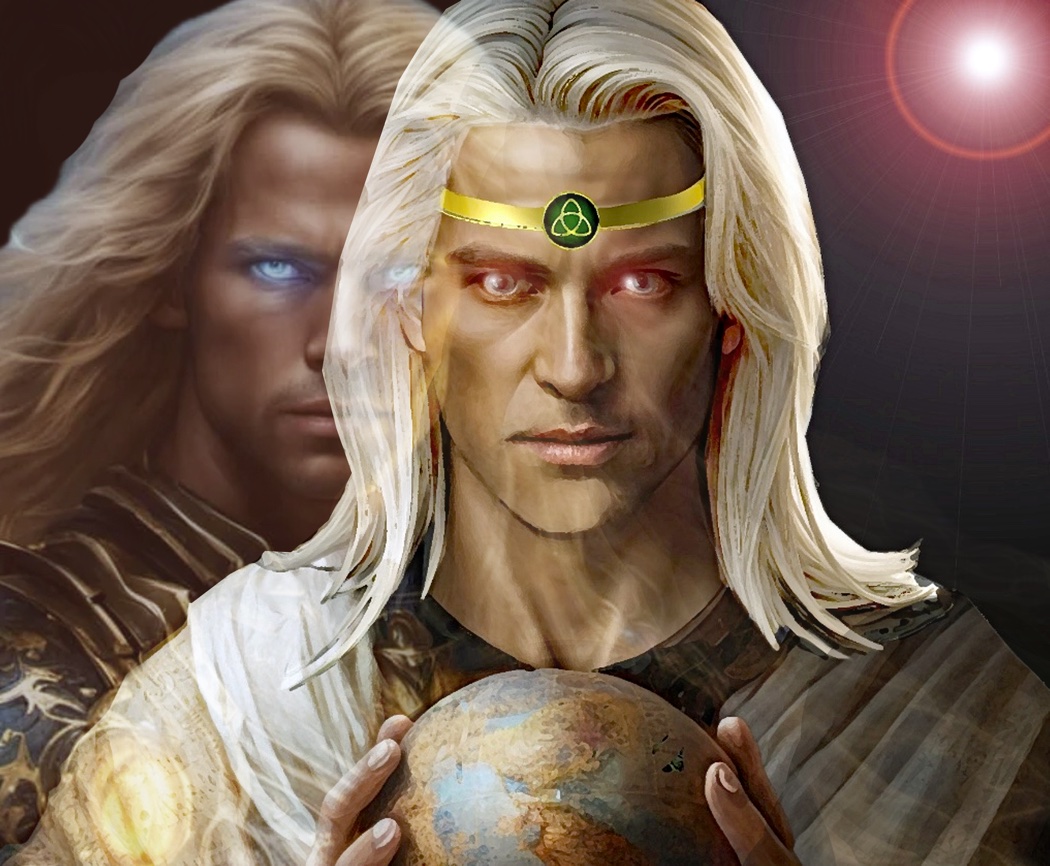
"In the beginning was the Word, and
the Word was with God, and the
Word was God. All things were made
by Him. In Him was life; and the life
was the light of men. And the light
shines in darkness; and the darkness
comprehended it not."
Elohim, the trinitarian God, spoke
creation into being through the
Word. Although creation would sink
into great darkness, Elohim had a
master plan - a plan so mysterious
that not even the angels understood
it at first. As the Word, He would
destroy death (through His own
death) and a new creation would
come into being through His
resurrection.

Elohim is a Trinity (Father, Son, and Holy Spirit), meaning He is three Persons in One, a deep mystery impossible to understand. He has no beginning and He has no end. He is all-knowing, all-powerful, everywhere-present, and completely just and righteous in character. He is the Creator of the universe and all that is within it, including galaxies, planets, stars, and moons, many of which are located light years apart from each other.
Elohim's Record Book, known as the Bible, reveals that He is not alone in eternity, for He has created many creatures.

Elohim's creatures have different properties and seem to exist in alternate, or parallel realms. Some move in the spiritual realm while others exist in a physical realm.
However these domains can overlap, with spiritual beings associating with physical ones.
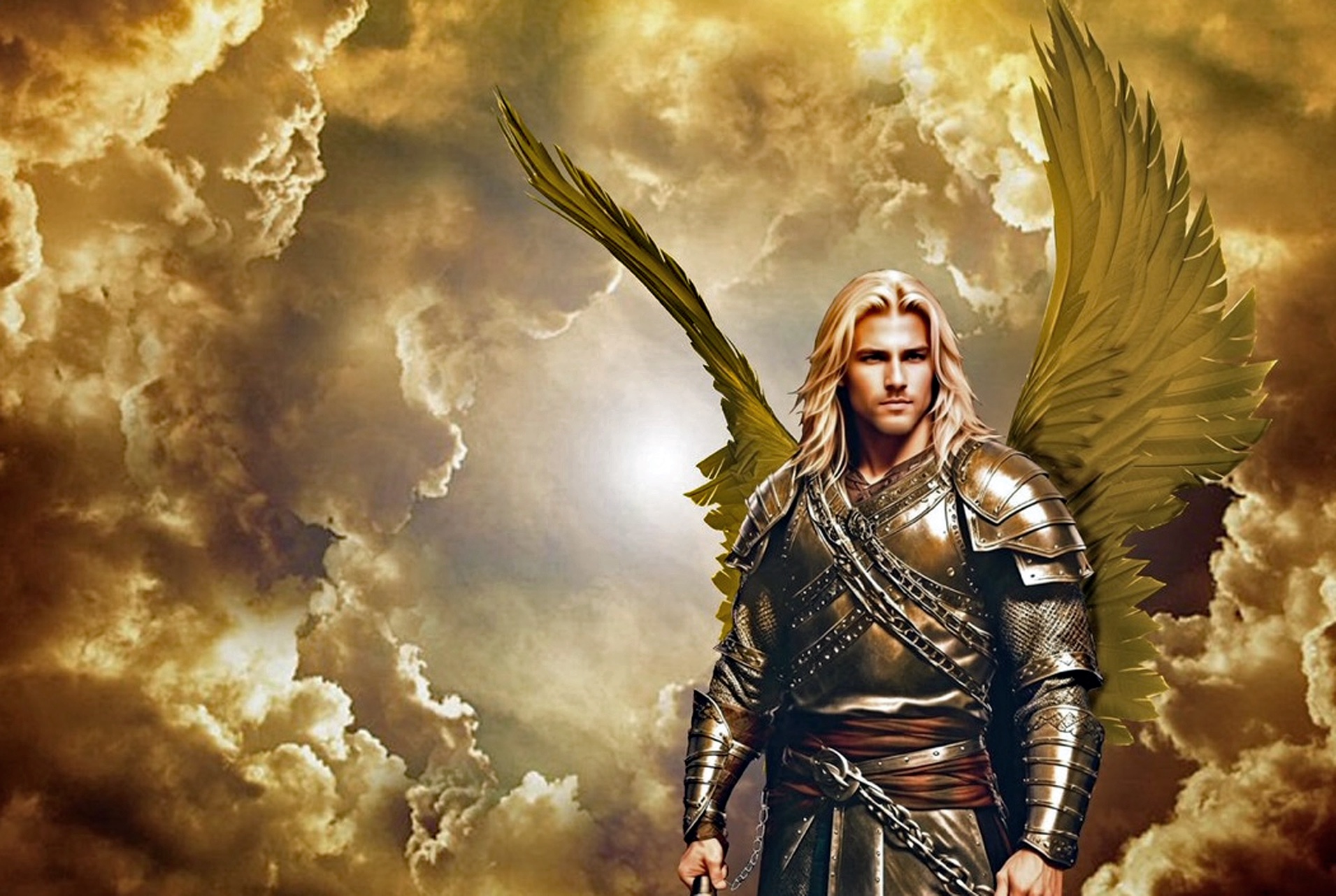

Elohim's angels were part of His creation,
designed to act as His messengers, swift as the wind and fierce as flaming fire. In the Book of Enoch 1 seven archangels are named - Michael, Gabriel, Raphael, Uriel, Raguel, Saraquel, and Remiel. Michael and Gabriel, two of the highest
angels, are the Creator's special messengers.
They are often mentioned in the Bible.
(The Book of Enoch 1 is not in the Canon of the Bible, but the apostles Jude, James, and Peter quoted from it, thereby relegating at least parts of it as being divinely inspired.)
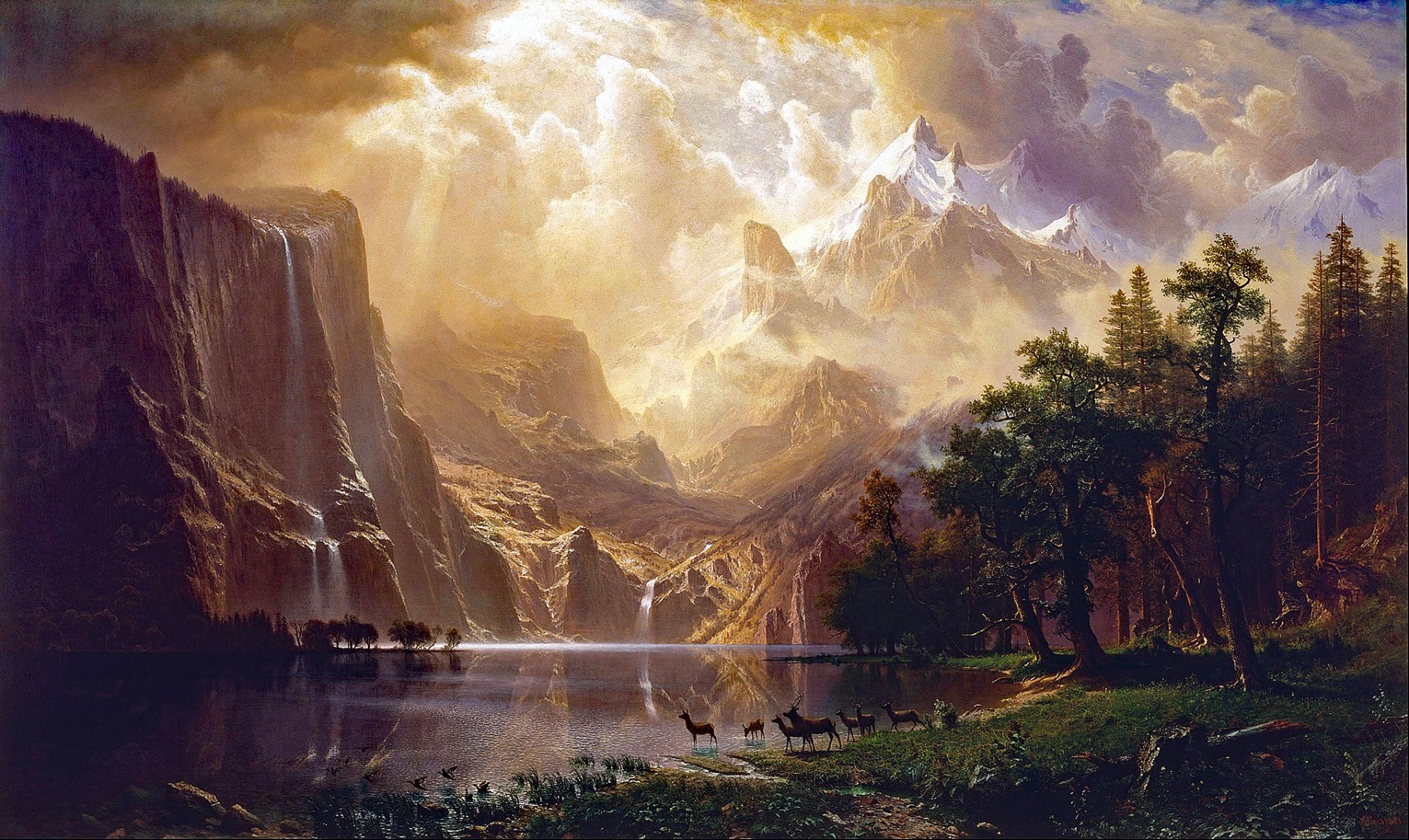
Elohim created the earth with everything on it, including the oceans, land, fish, birds, and animals. In one part of the earth, Elohim made a garden called Eden, a particularly lovely place where momentous things were to happen.

Elohim created Adam and Eve, two humans who were placed in the Garden of Eden and instructed to make it fruitful. They were without sin and morally neutral, having never made a decision either for or against righteousness. Elohim gave them a choice by giving them a test of obedience, which they failed. They were told not to eat of a Tree of Knowledge of Good and Evil in the midst of the Garden, but they followed the lethal advice of a talking serpent and willfully rebelled against Elohim. From that moment on they became sinful and doomed to die spiritually, and later on physically.
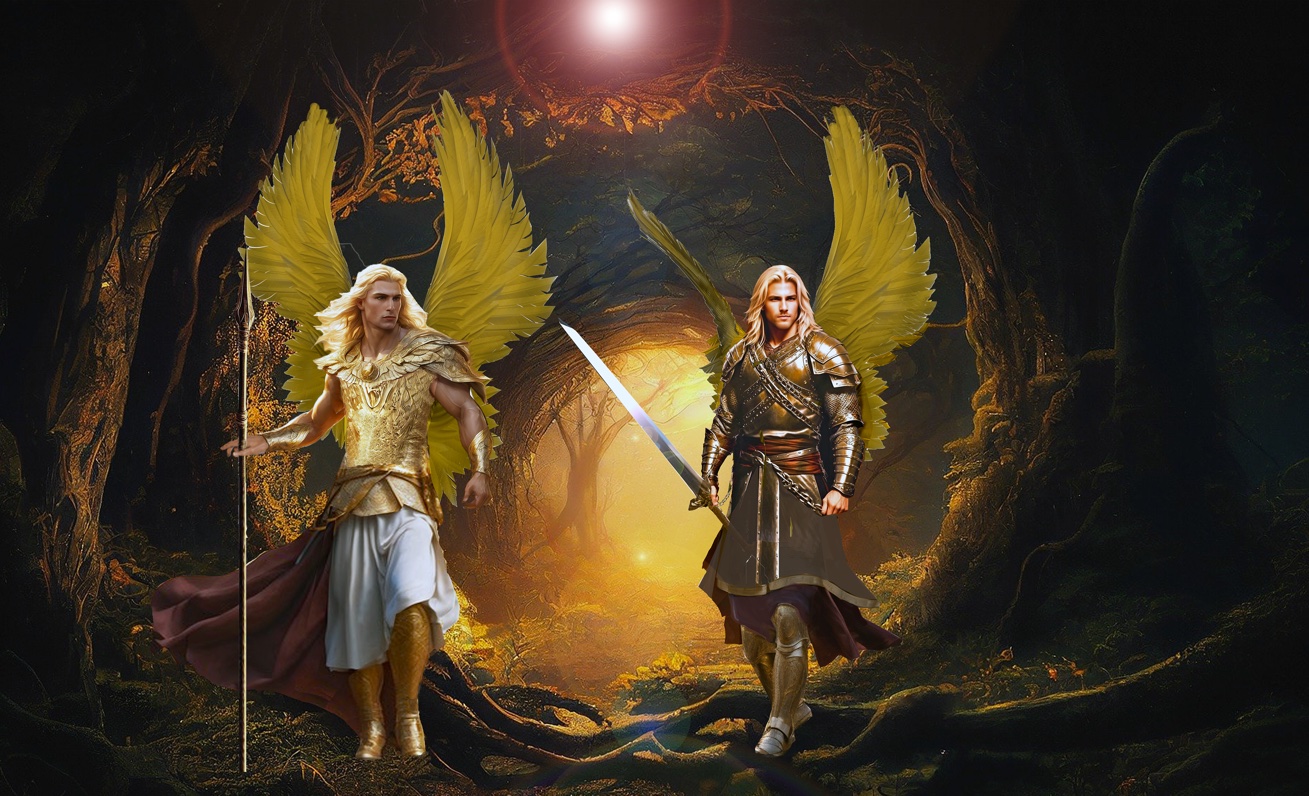
Elohim had been aware that His human creation would rebel against Him, choosing death instead of the Life which He desired for them. However it was necessary to let them choose so that they would be able to return Elohim's love and form a close relationship with Him. If they had remained morally neutral, that could never have happened. Because sin had now entered the human world, there were negative consequences. Adam and Eve were now steeped in guilt and they felt alienated from Elohim. Adam was told that his labor would be hard from now on, and Eve's birth labor would be hard as well. Both were expelled from the beautiful Garden of Eden and prevented from returning by an angelic guard. They now had to make their way in a much less hospitable environment.
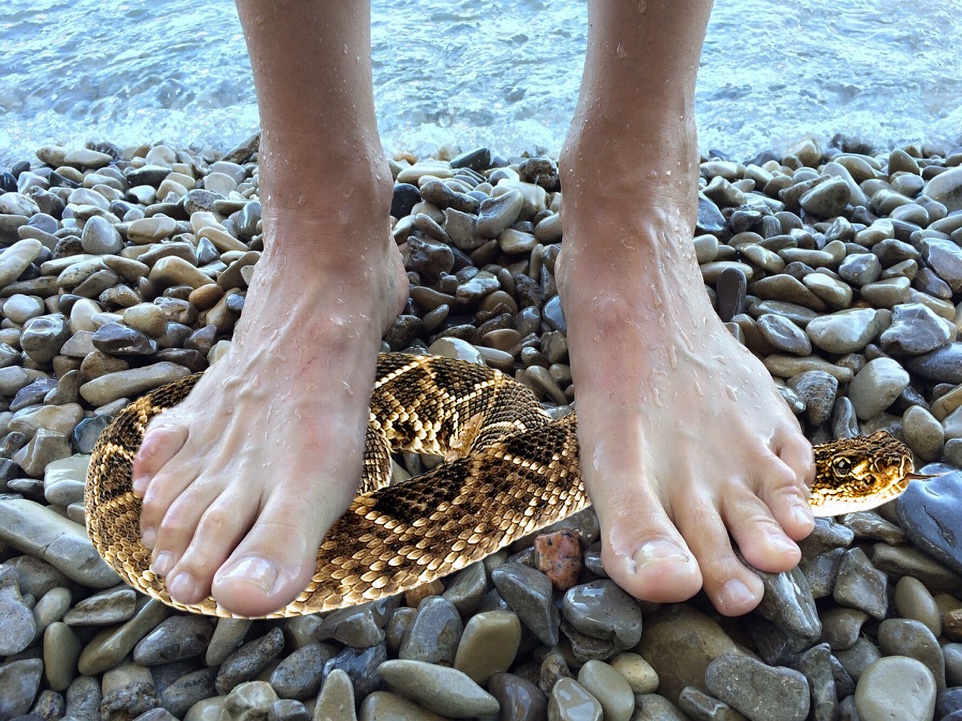
The serpent also bore Elohim's judgement because it had tempted Adam and Eve and led them into sin. Elohim pronounced that He would put enmity between it's seed (offspring) and the seed of the woman. He also stated that "He shall bruise your head, and you shall bruise His heel." This was a cryptic prophecy that would have dramatic fulfillment in the future. The serpent's identity has been associated with a fallen archangel, or Watcher, called Lucifer (also referred to as Satan) who had been expelled from heaven earlier. Some Bible scholars believe Satan entered into the body of the serpent and in this way was able to communicate with Eve.
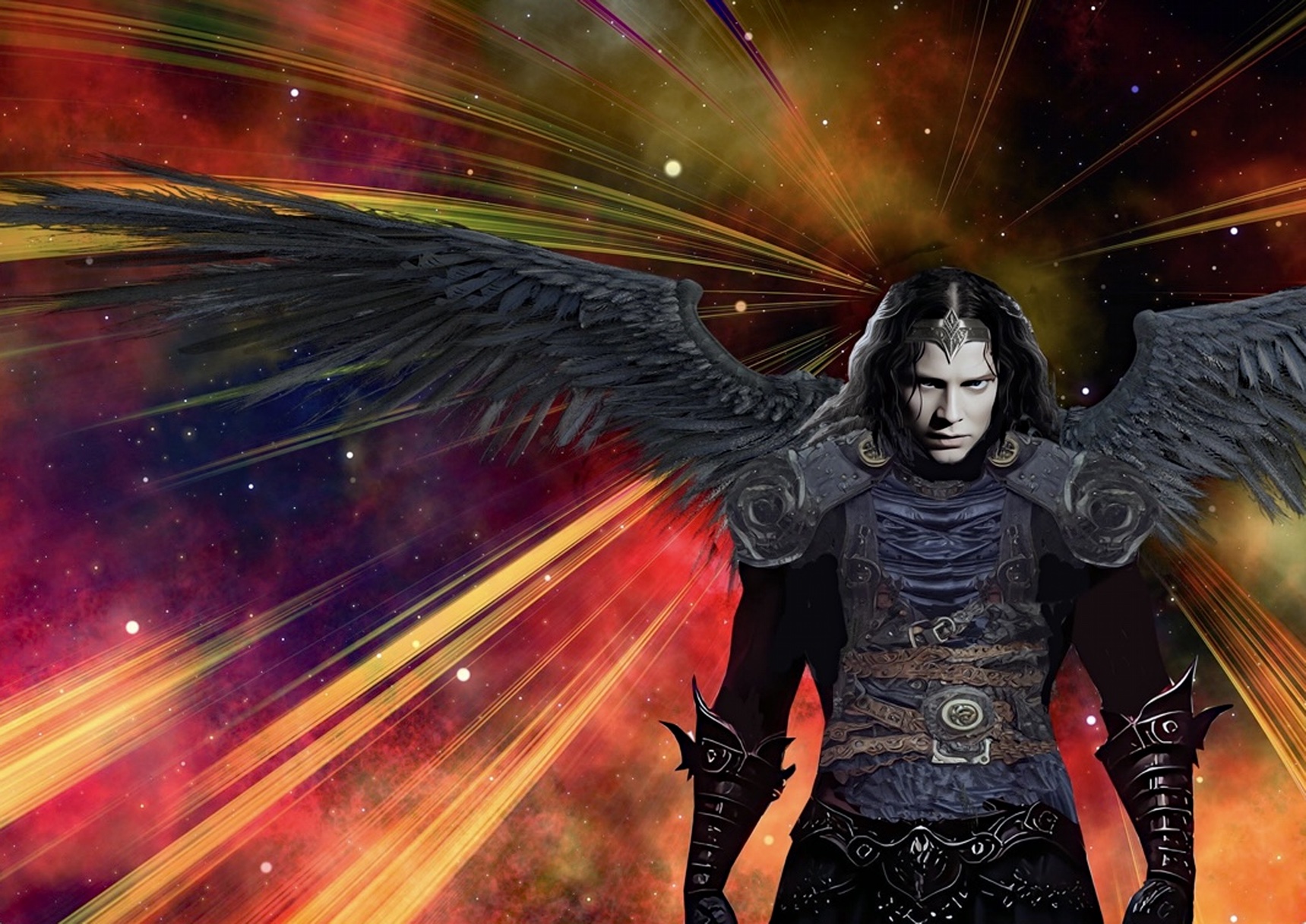

A high order of angelic being were the
Watchers as described in the book of Enoch 1,
a book revealing what occurred in pre-flood
times. The Watchers were like the archangels,
very great in power and knowledge. They had
been present when the human race was
created and they had counselled with Elohim
around His throne and performed His decrees.
Just as Elohim had given Adam and Eve a
choice to either obey or defy Him, He had
done the same with the angelic realm. Many
of Elohim's angels had chosen to be faithful to
the Creator, but some did not.
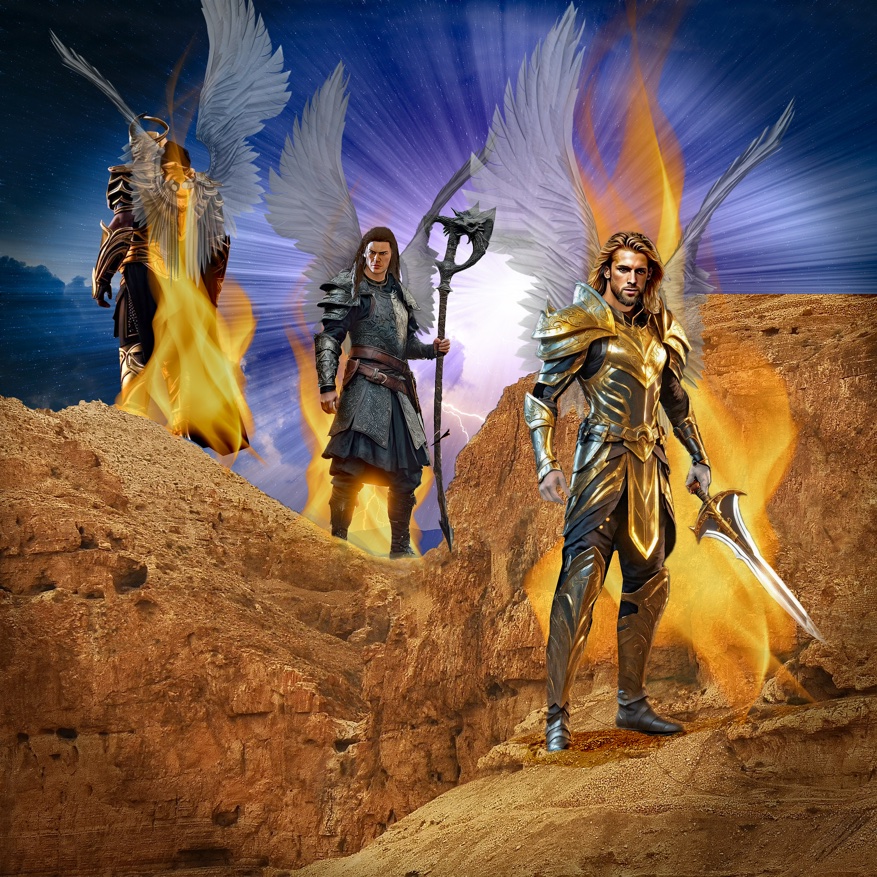
The Watchers knew well that Elohim was a
Creator of order and that all of His creatures
had their place in the divine scheme of
things. They were designed to manoeuvre in
their own realm but they were also given the
task to oversee the humans on the earth.
However when they saw that human women
were fair to look upon, a plan formed in
their minds to put forth their own agenda in
defiance of Elohim. They would usurp
humanity to become divine imagers (gods)
and spawn progeny of their own who would
take over the earth and rule humanity under
their guidance and control. It was a coup
against the Creator's purpose and will for
His human creation. Making an oath to defy
Elohim, they descended on Mt. Hermon to
put their plan into effect. The Bible says they
took 'wives' among human women, any they
chose, and the women bore children to
them.

Elohim consigned the rebels to imprisonment in a dark place called the Abyss, where they would remain bound until their judgement at the end of the world. An eternal Lake of Fire awaits them. According to Enoch 1, the archangels Serial, Gabriel, and Michael were responsible for binding the wicked Watchers in the Abyss.
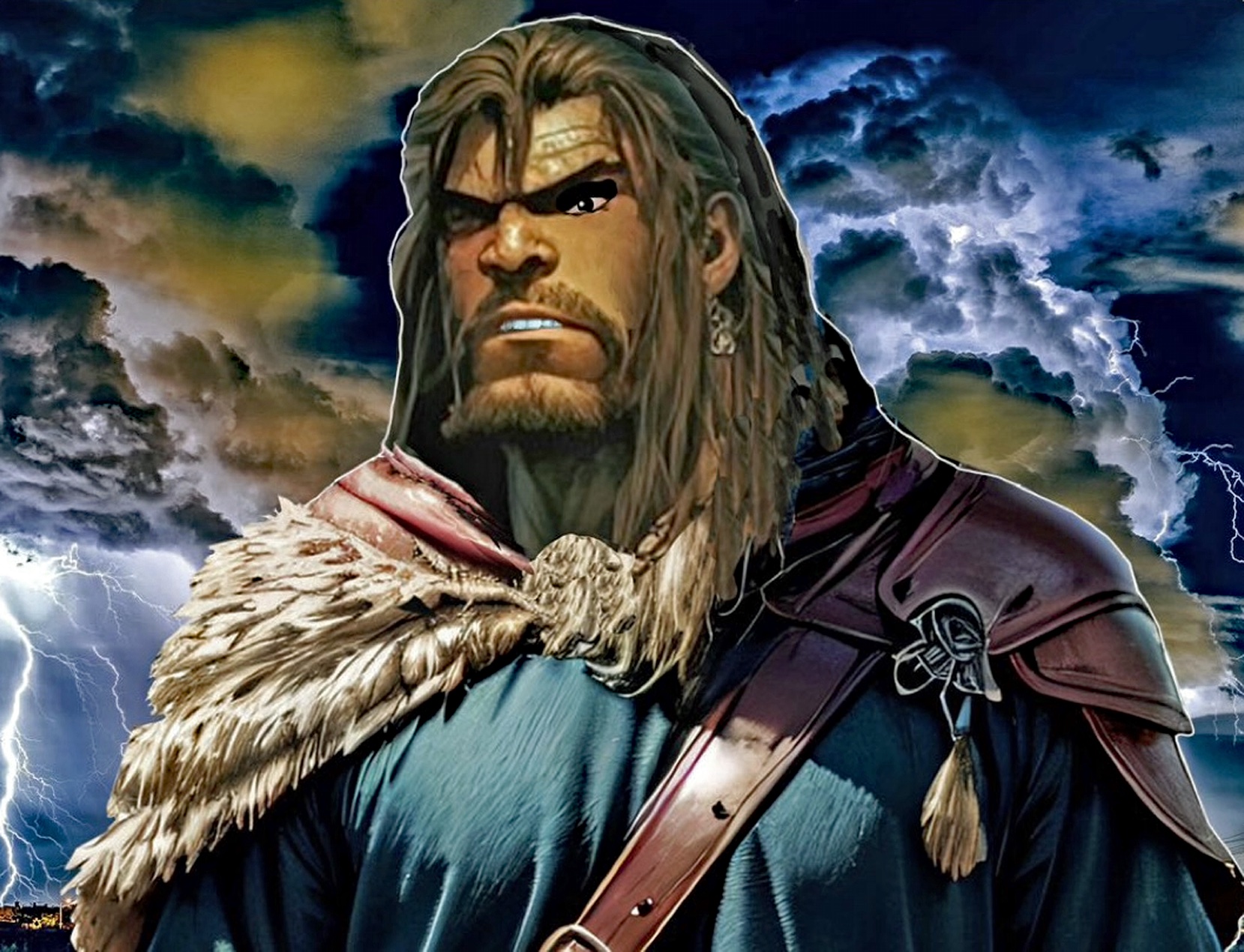
The progeny of the Watchers and human
women were the Nephilim. They were giants of
great stature, heroes of renown, fierce hunters,
and warring fighters. They lived together with
humans for hundreds of years in pre flood
times, quickly spreading over the earth and
becoming increasingly evil. At first they forced
the humans to provide for them from their
resources, but it was not long before the
humans were unable to meet their gargantuan
demands. Then the giants began to cannibalize
humans and even one another, drinking blood
to satisfy their raging appetites. They also
desecrated the animal kingdom, profaning all
that the Creator had so carefully and lovingly designed. Their wickedness was so great, and
spread so quickly, that the Creator was deeply
grieved in His heart and regretted ever having
made both the Watchers, and the human race.
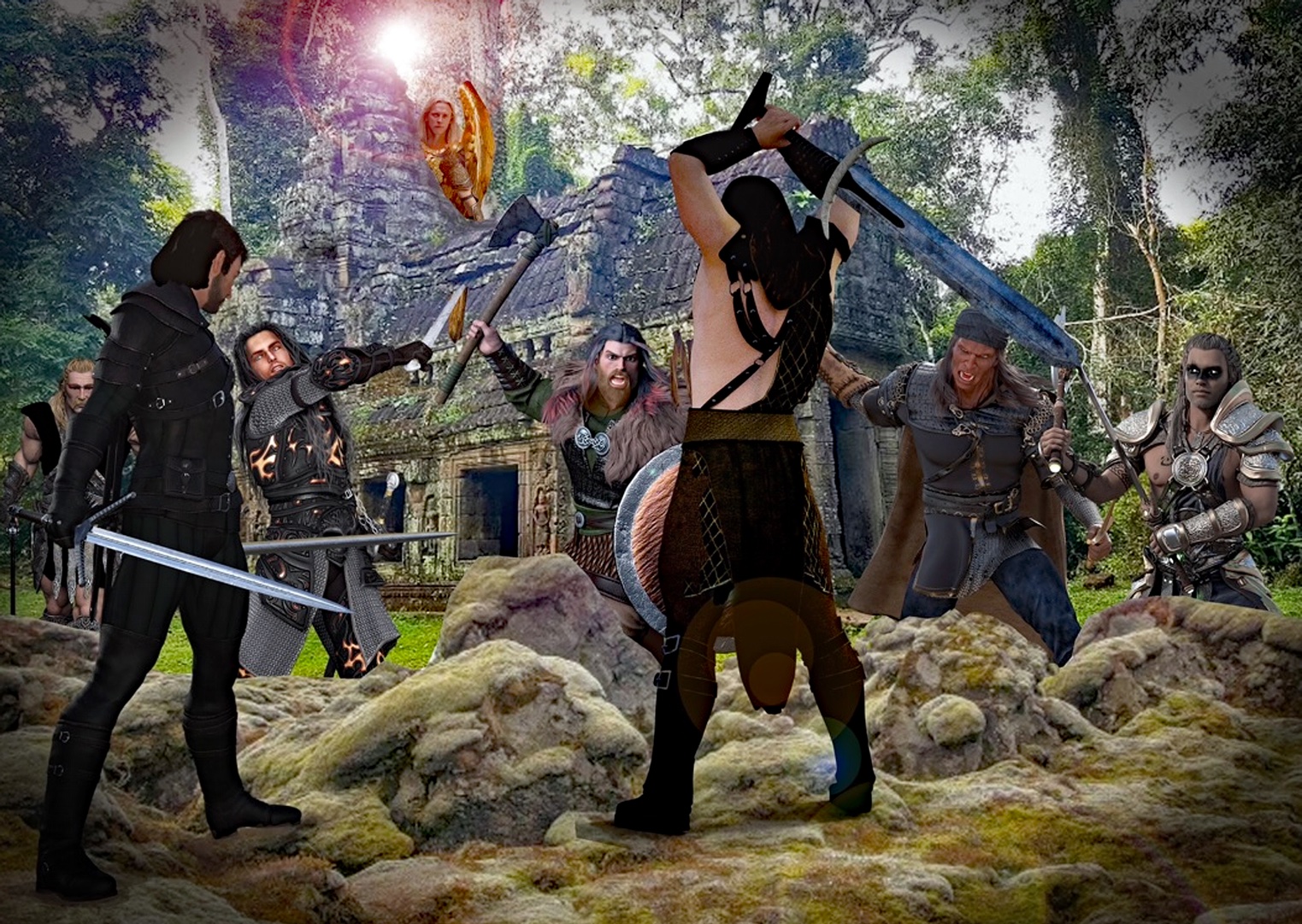
Enoch 1 mentions the archangel Gabriel being tasked with destroying the Nephilim by causing them to war with each other. Enoch describes Gabriel as “one of the holy angels, who is over Paradise and the serpents and the Cherubim.”
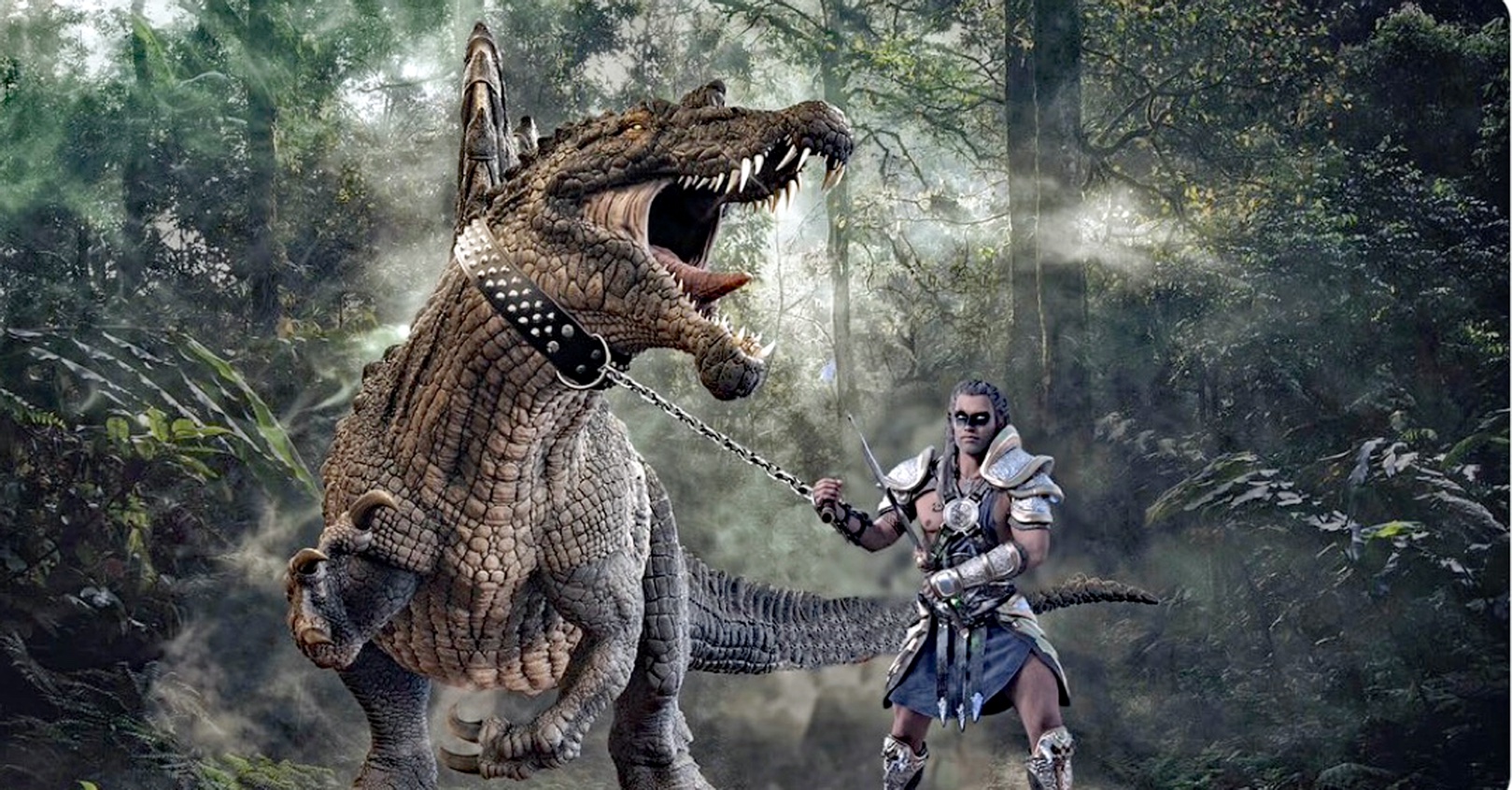
The Nephilim giants were not the only
monster. Many believe that dinosaurs and
oversized beings existing on the earth.
humans walked the earth together. If so, the
There were also huge animal creatures that
antediluvian world was a very dangerous
were incredibly powerful and frightening to
place. However in spite of all the dangers,
behold. The Bible names Behemoth, who
humans had a very long life span at this
may have been a real type of dinosaur.
time. One of Adam's descendants,
Another one mentioned is Leviathan, a sea
Methuselah, lived to be 969 years!
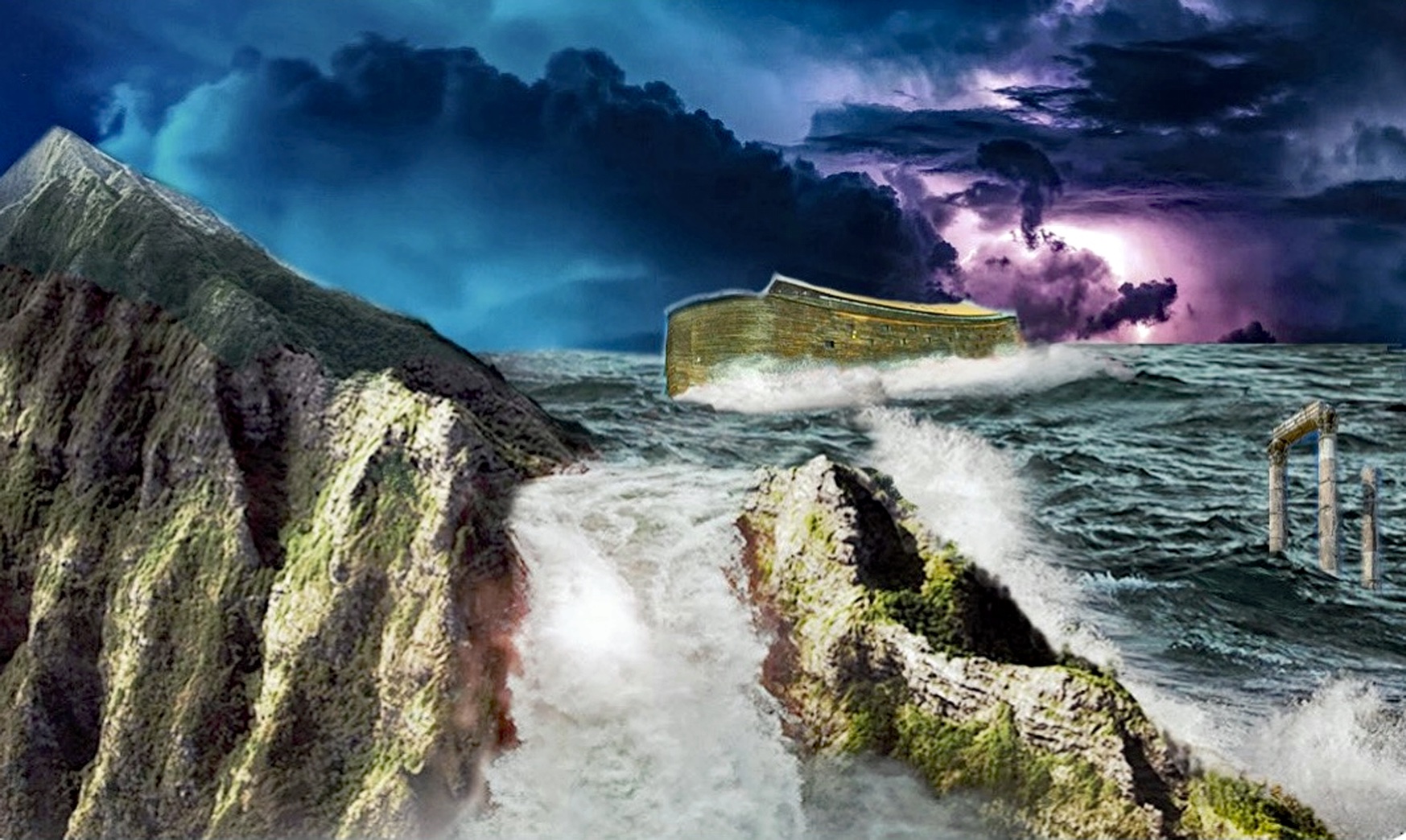
Wickedness had spread so widely over the face of the earth that the Creator decided to send a flood to destroy the Nephilim, and humanity as well. Only one man, Noah, found grace in the Creator's sight. He was commissioned to build a great ark for himself, his family, and some of the animal kingdom. It took 120 years for Noah and his sons to build the ark so there was lots of time to warn the population of impending disaster. The ark was an ominous warning of what was to come. However Nephilim and human alike went on with their lives as usual, becoming increasingly lawless and violent. Then the flood finally came.
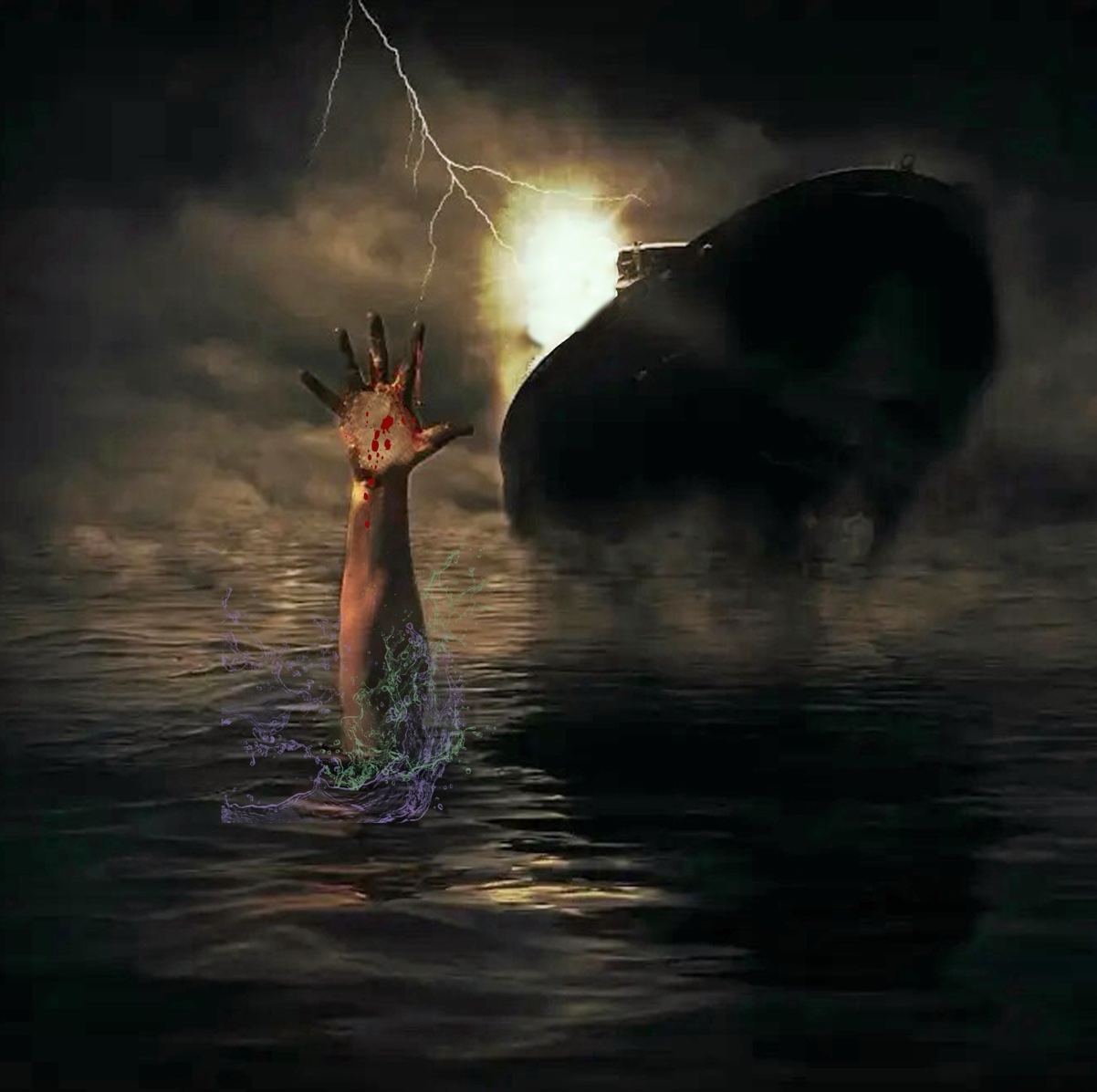
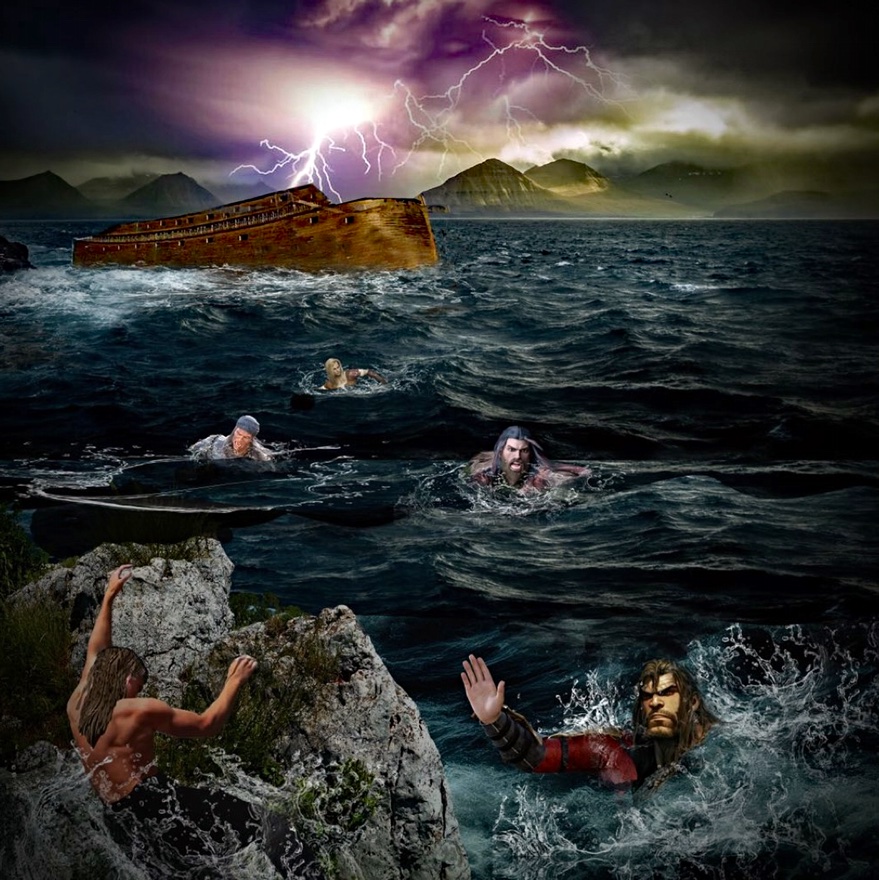
The waters broke from the sky (some scientists
think that a cloud canopy may have covered the
earth insulating it from the rays of the sun and
possibly explaining the longevity of life at the time). The waters in the deep also rose up in a cataclysmic deluge. There was no escape for
human, beast, or Nephilim. As the waters rose,
they all perished together. Not one remained
alive.

After over a year, the waters subsided so that Noah and his family could debark onto dry land on Mt. Ararat (near Turkey and Iran). The first thing Noah did was to build an altar to worship Elohim. Elohim instructed Noah that they could now eat meat. With the vapour canopy no longer shielding the earth, the climate and environment were greatly altered so that a vegetarian diet was no longer sufficient. From now on humans would live only about 100 years.
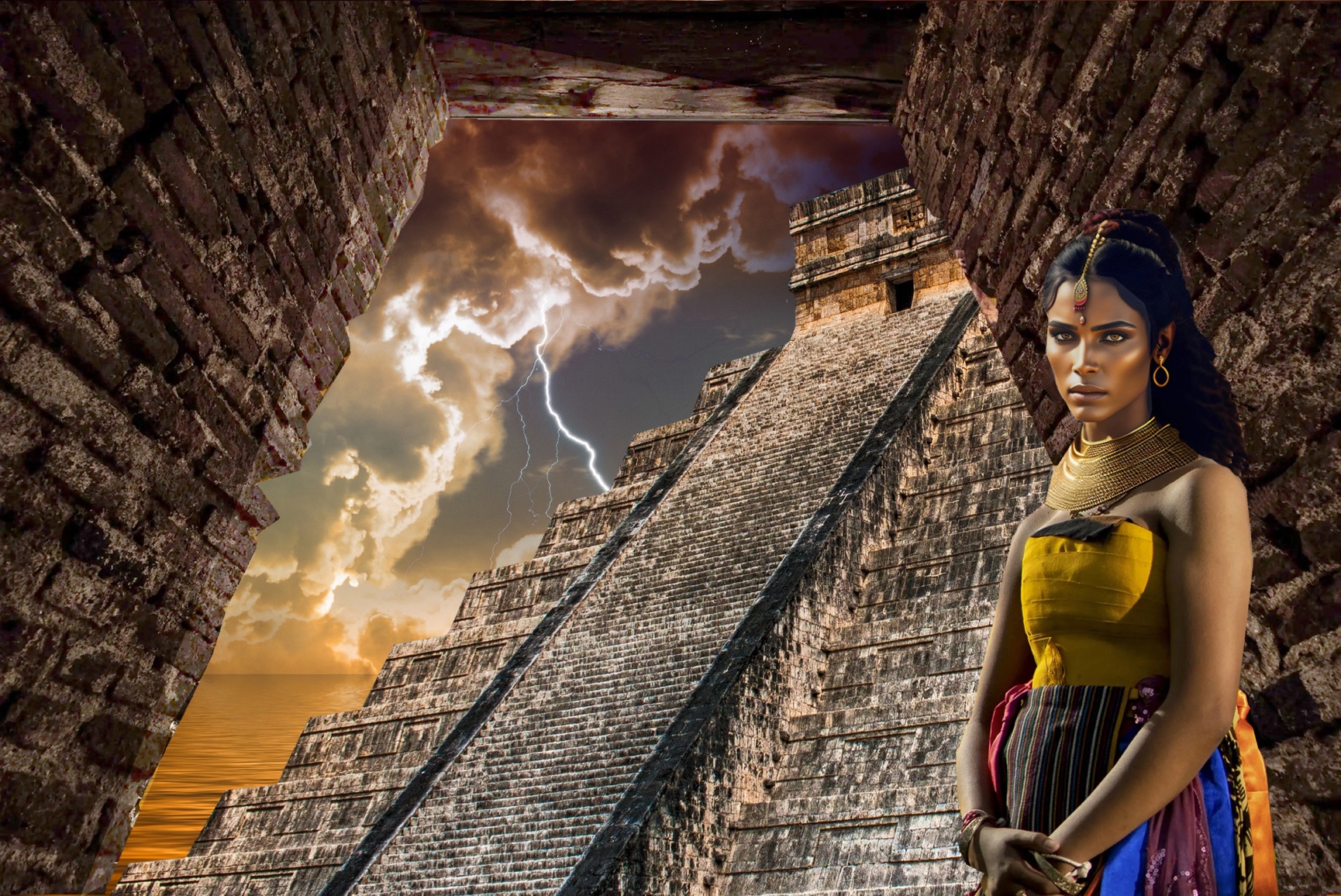
Noah's family multiplied and spread out over the land, establishing settlements in the new world. Noah and two of his sons remained faithful to Elohim, but a line of wicked descendants (through Noah's third son, Ham) rebelled and went their own way. A great grandson, Nimrod, settled in the land of Shinar and built a great temple (ziggurat) where he re-instituted all the old religious practices of pre-flood times including prostitution, idolatry, human sacrifice, and sorcery. In the Bible, Nimrod is called “a mighty warrior on the earth” and it is believed that he was Nephilimic as the Nephilim were often referred to as being great and mighty hunters.
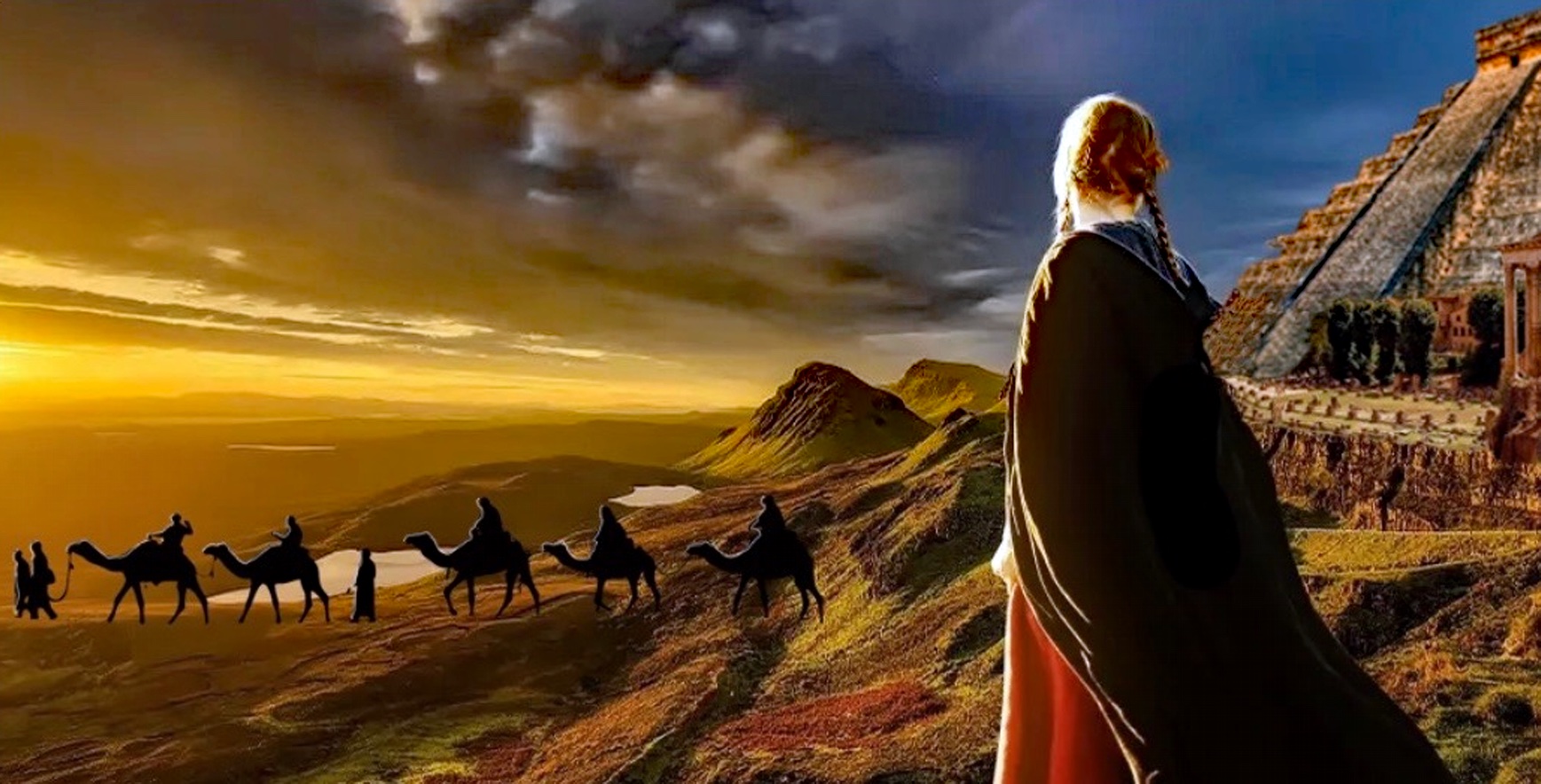
Elohim saw that the humans were heading back into the perversity and bondage experienced by pre-flood civilizations. In order to hinder their descent into wickedness, He supernaturally confused their language so that the Ziggurat could not be completed. Many groups splintered off and left for other places to form nation states. The abandoned Temple was then called the Tower of Babel because of the indecipherable babbling that went on there.
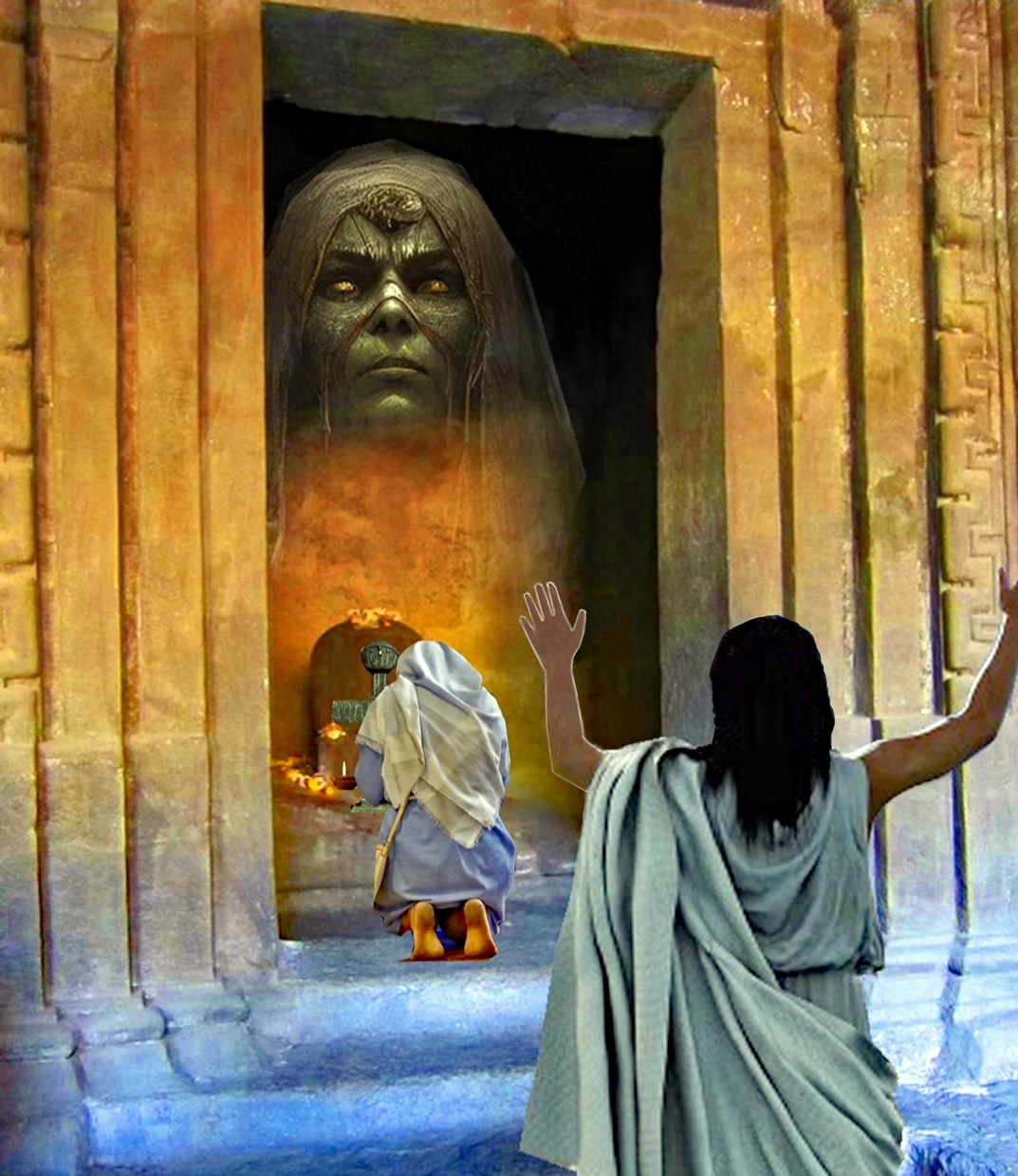
Enoch 1 states that the Watchers who
cohabited with human women were doomed
to judgement, the Creator having no intention
of ever providing redemption for them. Their
Nephilim progeny were likewise destined for
judgement and could not be redeemed. When
the great flood came, all the Nephilim and all
the humans drowned and their spirits went to
Sheol, the place of death. Sheol also contained
Elohim's followers who died, but they were
separated from the wicked in a part of Sheol called Paradise and would later be redeemed.
Some of the spirits of the dead Nephilim did not go to Sheol. Enoch 1 says that about
1/10th of the them were allowed to remain on
the earth. They soon began to masquerade as
gods in the pagan religions that spread over the new world.
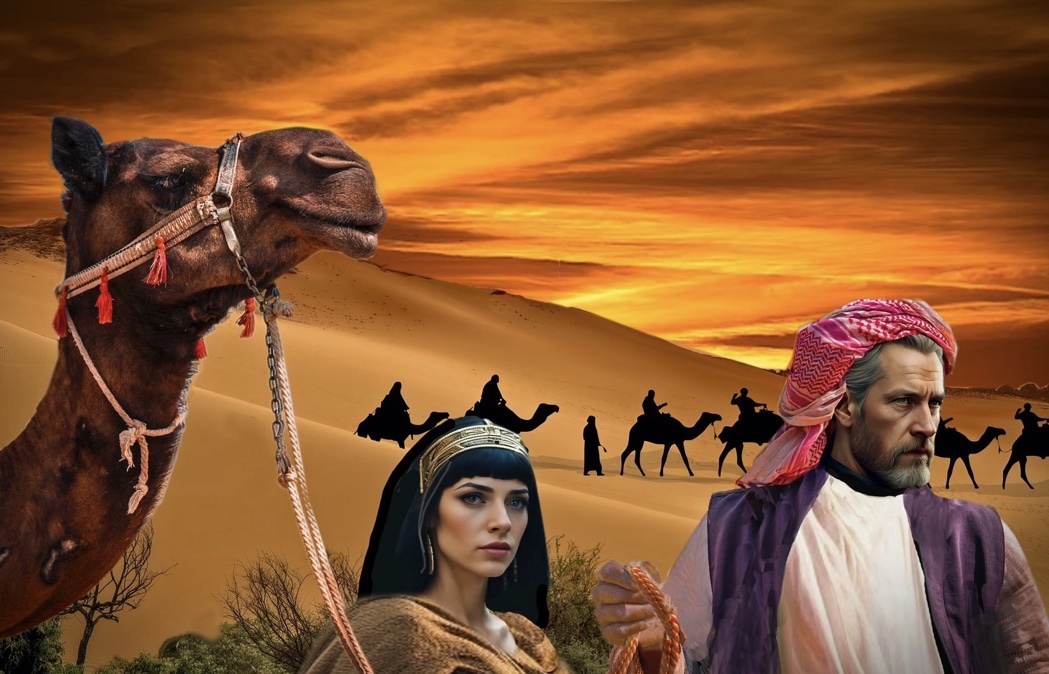
The Nephilim spirits, or demons, wanted a global world order similar to the one that had existed before the flood. This would give them much power over humanity. Elohim already shut down one world order attempt at Babel, but people still rejected their Creator and worshipped demon gods instead - except for a man named Abraham. Elohim called him and his wife out of the land of Ur and gave promises to them and to their Seed, referring to the Saviour (seed of the woman) who would battle with Satan (seed of the serpent) for the prize of humanity.
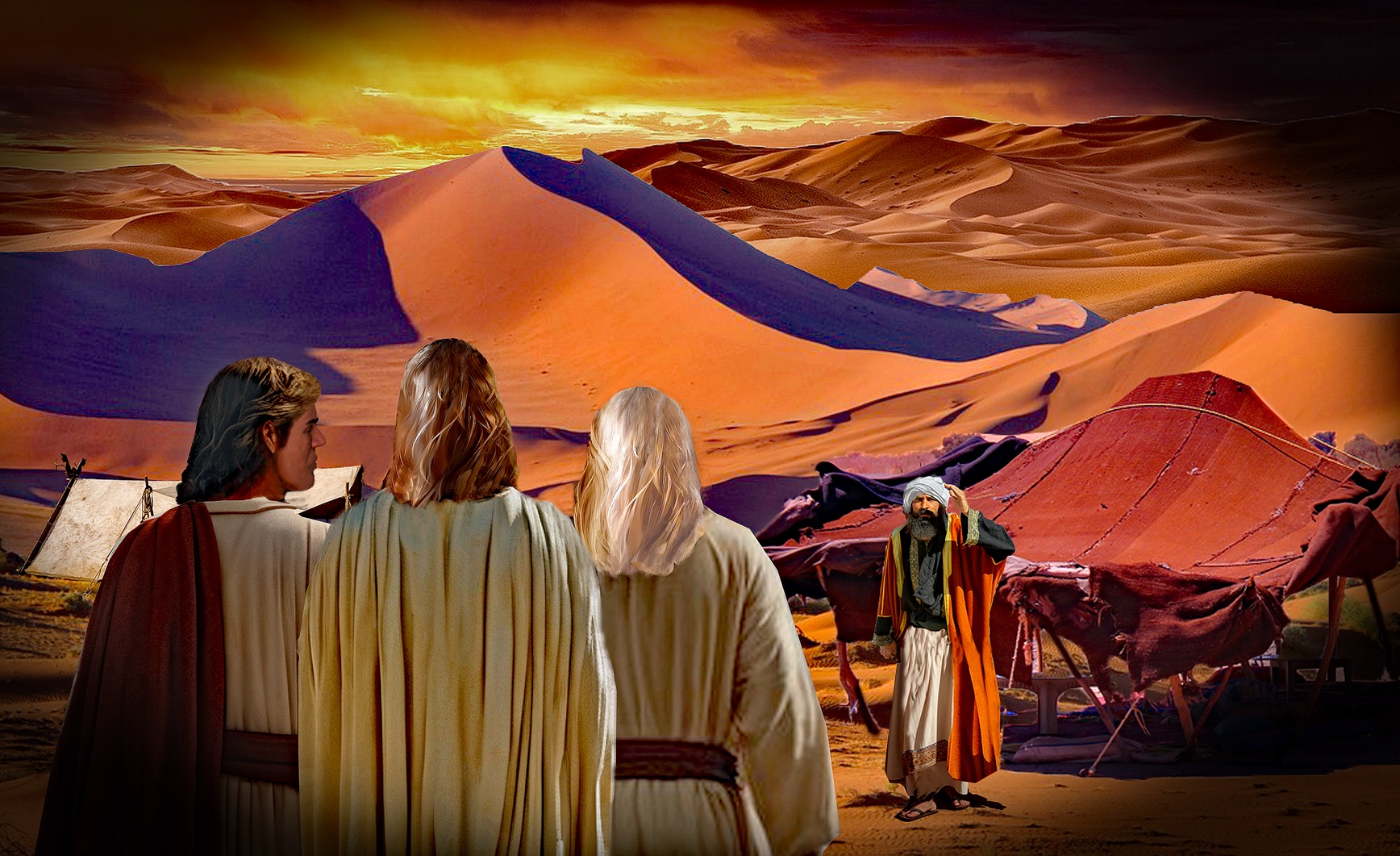
Elohim appeared to Abraham several times over the years, but one day He came with two of His angels. He again confirmed His covenant with Abraham and promised him a son, but then He revealed that the two angels were going on ahead to Sodom and Gomorrah, where Lot lived, in order to bring judgement for the terrible sins being done there. This alarmed Abraham because he feared that his nephew Lot and his family would be destroyed along with the inhabitants of the cities.
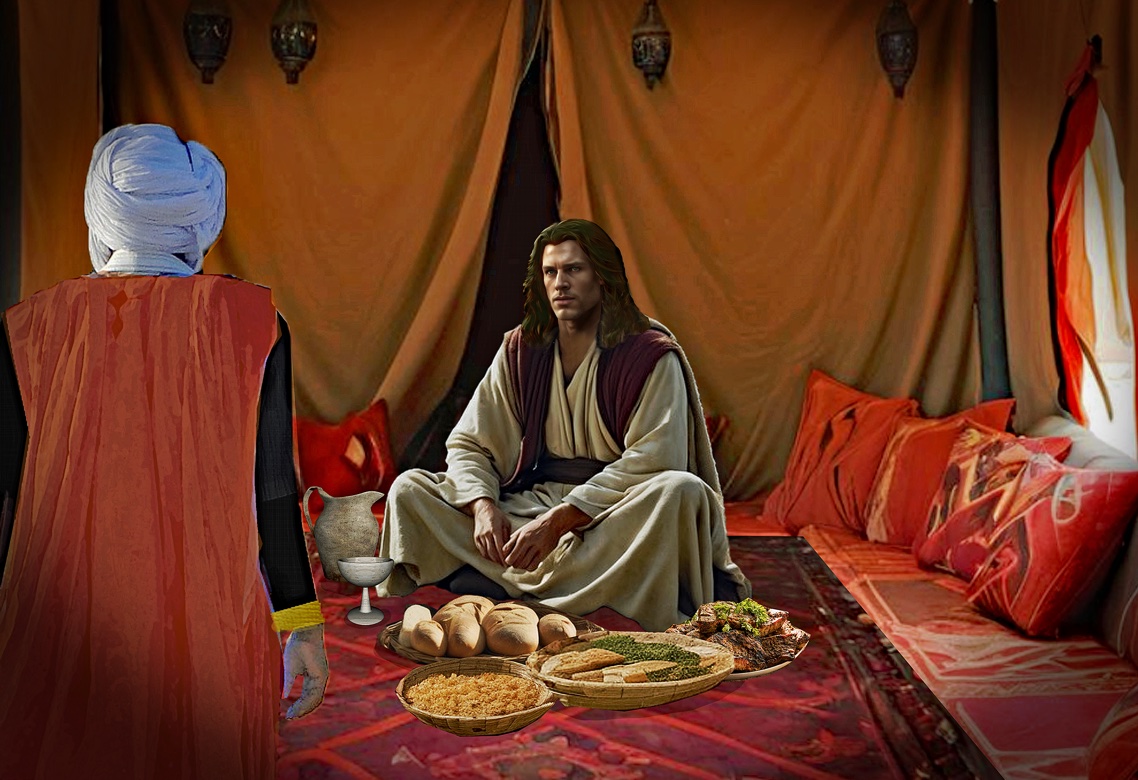
Elohim is described in the Scriptures as dwelling in light so brilliant that no human being can approach Him. However as the second Person within the Godhead, He appeared to humans in indirect ways, such as a pillar of fire, a burning bush, or as a manifestation of a human or angel. These are called Theophanies. Sometimes He is called the "angel of the Lord" ( a term that occurs over 60 times in the Bible) but this angelic manifestation is unique from created angels. When Elohim appeared to Abraham, He appeared entirely human, even to the point of sharing a meal with His host. Yet Abraham saw beyond the physical, recognizing that his visitors were divine. He was even able to differentiate between the angels and Elohim Himself.
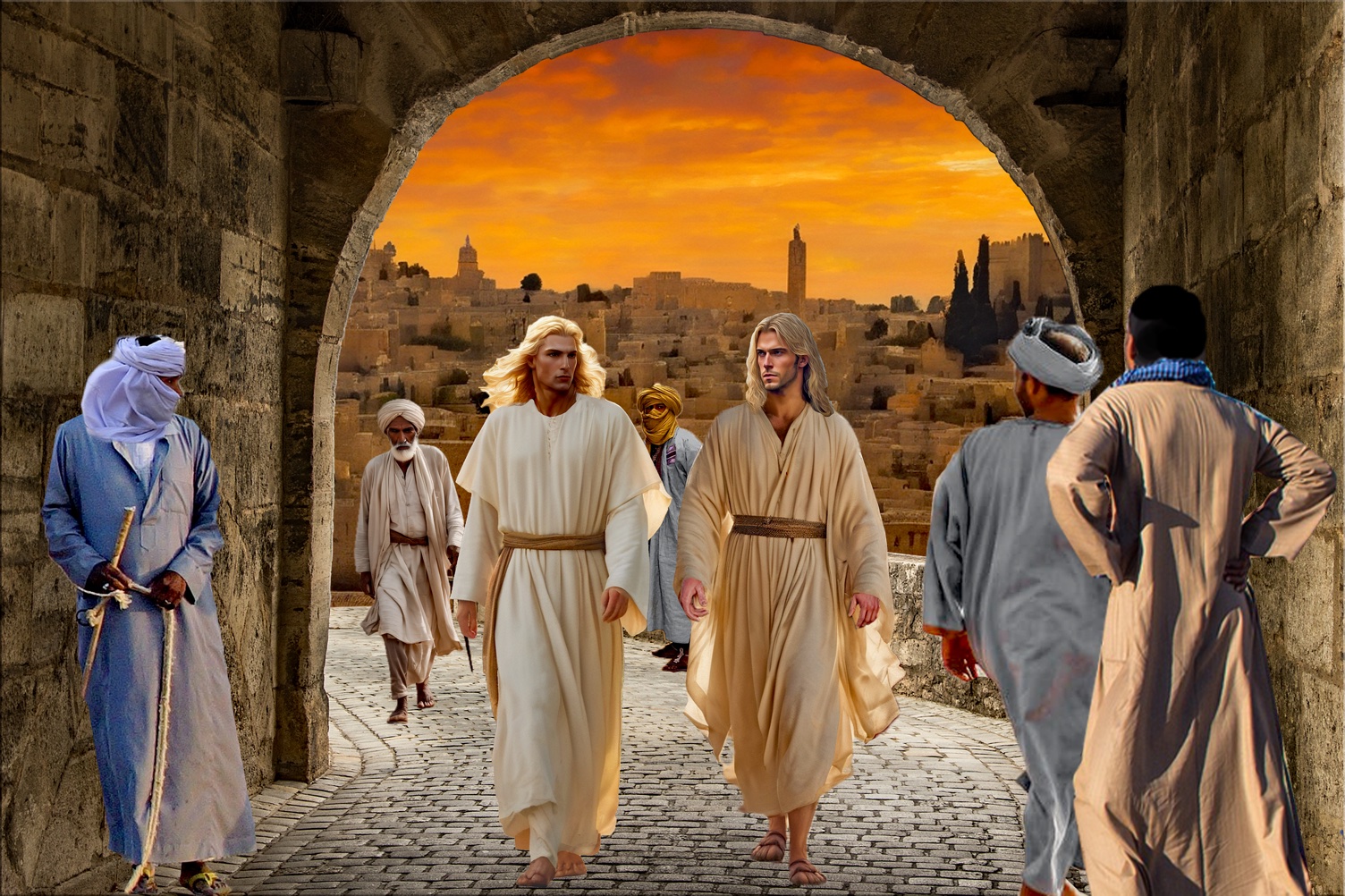
Elohim promised Abraham that if the angels found as many as ten righteous people living in Sodom, judgement would be withheld. Abraham felt sure there would be at least that number, so he was reassured of Lot's safety. As the angels, who are very beautiful, entered the city, they were quickly noticed and admired by the populace. Their admiration was mixed with lust, for the people of Sodom and Gomorrah were very licentious.
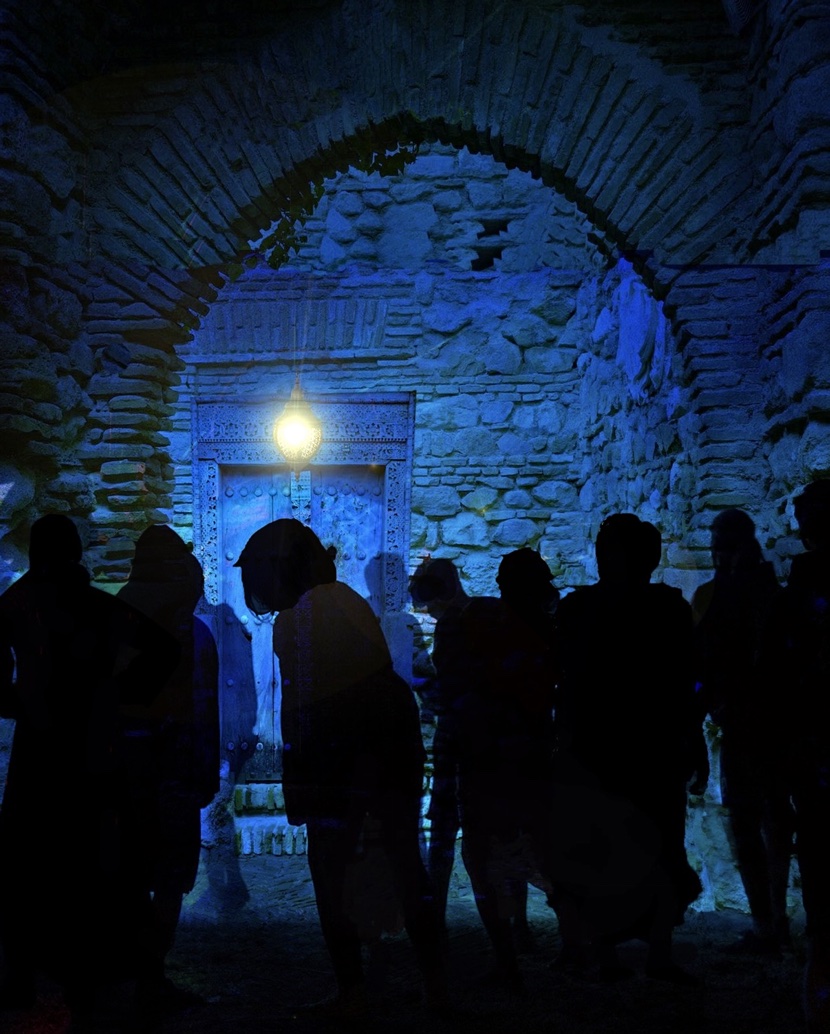
The angels appeared in human form and
when Lot saw them in the city square, he
feared for their safety (not knowing then
that they were really angels). He knew
that as strangers to the city, they could be
attacked, as strangers often were. He
brought them to his home but a mob of
men - old and young - quickly gathered at
his door demanding that Lot send out the
angels so they could have sex with them.
Lot tried to appease the mob but they
threatened to attack Lot himself. The
angels brought him inside and struck the
attackers with blindness. Then they
instructed Lot to gather any other family
members together but his sons-in-law
refused to come.
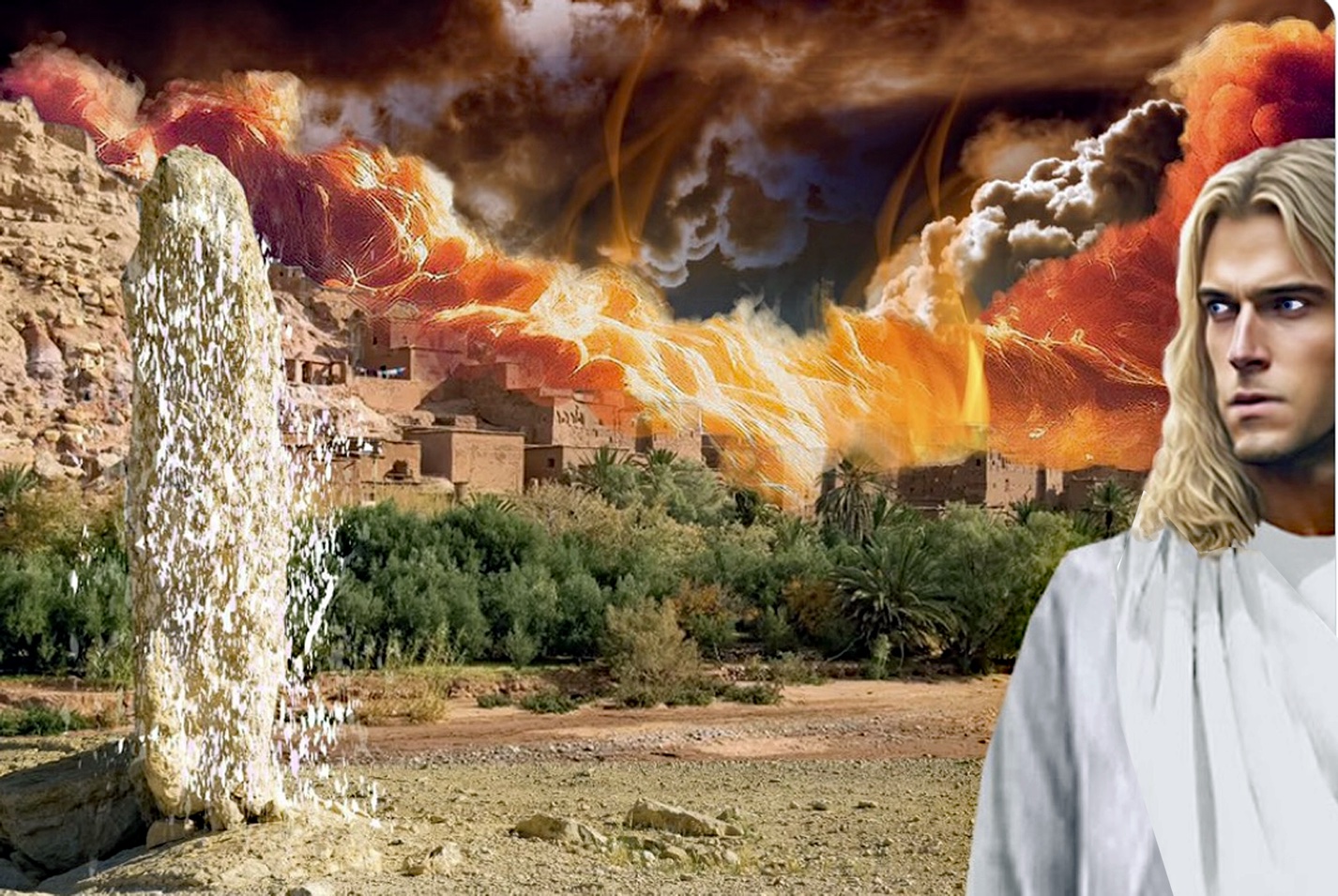
Next day the angels forcibly led the frightened Lot and his family out of Sodom, warning them not to look back because God was about to judge the cities for their sins. As the angels were leading Lot's family to safety, Elohim rained down fire and sulphur. Lot's wife lingered along the way and turned back to gaze at the destruction, thereby imperilling her life as bitumen and salt smothered her. Some say a stone pillar of her remains overlooks the Dead Sea to this day.
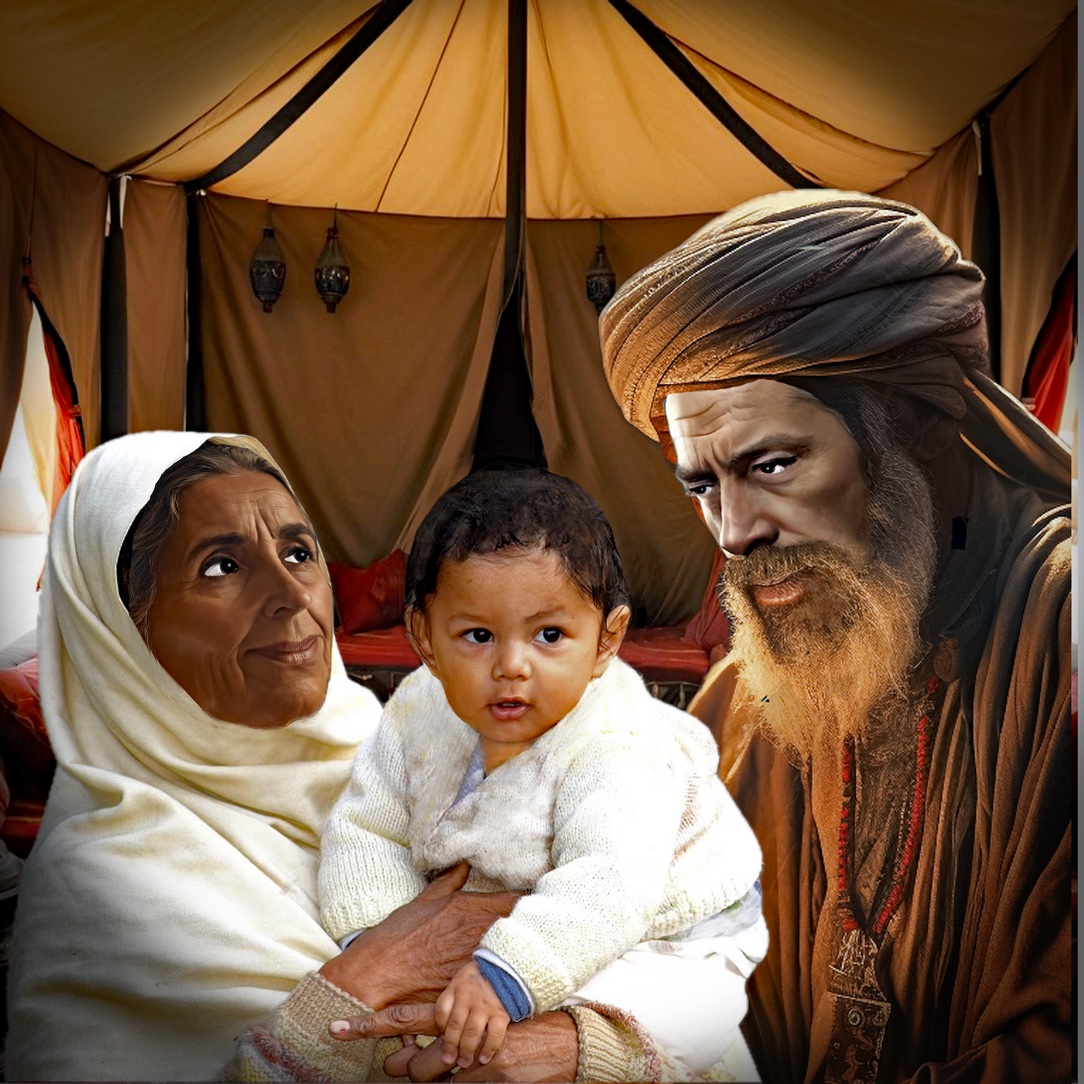
Elohim and Abraham were friends and
Abraham now addressed his Friend by
His more personal name, YHWH.
Abraham had greatly longed for a
family. The dream of his heart was to
have sons and daughters who would
carry on his name. YHWH understood
fully. True to His promise YHWH gave
him a son who was named Isaac. The
Nephilim also wanted family, for
different reasons. Their progeny were
the giant Nephilim who were to spread
over the earth so as to conquer and
enslave humanity and establish their
rule over the planet.
YHWH also wanted family, but He was
a loving God who desired a close
personal relationship with His chosen
human children, who would be given
kingdom rule over the earth.

YHWH promised Abraham he would have descendants as numerous as the stars in the sky. They would all come through baby Isaac. In fact, many of YHWH's own children would be among them. They would be children who loved and trusted Him - faith children.
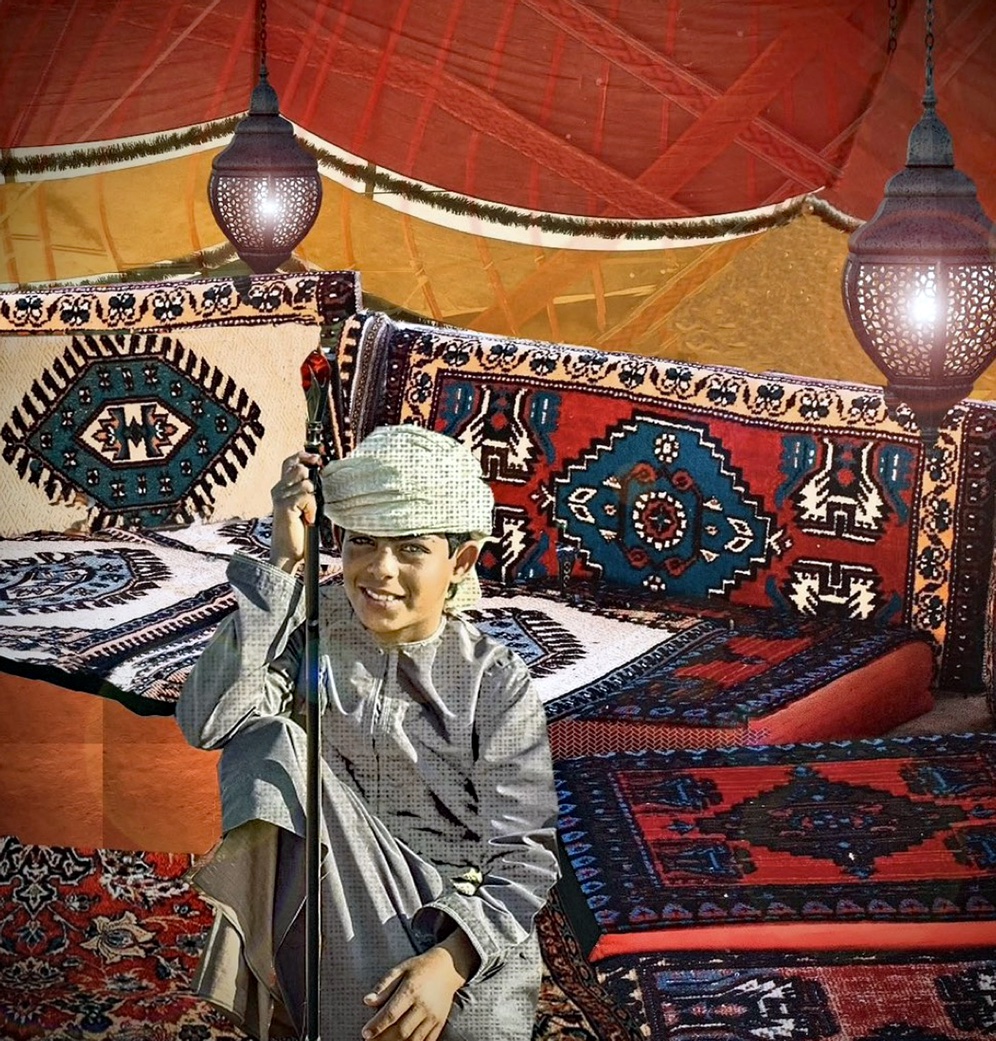
Isaac was treated like a prince. All the
dreams of his parents rested upon this
precious son of their old age. YHWH told
Abraham: "I will establish my covenant
with him as an everlasting covenant for
his offspring after him." It was a very great
promise and Isaac's parents clung to it
with every fibre of their being. Abraham's
affection for Isaac was so great that it may
even have rivalled the love he felt for
YHWH. Perhaps that is why YHWH put
Abraham to the test, to confirm that He
was the number one priority in Abraham's
life. It was to be the greatest test of
Abraham's entire life. Sarah wasn't
included in the test, perhaps because, as a
mother, she would have found it more
than she could bear.
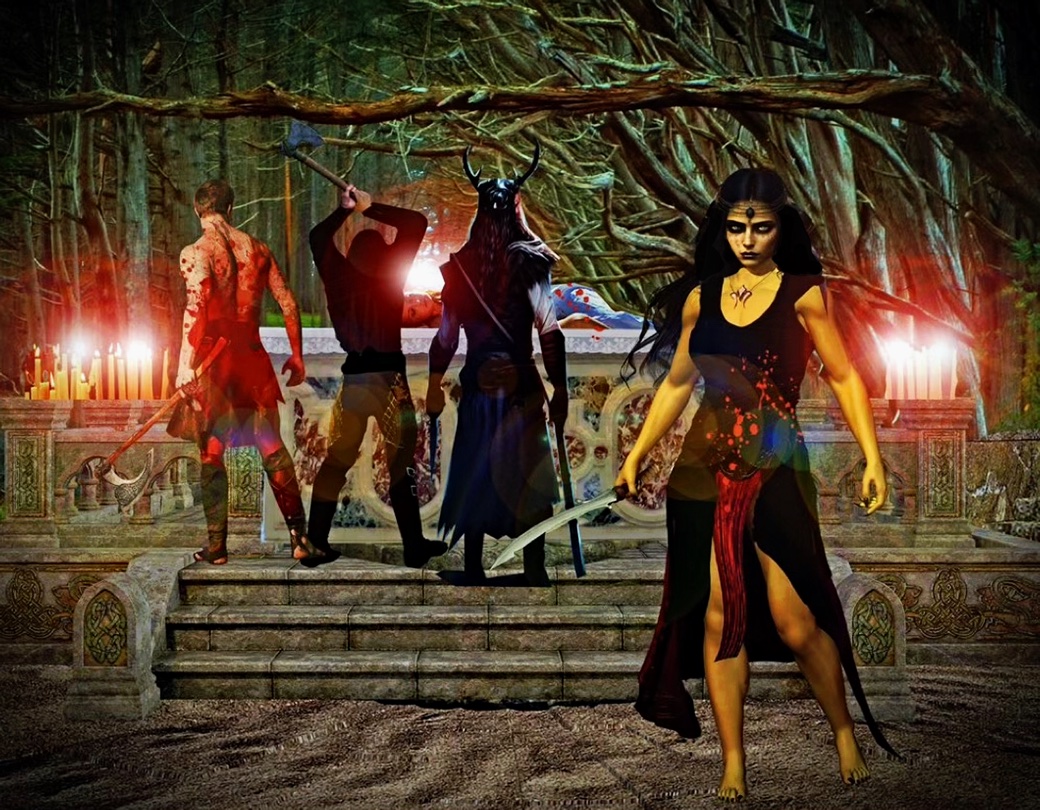
Most of the pagan religions of that
time practiced human sacrifice, often
revolving around blood, and often
involving children. Geologists have
found many places where the bodies
of adults, children, and infants were
surrounded by religious altars,
ritualistic weapons, and other
religious objects. Ancient texts
describe the practice of human
sacrifice, and artwork depicts such
practices in many regions. So when
YHWH asked Abraham to offer up
Isaac, it wouldn't have been a foreign
concept to Abraham since all the
pagan gods demanded this. Abraham
didn't know that YHWH hated such
practices and was only testing him.
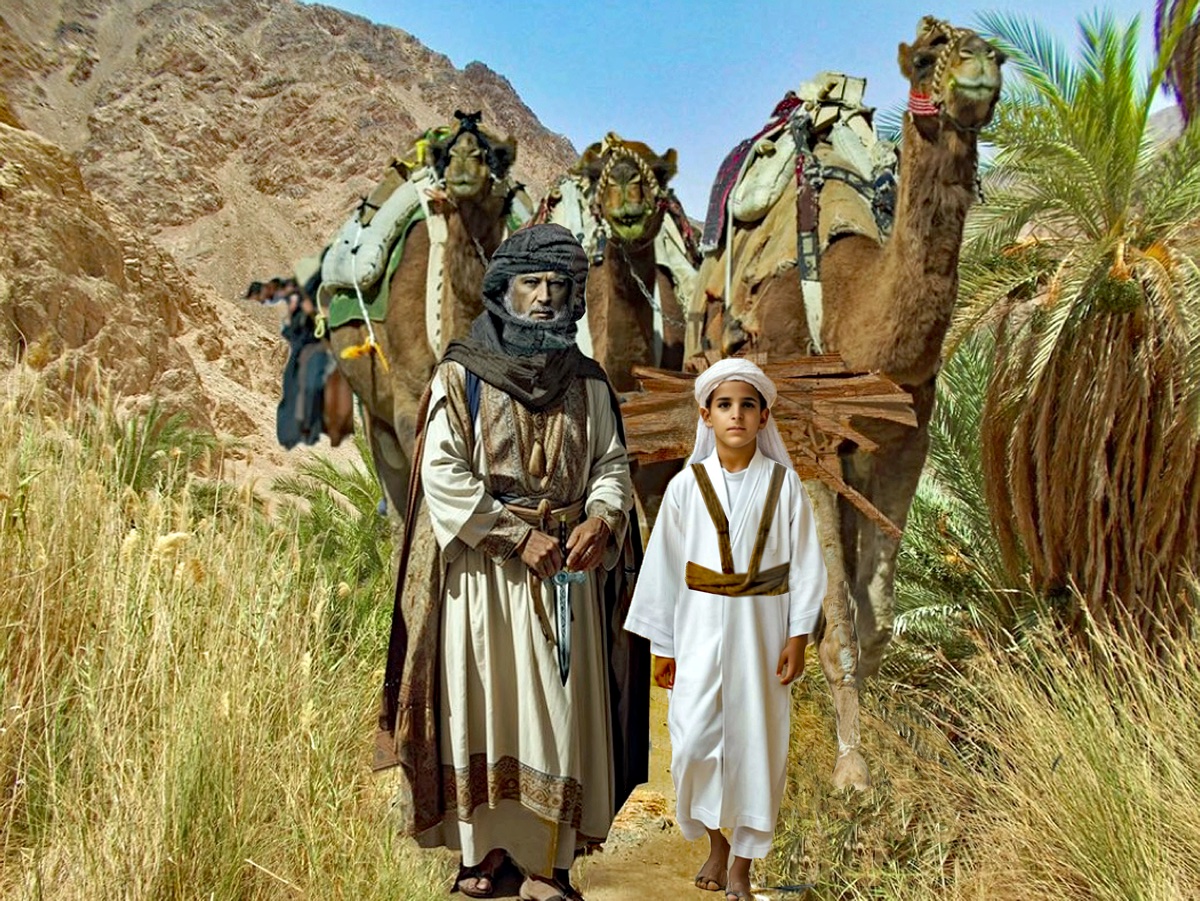
Abraham and Isaac journeyed three days to Mount Moriah. Though he trusted YHWH and had faith in His promises, it must have torn Abraham's heart to think of what he was about to do. When Isaac asked where the lamb was for the sacrifice, his father told him YHWH would provide. Little did he know, that was exactly what would happen.
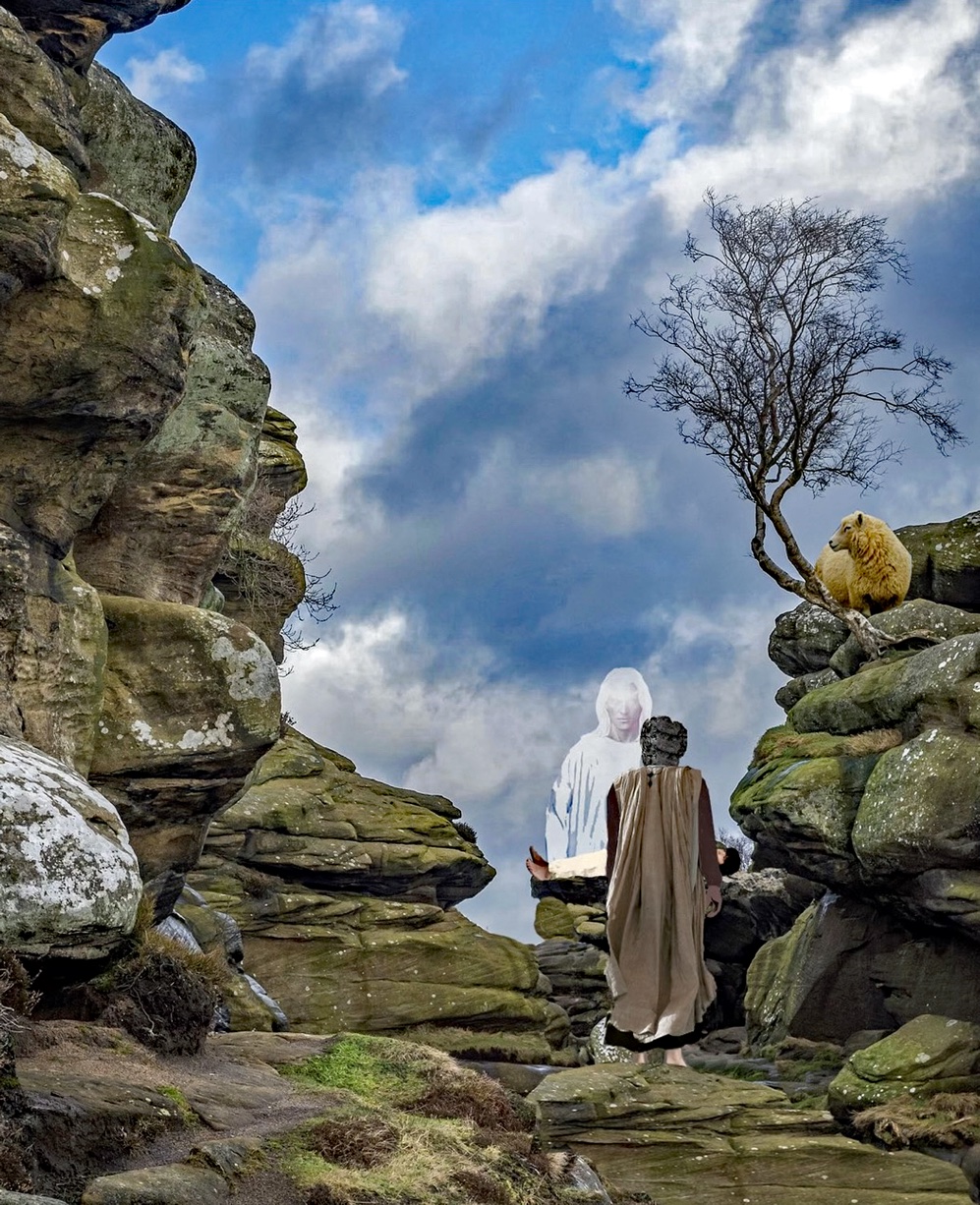
Abraham was just about to sacrifice Isaac,
when YHWH's voice stopped him. A lamb
was caught in some bushes close by and
Abraham was told to sacrifice that instead of
his son. Abraham passed the test by being
willing to give up his dearest son to YHWH,
but YHWH would one day make an actual
sacrifice of His own Son for humanity. He
would rescue the nations from wickedness
by giving up His own beloved Son, Jesus
Christ, as a sacrifice for the sins of the
human race. That sacrifice would atone for
sin and put an end to spiritual death,
creating a New Creation through Him. This
was the grand plan from the very beginning
of time, even before YHWH had created the
world and everything upon it.
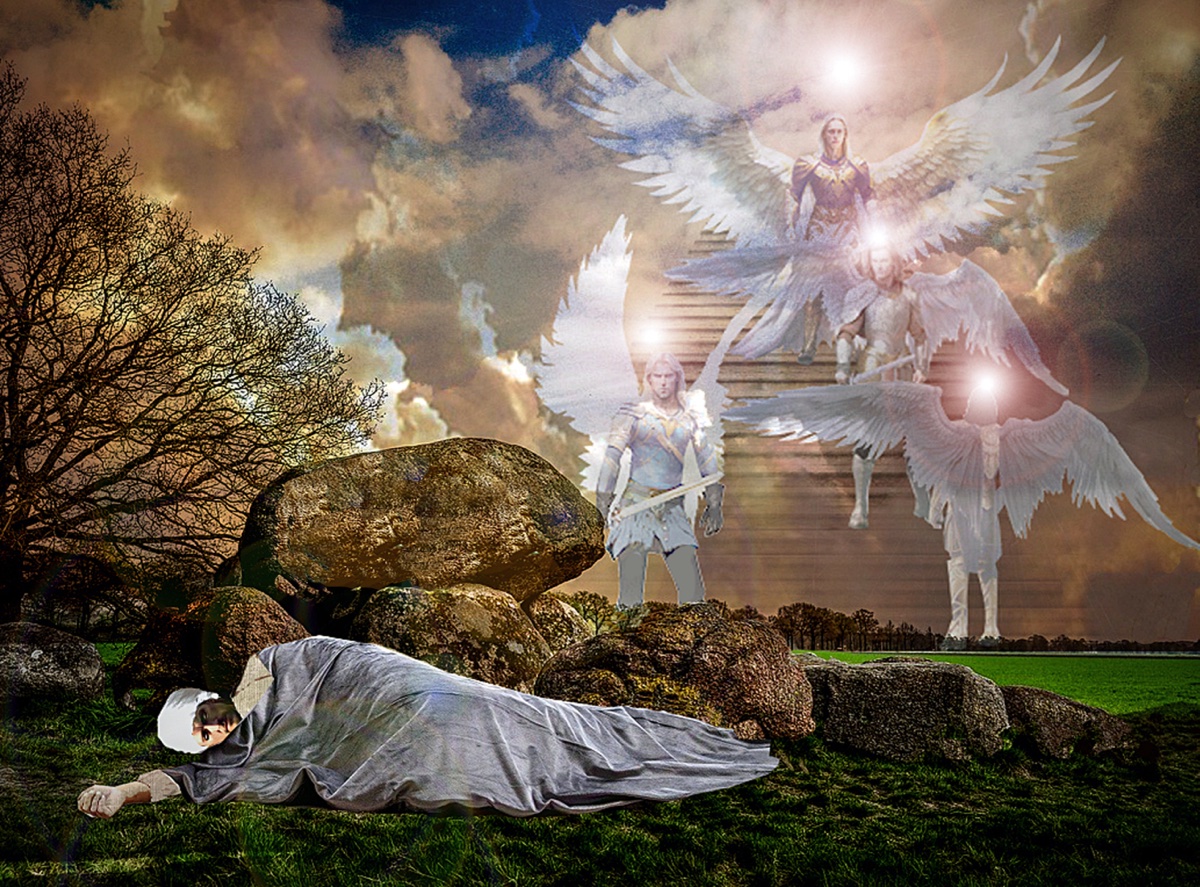
Abraham's grandson, Jacob, had a dream vision where angels were going up and down a stairway to heaven. It was like a portal where the spiritual met the physical.
Through this dream YHWH reaffirmed the promise He had made to Abraham that all the earth would be blessed through their descendants and He later changed Jacob's name to Israel.
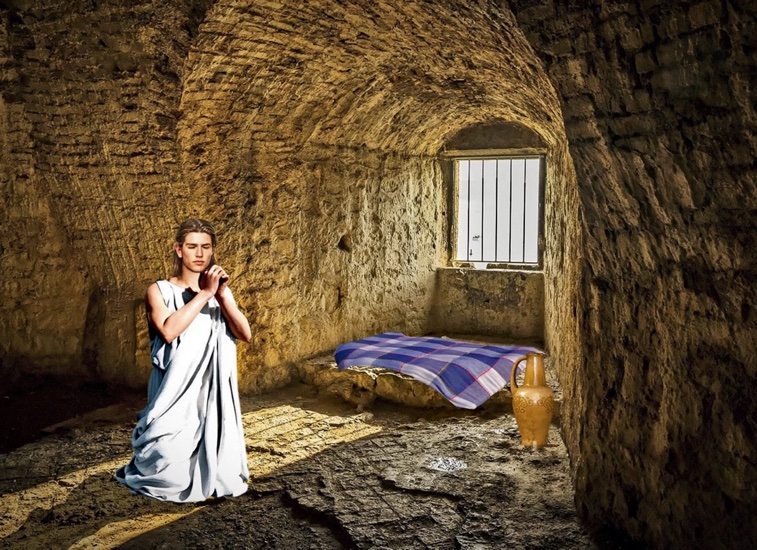

Jacob had ten sons and a daughter from
Leah, one of his wives, and two sons from
his other wife, Rachel, whom he loved
more than Leah. Rachel bore him a son
called Joseph, whom he favoured above all
his other children. Jacob made a special
coat in royal colours for Joseph, which
aroused great jealousy in his other sons.
When Jacob sent Joseph out to check on
his brothers, they plotted to get rid of him.
They threw him in a well before selling
him to passing slavers. Jacob thought
Joseph was dead and didn't know he had
been taken to Egypt as a slave. He was in
deep grief for many years. Joseph had once
had a dream of his family bowing down to
him in honour, but that seemed unlikely
now. He was a lowly slave in Egypt, and to
make matters worse, he was falsely
accused of raping his owner's wife which
landed him in prison for several years. But
YHWH was with him.
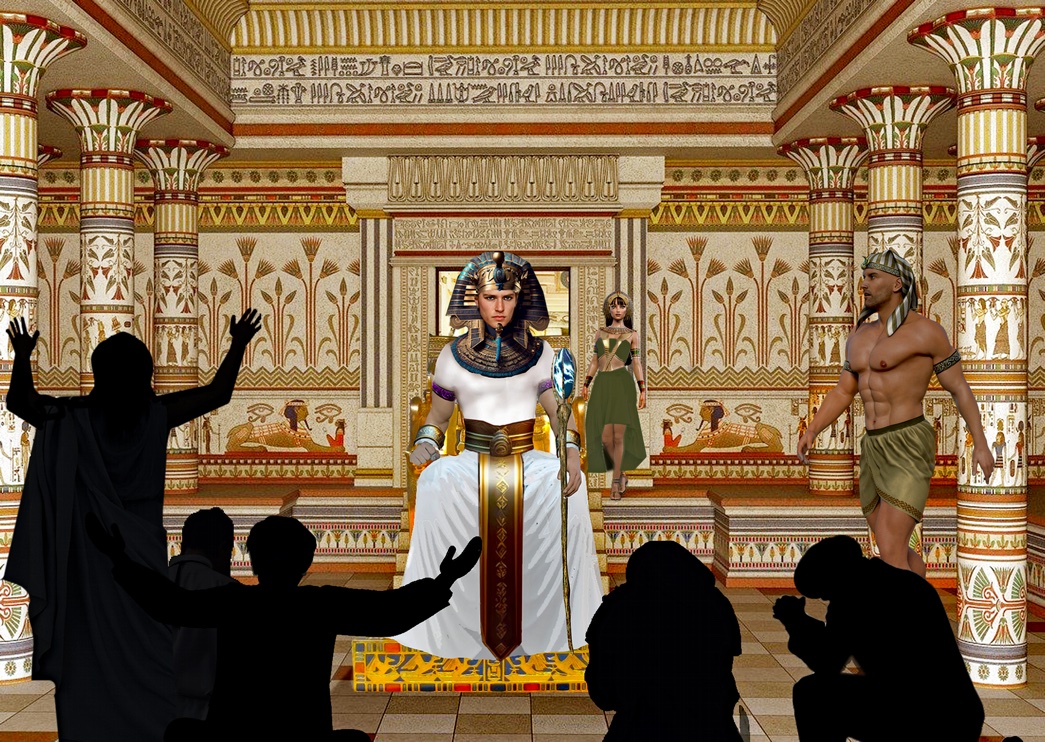
Joseph never lost faith in YHWH who caused Joseph to have favour in all he did. When the king had troubling dreams and he was told that Joseph could interpret such things, the king called for him. Joseph told Pharaoh that his dreams foretold seven years of plenty and seven years of famine. Pharaoh was so impressed with Joseph's wisdom that he made him second in command over all of Egypt. Joseph stored grain for seven years and when the famine hit, everyone came to Egypt to buy grain, including Joseph's family. Just as Joseph had once dreamed, his brothers all bowed down to him as they begged to buy food. Joseph's brothers didn't recognize him. It had been thirteen years since they had sold him into slavery. He put them through a series of tests, to see if they had changed, and finding them repentant, he forgave them and revealed his identity. Then he arranged for his entire family to live in Egypt.
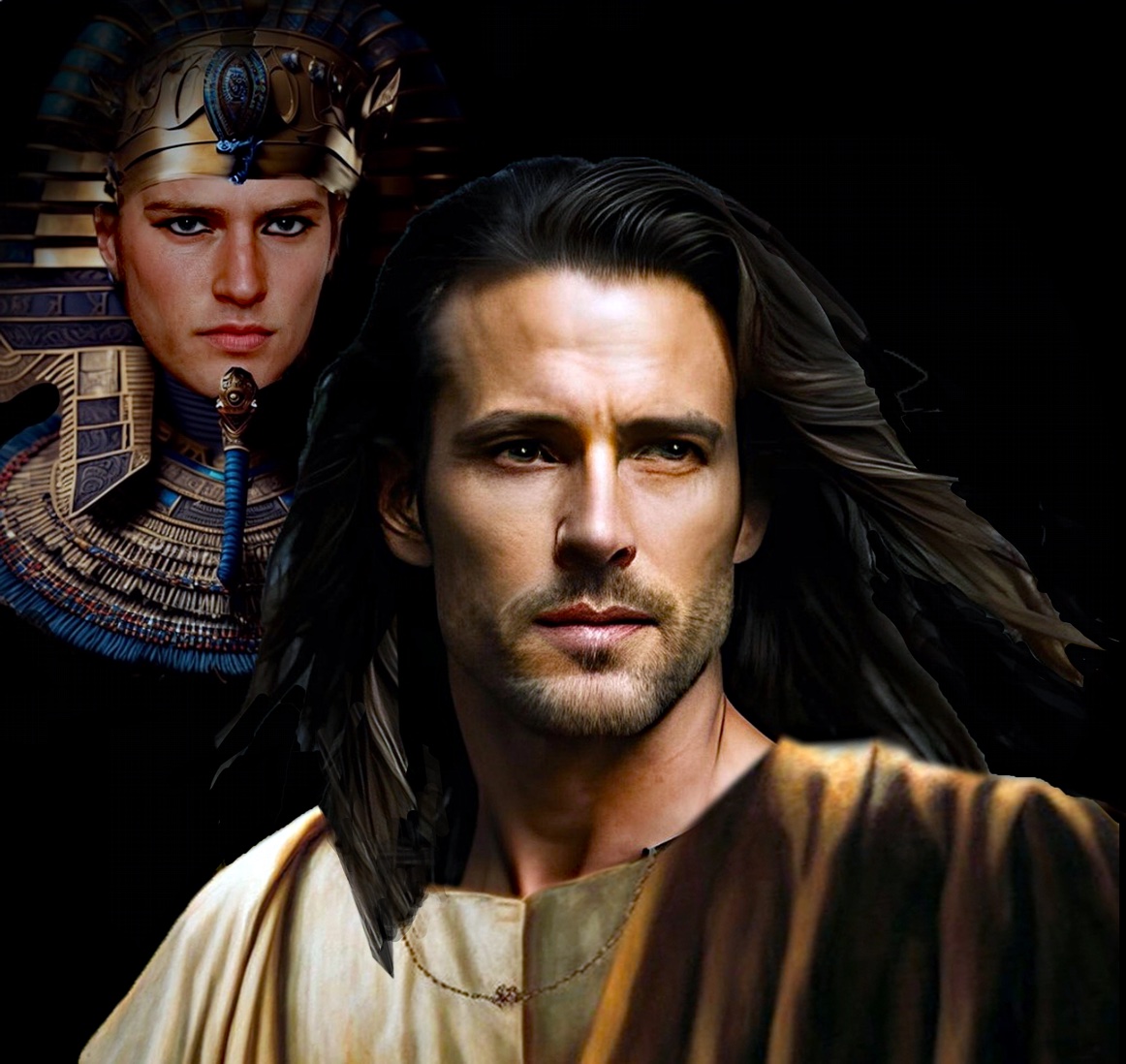
Joseph's life parallels the life of
YHWH's Son, Jesus Christ, the
promised holy Seed who would
arrive many centuries later. Both
were righteous; both were betrayed
by their brethren; both were
persecuted unfairly and brought low;
both were then raised up above all
others; and they both forgave their
enemies and ruled as kings over a
kingdom. Many characters and
events in the Bible were types, or
shadows, of the redemption YHWH
was to bring through His Son, Jesus
Christ. He gave many indications of
His grand plan, but they were
cloaked in mystery. Even the angels
longed to look into these things but
did not perfectly understand what
YHWH was doing.
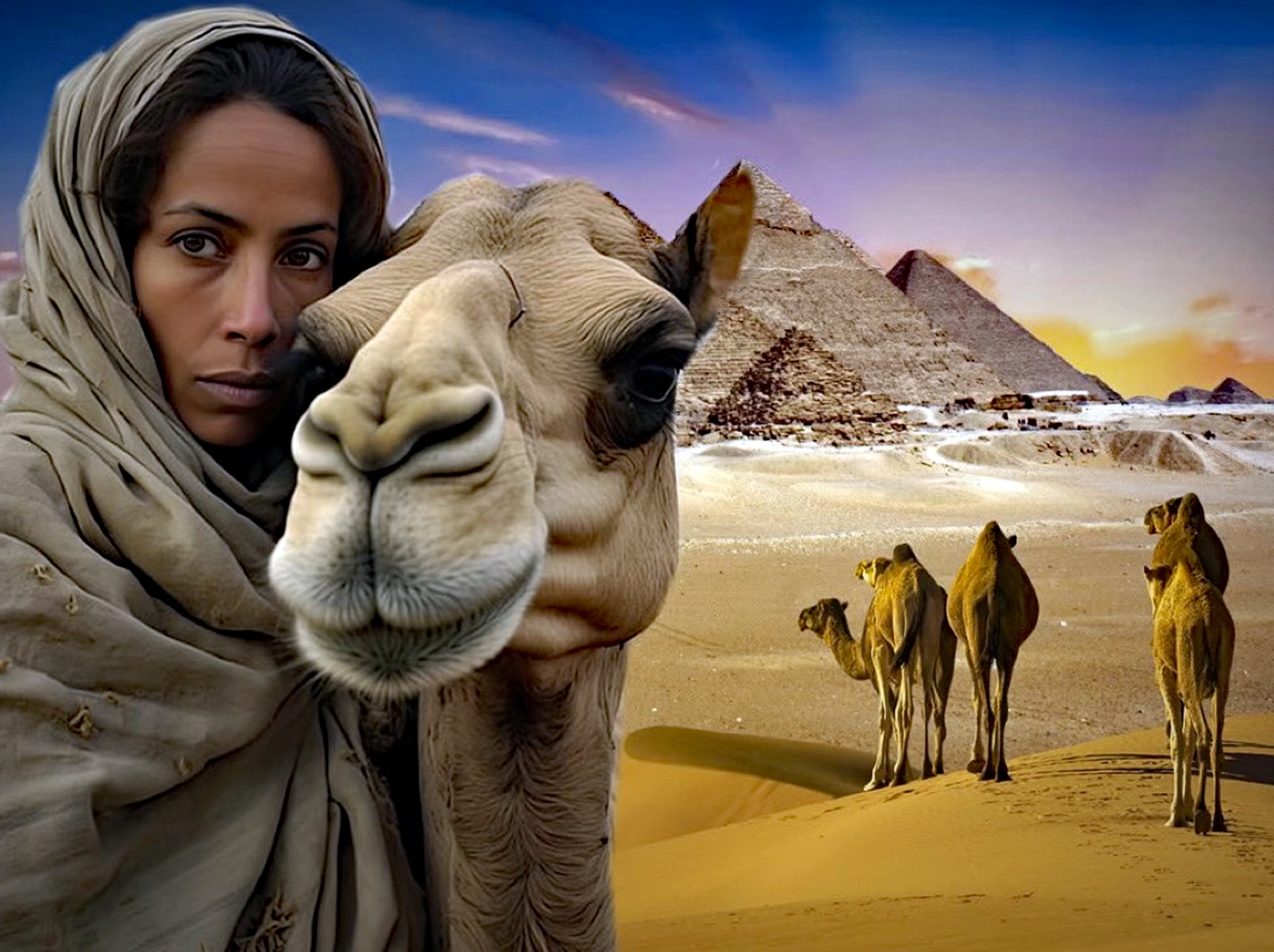
YHWH carefully guarded the genetic
line to the Holy Seed because He loved
His human creatures and their
deliverance depended on the coming
Holy One. Before the flood, the wicked
Watchers had attempted to pollute the
human bloodline with their own
progeny, the Nephilim, in order to
make redemption impossible for
humanity. Their plan backfired but
they continued to search for ways to
thwart YHWH's plan. In Egypt they
tried to use a severe famine to starve
Jacob and his family, who they knew
were in the Seed's bloodline. Joseph's
people were shepherds and camel
herders and could easily have been
wiped out, but YHWH exalted Joseph
to a high position as vice-regent so as
to make it possible for him to protect
his family. Later YHWH chose his
brother Judah to carry on the
genealogical line to Messiah.

In the scriptures, there is a prophecy about Joseph's brother, Judah, which has a double meaning referring to YHWH's Seed. "You are a lion’s cub, Judah; you return from the prey, my son. Like a lion he crouches and lies down, like a lioness—who dares to rouse him? The sceptre will not depart from Judah, nor the ruler’s staff from between his feet, until he to whom it belongs shall come and the obedience of the nations shall be his." The Lion of Judah is a symbol of the fierce majesty of an all-powerful King who rules over all. This is a recurring theme throughout the Bible.
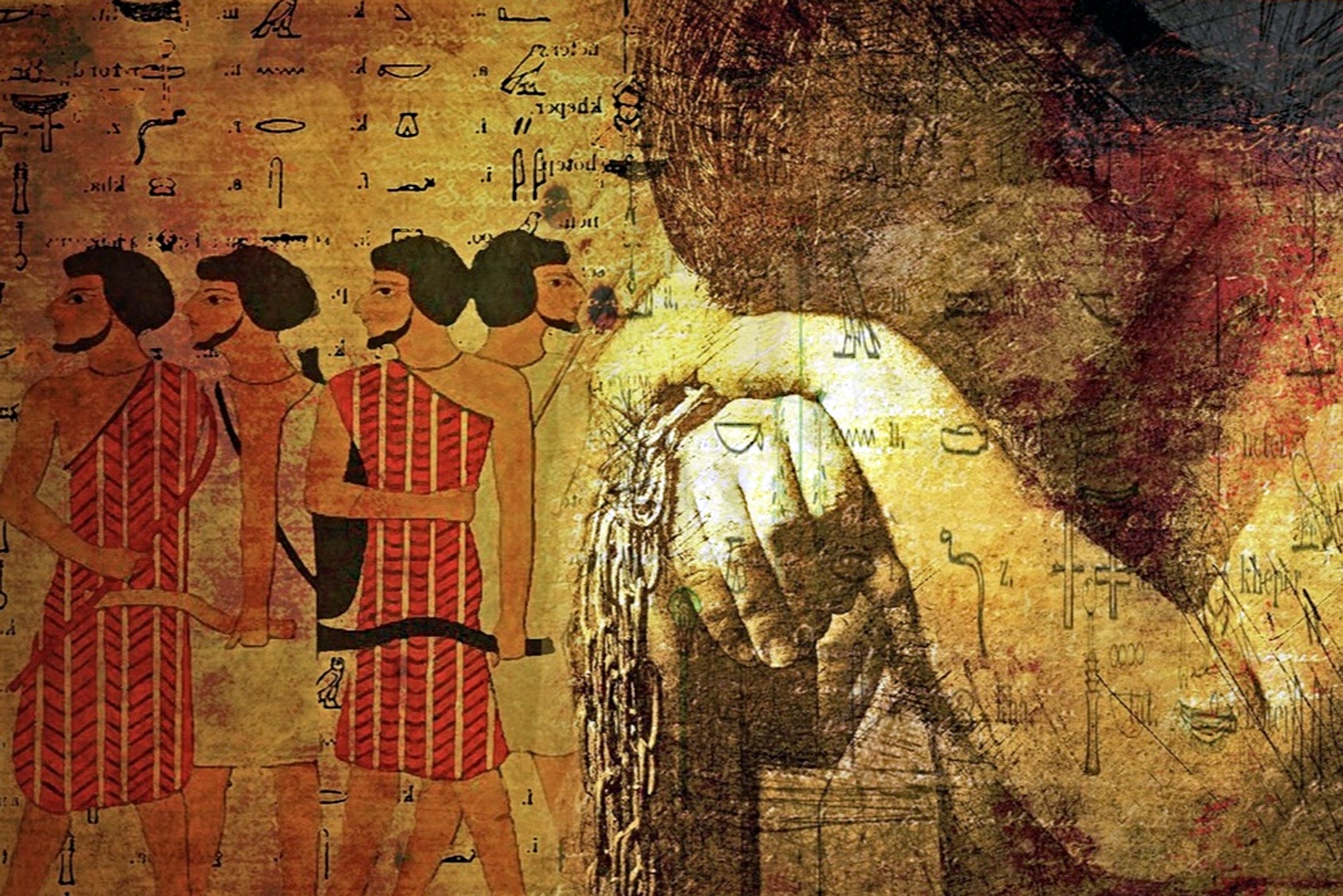
The people of Israel (Jacob's new name) also called Hebrews (from Abraham's time) greatly multiplied over the next 400 years. They became so numerous that Egypt's Pharaoh became alarmed. He could see they were forming into a nation. To weaken them, he enslaved them and forced them to make bricks for building the pyramids. Carvings have been found on blocks of stone on the Sinai peninsula that resemble the Hebrew script. These hieroglyphs are very different to those of the Egyptians, providing evidence of the Hebrew culture.

Each of the nations of the world had Watchers over them. They were part of YHWH's divine council and they were called 'gods' and 'sons of the Most High' (they were created beings, unlike the divine Son of God). They were to execute justice over the lands they watched over, but they showed partiality to the wicked instead. Egypt's Watcher stirred evil in the heart of Pharaoh against the Hebrews. The king decided to depopulate the Hebrew nation by having their midwives kill all baby boys as they were being born. When that didn't work, he issued a decree commanding that every male Hebrew child be thrown into the Nile to the crocodiles.
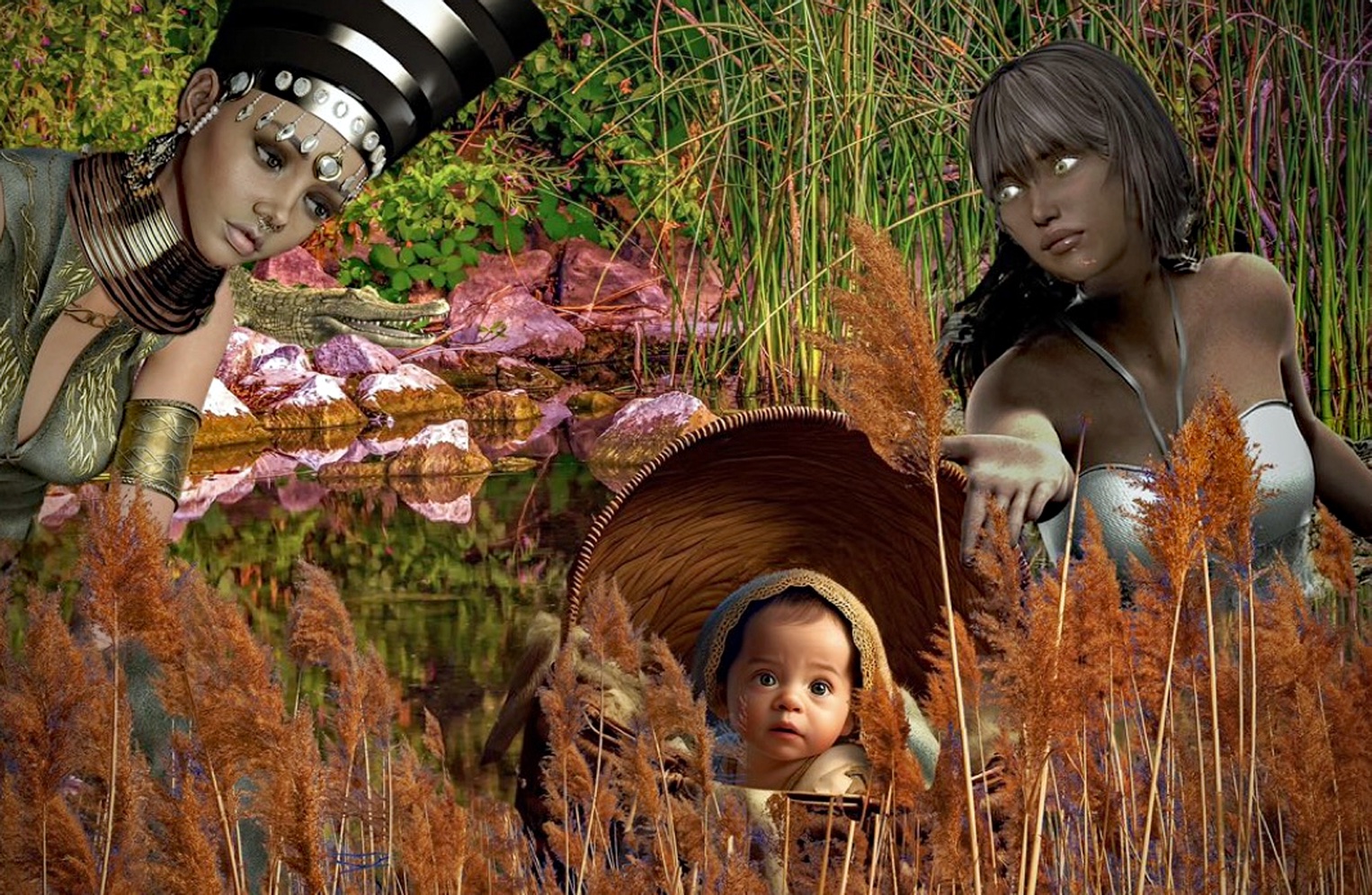
One Hebrew family put their baby boy in a waterproofed basket and set it on the Nile River, trusting that YHWH would save him, which He had every intention of doing. An Egyptian princess discovered the babe and had compassion on him. She adopted him as her own and called him Moses. Through seeming coincidence, the baby was nursed for the first year or two by his own Hebrew birthmother.
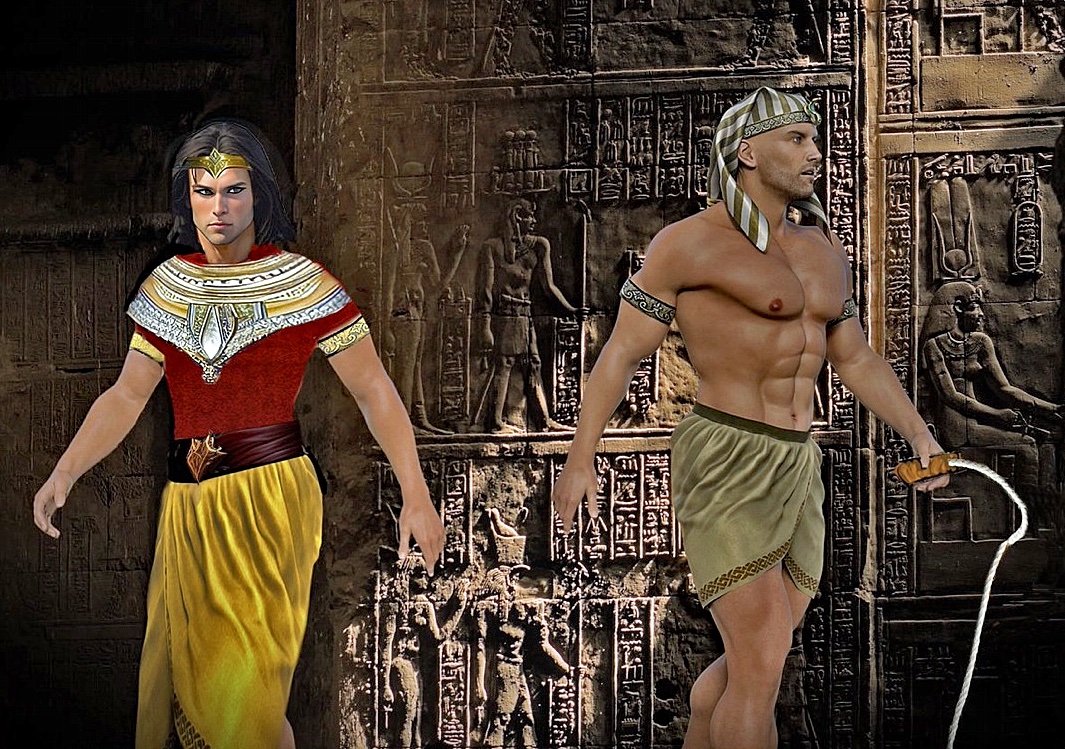
Moses was greatly favoured in
Pharaoh's house and raised as a
high-born Egyptian prince. He
was educated and trained in all
the arts and sciences of the land.
Everyone loved him. But Moses
had been nursed by his own
mother until he was weaned and
perhaps he saw her from time to
time, because he knew he was a
Hebrew. He identified with his
Hebrew brethren and was
disturbed by how they were
being treated by their Egyptian
overlords. When he saw an
Egyptian taskmaster beating a
Hebrew slave, Moses became
e n r a g e d a n d k i l l e d t h e
taskmaster. Pharaoh soon heard
of it and Moses had to flee for
his life.
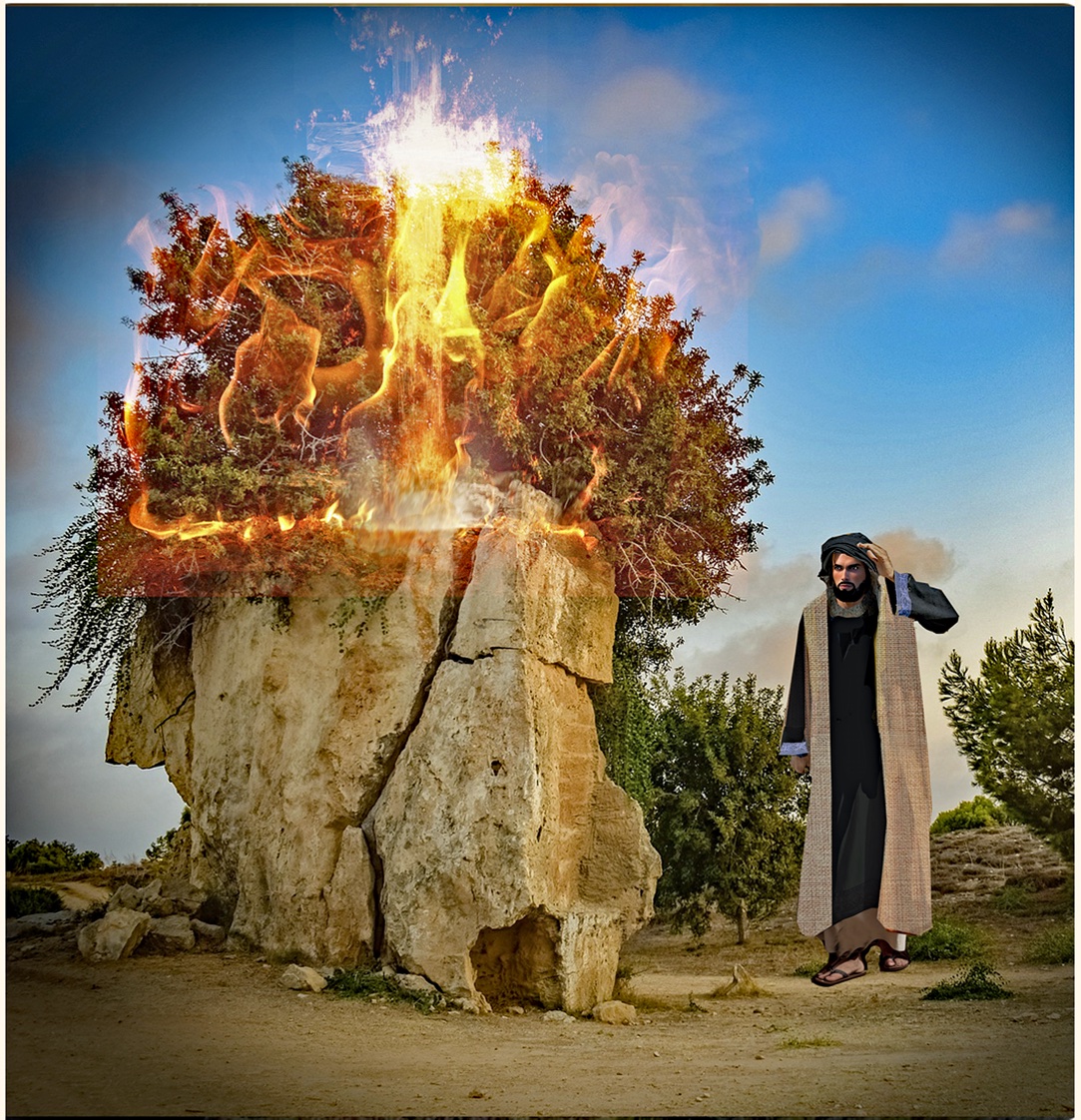
Moses was tending a flock of sheep
belonging to his father-in-law on Mt.
Horeb in Midian, when he saw a
burning bush that was not consumed
by the flames. There, the angel of the
Lord called to him, identifying Himself
as YHWH, the God of his ancestors. He
told Moses that He was sending him to
Pharaoh to bring the Israelites out of
Egypt. Moses hesitated and tried to
evade the summons, but YHWH
assured him He would go with him. He
told Moses that he was to bring the
people back to Horeb to worship
YHWH on that very mountain. He also
gave Moses His personal name,
'Yahweh, I AM', to convey His love and
presence to His people. Moses still felt
a lack of confidence to carry out this
mission, so Yahweh had his brother
Aaron, meet him on the way.

Moses and Aaron traveled to Egypt
together. They knew it was very
daunting to approach Pharaoh because
he had many powerful magicians
trained in the black arts. Even though
the old Pharaoh (who had wanted to
kill Moses) was now dead, Egypt
hadn't changed over the years. Egypt
was still full of demonic worship of
everything under the sun - planets,
weather, animals, sun, death, fertility,
even Pharaoh himself - all controlled
by powerful demon-inspired priests.
Moses well understood the powers
wielded by these sorcerers because he
had been brought up around them.
Moses knew he was in for a heavy
spiritual battle. To encourage him,
Yahweh gave Moses a stick that could
turn into a snake.
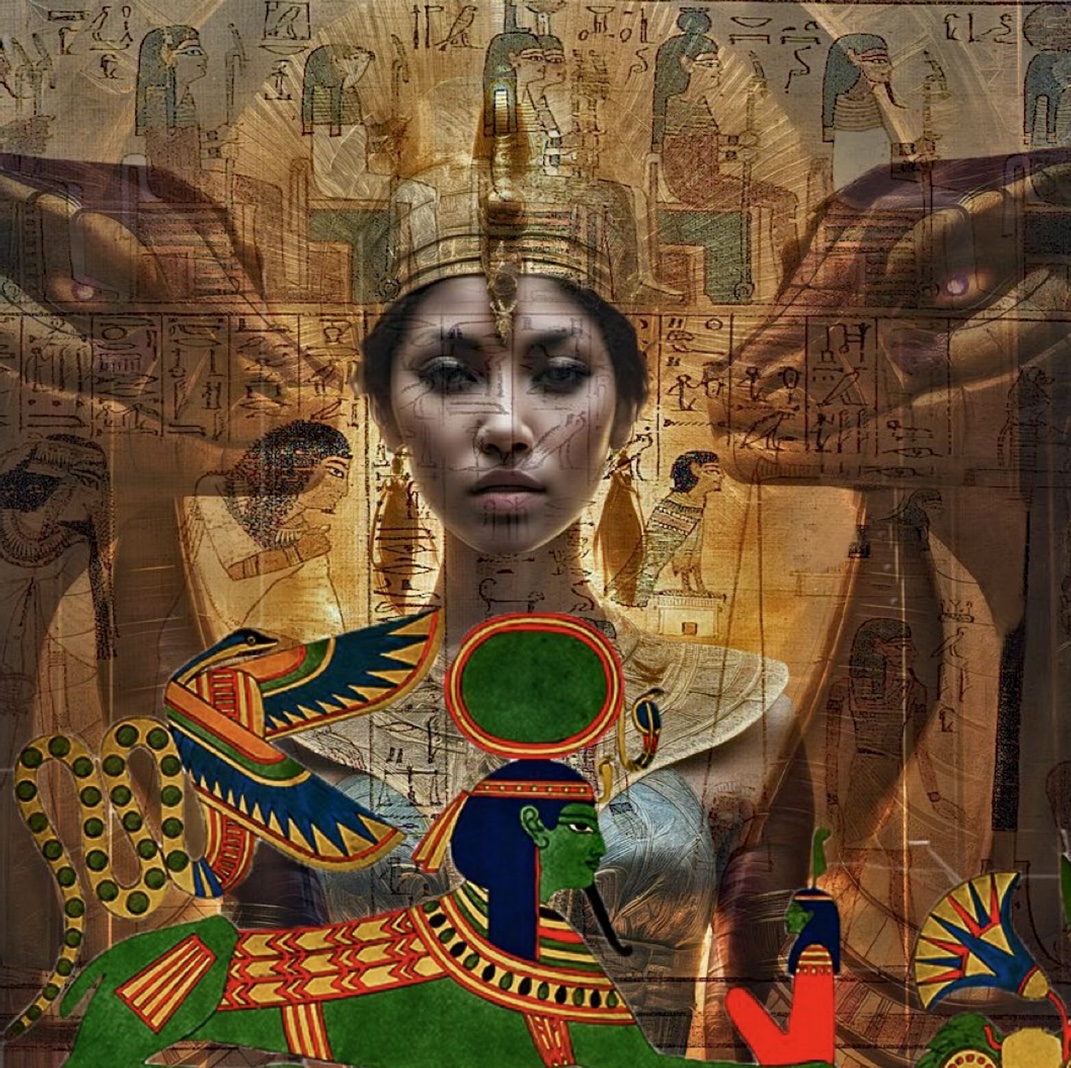
Egyptian art was full of snakes,
depicted on coffins and even on
Pharaoh's crown (as a protective
talisman). Snakes symbolized evil and
chaos, but also life, rebirth and
healing. There was a cobra goddess
who represented guardianship over
childbirth. Another was believed to
guard the underworld and was
worshipped during funerary rites.
Eventually this snake god supposedly
became Ra’s successor as King of the
Sky. The wilderness had fiery flying
serpents and these were also depicted
in Egyptian art. It was no coincidence
that Yahweh gave Moses a rod that
could turn into a snake since Pharaoh
would recognize this as a show of
power.
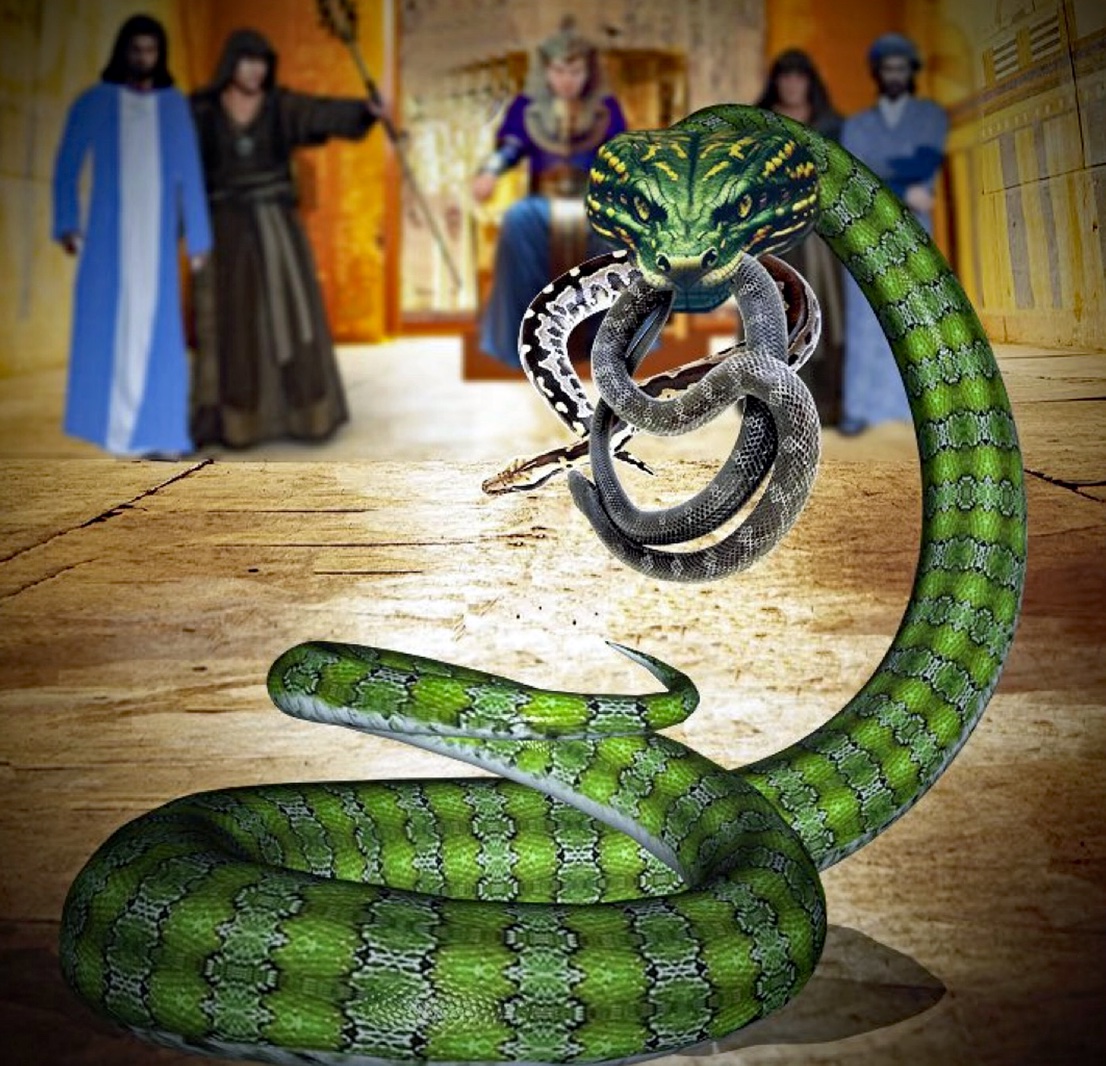
The new Pharaoh scoffed at Moses
when he told him that the God of the
Israelites wanted him to let His people
leave Egypt. Pharaoh recognized no
authority but his own so he demanded
a sign of Yahweh's authority. God had
instructed Moses and Aaron to throw
down the staff when they met Pharaoh,
and when Aaron did so, his staff turned
into a huge snake.Pharaoh immediately
summoned his own magicians who
were also able to turn their staffs into
snakes. However, in an ominous
display of superior strength, Aaron’s
snake devoured the magicians’ snakes.
Yet in spite of this, Pharaoh's heart
remained obstinate. He was so
hardened that he refused to be
impressed by this obvious sign of
Yahweh's superior power.
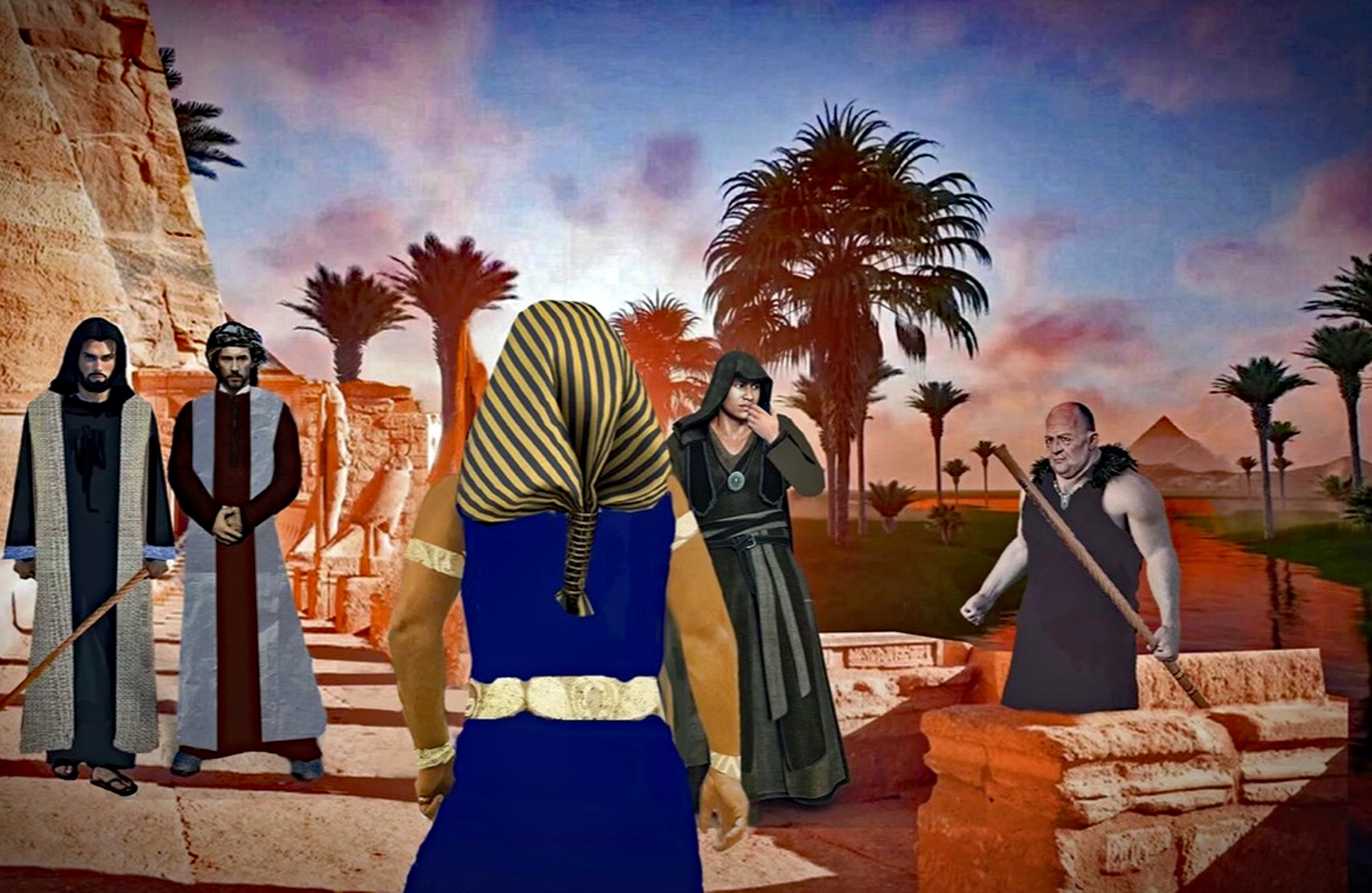
Pharaoh wasn't relenting so Yahweh told Moses to put his staff into the Nile and it would turn the water into blood. All the fish in the Nile died and the Egyptians could not drink the water from the river. Even the water in drinking vessels turned into blood and there was a terrible stink over the land. But Pharaoh's magicians were able to do the same by their secret arts, so Pharaoh's heart remained hardened and he would not listen to Moses.
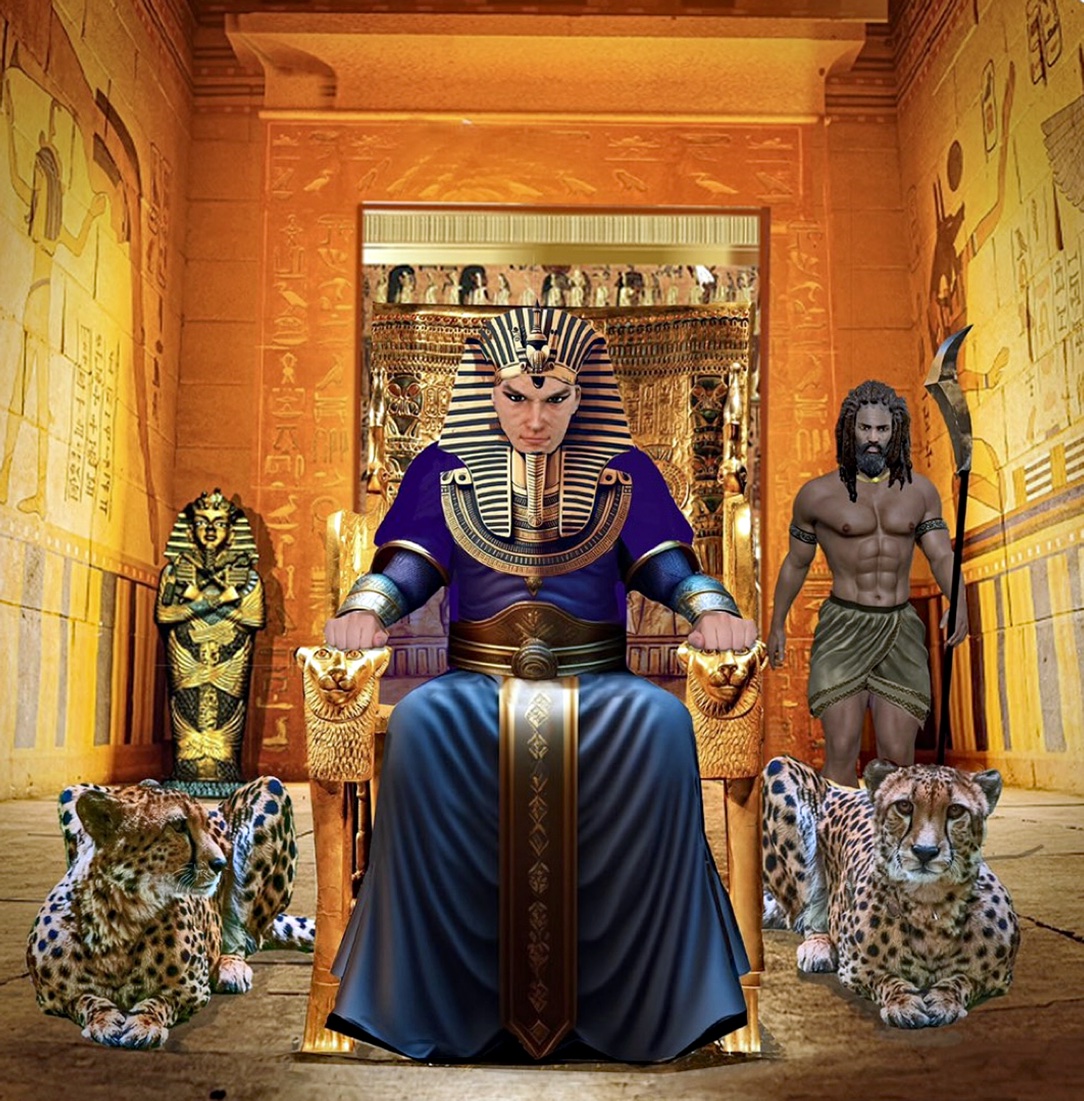
Like all tyrants, Pharaoh cared more
about his own power than for the well-
being of his own people. The suffering
of others did not move him. The Nile's
waters turning to blood affected the
Egyptians, but also the Israelites,
since neither could drink the water.
But Pharaoh's heart was hardened
even more. In fact he was so angered
that the God of the Israelites would
dare to challenge his powers, that he
doubled down on his oppression of
the Hebrews, making their lives a
nightmare. He increased their
workload and demanded that they
fulfill even more stringent work
quotas, threatening to enslave their
children if they were not met. Yahweh
knew this would happen and acted
accordingly.
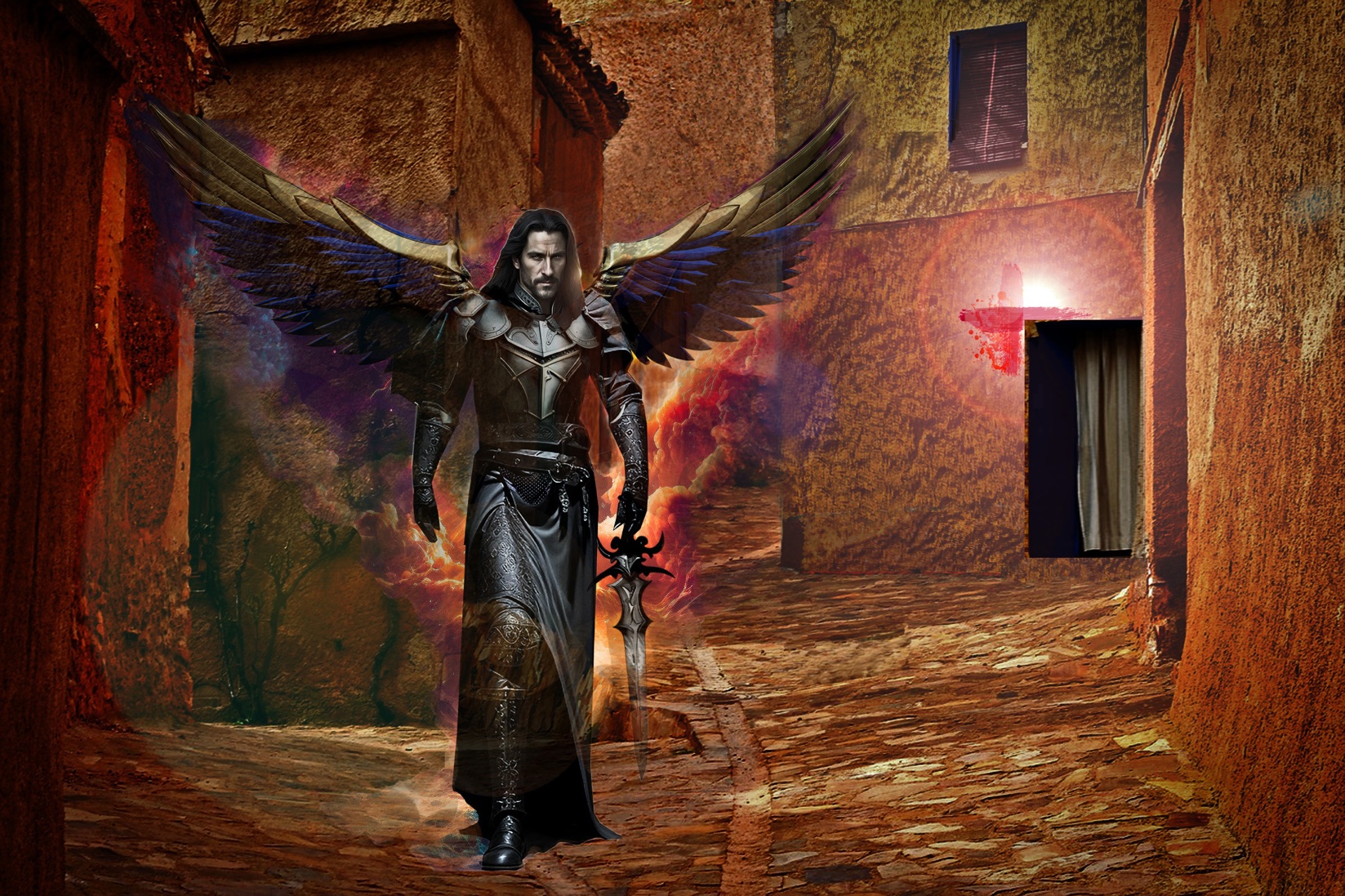
Yahweh sent plagues of frogs, lice, locusts, boils, livestock pestilence, and days of darkness to get Pharaoh to change his mind, but to no avail. Finally Yahweh sent His destroying angel to kill the firstborn of everyone who did not have the blood of a lamb smeared on their doorpost.
All the homes of the Hebrews were passed over because they made sure to put the blood on their doors, but countless Egyptians died. All Egypt was in mourning and Pharaoh finally surrendered after his own firstborn died. He said Moses and the 600,000 plus Hebrews could leave. The huge entourage left Egypt laden with wealth, for the Egyptians were so glad to be rid of them that they gave the Hebrews all they asked.
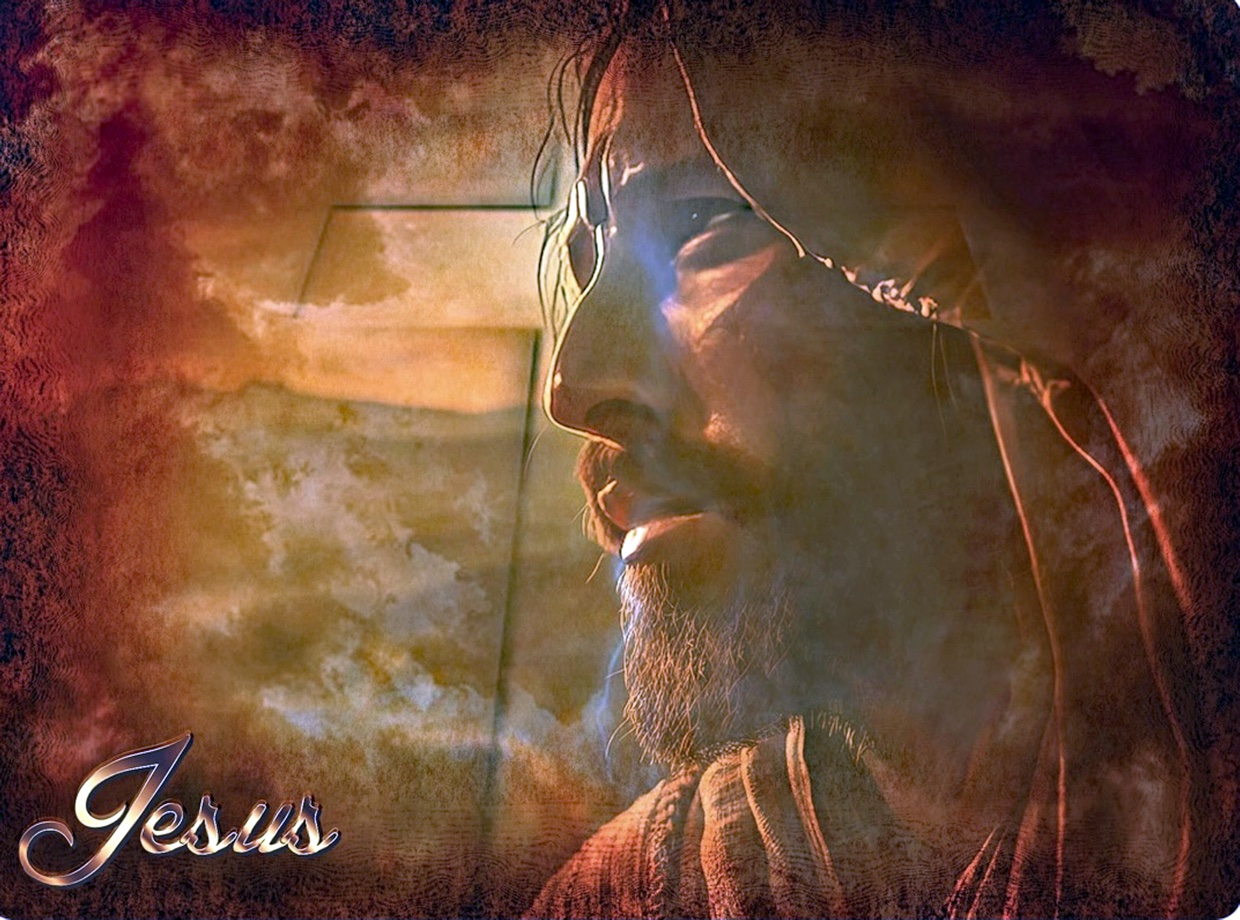
The lamb's blood on the doorposts foretold the coming of a divine Lamb of God who would bring deliverance from spiritual death. His blood would pay for the sins of humanity. What occurred in Egypt was a shadow of what was to come. The blood on the door lintels was a sign of mercy which applied to Egyptians as well as Hebrews, if they believed Yahweh and took up His offer of protection. Some did, but most did not.
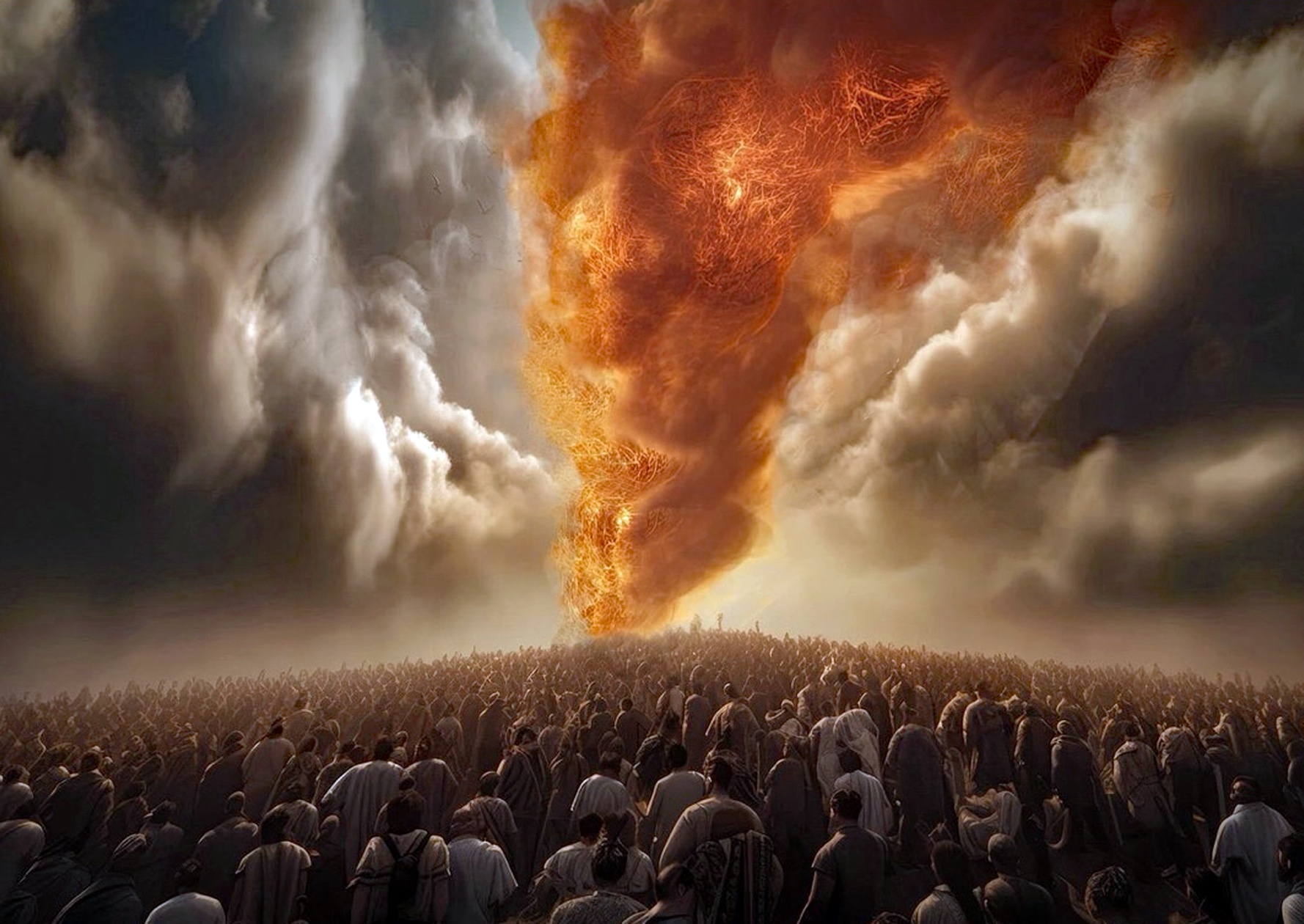

The Hebrews had been slaves in Egypt for 430
years and Pharaoh was losing his entire work
force. Yahweh led the 600,000 adult Hebrew
men (and likely as many women and children)
with a pillar of cloud by day and a pillar of fire
by night. That way they could travel night and
day to distance themselves from Egypt. The
Hebrews were unaware of what was awaiting
them, but Yahweh knew what was about to
happen and He warned Moses, giving him
instructions on what to do when they all came
to the Red Sea.
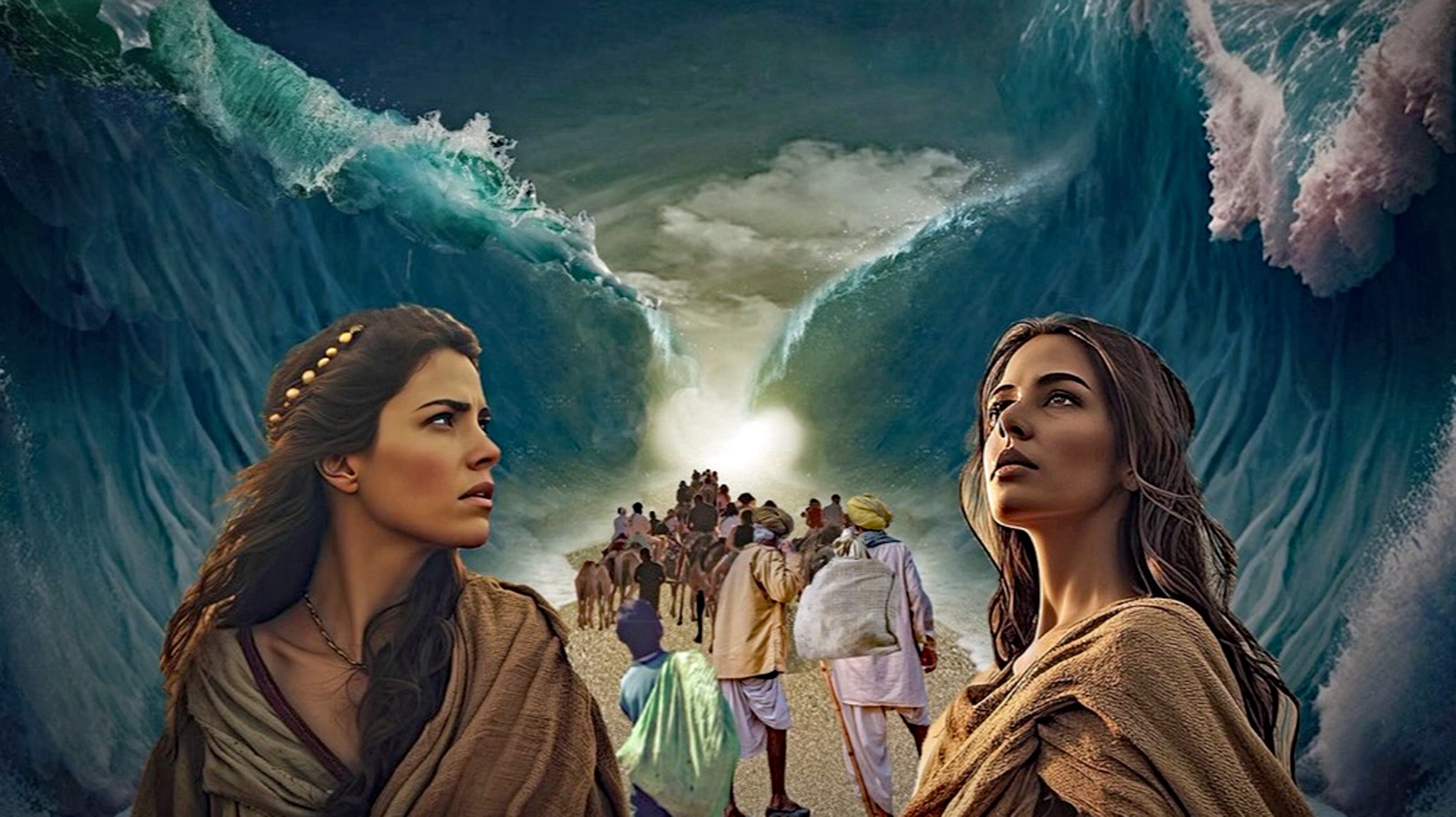
Pharaoh thought better of letting all his slaves leave Egypt and he was consumed with rage as he raced after them. He had learned nothing from the plagues Yahweh had sent earlier. His army raced after the Hebrews and saw them crossing the Red Sea, with Moses standing on the other side, his rod held aloft as the waters stood parted on either side. Thinking his army could cross as the Hebrews were doing, Pharaoh commanded his men to go forward, but Moses let down his staff and the waters returned to their place. Pharaoh's chariots and soldiers were mired in mud and found no escape when the waters closed over them. Not one remained alive.
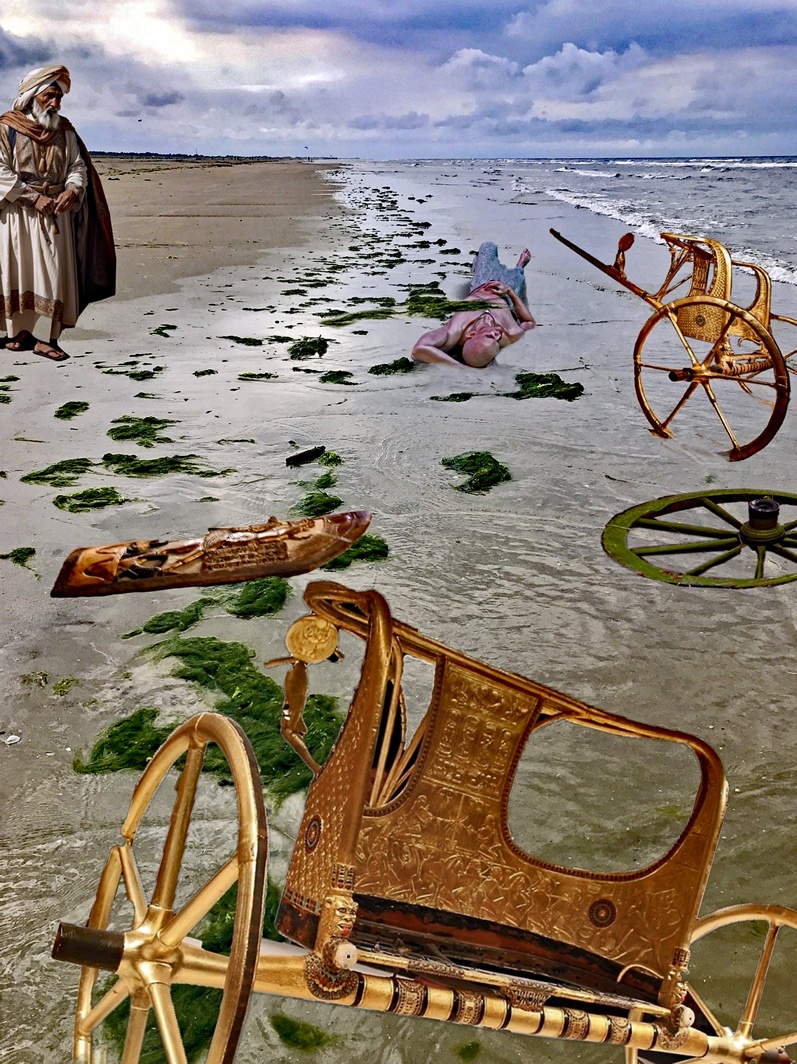
Next day the Hebrews saw the Egyptians
dead on the seashore and were in awe of
Yahweh's great power. Not one of
Pharaoh's army made it out alive. Just as
in antediluvian days, a flood of water had
destroyed evil. The Hebrews celebrated
the monumental victory Yahweh had given
them. They were so elated that Miriam,
prophetess and elder sister of Aaron and
Moses, led the women in song and dance
with tambourines. Today the 'Song of the
Sea' is read on the seventh day of the
Jewish Passover, the day on which the sea
was split and the song was sung. On this
day, many Jews have the custom of staying
up the entire night, studying Torah, and
recreating the miraculous parting of the
sea. Some will even pour water on the
floor and then dance through it,
commemorating this miraculous event.
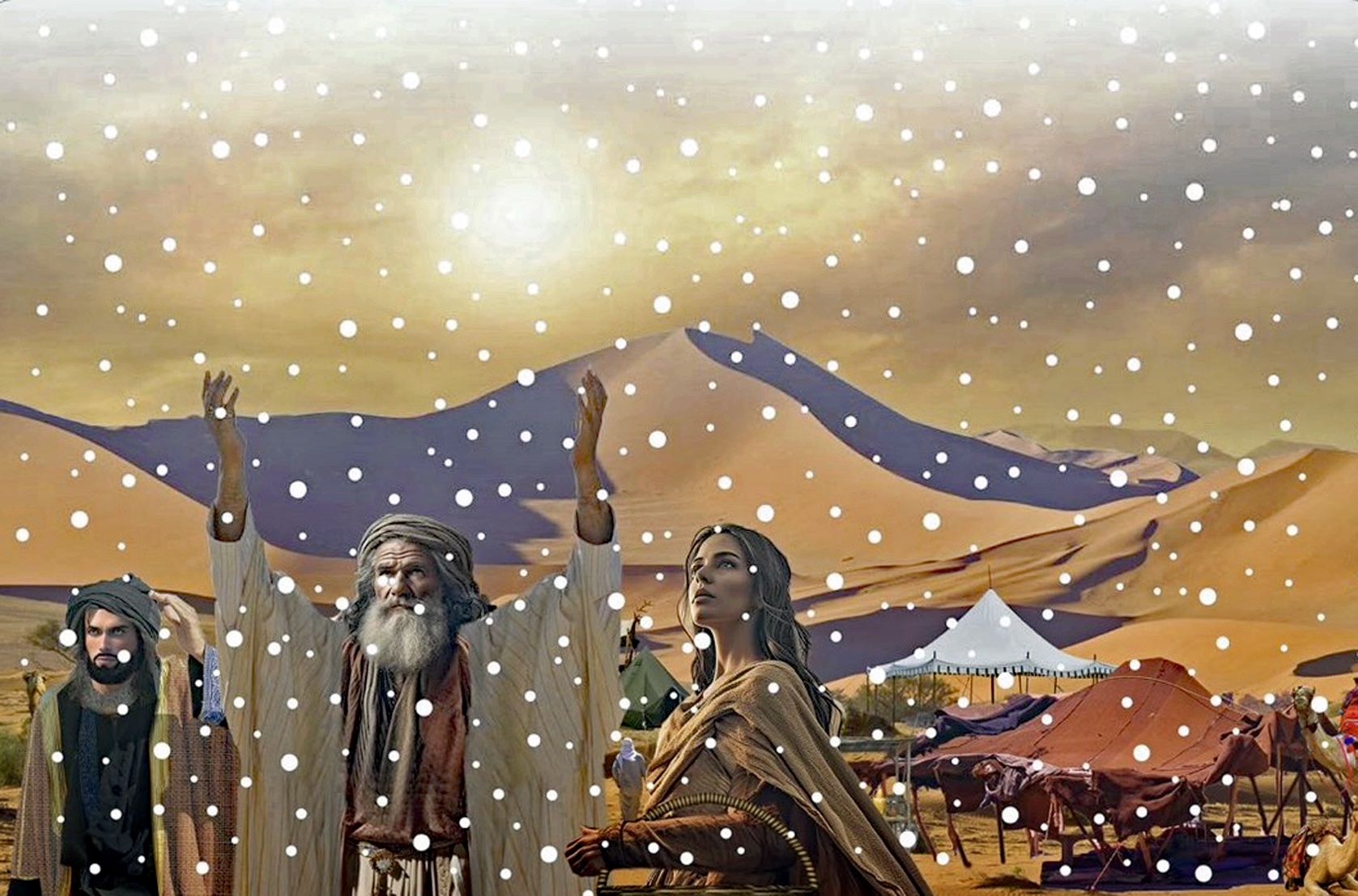
The Hebrews soon lost their jubilation at being set free from slavery. The rigours of desert life were hard on the people, who were not used to this kind of life and often grumbled at Yahweh and Moses whenever food and thirst overcame them. Yahweh was always faithful, providing water from a rock, quail, and even bread-like flakes that rained down from the sky every day.
The Hebrews called it manna and it sustained them until they came to the borders of Canaan.
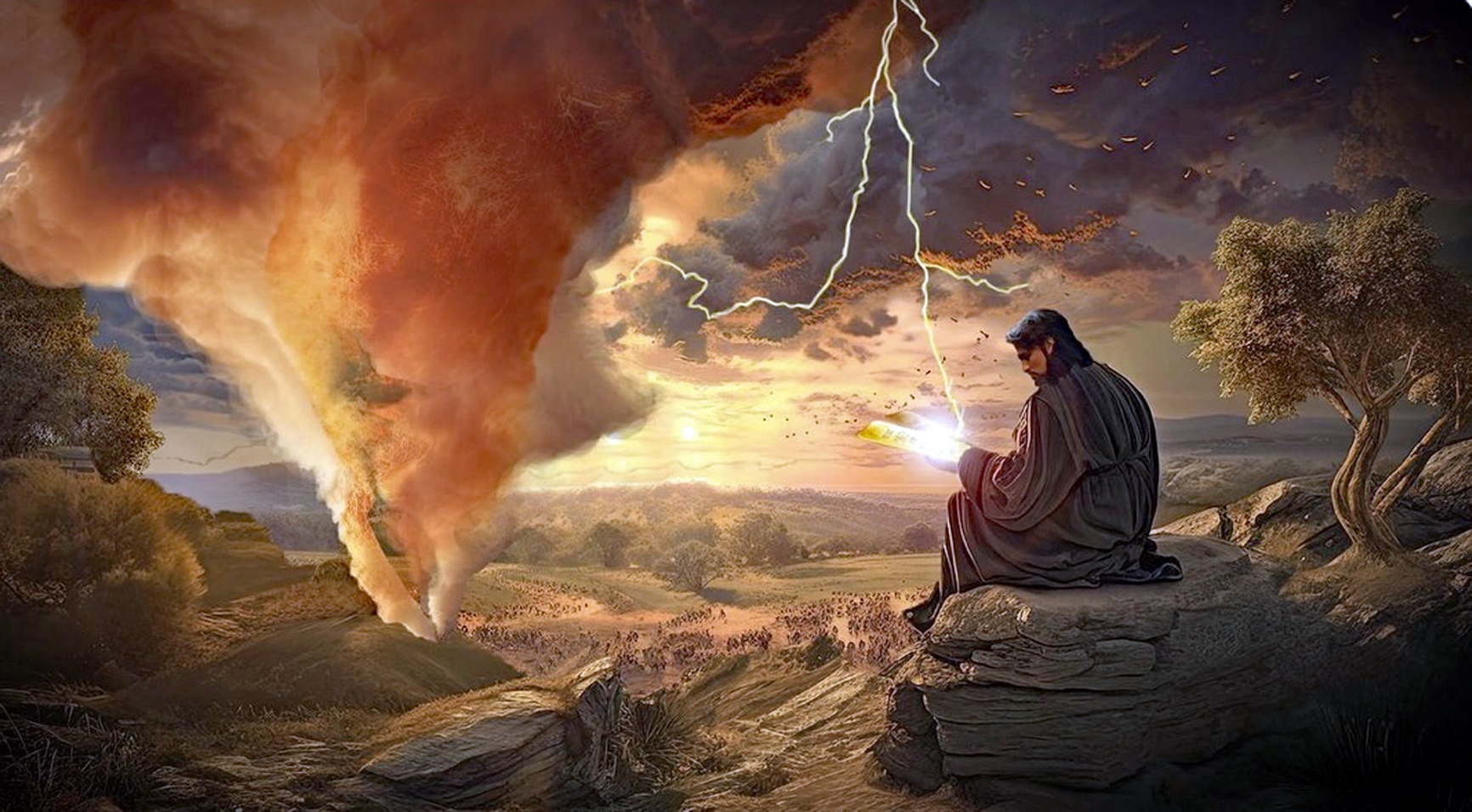
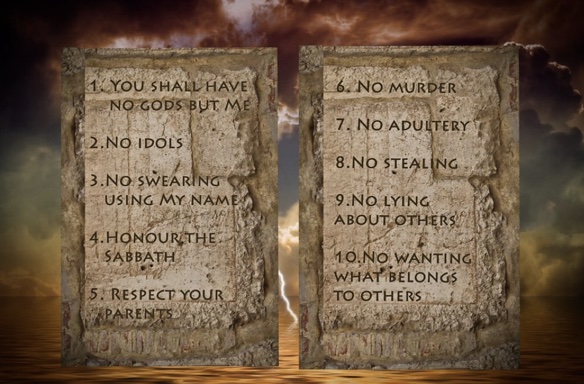
The Hebrews didn't really know their God and the first thing Yahweh did through Moses was to reveal His holiness and hatred for sin. Moses met with Yahweh on Mt. Sinai to receive the ten commandments written on stone tablets so the people could know what Yahweh expected of them. The fire and smoke greatly impressed them with His power and might.
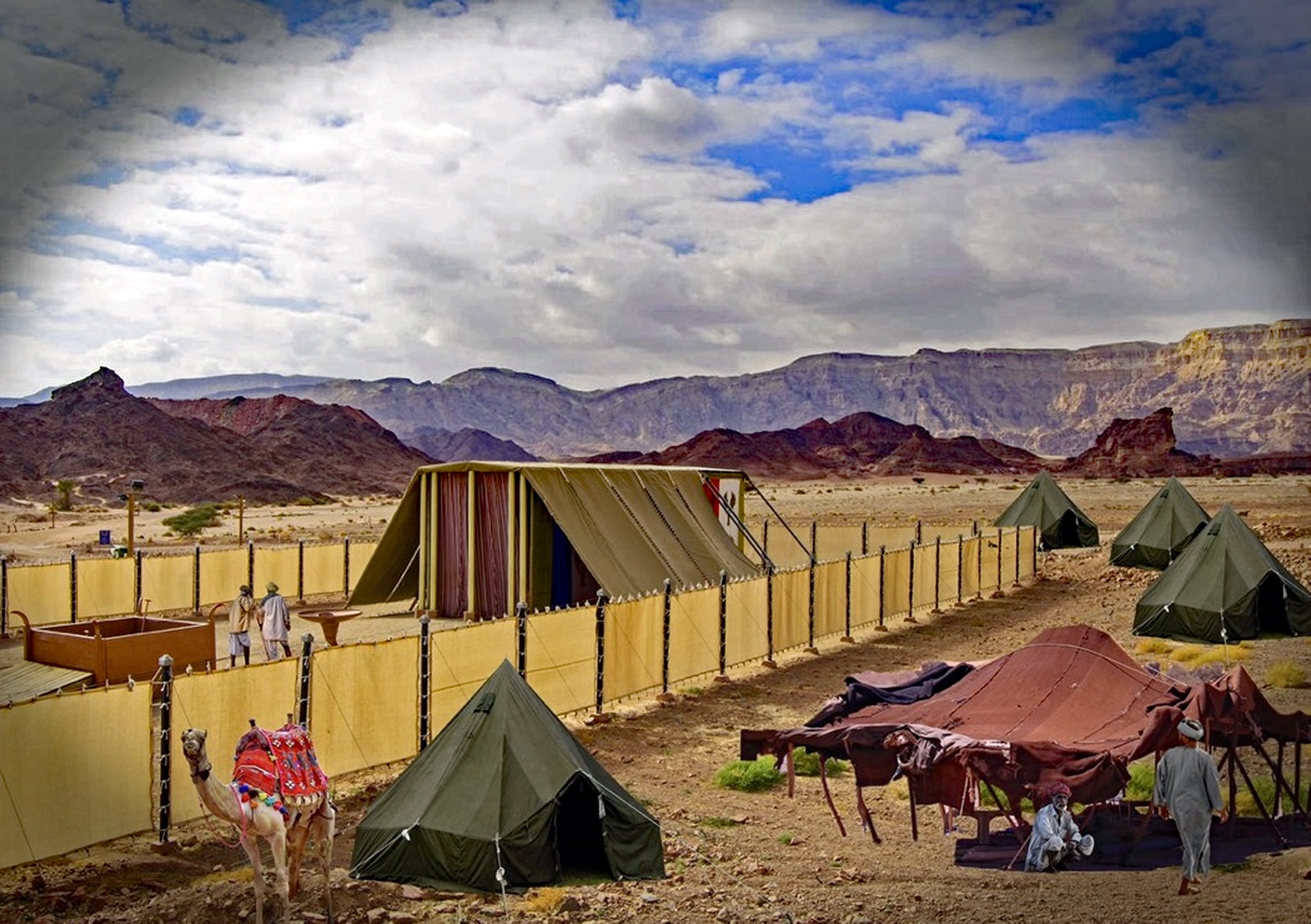
The ten Commandments are 10 basic moral rules which were necessary to establish order in Hebrew society, plus they clearly showed the extent of Yahweh's holiness. This moral standard is still used today in many nations and civilizations of the world, without necessarily following the God of the Jews. Of course to reach such a level of moral perfection required perfect obedience, and that disqualified everyone. But the Israelites affirmed to Moses that they would keep all ten commandments. They also built a tabernacle according to Yahweh's instructions. It was a tent-like structure that could be carried with them as they travelled through the desert.

Setting such an impossible standard was
Yahweh's way of showing the Hebrews
that they could not attain righteousness
in themselves. No one can keep the Law
perfectly, although many try to do so.
The Hebrews needed a Divine Rescuer
who would fulfill the righteous
requirements of the Law for them,
which is why Yahweh gave instructions
for the tabernacle. Everything in its
construction pointed to a coming Lamb
of God whose blood sacrifice would
break down every barrier between
Yahweh and humanity. The Lamb's
righteousness would provide their
salvation. The tabernacle, with it's many
animal sacrifices, was a constant
reminder to the Hebrews of their need
for a Deliverer and the blood payment
for sin that was required to approach a
perfect God.
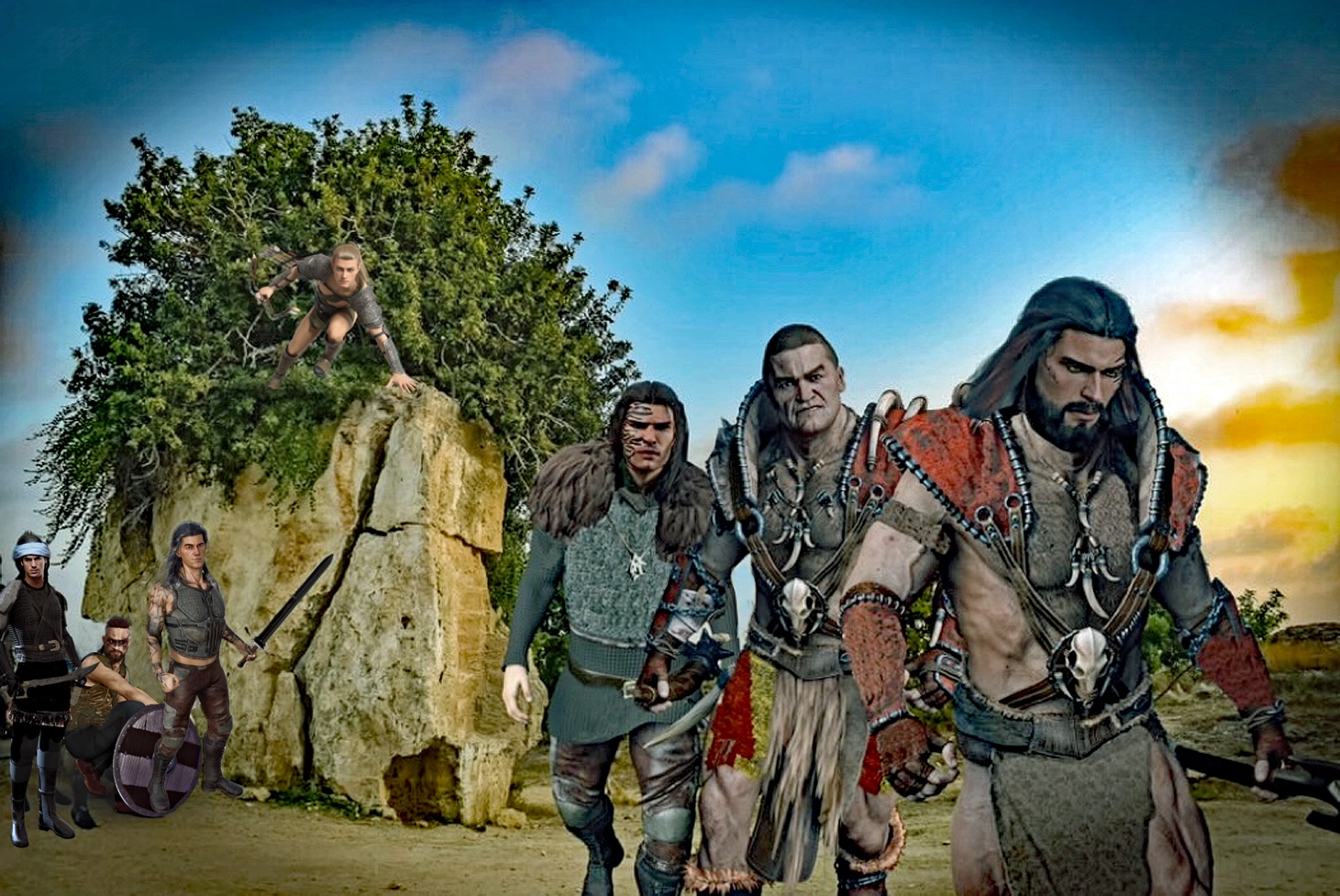
The Hebrews quickly forgot their promise to follow Yahweh and rebelled against Him continually, greatly trying His patience. When Moses sent spies into Canaan, the people were overcome with terror because the spies saw giants living there. The Hebrew people refused to enter. It was at this point that Yahweh gave up on the older generation. They were sentenced to roam in the desert for forty years.
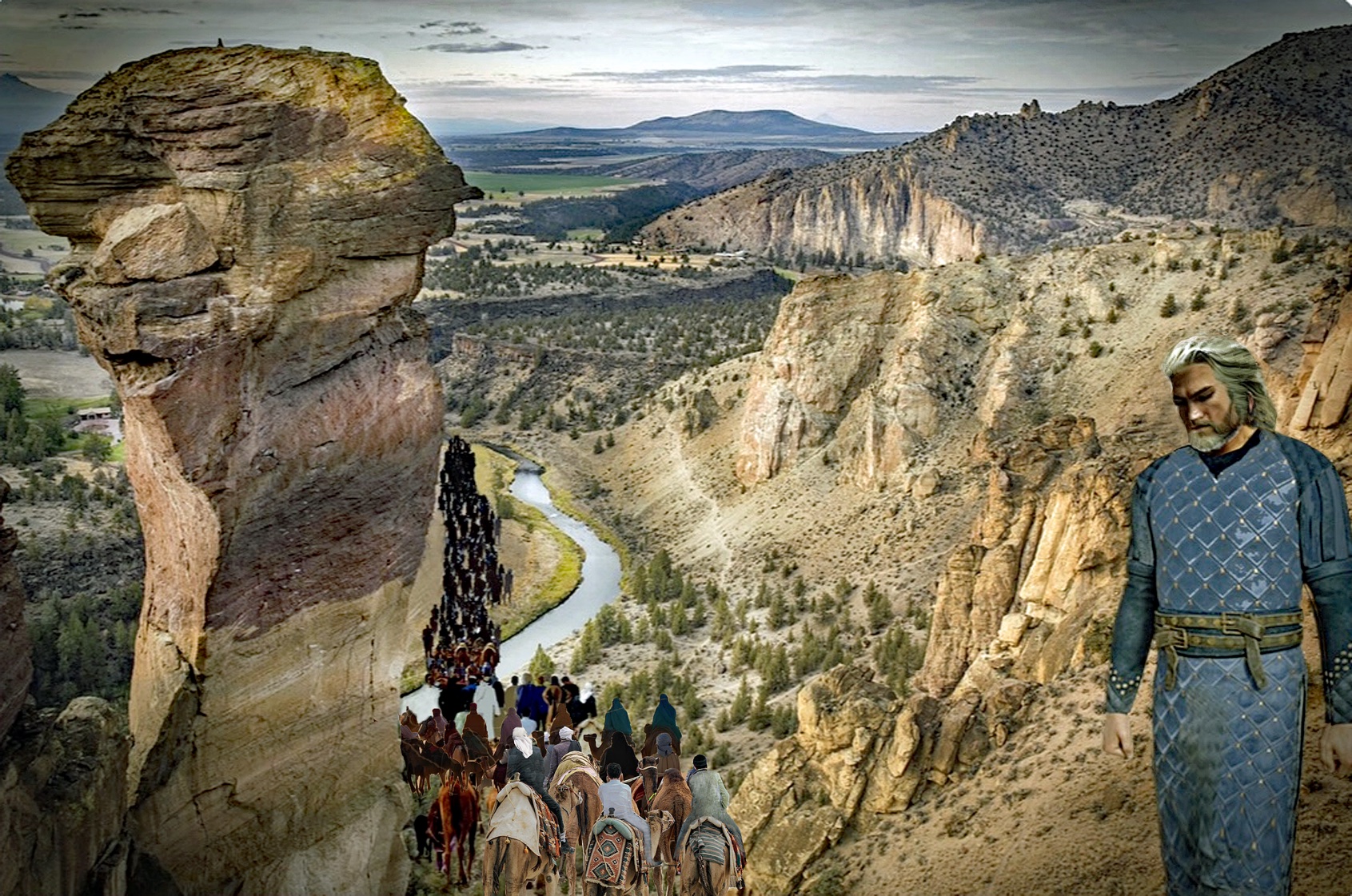
The older generation of Hebrews died off and Yahweh chose Joshua and Caleb to lead the younger generation. They were the only two who had not been dismayed over the reports of giants in Canaan and had wanted to obey Yahweh. They had almost been killed by the fearful Israelites as a result. All who had resisted Yahweh's command to enter Canaan died during the 40 years of wandering. Moses was not permitted to lead the people any longer because at one time he had dishonoured God by presumptuously usurping Yahweh's glory. He died on Mt. Seir, but he watched as the people crossed the border. Then he died and Yahweh buried him on the mountain.

The Hebrews were now a nation, calling themselves Israelites after the name Yahweh had given Jacob. The men had been trained in warfare by Joshua and Caleb and they were ready to conquer Canaan. On the border stood the city of Jericho. As they came near the city, they saw it was a heavily guarded fortress that seemed impregnable. It was very old, dating to 10000 BC. and was surrounded by a stone wall about 41 feet high. The city would be the first one attacked by the Israelites, but Joshua first commissioned 2 spies to enter the city and bring back information. It was a dangerous mission and the spies would have stood out as foreigners, making it difficult to conceal themselves among the people.
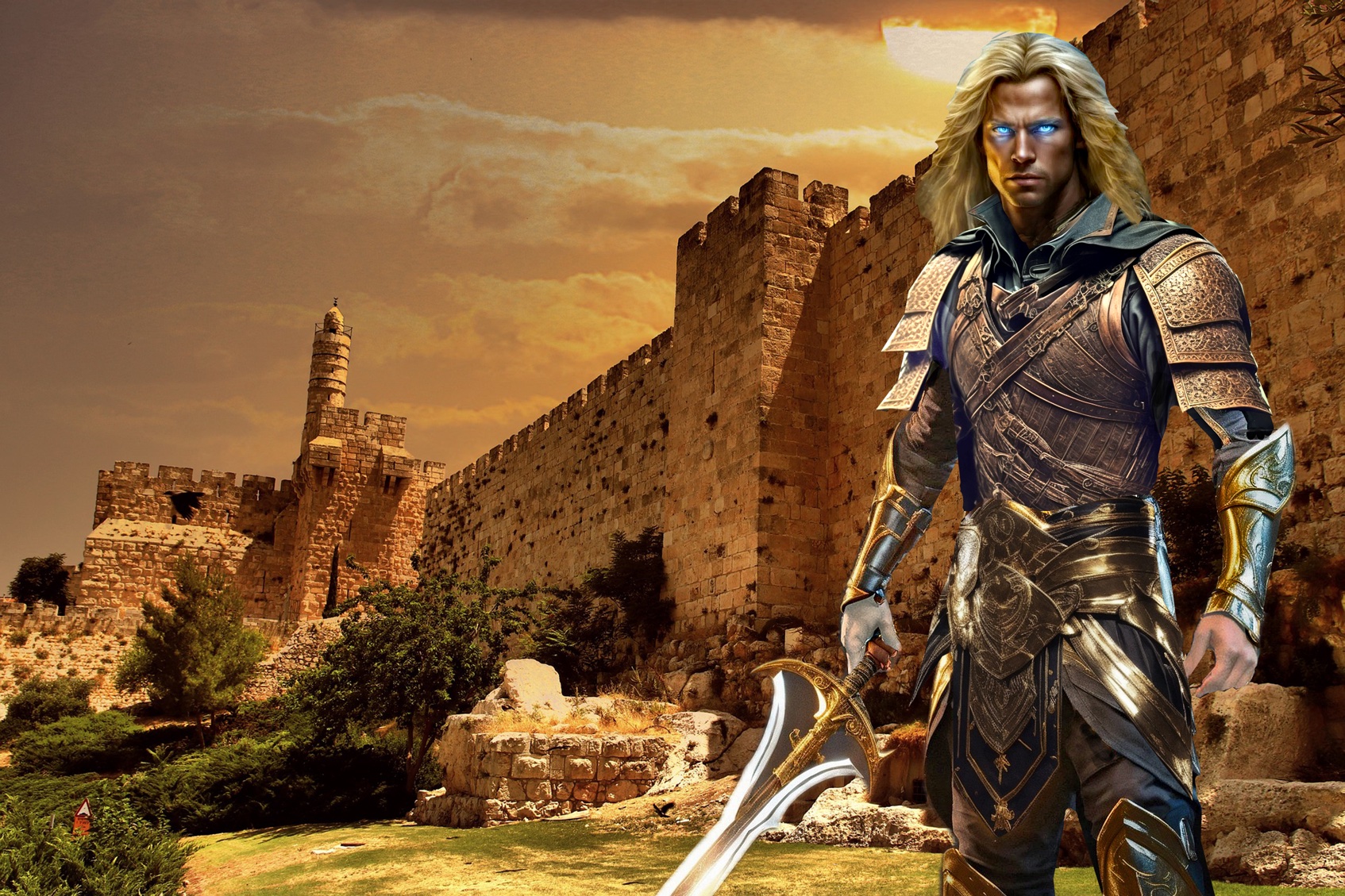
Before attacking Jericho, Joshua had
an encounter with a mighty warrior.
He looked human and so Joshua
asked Him whose side He was on.
The warrior introduced Himself as
the Commander of the Lord's Army
and told Joshua He had come to aid
him. Realizing he was speaking with
Elohim Himself, Joshua fell on his
face and worshipped Him. He was
then told to remove his footwear as
he was standing on holy ground. The
Theophany of Elohim then gave very
detailed instructions on how Joshua
and his army were to conquer
Jericho. He told Joshua: "Have I not
commanded you? Be strong and
courageous. Do not be afraid; do not
be discouraged, for I will be with you
wherever you go.”
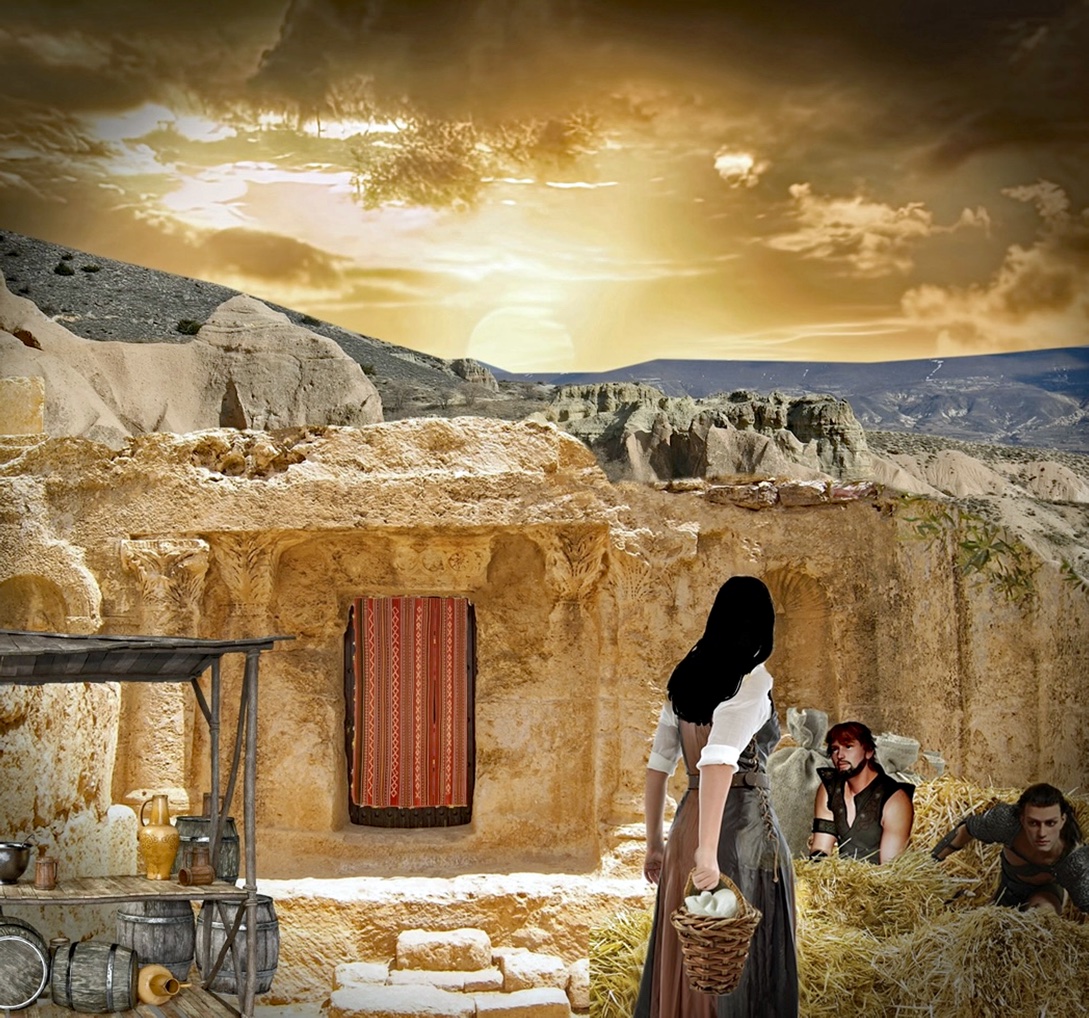
The spies got into Jericho and came to
the house of a prostitute called Rahab.
However the king of Jericho found out
about them and he sent his men to
Rahab's brothel to capture them. Rahab
had heard about the great miracles
Yahweh had done in Egypt and at the
Red Sea. She believed that He would
surely give the Israelites victory in taking
the city. She hid the spies on the rooftop
of her house under some flax. When the
king commanded her to send the spies
out to him, she told the king that they
had left at nightfall and she didn't know
where they had gone. She urged the king
to quickly pursue them in order to catch
them before they left the city. The
soldiers left and the city gate was shut.
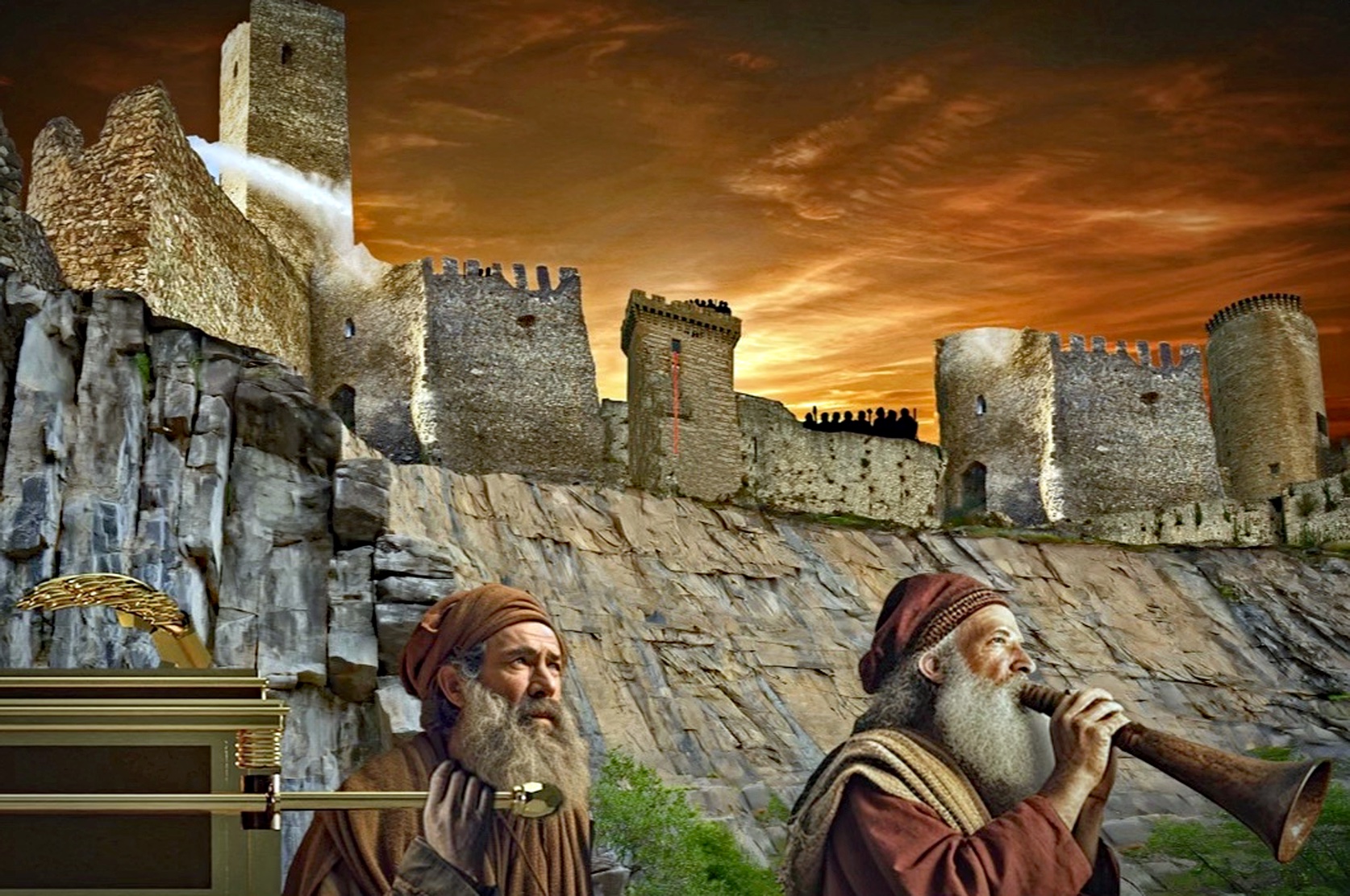
Rahab asked the spies to promise to show kindness to her family as she had shown kindness to them. The men agreed, as long as she didn't inform on them. Rahab let the spies out through her window which was on the top of the city wall. She told them to hide in the hills for 3 days before returning to their camp. The spies instructed her to hang a red cord from her window to show her location when Israel attacked. Joshua listened to the spies' report and, as Yahweh instructed, he had the Israelites march around the city for 7 days carrying the ark of the covenant while blowing the shofar continually.

On the 7th day Israel gave a loud shout and Jericho's walls fell flat, allowing Israel to march right in. Everyone was killed inside the city. Rahab and her family were the only survivors. The red cord had been her lifeline, indicating her faith in Yahweh, just as the blood of Yahweh's Son would one day rescue all who put their faith in Him. It was a shadow of the plan Yahweh had for humanity.

Rahab married Salmon, a prince of Israel from the tribe of Judah, thereby placing her in the genealogical line of the Messiah. There was no greater honour Yahweh could have given her.
She was now a part of Yahweh's people and in direct line to the coming Deliverer. In spite of her being a Canaanite and a former prostitute, she had trusted Yahweh and He had seen her heart and loved her. Her old life was gone and her new life was full of promise.
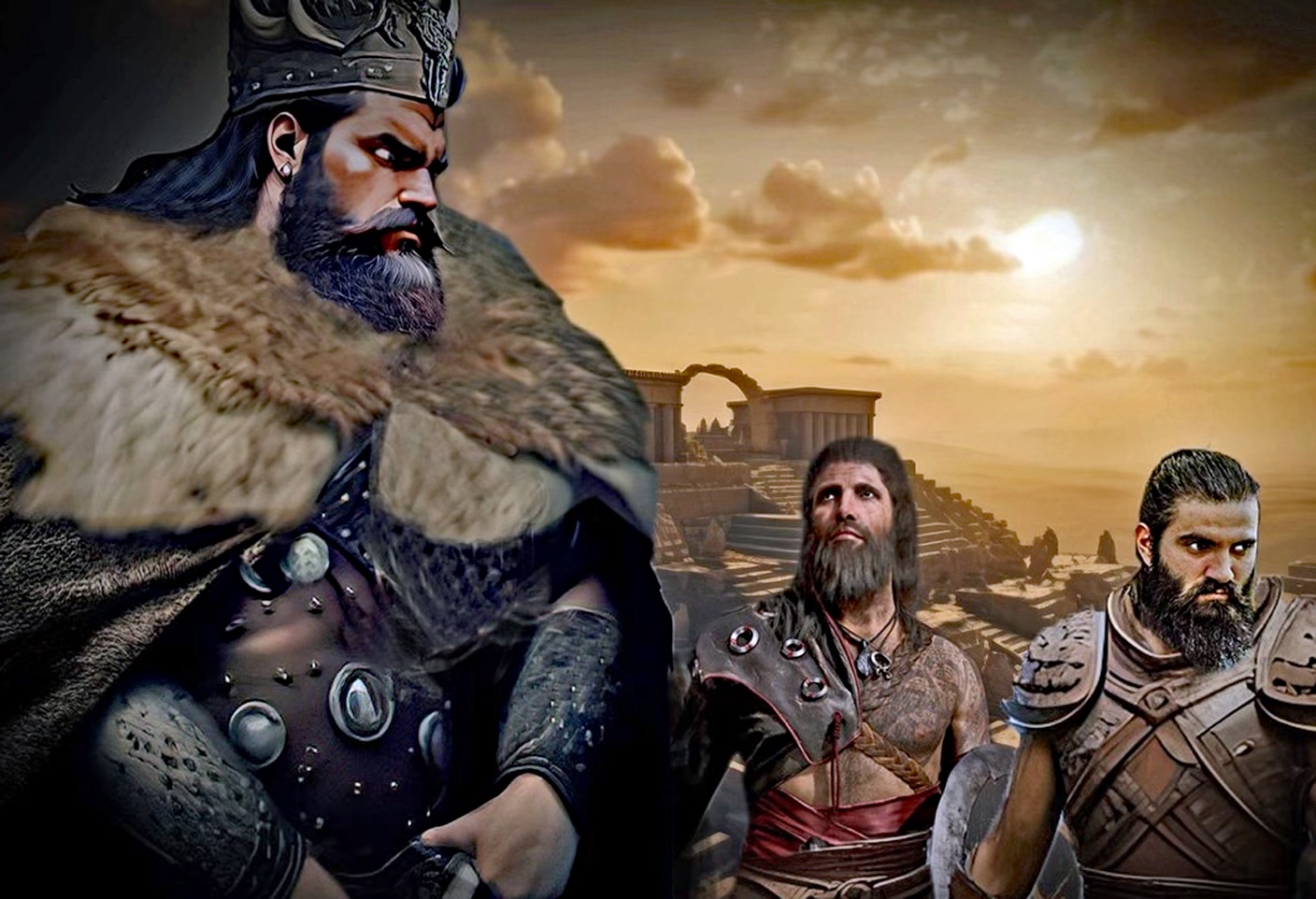
Israel pushed into Canaan and found many giant clans there - Rephaim, Anakim, Amalakites, and many more. These tribes were related to the Nephilim from pre-flood times. It would seem the Watchers had again cohabited with human women to produce giants. The Bible mentions King Og of the Amorites whose bed was 13 feet long and 6 feet wide. These throwbacks to the Nephilim were evil and a dire threat to Israel and Yahweh's plan for His people to establish His kingdom family on the earth.

Both the Nephilim and their progeny
were sometimes called "Gibborim".
These descendants were not as tall
a n d p o w e r f u l a s t h e o r i g i n a l Nephilim, but they were nevertheless
a very dangerous, gigantic warrior
race. They spread quickly, permeating
all of Canaanite society, so that it was
necessary to eradicate whole clans
and their cities, including the animals
because of the Nephilim's wicked
pollution and distortion of all they
came in contact with. Almost no tribe
was free of the giants' wicked
influence. Yahweh told Joshua to
destroy all the giants. With them
gone, Israel would finally be able to
settle in the land.
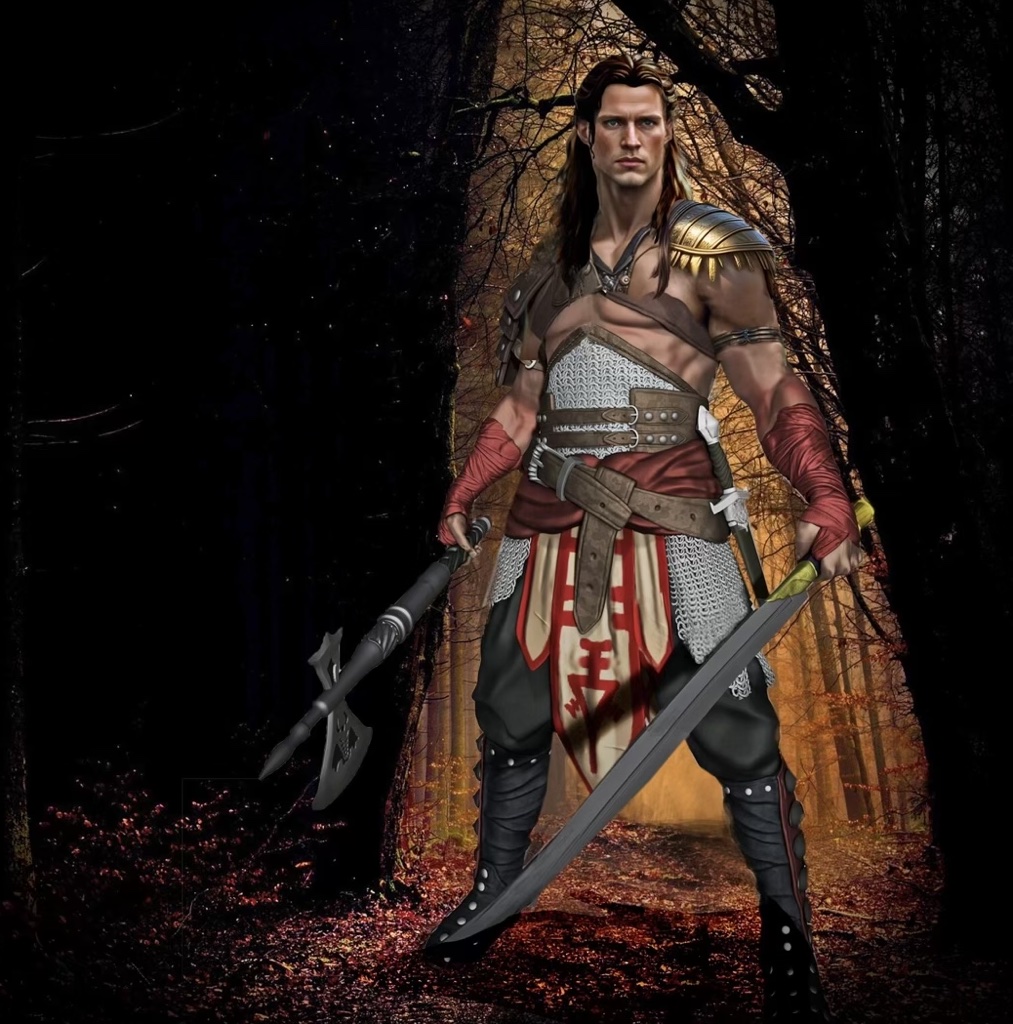
Shortly after Joshua died, Israel turned
a w a y f r o m Y a h w e h a n d b e g a n
worshipping pagan gods. The people
became increasingly lawless and
Yahweh withdrew His protection. The
neighbouring tribes of the Philistines
attacked Israel but Yahweh, in His
compassion, sent judges to help them.
One unlikely judge was Samson whose
birth was a miracle. At first his mother
was unable to have children, but an
angel appeared to her and said she
would give birth to a son. He was to be
a Nazarite all his life, which meant he
was never to drink wine, touch dead
bodies, or cut his hair or beard.
Yahweh gave Samson supernatural
strength which was linked to his long,
uncut hair.
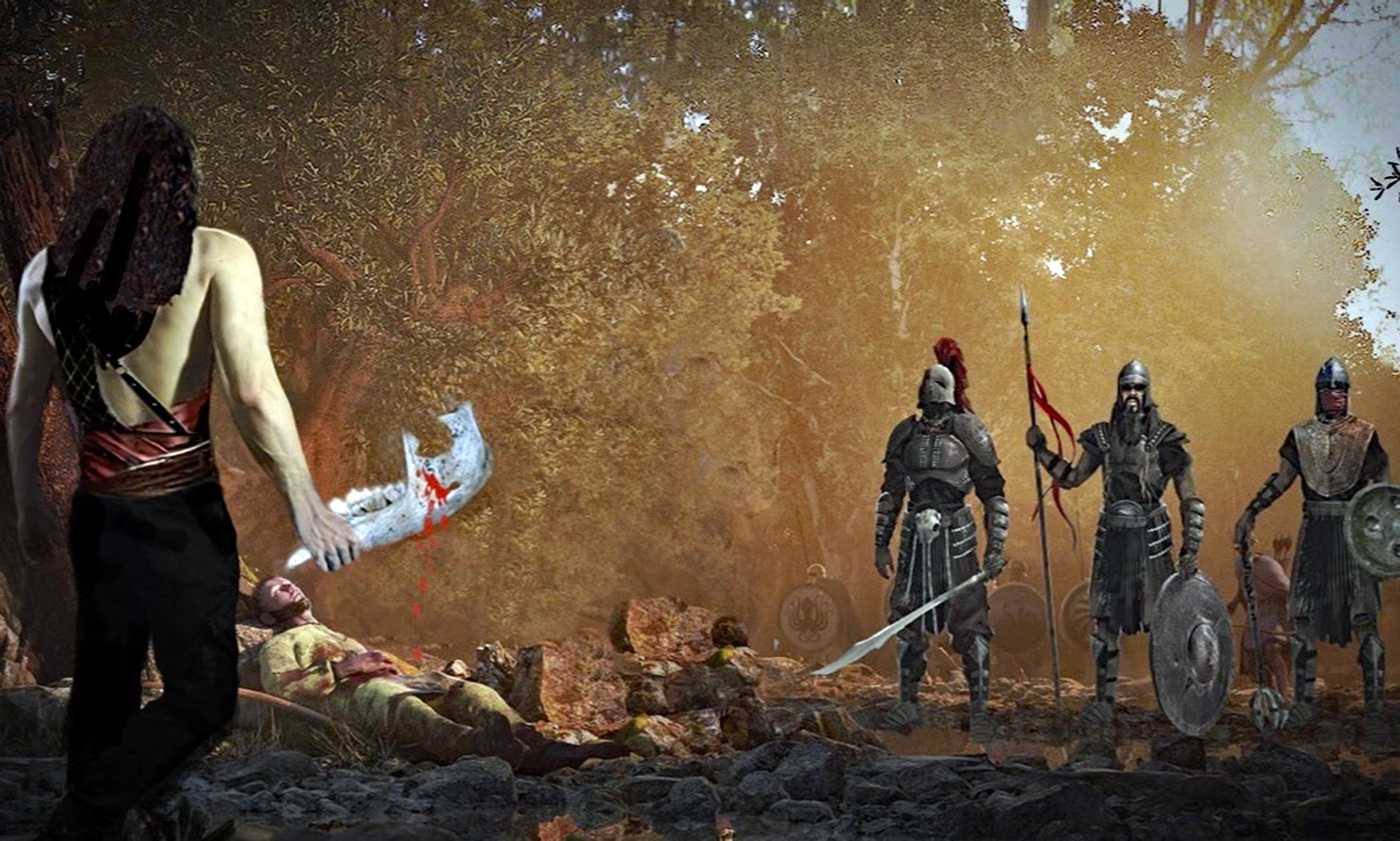
When Samson reached manhood, he was overtaken by lust. He married a Philistine woman from the pagan conquerors of Israel, even though the Israelites were not supposed to marry outside their faith. That led to a confrontation and Samson started killing Philistines. On one occasion, he took up the jawbone of a donkey and killed 1,000 men. He became a scourge to the Philistines who wanted to capture him and make him their prisoner.
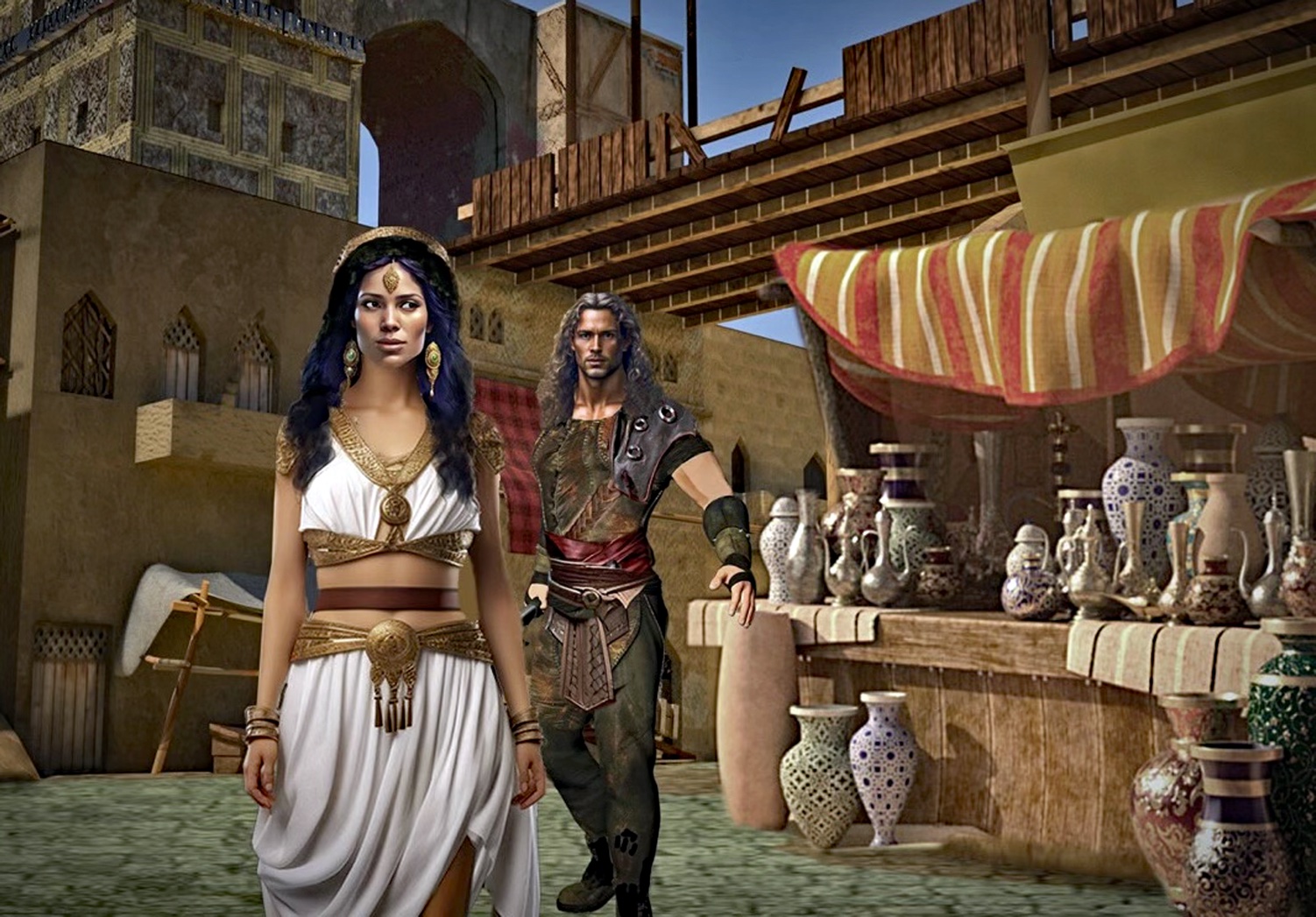
In spite of many attempts, the Philistines failed to capture Samson until his love for Delilah, a Philistine prostitute, entrapped him. Delilah was bribed by the Philistines to discover the secret of Samson's great strength. Samson treated her questions as a game and teased her with false answers, until her nagging began to annoy him.
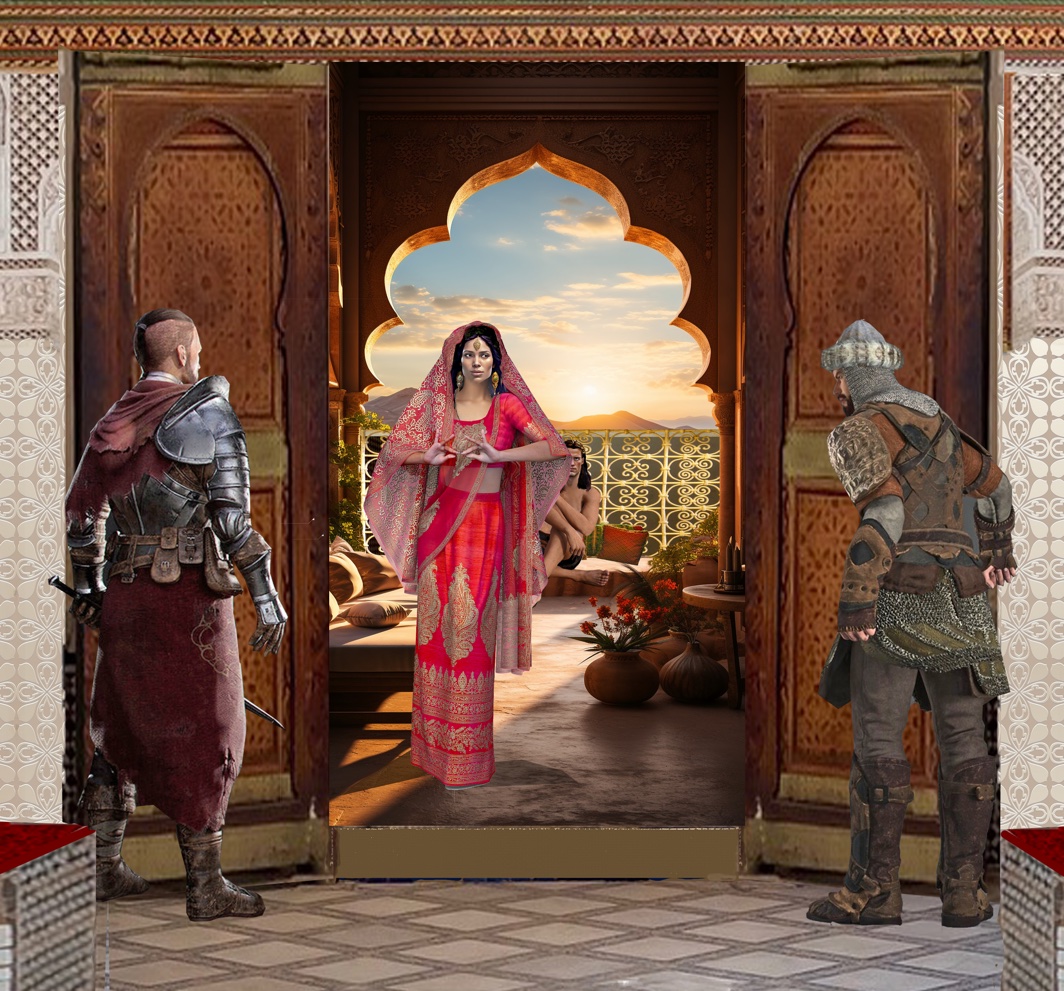
Samson finally told Delilah that
his strength was due to his vow
to never cut his hair. As they had
done previously, the Philistines
were waiting outside Delilah's
apartment to overpower him in
case Delilah managed to get the
truth out of him. This time she
had succeeded. After Samson fell
asleep she quickly told the
Philistines about his secret. They
came and silently cut his hair.
W h e n S a m s o n a w o k e , h e
realized that his great strength
was gone. His enemies were able
to overpower him and they
dragged him off to prison.

Samson's eyes were gouged out and he
was brought to Gaza, where he was
bound with bronze chains and forced
to grind corn at a mill wheel. The
Philistines rejoiced that they had
defeated their great enemy and they
loved to humiliate him. But they also
made the claim that Samson's God,
Yahweh, was inferior in strength to
their own god, Dagon. To show off the
superiority of Dagon, they decided to
hold a feast in his honour to celebrate.
S a m s o n w a s t o b e t h e m a i n
entertainment. They were claiming
“Our god has given Samson into our
control!” Thousands of Philistines
were invited to the party.
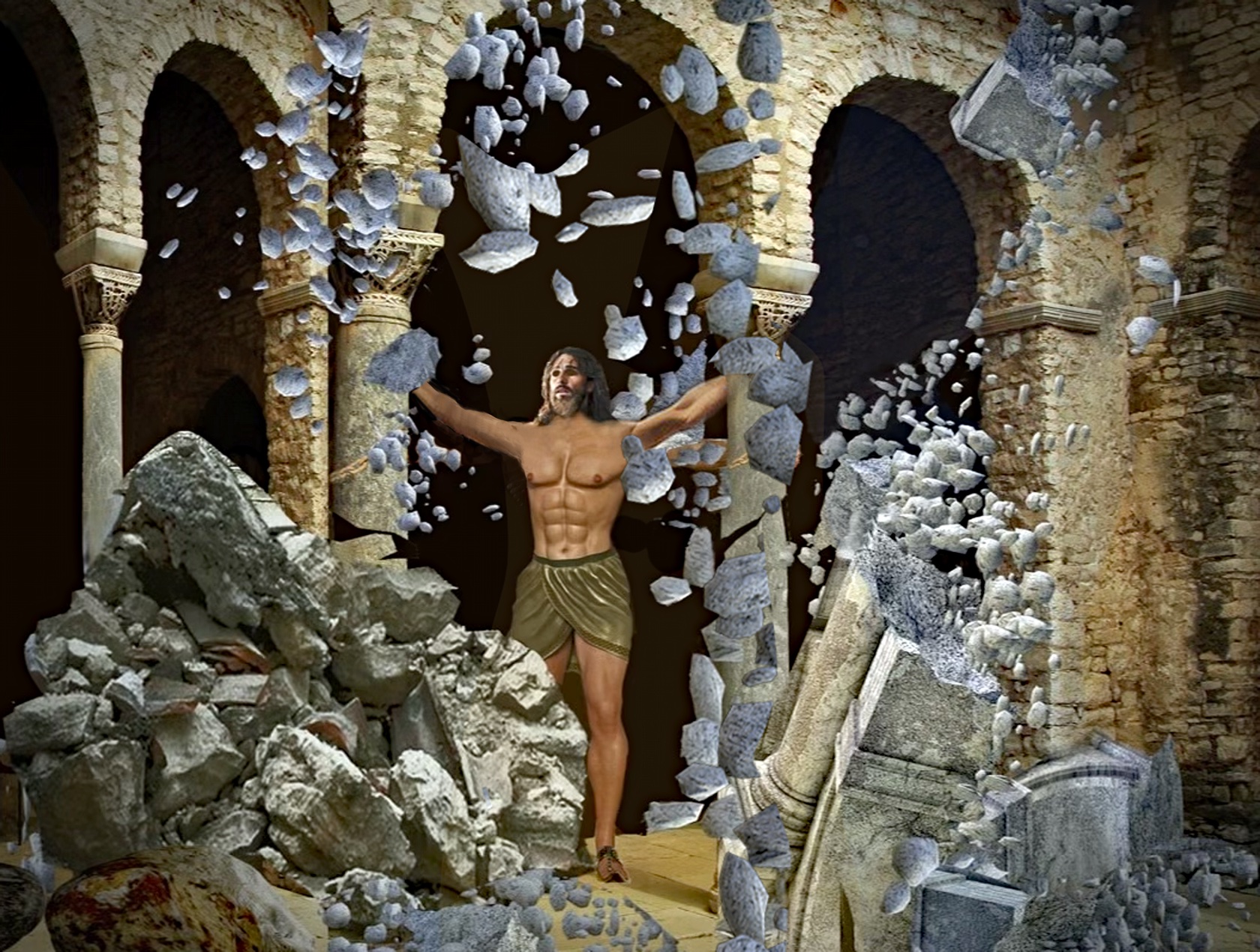
Samson was chained to two large pillars that held up a house filled with Philistine lords and ladies. Three thousand were on the upper floor alone. No one had noticed that Samson's hair had grown longer over the months while in captivity. Samson prayed that Yahweh would once again give him power to defeat his enemies and Yahweh did so. Samson strained at the pillars and brought the house crashing down, killing thousands of Philistines, including himself.

Samson was impulsive, violent, and
driven by his lusts, yet Yahweh used
this warrior, with all his faults, for the
good of His people. Yahweh Himself is
perfect but sometimes uses the sin
already existing in the world to fulfill
His purposes. The story of Samson
showcases this. Samson is listed in the
Bible's 'hall of faith' in spite of his
many flaws. His name stands alongside
those of Moses and Abraham. Though
Yahweh's Law demanded perfection
(which doomed even the patriarchs),
His love for humanity provided a way
to His heart through faith. These
heroes all pointed the way to the
mighty Deliverer who would one day
overcome the world for His beloved
people.
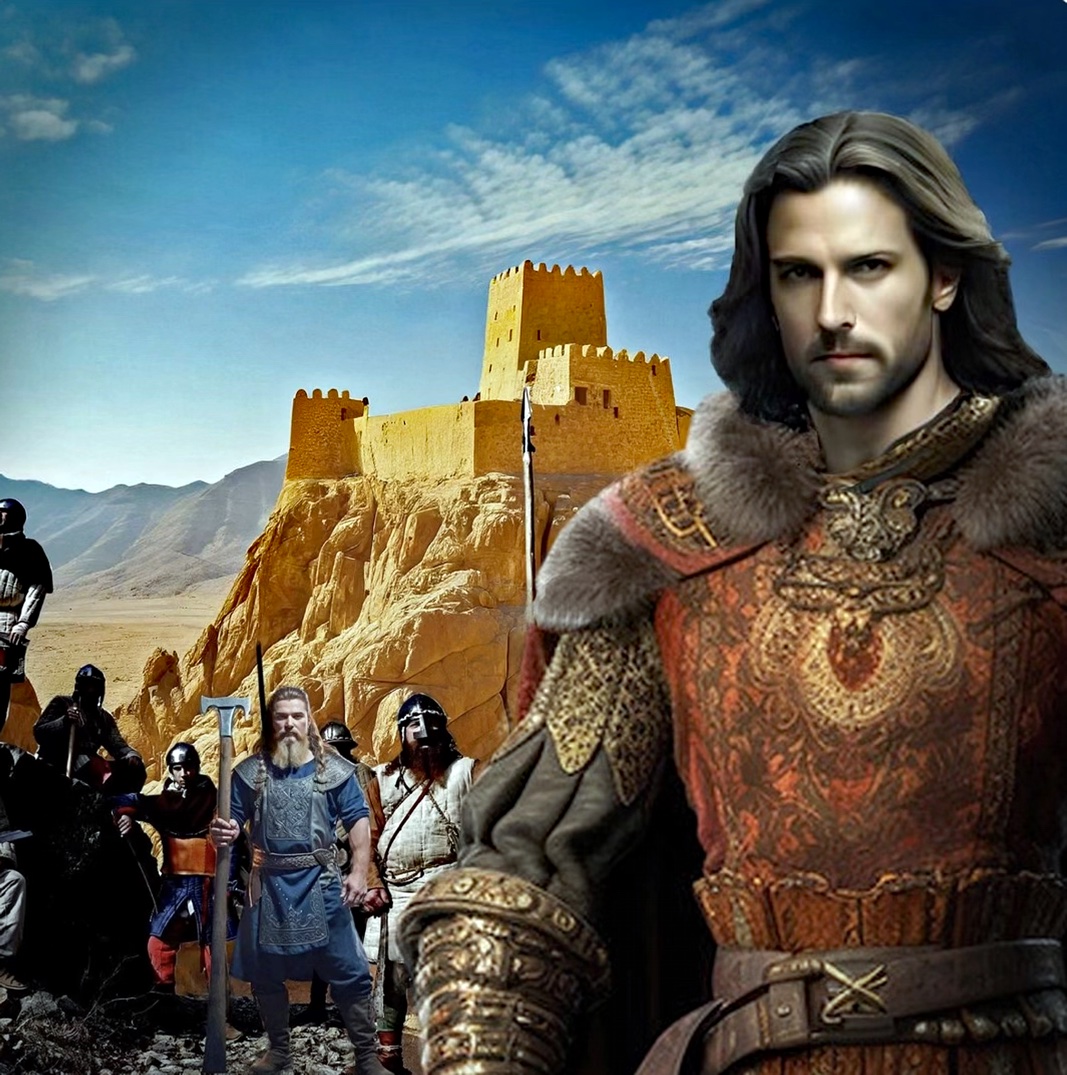
Israel was not content with the judges
Yahweh sent to help them. They
wanted a king like the nations around
them, and so a tall, handsome man
called Saul became Israel's first king.
His appearance inspired confidence.
After all, he stood head and shoulders
above most men. Israel hoped that by
having a king, they would be able to
defeat the Philistines once and for all.
Saul was shy at first and even tried to
hide when the people wanted to
anoint him as king. However he had a
flawed character that soon revealed
itself when he was disobedient to
Yahweh's commands. He began to
like the power of his position and
w h e n c o n f r o n t e d b y a m a j o r
challenge, he failed miserably.
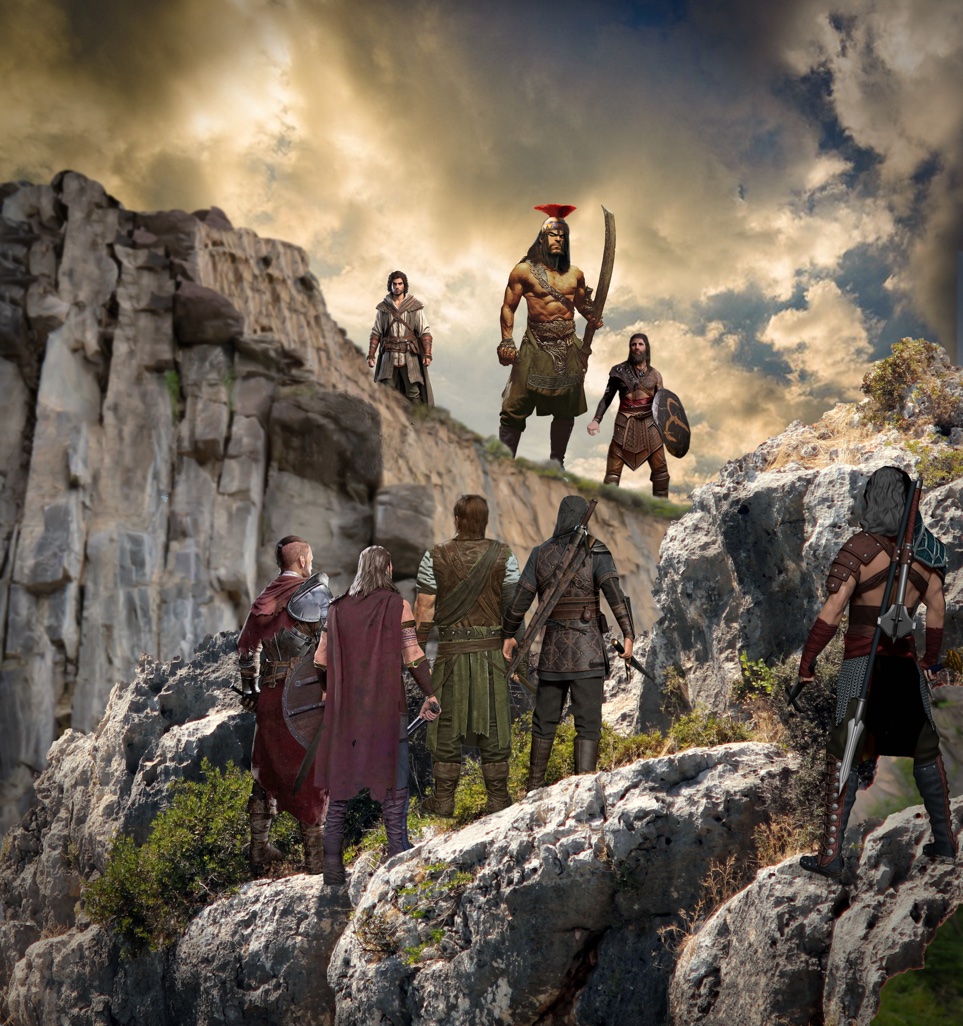
Goliath was a 10 foot Philistine giant.
The Philistines were a warrior race
related to the Nephilim from pre-flood
times, and they were all fiercely wicked.
They constantly tried to conquer Israel,
making the lives of Yahweh's people a
nightmare. One day Goliath challenged
King Saul to a battle wherein each army
would send out a champion and
whichever champion won, that army
would be declared victorious and the
losing side would be subject to the
winning side. All of Israel's army was
terrified and King Saul could find no
champion willing to take on the giant.
Twice a day for 40 days Goliath taunted
the Israelites, daring them to send a
champion to fight him, but no one dared
to take up the challenge.
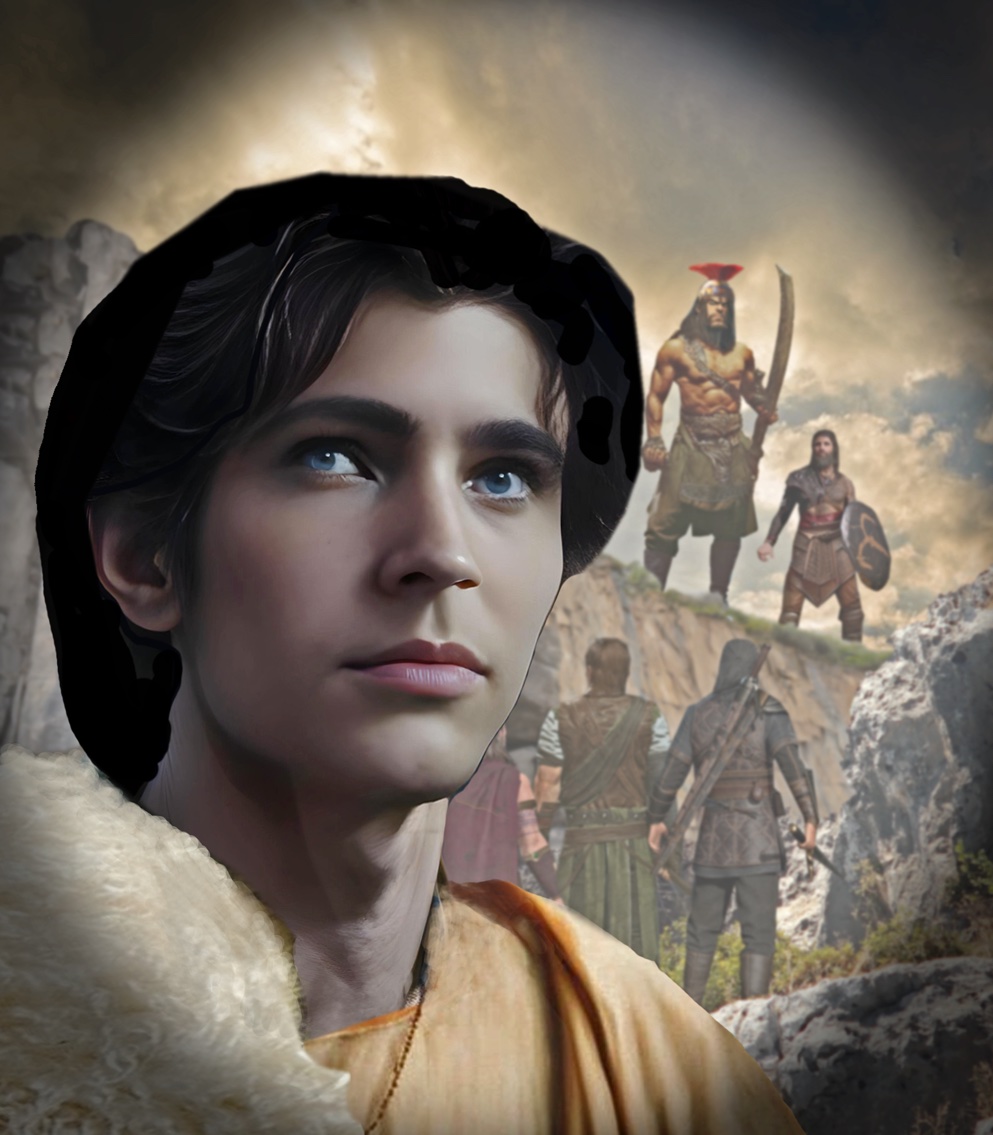
A young shepherd boy named David
was sent by his father to bring
supplies to his brothers in the army.
He heard about Goliath's insults to
Yahweh and his mockery of Israel.
David loved Yahweh deeply and he
was incensed. He had complete faith
that Yahweh would protect him and
give him victory over the giant
b e c a u s e h e h a d p e r s o n a l l y
experienced Yahweh's protection and
deliverance many times. Often he
had encountered wolves and lions
which tried to attack the sheep he
was guarding. Yahweh had given him
the strength and courage to kill or
drive them off every single time.
Though just a teenage boy, he
volunteered as Israel's champion,
much to everyone's amazement.
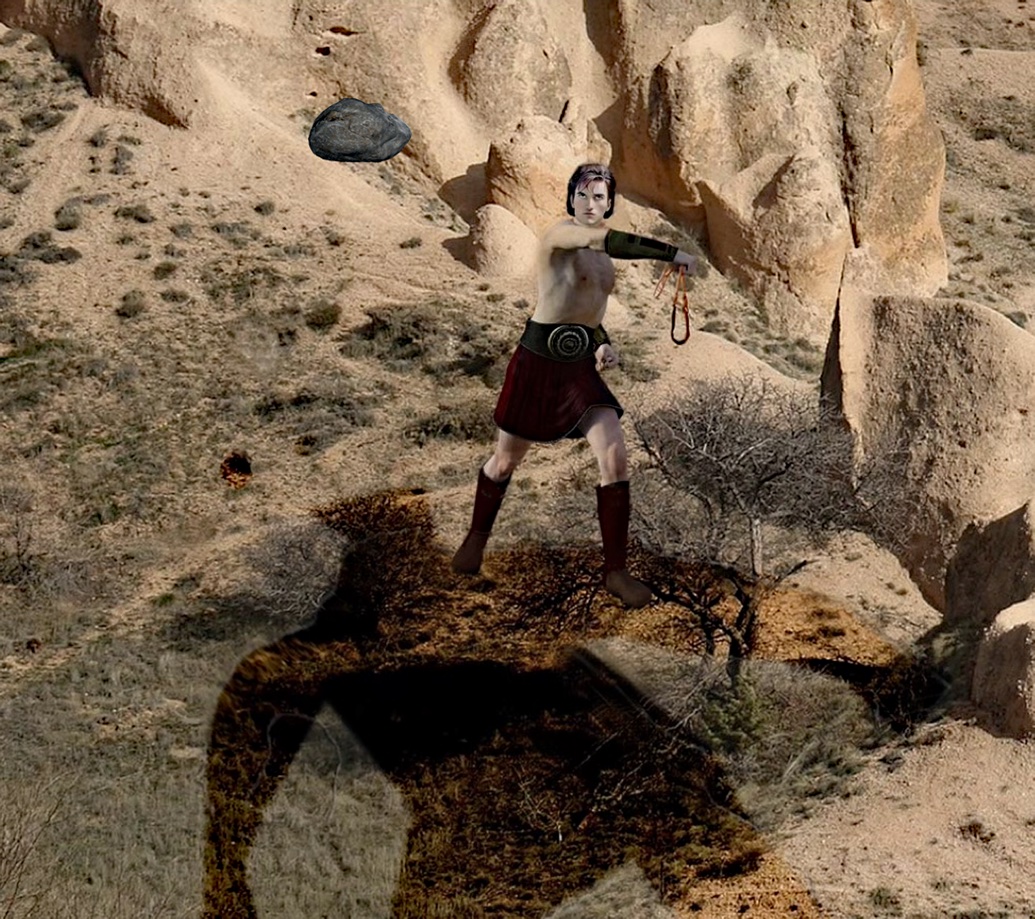
No one had much hope that David would
defeat Goliath. A young boy, not yet full-
grown, against a ten foot giant seemed
sheer folly. King Saul offered his own
armour to David, but it was heavy and
cumbersome and David refused the offer.
He decided to use his sling instead, which
he had used many times with lethal
accuracy when facing predators in the
field. Goliath felt insulted when he saw
Israel's champion. He bragged how he
would kill him, but David answered right
back that Yahweh would give him the
victory. He rushed at the giant and flung a
stone that pierced Goliath's forehead,
felling him just long enough for David to
cut off his head. The Israelites were wild
with excitement and cheered David as their
hero. The demoralized Philistines fled in
terror.
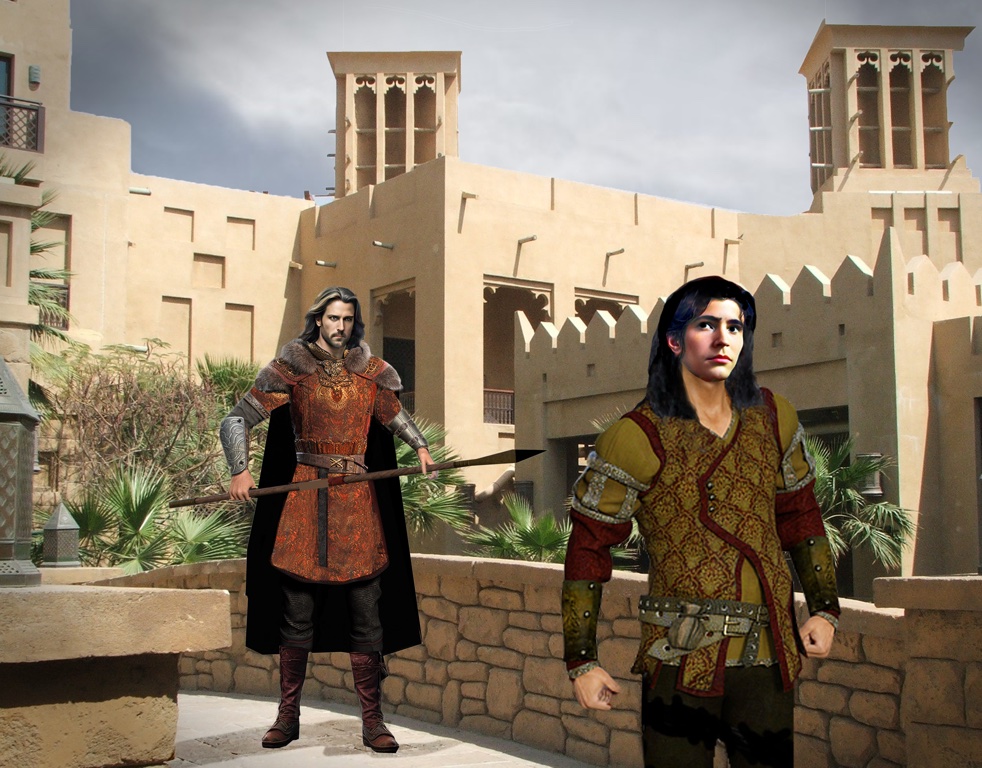
David became very popular in Israel after having slain Goliath. He was handsome and well-liked by everyone, especially the young women who made up songs in his honour. He was also the 13th generation after Abraham, exhibiting the same trust in Yahweh that his ancestor had. And he was also in the genealogical line to the coming Messiah. Yahweh called him to be the next king of Israel, for He had rejected Saul because of his disobedience. King Saul watched David becoming more and more popular. He knew Yahweh had chosen him as the next king and became so jealous that he tried to murder David several times, until David and his followers finally had to flee into the country and hide in caves in the hills.
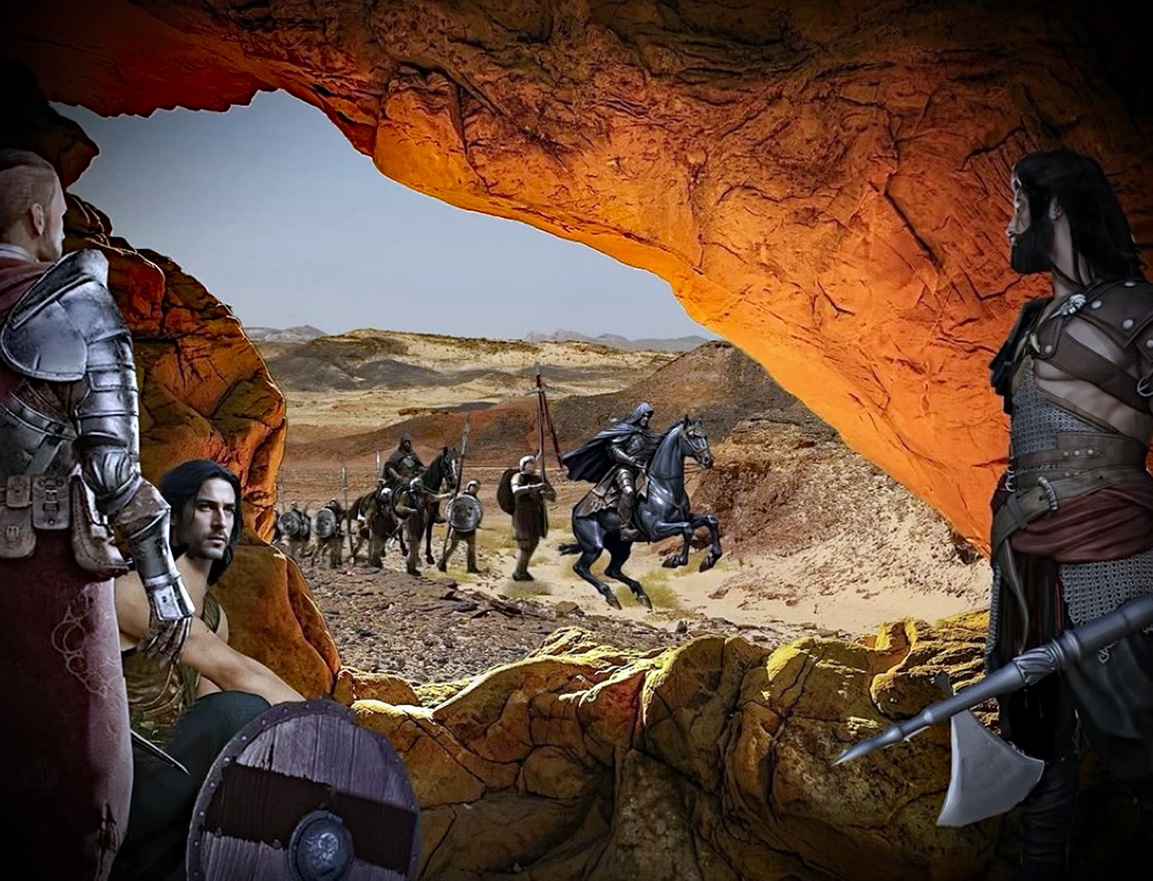
For the next 10 years David was a hunted man. He and his followers were relentlessly pursued by Saul and his armies, forcing David and his men to be constantly on the run. It was guerrilla warfare training that would later be indispensable when David became Israel's next king. But in the meantime it made David's life very precarious. He also had to watch out for the Philistines who roamed the land. There were enemies on every side and David's faith was often stretched to the limit, yet his trust in Yahweh only grew greater.
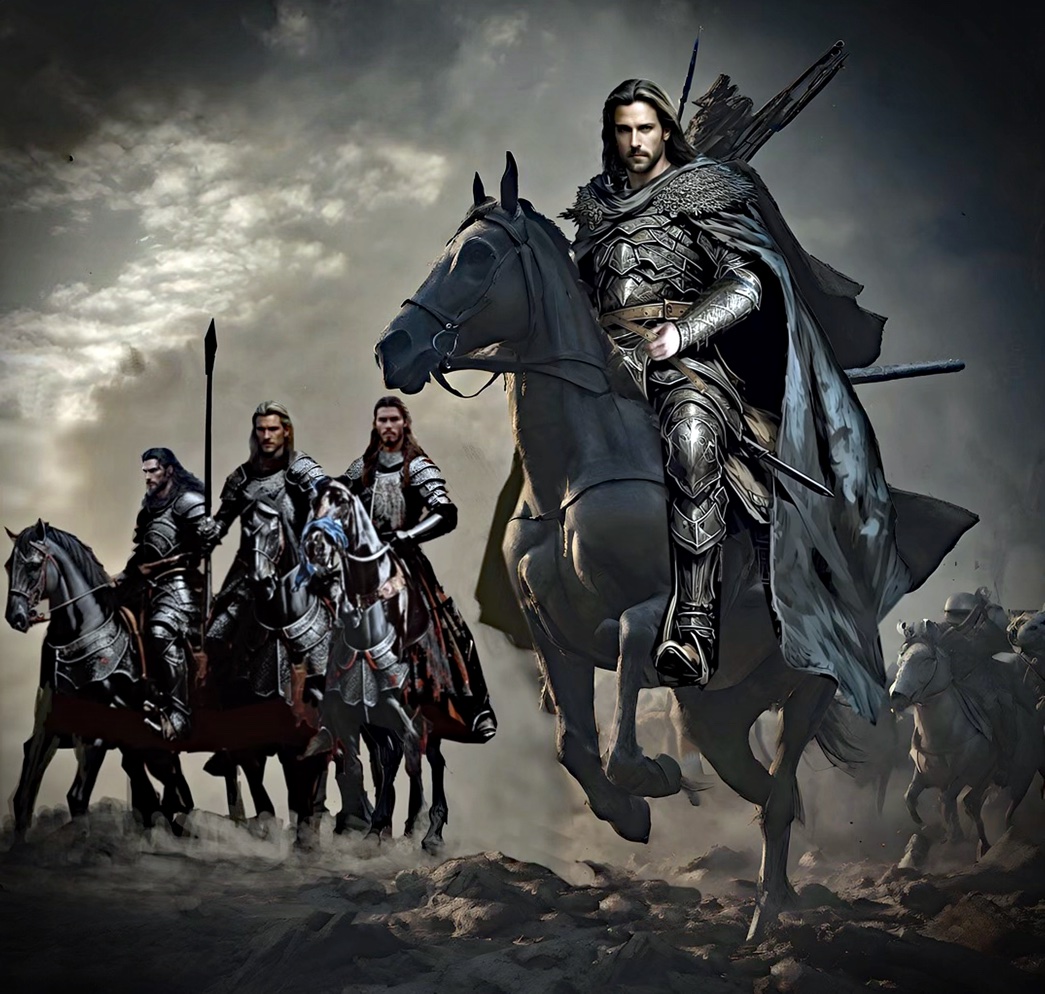
Eventually King Saul and his three sons were killed in a battle with the Philistines. Saul had been shot with an arrow and fell on his spear rather than be captured and tortured by the enemy. The men of Israel living nearby heard what happened and fled from their cities.
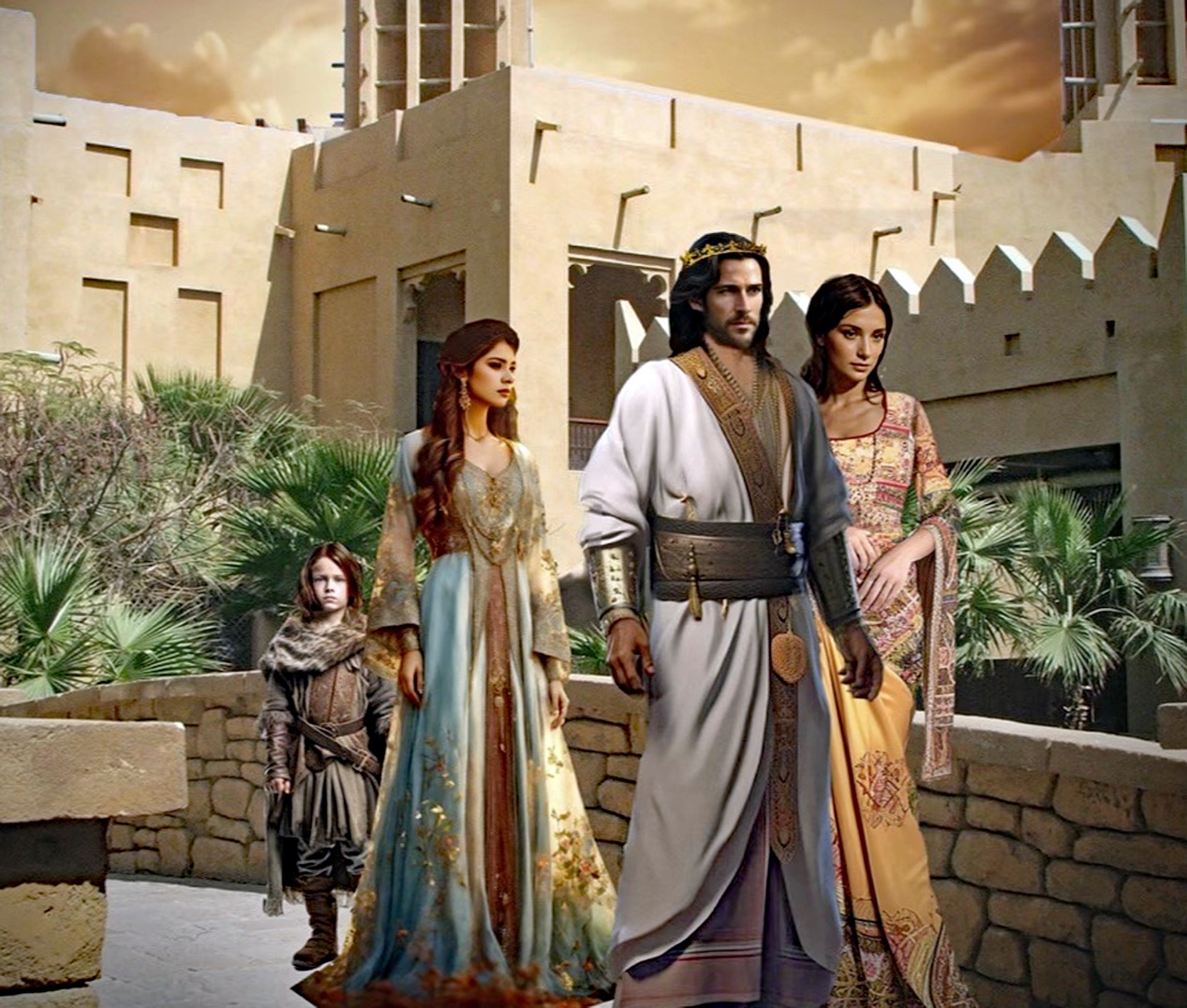
David was 30 years old when he was
crowned King of Israel. When the
Philistines heard this, they attacked
repeatedly, but Yahweh was with
David and gave him victory over his
enemies. David now took more wives
and had more children. He made
Jerusalem the capital and brought the
ark of the covenant there. His victories
in battle were tremendous. He fought
the Philistines, the Geshurites, the
Gezites, the Jebusites, and the
Amalekites. But he had troubles too.
His first wife, Michal, King Saul's
daughter, despised David in her heart
because of his passionate exuberance
in dancing before the Lord when the
ark was brought to Jerusalem. She
also may have resented him for taking
her away from her second husband,
given to her by King Saul.

During his lifetime David was a
shepherd, poet, musician, warrior, and
king. He excelled in every area. He was
also renowned for defeating his
enemies and he managed to retain
unfading popularity with his people.
He lived in a palace with his wives and
children and had everything a man
could hope for. His courage and
d e v o t i o n t o Y a h w e h w e r e a l s o exemplary. In fact, Yahweh described
him as "a man after My own heart who
shall fulfill all My will." But there was one blot on his record that would cost
him the loss of his blessings. It
happened during a war campaign when
he stayed back in Jerusalem while his
army was away fighting enemies.

David was walking along the roof of his
palace, gazing at the city below, when he
spied a beautiful woman at her bath in the
house next door. She was Bathsheba, the
wife of Uriah the Hittite - one of his
Mighty Warriors. David was entranced
with her beauty and lusted after her. He
sent his messengers to bring her to his
palace, where he slept with her. When she
became pregnant, David called Uriah back
to the city and tried to encourage him to
have relations with his wife, so that
Bathsheba's baby could then be passed off
as belonging to Uriah. However Uriah felt
uncomfortable because none of the other
soldiers got this kind of preferential
treatment, so he didn't take advantage of
this favour. Then David had his general
put Uriah in a dangerous place in battle so
that he would be killed. Everything went
according to plan - Uriah was killed and
David thought his secret was safe.
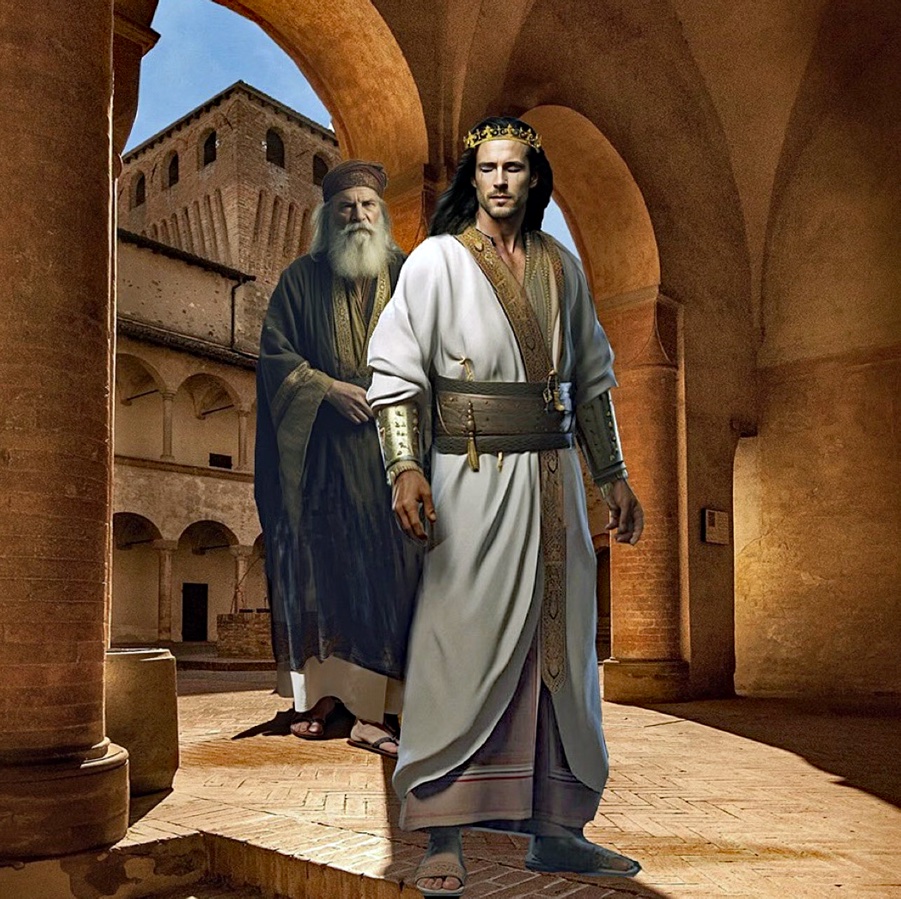

Yahweh sent a prophet to confront David
about his sins. He told David that even
though he would be forgiven, there
would be serious consequences.
Bathsheba gave birth to a baby son and
David loved the child, but true to His
word, Yahweh took back the life of the
baby and David was heartbroken that he
had caused the death of his son. David
deeply grieved and repented of his evil
deeds and Yahweh, in His mercy, forgave
him. David then comforted Bathsheba
and slept with her, and she became
pregnant and gave birth to another baby.
David named him Solomon. Yahweh
loved the baby and sent blessings
through the prophet Nathan. David then
nicknamed the baby Jedidiah meaning
'Beloved of Yahweh'. Yahweh also told
David that Solomon would build a
Temple for Him and He made it clear
that Solomon (meaning peace) would be
the next king.

The house of David was plagued by tragedy
- Tamar, David's daughter, was seduced
and raped by her step-brother Amnon;
Absalom, the girl's brother, then killed
Amnon in revenge for having dishonoured
his sister; David was estranged from
Absalom for having committed the murder;
Absalom then turned against David and
tried to turn the people against him as well;
and at the end of David's life, Absalom
attempted a coup to get the throne so that
his step-brother Solomon couldn't become
the next king. Solomon's mother,
Bathsheba, quickly summoned the prophet
Nathan to help her defeat Absalom, and
Solomon was publicly crowned as king.
Nathan had once prophesied that the sword
would never depart from David's house
because of his sins, and this certainly came
true, although Yahweh never stopped
loving David.
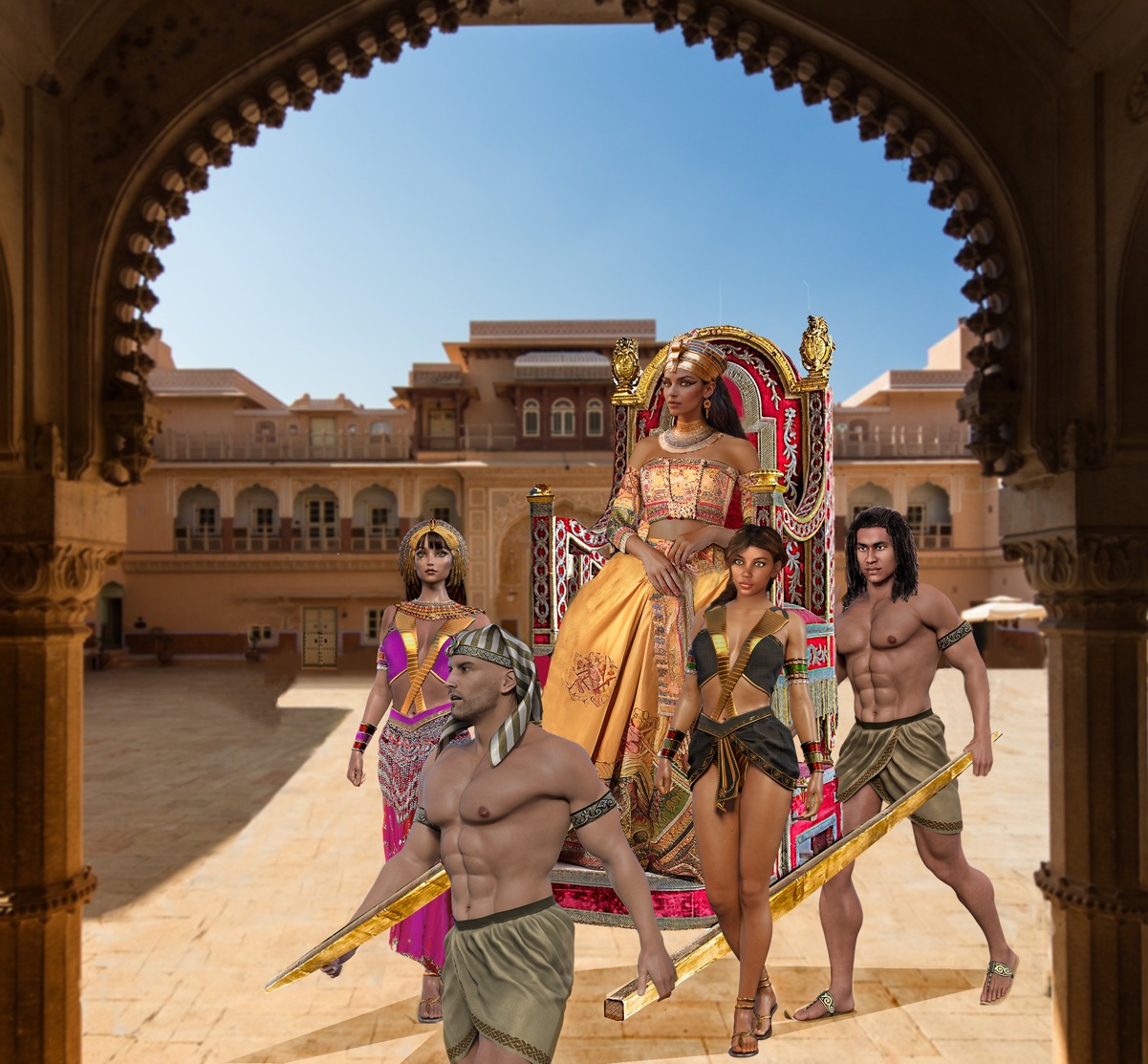
King Solomon succeeded to the throne
and he was renowned for his great
wisdom and fabulous wealth. Every
year he received from his taxes and
tributes the value of between
$1,092,906,000 and $1,165,766,400
(in U.S. dollars!) He was the world's
first and only trillionaire. He became
so rich that all his cups were made of
gold. Silver and other precious metals
were as common in Jerusalem as
stones. He also had thousands of wives
and concubines whom he acquired
largely to secure diplomatic relations
with other nations. The Queen of
Sheba from Ethiopia heard the stories
and was intrigued. She traveled all the
way from her homeland to meet
Solomon to see if the king was as wise
and wealthy as purported.
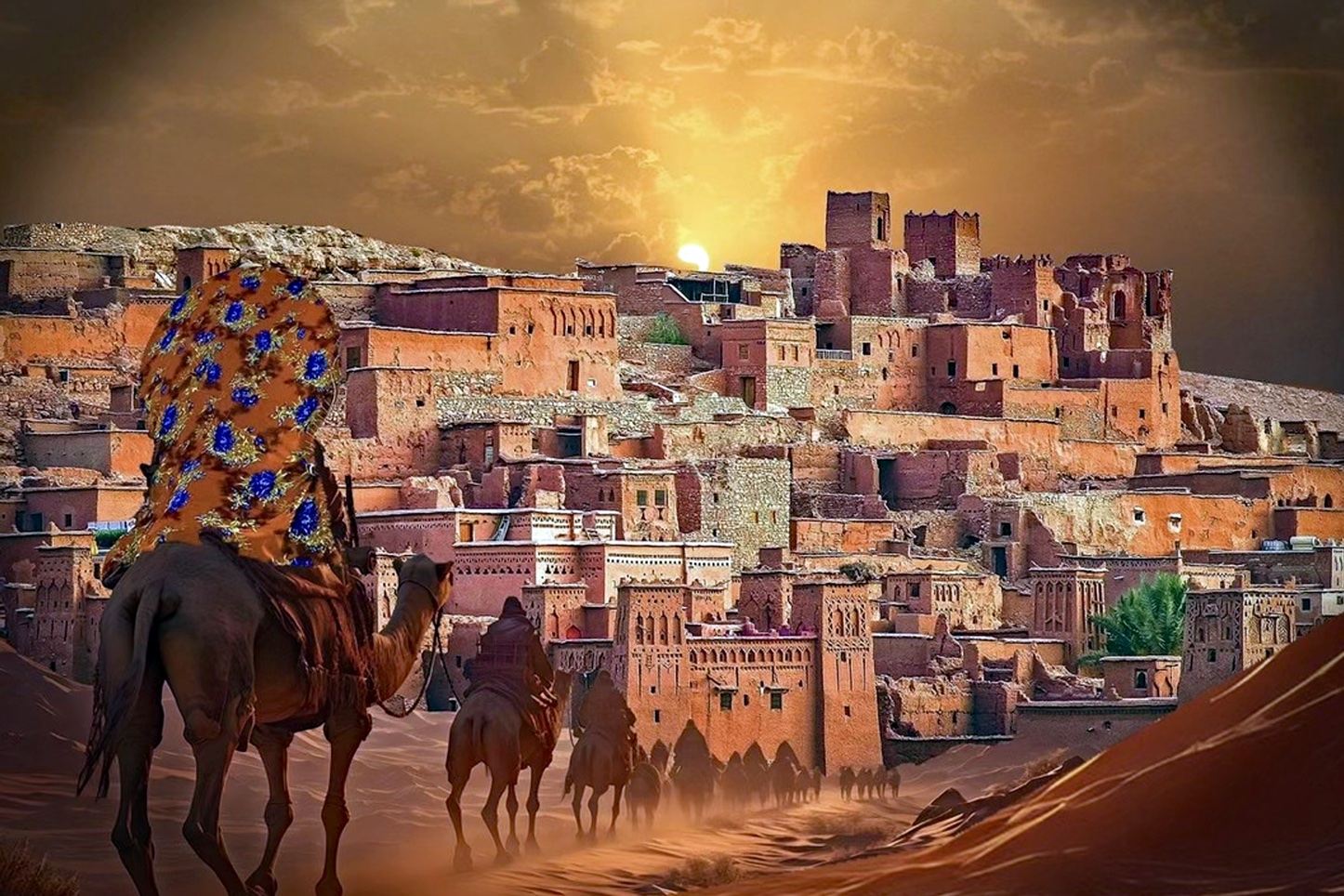
The Queen of Sheba was the ruler of the kingdom of Saba' (or Sheba) in southwestern Arabia.
She traveled in a long camel caravan bearing gold, jewels, and spices. The purpose of her visit was to test Solomon’s wisdom by asking him to solve a number of riddles. She also hoped to establish trade and commerce ties between Israel and her own country. The journey was 1,2000 miles to Jerusalem.
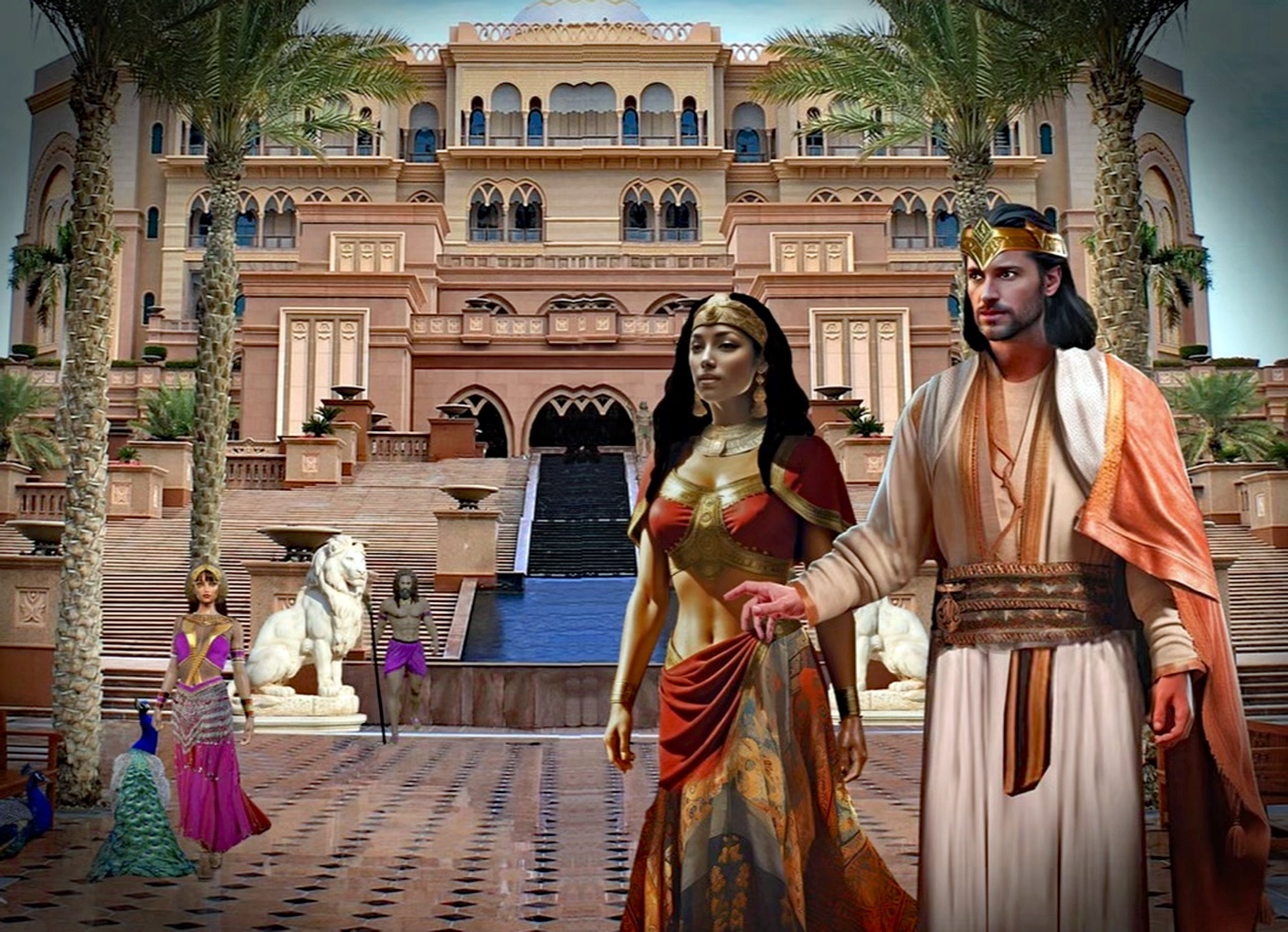
When King Solomon showed the Queen his palace and the temple he had built for Yahweh, she was overwhelmed, saying that the things she was seeing far surpassed what she had been told. Both heads of royalty exchanged gifts but Solomon's gift was much larger than the queen's.
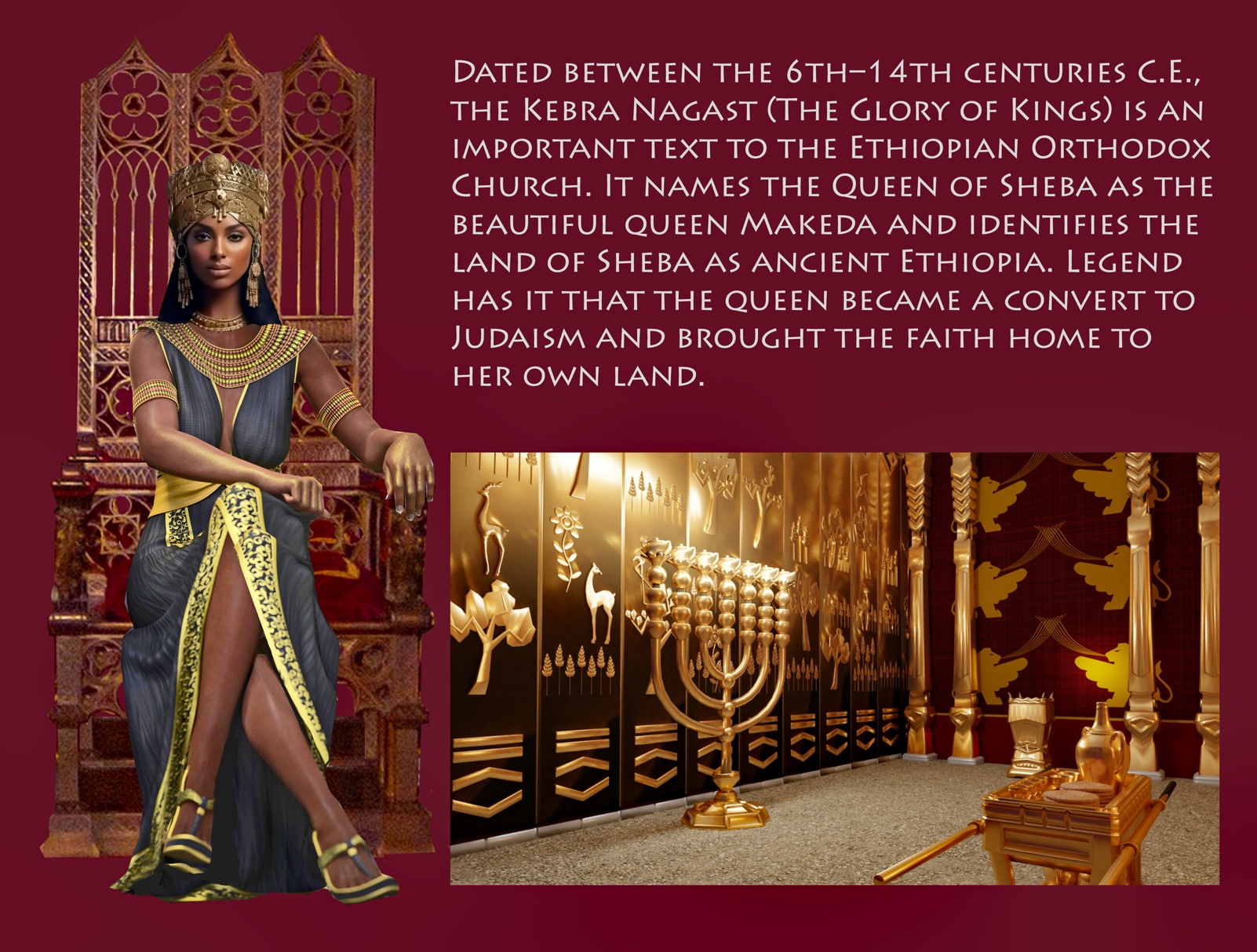
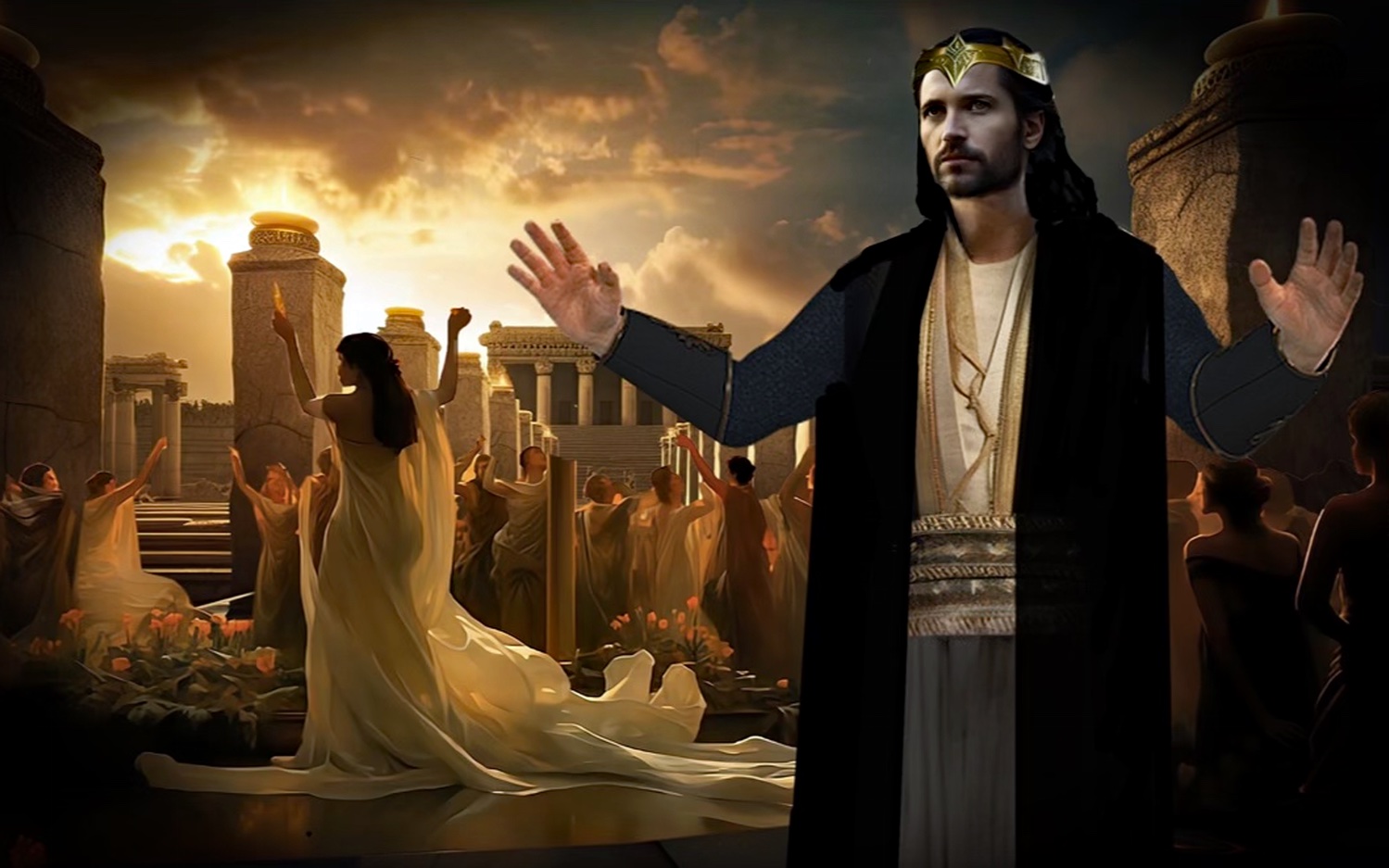
Most of the king's many marriages were formed for diplomatic reasons with neighbouring nations. Many of those nations were pagan and practiced idolatry.
Ties with them enabled Israel to finally be at peace with her neighbours, but they also brought pagan practices into her culture. Solomon even set up altars to his wives' gods in Jerusalem.

Yahweh was angry that Solomon had
turned to idolatry and broken the
covenant. Yahweh warned that Israel
would be divided after the king died.
Only Judah would go to Solomon's son,
for the sake of His promise to David.
After Solomon died, it didn't take long
for Israel to become embroiled in many
wars. Even though the Jewish people had
defeated their enemies, built the Temple,
and had a wealthy economy, the nation
divided into ten northern tribes and two
southern tribes, Judah and Benjamin,
the only ones who remained loyal to the
House of David in Jerusalem. They
became known as the kingdom of Judea
(from where the word “Jew” was
eventually derived).
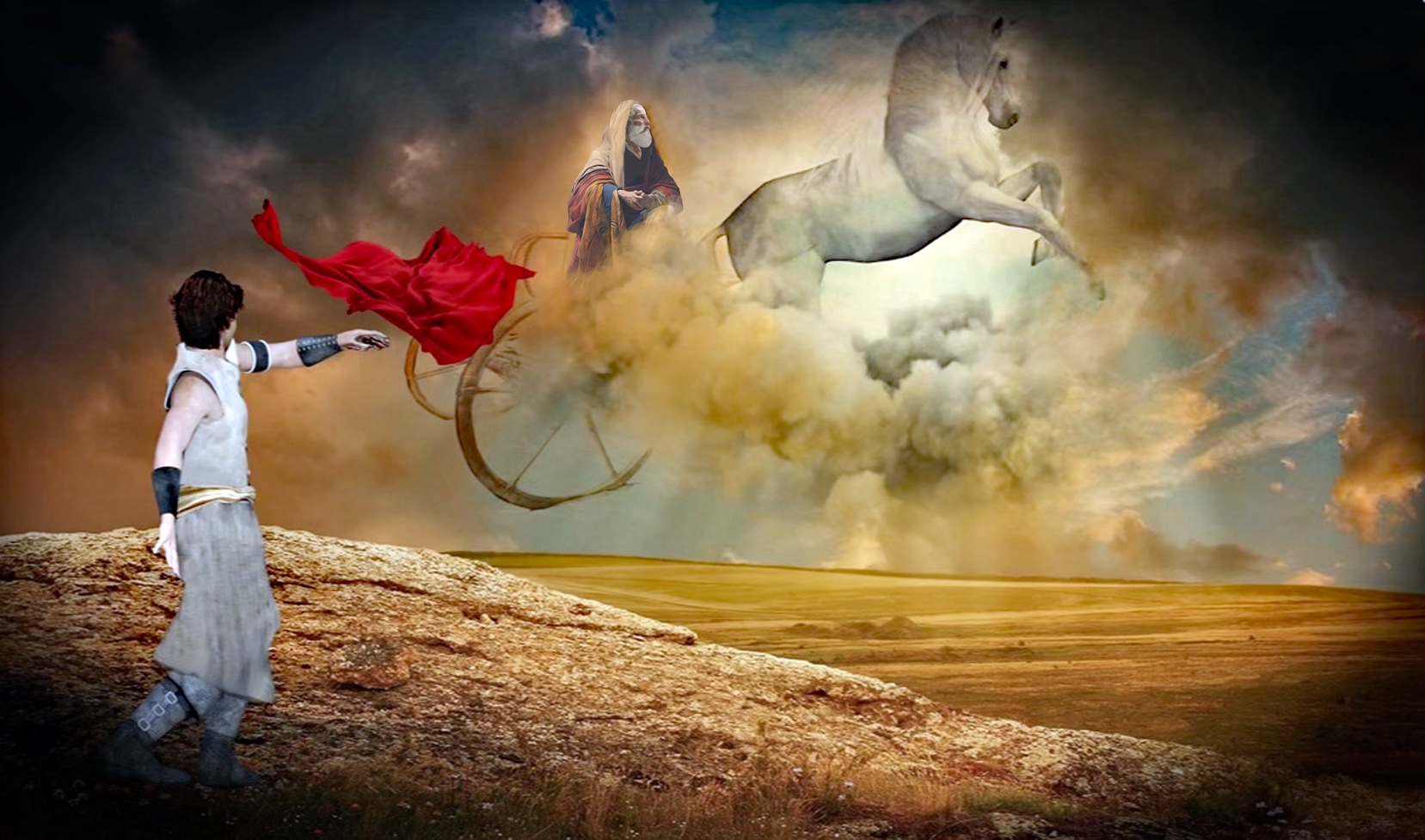
Yahweh sent many prophets over the years to steer Israel away from wickedness. One was Elijah who was expected to come back to earth to make way for the coming Messiah. (This was a metaphorical reference to John the Baptist who would point out Messiah's identity centuries later.) Elijah was taken up into the clouds of heaven in a chariot, his mantle falling down to Elisha, who would become the next prophet after him.
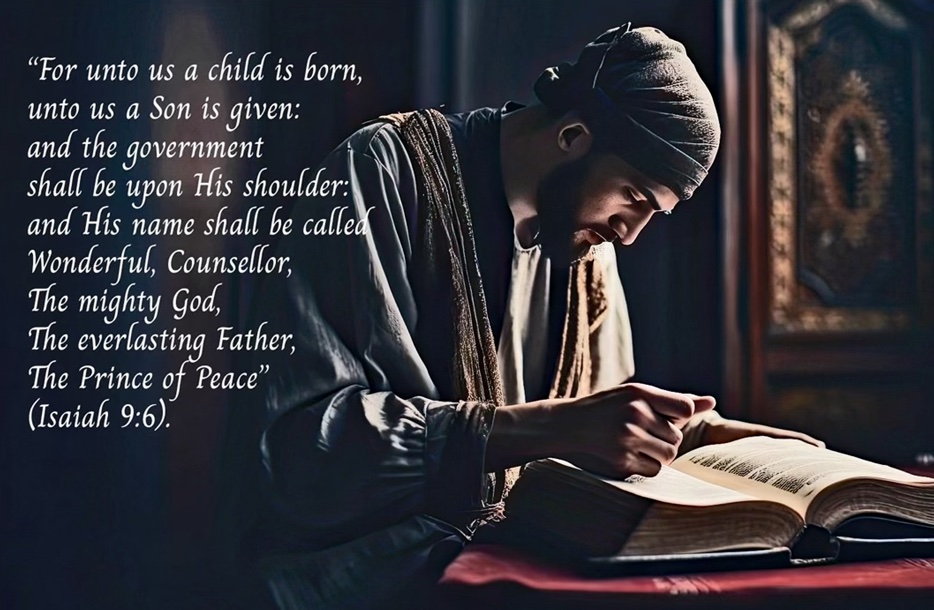
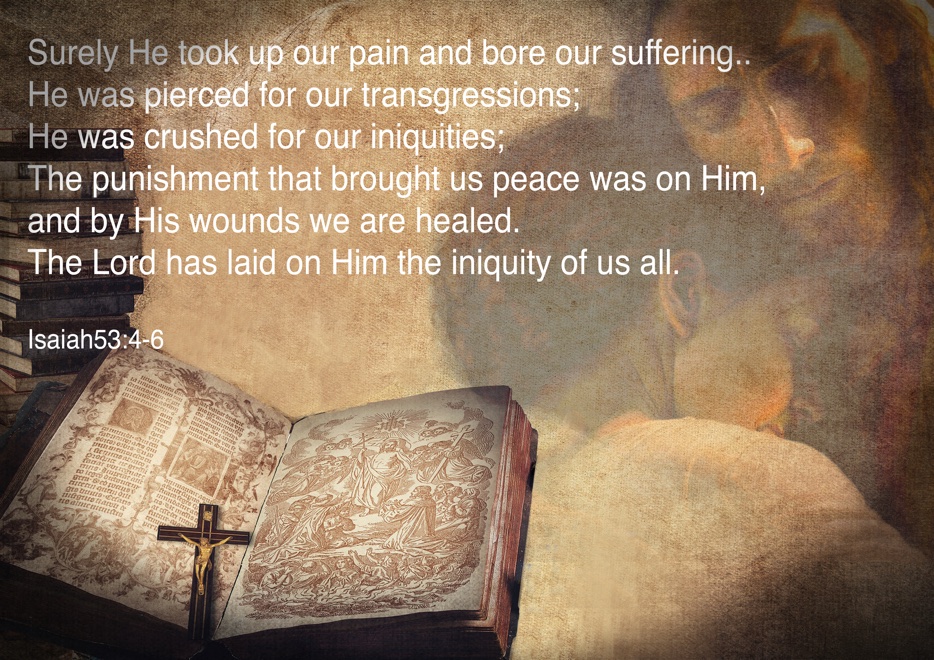
Another prophet was Isaiah who
foretold that Yahweh's Son, the
promised Seed, would establish an
everlasting kingdom when He came
to earth. More than 300 Scriptures
allude to Jesus, His lineage, and
method of execution, all of which
could not have been accidentally
fulfilled. They are remarkable proof of
the veracity of the Jewish Scriptures
and the clear identity of the Messiah
who knew He was fulfilling these
prophecies, and used this knowledge
to confirm His claims of being the
Son of God in the flesh. He would tell
His followers: " You search the
Scriptures because you think they
give you eternal life. But the
Scriptures point to Me!" (John 5:39)
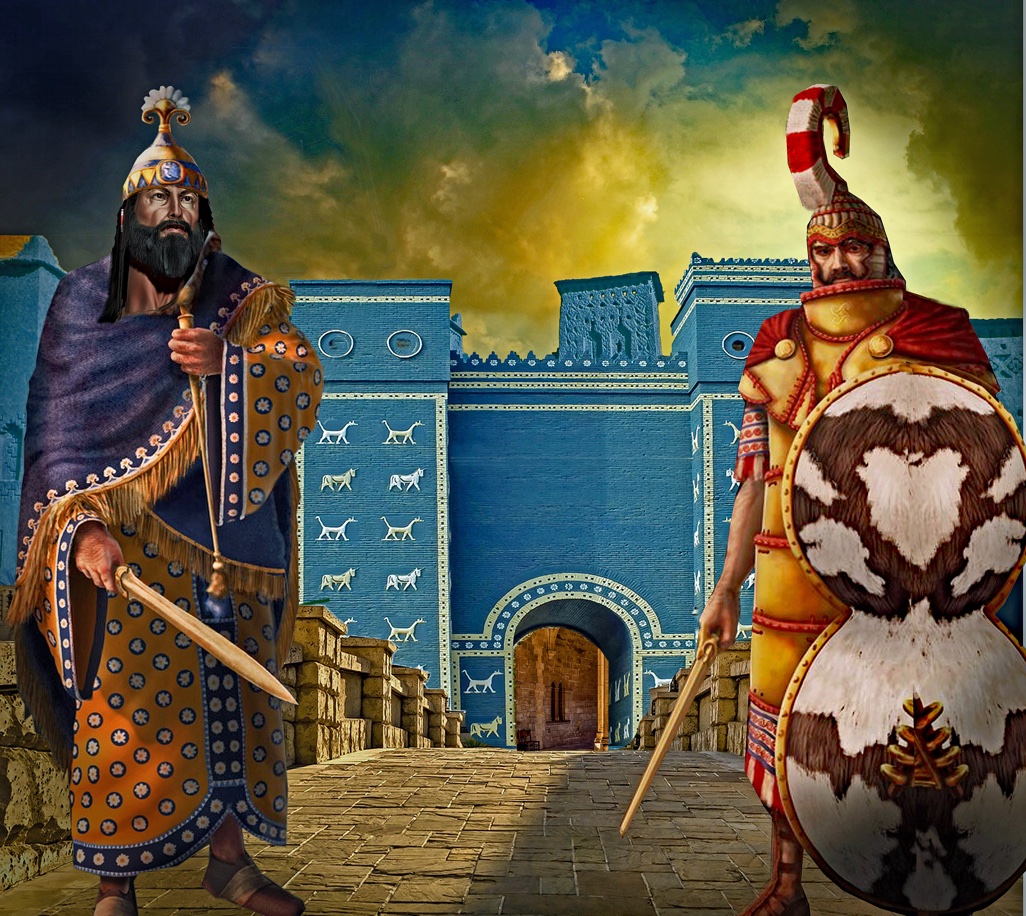
In 589–587 BC) the Babylonian king,
N e b u c h a d n e z z a r I I , b e s i e g e d Jerusalem and destroyed the city and
Solomon's temple, carting off all the
spoils to Babylon. Archaeological
r e s e a r c h h a s s h o w n t h a t t h e
Babylonians systematically destroyed
the city with fire and that the city wall
was pulled down. The Kingdom of
Judah was dissolved and 10,000
prominent Jews were taken to
Babylon as well. These were set apart
to be trained for administrative
positions in Babylon. They were given
Babylonian names and treated well.

Daniel (renamed Beltashazzar) and his 3 friends, Shadrach, Meshach, and Abednego, were young Jewish noblemen who were given favour in King Nebuchadnezzar's court. They studied all the arts and sciences of Babylon while still remaining true to Yahweh. They were allowed to follow Yahweh's dietary rules and other laws as long as they didn't conflict with Babylonian decrees.

The faith of Daniel's friends was challenged the day the king decreed that everyone had to worship a 90 foot golden statue made in his image. The young men refused to bow to the statue, even after being threatened with death. They said they would bow down to no other god but Yahweh. The enraged king had them thrown into a fiery furnace which was so hot that even the guards, who threw the three Jews into the furnace, died. After a time Nebuchadnezzar looked inside the furnace and was amazed to see four men walking in the fire. One looked like an angel.
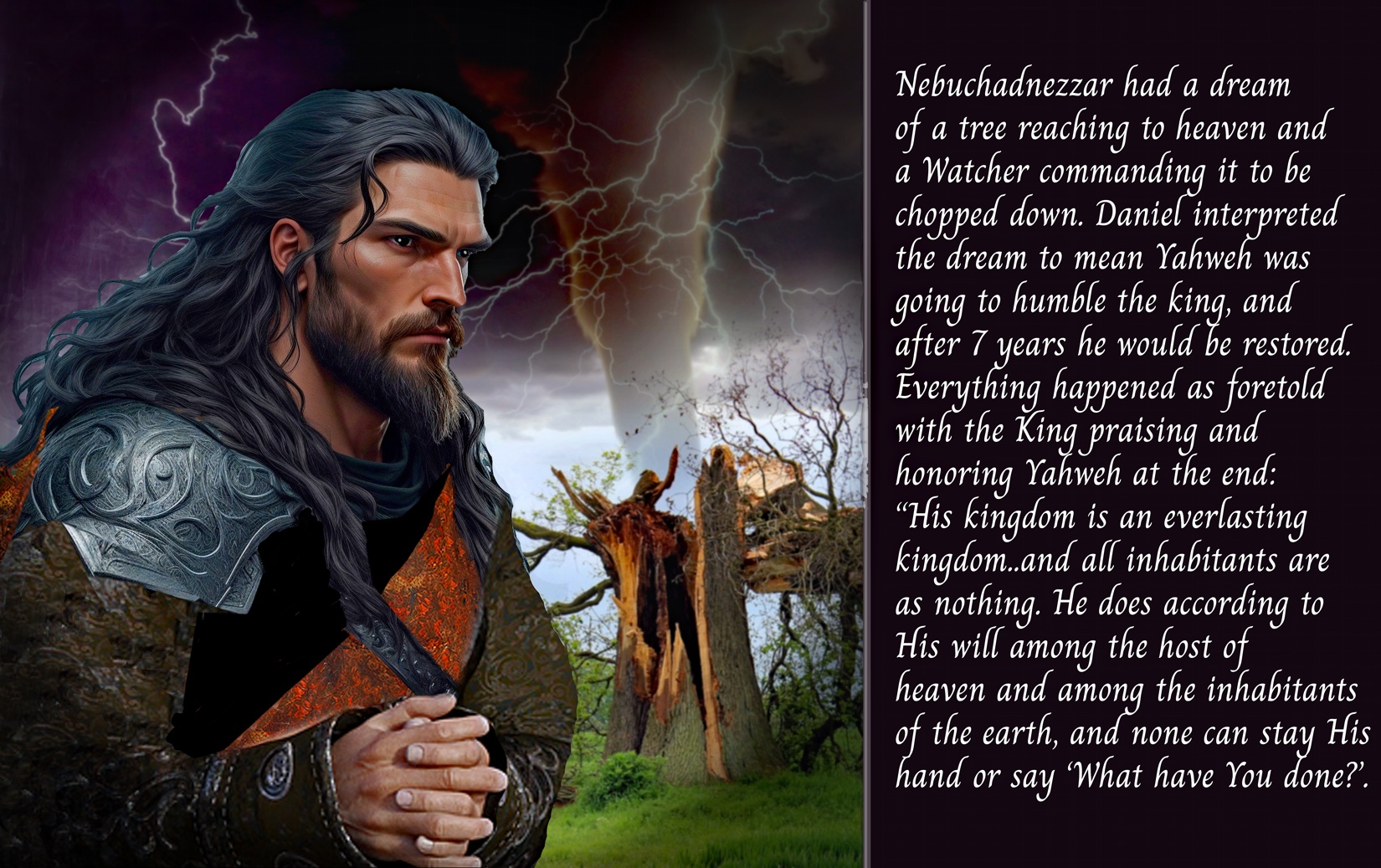
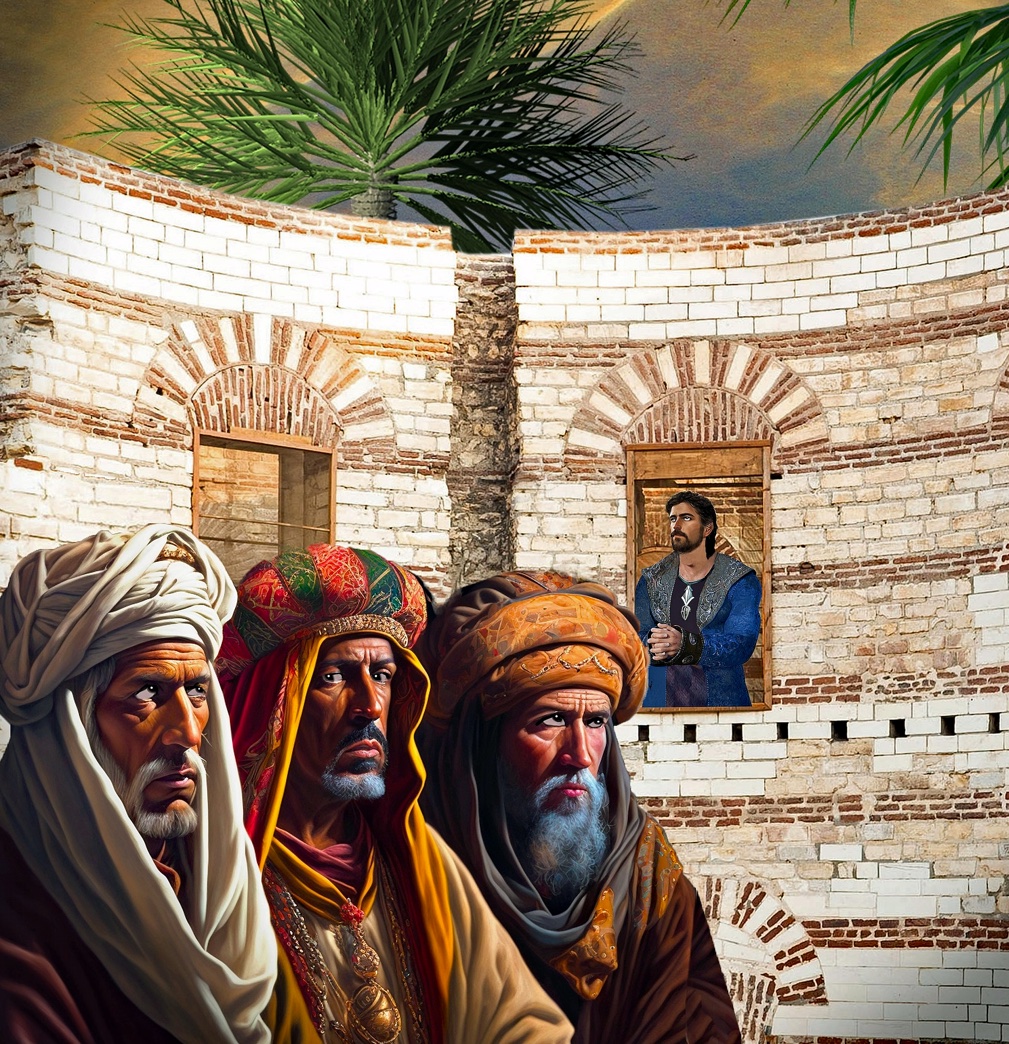
Nebuchadnezzar’s descendant,
Belshazzar, ruled after him, and
Daniel served as his counsellor too.
Then the Medo-Persians defeated the
Babylonians and Darius the Mede
came to power. Daniel again served
as a counsellor to the new king. King
Darius was generous and supportive
of the remnant of the Jews, but some
of his officials were jealous of Daniel
and disliked that he had the king's
favour. They tricked Darius into
forbidding prayer for one month to
any god but the king. Then they
waited to inform on Daniel who
continued to pray to Yahweh 3 times
a day as usual.
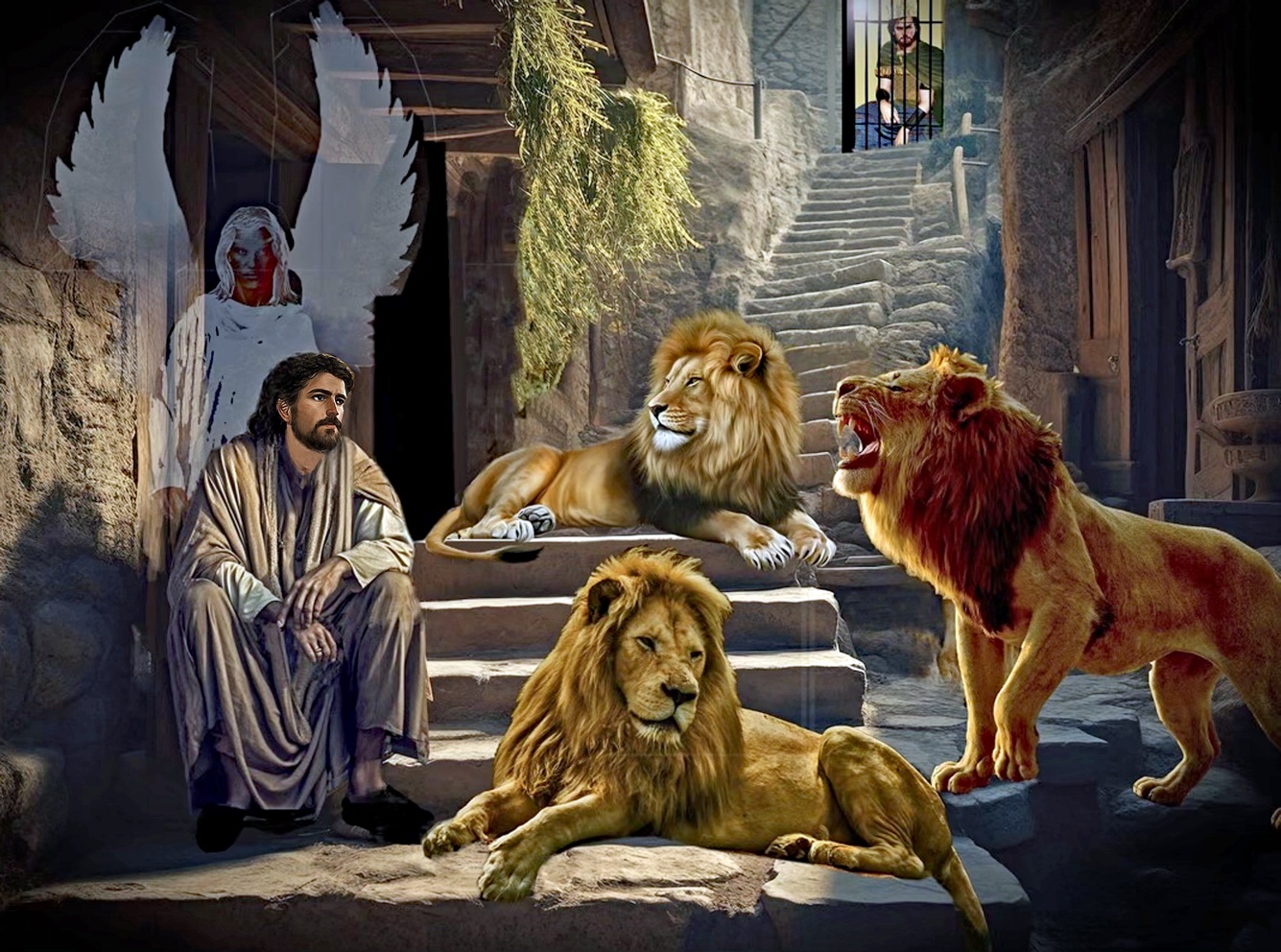
The king was reluctant to have Daniel thrown in a lion's den but he could not go against his own decree. However Yahweh sent an angel to stop the lions from harming him. When Darius went next morning to see how Daniel fared, he was overjoyed to see him alive and well. He had Daniel released and then he had the jealous officials thrown to the lions instead.
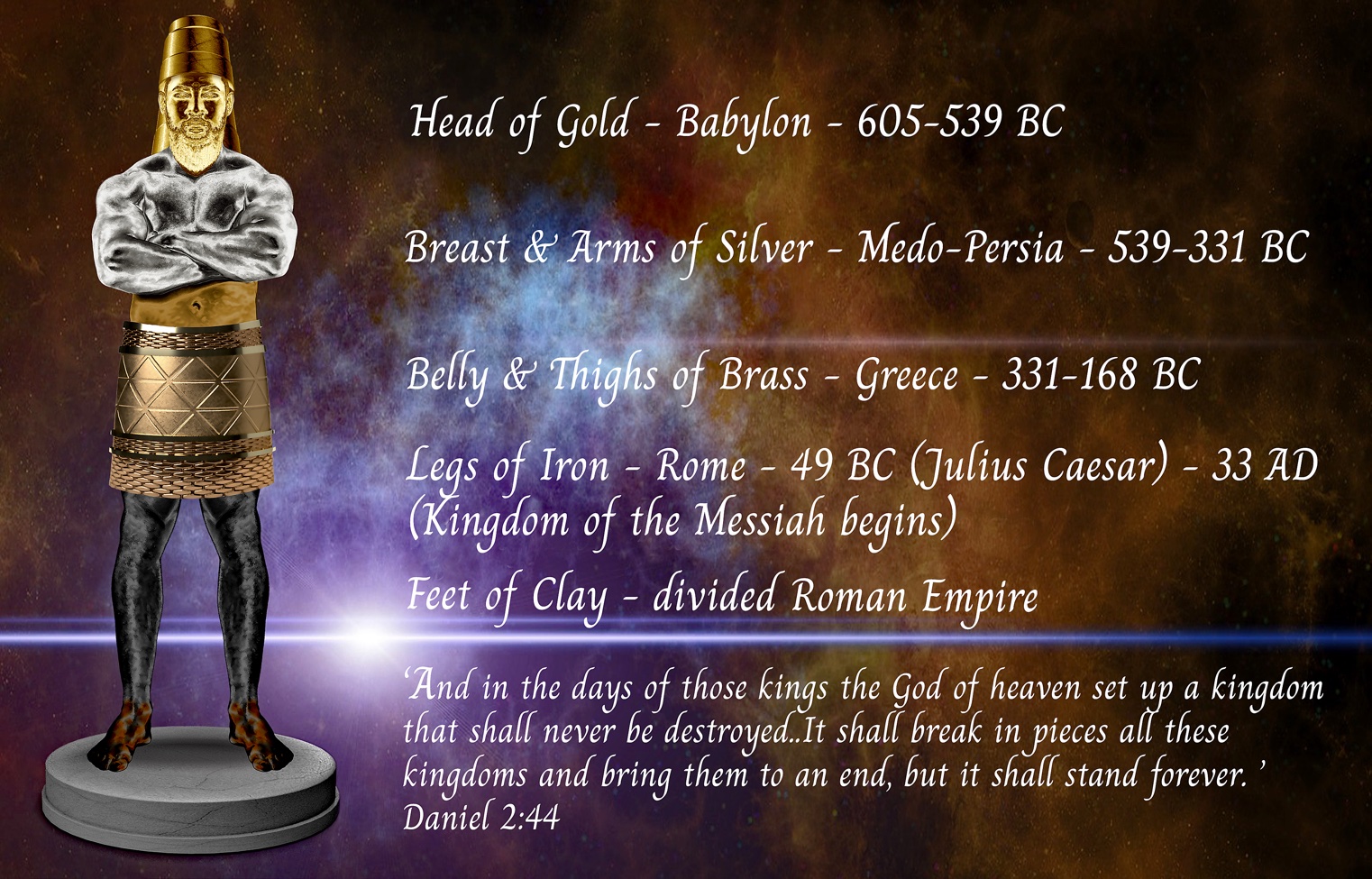
Daniel was a high official in Babylon who received many visions from Yahweh. Some depicted the future of the nations, such as the image Daniel saw with a head of gold (Chaldeans), arms of silver (Medes and Persians), torso of brass (Greece), and legs of iron (Roman). Then a stone not cut by human hands destroyed the statue and became a mountain filling the whole earth. This last kingdom was the Kingdom of Messiah.
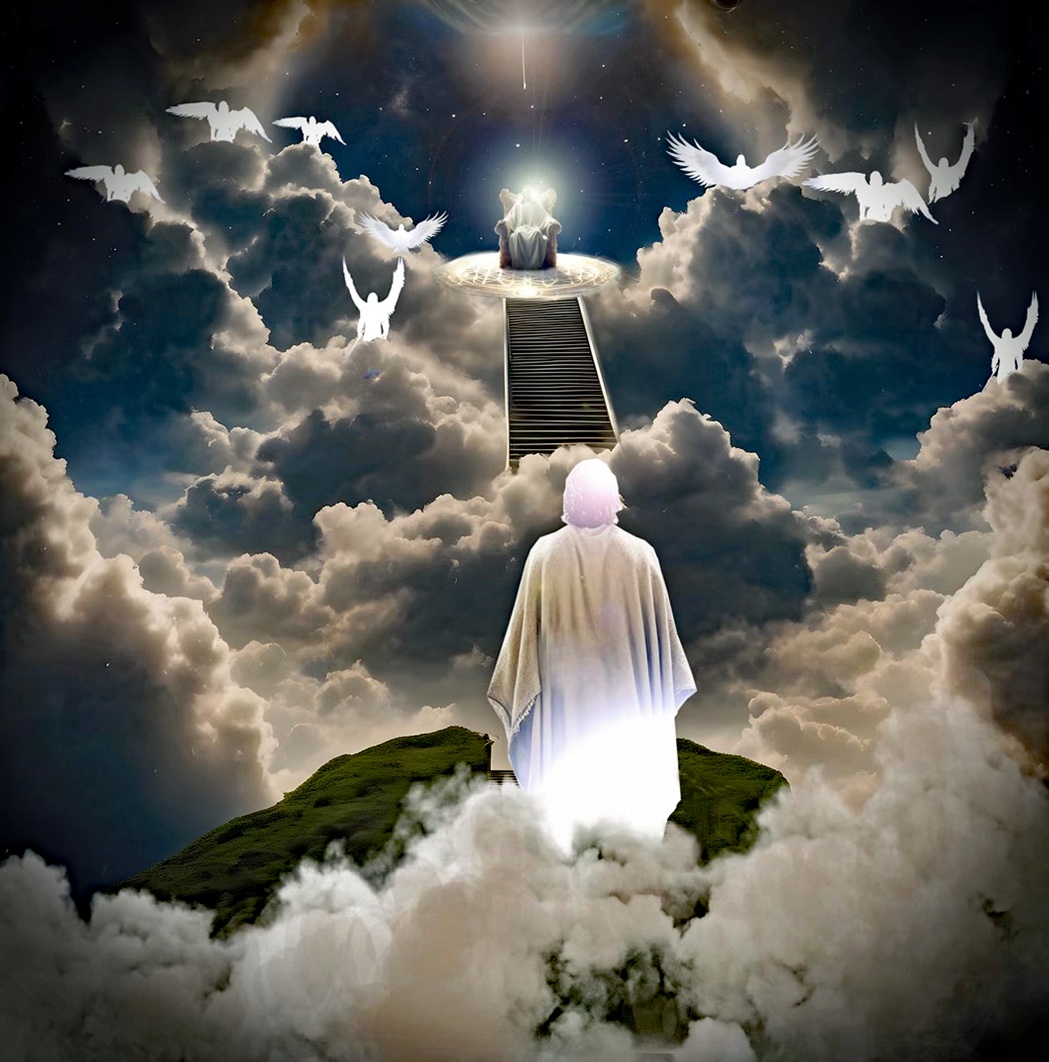
Daniel received many visions from
Yahweh during his lifetime. One
vision was of Yahweh as the
Ancient of Days, sitting on His
flaming throne surrounded by
countless angels. His hair and
clothing were white as snow which
signify His existence before time
began, as well as His wisdom and
perfection. The throne is symbolic
of judgment. Then One who looked
human came on clouds and was
presented before Him. This 'son of
man' received dominion, glory, and
an everlasting kingdom and was a
picture of the coming Messiah.
Jesus knew this vision alluded to
Himself and He often referred to
Himself as the 'Son of Man'.
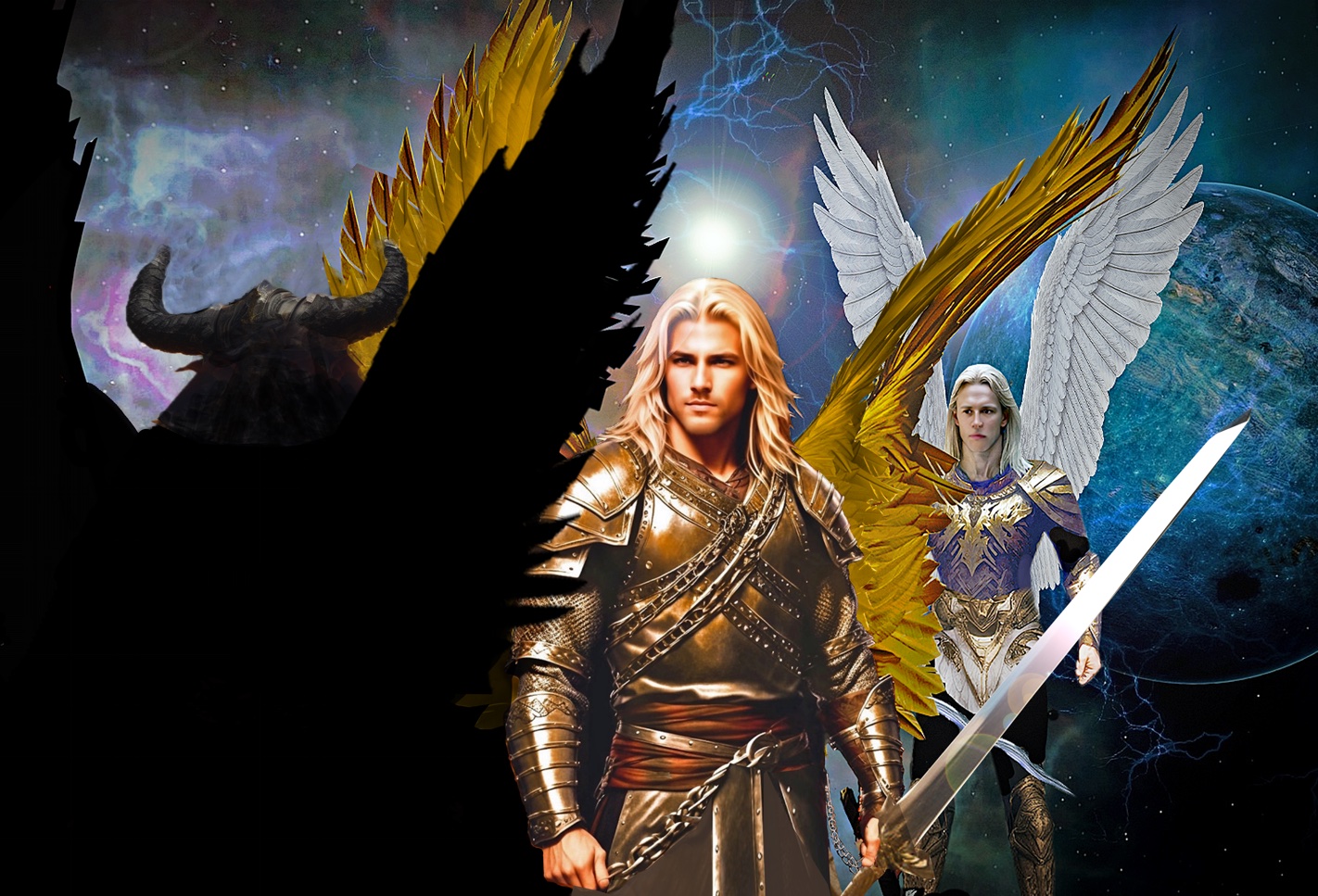
Daniel often received messages from Yahweh in answer to his prayers. One time there was spiritual opposition to a particular message from Yahweh concerning the future of Israel.
The angel Gabriel was bringing the message to Daniel in the form of a vision when he was opposed by one of the evil Watchers, the prince of Persia. This wicked angel managed to hinder Gabriel for 3 weeks, until the mighty archangel Michael came to his aid. Many of the conflicts on earth had direct parallels to cosmic spiritual warfare in the heavens.

The cosmic battle going on when
Daniel was praying to Yahweh to tell
him about Israel's future, was
intense. It involved Michael,
Yahweh's mightiest archangel, and
the Prince of Persia. It appears that
they were in conflict because the
Watcher did not want Daniel to know
Israel's future, or the timing of
Messiah's arrival to earth. Michael
was the Watcher over Israel and
always protected her from her
enemies, but Israel had fallen away
from Yahweh and it seems Michael
had been withdrawn from his post.
This is why Persia was able to
conquer Israel. However because
Yahweh loved Daniel and His people,
Michael was sent to help make
certain that Daniel received Yahweh's
reply to his prayer.

Enoch 1 has a lot to say about the
Watchers, although the Bible speaks of
them also. The book of Job mentions a
council of Watchers who were assigned
to the nations at Babel. They were to
carry out justice for the humans under
their authority, but they became evil
and led people into pagan worship and
idolatry, just as they do to this day. The
book of Daniel also alludes to them and
t h e a p o s t l e P a u l c a l l e d t h e m
'principalities and powers'. Although
powerful, they cannot withstand the
great archangel Michael, and they have
no defence against the power and
authority of the Commander of the
Lord's Army, which is a reference to the
Son of God Himself. This Commander
is also called the Seed of God and the
Watchers focus their opposition against
Him.
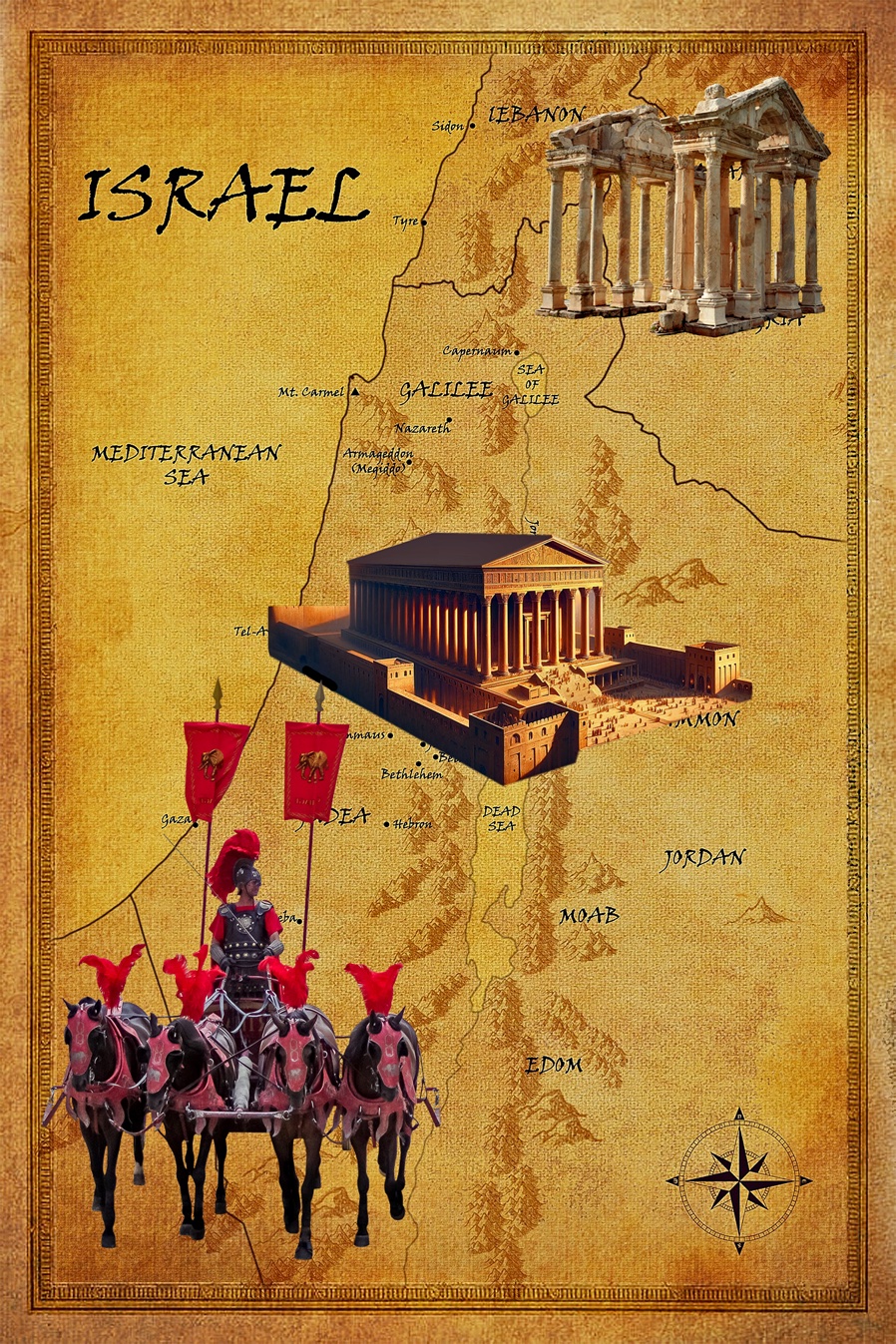
Just as had been revealed to Daniel, the
Romans became the next conquerors over
Israel. This occurred in 63 B.C. bringing
the region under Roman control, although
they used local leaders to govern. The most
famous was a ruthless military commander
named Herod the Great who remodelled
the Jerusalem temple. At this time Yahweh
came to be addressed as 'God' (derived
from the Greek) or 'Lord'. High priests
oversaw worship in the temple. One Jewish
group was the Pharisees, who adopted the
highest standards and were interpreters of
Jewish law. The Sadducees were a priestly
group that used the law but not the other
writings. Another group, the Essenes, lived
in separate communities. They considered
the temple leadership to be corrupt. There
were also Zealots who sought to regain
Jewish independence from Rome. Most of
the Jews were desperate for a Messiah who
would defeat the Romans and cause Israel
to rule over the nations.

The Jews awaited a majestic Messiah, a strong ruler who would drive the Romans from their land. It was imagined that He would come with great fanfare and all the nations would become subject to Him. However God had other plans for the Messiah's arrival. His plan was to send the Deliverer by stealth, under the radar of both man and demon. There would be no fanfare to herald His coming or alert the Watchers. Instead He quietly sent the archangel Gabriel to visit Mary, a young Jewish virgin living in Nazareth, to announce His plan.
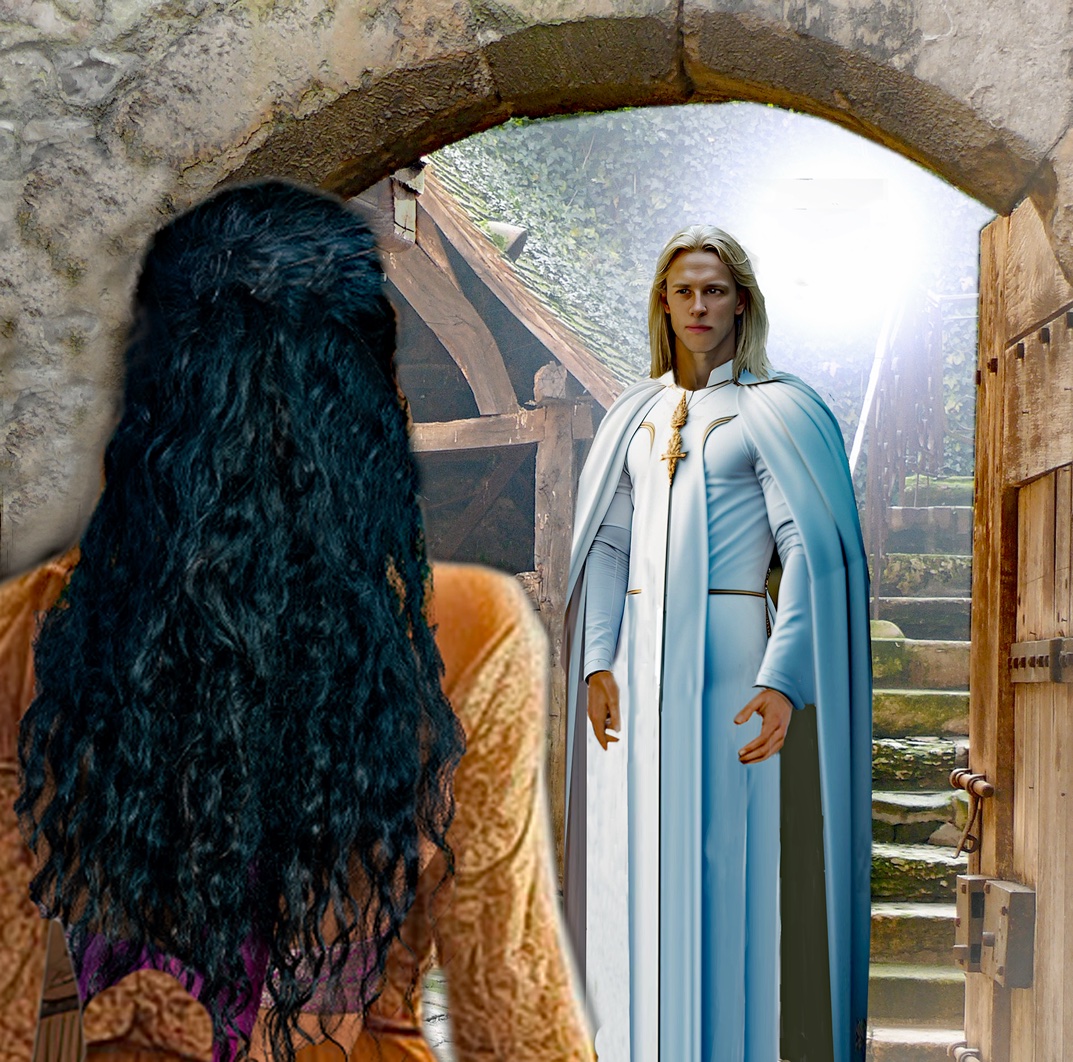
Gabriel told Mary that she was highly
favoured by God. She was a woman of
rare faith, which is why God had chosen
her to bear the Messiah. She was
already betrothed to a man called
Joseph, an honest man who worked as a
carpenter, but they were not yet
married. Both were in the lineage of
King David, Mary being descended from
the tribe of Judah and a descendent of
David. However Gabriel told Mary that
Joseph, her betrothed, would not be the
baby's father. Mary would become
pregnant by means of a miracle of God's
Holy Spirit. Because her babe would
have no human father, no sin nature
would be inherited by Him through her
ancestor, Adam. This was highly
important for the rescue of humanity.

Mary must have been an exceptional
person for God to have chosen her.
She was a virgin, yet unmarried, and
pregnant. Being a virgin meant she
had never known a man, but as soon
as it became obvious that she was with
child, the world around her would
have assumed that she had slept with a
man. The obvious surmise would have
been that she and her betrothed
husband had sexual relations before
their marriage had been finalized.
That was not unusual, although
frowned upon. There was often a year
between betrothal and the marriage
feast. However in Mary's case, her
betrothed husband would have known
the baby couldn't be his. He would
naturally assume she had committed
adultery.

Joseph loved Mary but at first he made the logical conclusion that Mary had betrayed him with another man. Because of this he felt he couldn't marry her, but it placed him in a dilemma. Jewish Law condemned both the adulterous woman and the man she sinned with to the death penalty. Although this sentence was rarely carried out, exposure to public shame carried many serious repercussions.
However God revealed the truth to Joseph in a dream, and he immediately married Mary and kept her chaste while she carried God's holy Child.

Mary and Jospeh's journey to Bethlehem fulfilled the prophecy in Micah 5:2. "But as for you, Bethlehem Ephrathah, too little to be among the clans of Judah, from you One will go forth for Me to be ruler in Israel. His goings forth are from long ago, from the days of eternity."
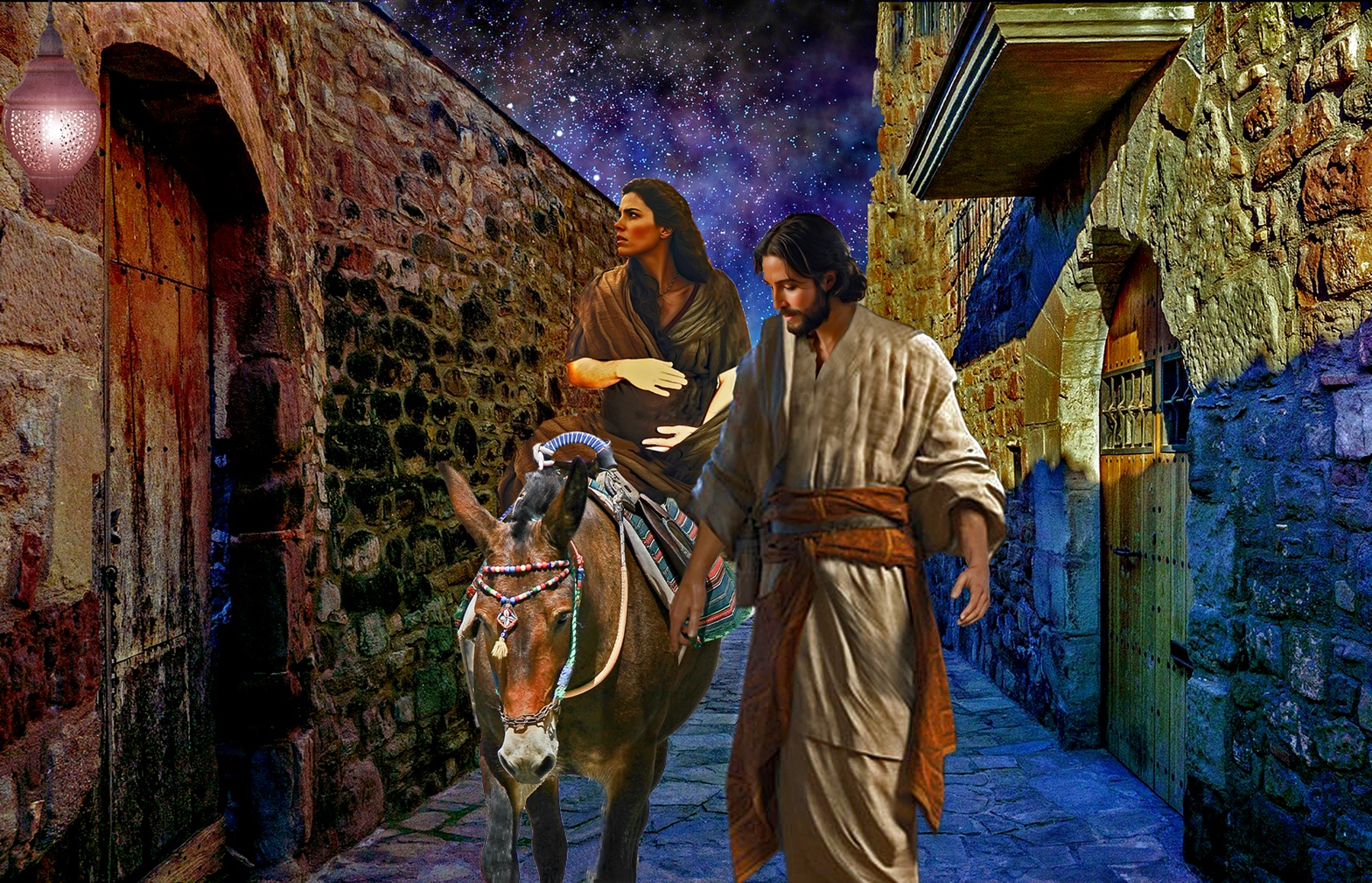
Mary and Joseph were stragglers into Bethlehem due to Mary's advanced pregnancy. It must have been a very arduous journey for Mary. When they tried to get accommodation in the town however, they found all the inns were already taken. Finally an innkeeper let them use the stable behind his inn.
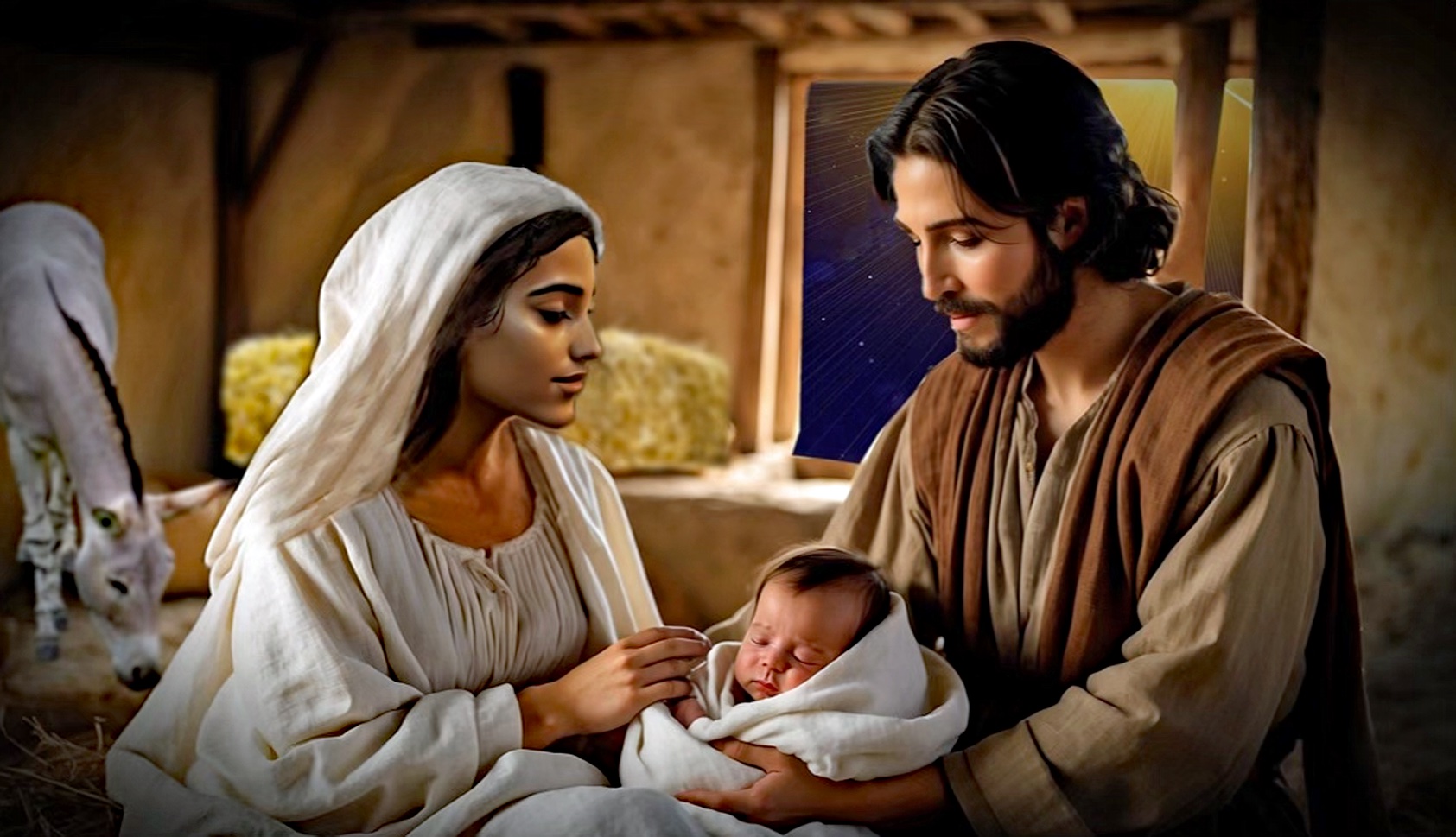
In a stable used for animals, Mary gave birth to a son, whom she named Jesus ("Yahweh saves"), the name Gabriel had instructed her to give to the baby. Mary placed Him in a manger filled with straw, and probably wondered at such an unlikely setting for the King of the universe.
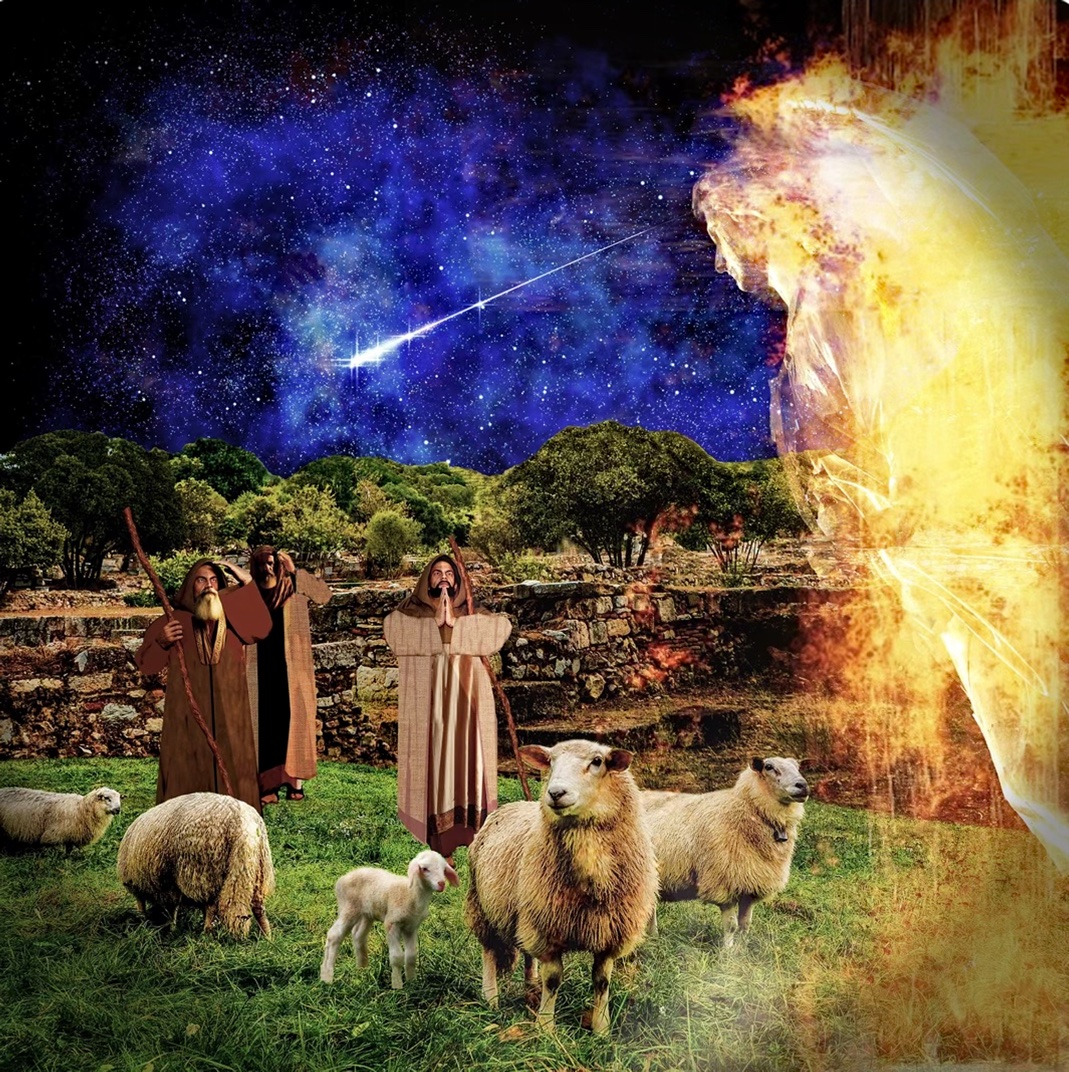
A few shepherds watching over their
sheep were shocked to see a great
shining angel suddenly appear before
them. They were terrified until the
angel gave them the good news that the
Great Shepherd Himself had arrived
and they would find Him lying in a
manger. It was strange that these
shepherds were honoured in this way.
Shepherds were poor outcasts in
society, scorned by the Pharisees and
looked down upon by others. Yet these
ordinary shepherds were the first to
hear of Jesus’ birth and to spread the
good news. After they saw Him, they
joined the angels in glorifying and
praising God for the awesome news of
Messiah's coming.
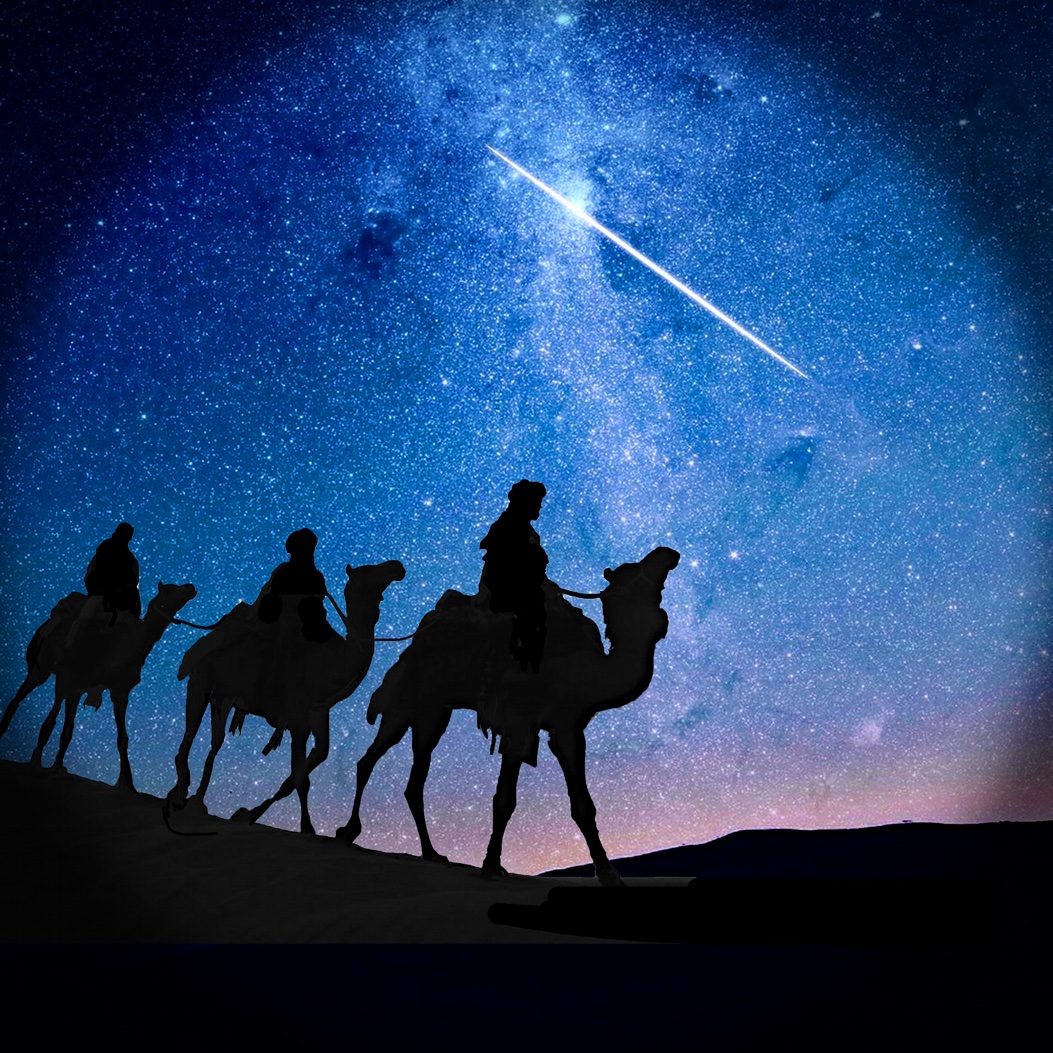
God summoned Gentiles from the east to
visit the new King. They were magi (like
Daniel had been), powerful advisors from
Persia. The magi first appear in history in
the seventh century as a tribe in eastern
Mesopotamia. Many historians consider
them to have been Semites, which link
them with descendants of Noah’s son
Shem. They may also, like Abraham, have
come from ancient Ur in Chaldea. The
magi became skilled in astronomy and
astrology (which, in that day, were closely
associated) and had a sacrificial system
that somewhat resembled the one God
gave to Israel through Moses. They were
noted for their ability to interpret
dreams. They had seen a strange star
hovering in the sky, and learning that it
portended a great king to be born in
Israel, they made the long trek to
Jerusalem.
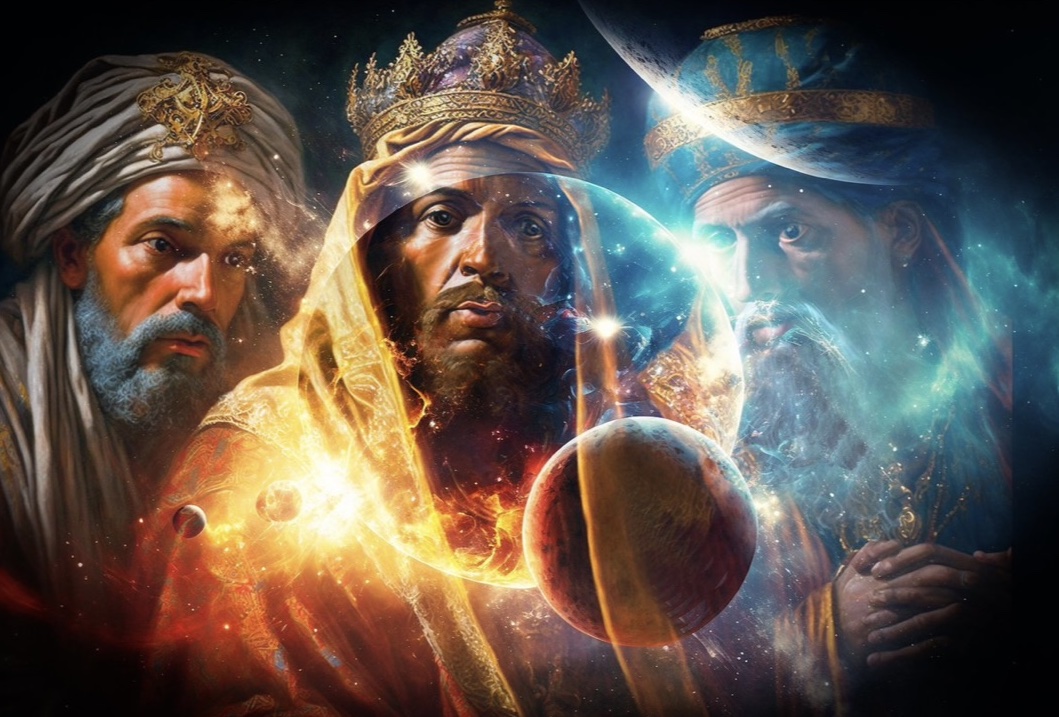
The Magi who followed the star were astronomers, and they likely had access to Daniel's prophecies which spoke of the time and place of Messiah's appearance. They linked the star to the prophecies and were able to follow it because it hovered low in the sky. It took 2 years to make their journey to Jerusalem.

The Magi visited King Herod in
Jerusalem and told him they'd seen
Messiah's star and were trying to find
Him. Herod wasn’t even a Jew. He was
an Edomite, one of Israel’s historical
enemies. He ruled by terror and murder
and was paranoid about losing his
position. One time he thought his own
sons were trying to assassinate him, so
he had them all executed. In the last
few years of his life, he became
increasingly mentally ill. When he
heard about a new king being born in
Judea, his paranoid fears were
magnified. He summoned his advisors
and discovered that the little king's
birthplace was Bethlehem. Then he
cunningly told the Magi to find the
child's location and inform him so he
could worship Him too, which was a lie
of course.
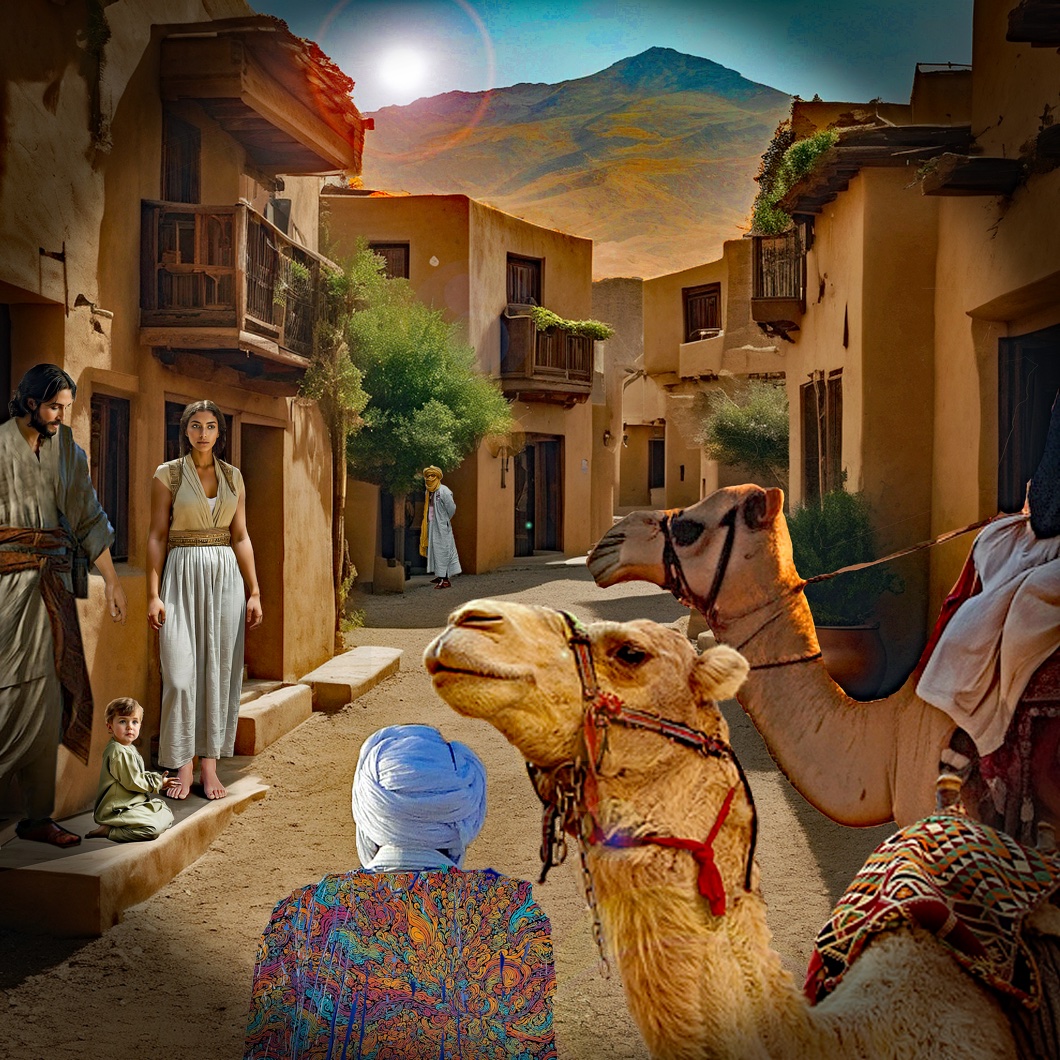
It is unknown how many Magi came
from the east to see the new king. It
is assumed there were three
because they brought three types of
gifts - gold, frankincense and myrrh
- but there could have been more to
their number. The Magi were
thrilled to see the star return. It
probably was not an ordinary star
because it hung so low in the sky
that it could be followed by the
caravan. Very likely it was an angel
sent to light the Magi's path to the
house where the child lived with
His family. The little Messiah
looked like any other toddler, but
He was actually the highest of all
beings, God Himself in the flesh.
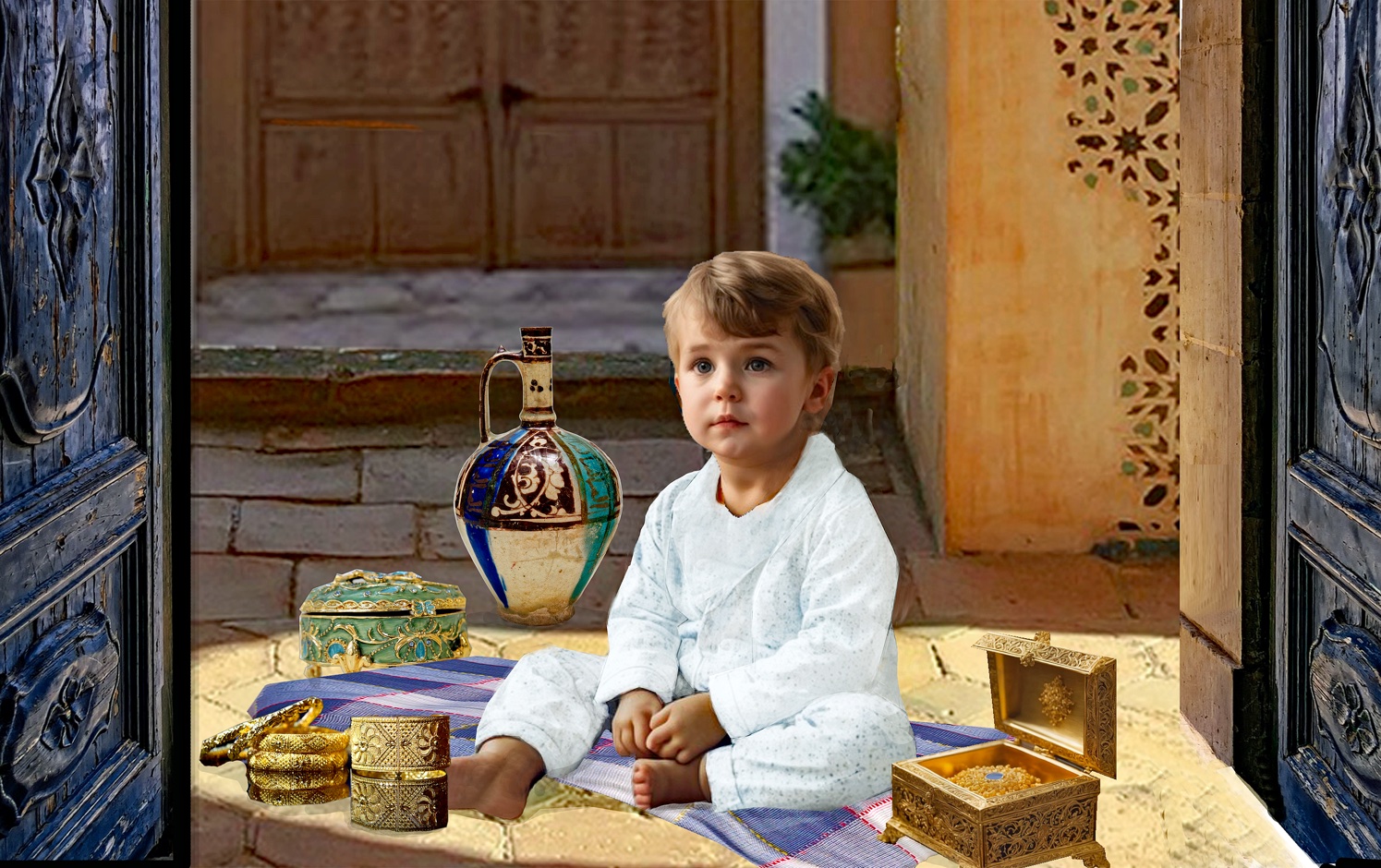
The Magi brought gold as a gift to Jesus. This was the Old Testament symbol of kings, so they were proclaiming Him king. They also brought frankincense which the high priest of Israel burned in the temple on the Day of Atonement. The Magi were proclaiming Jesus to be their high priest. The myrrh was an embalming oil, symbolizing Christ’s mortality as a man. These gifts may have shown that the Magi knew exactly who Jesus was - a King, a High Priest, and also Deity.
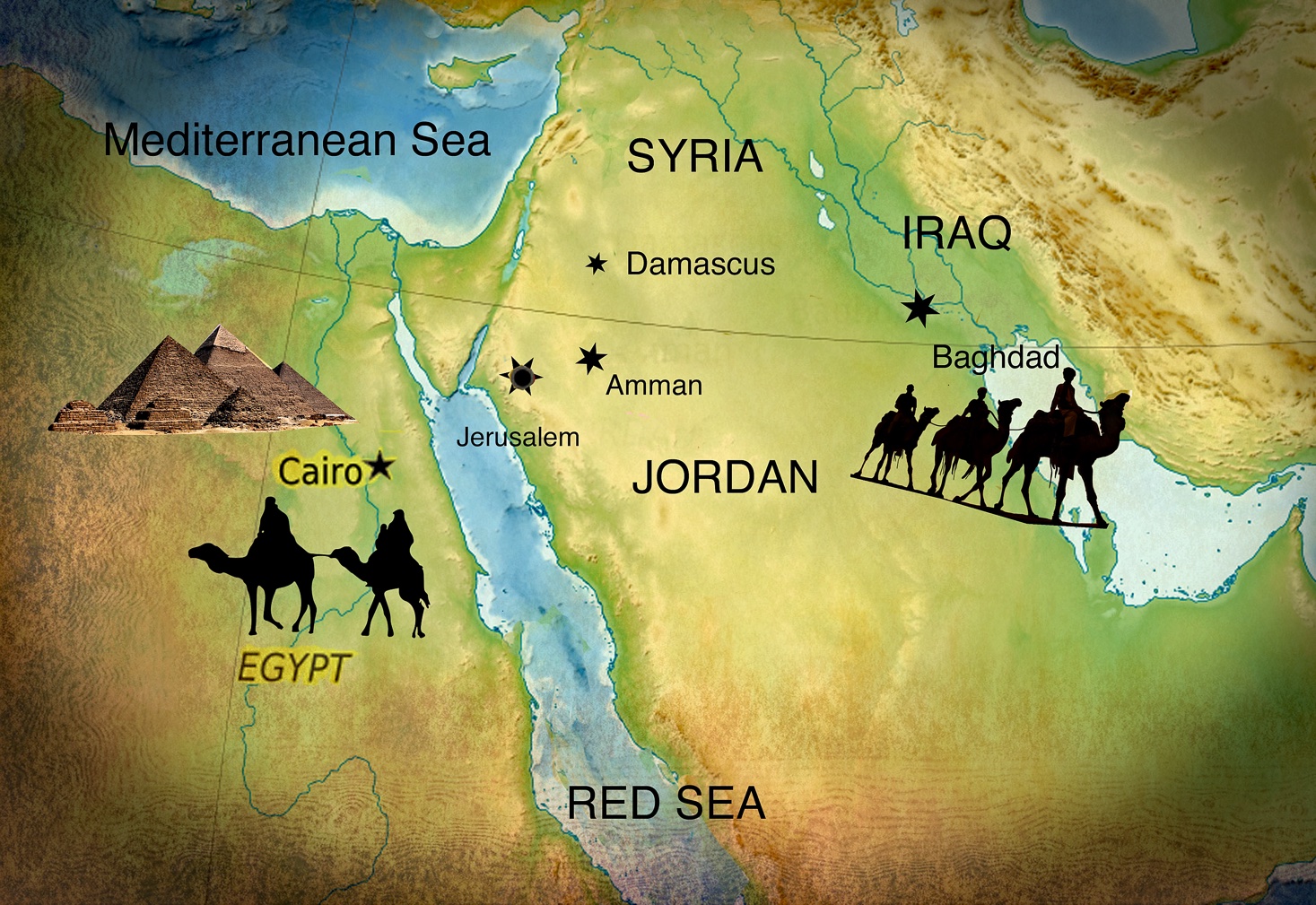
God warned the Magi to return home by a different route, without seeing Herod, and He warned Joseph to flee to Egypt because Herod intended to kill Jesus. The valuable gifts from the Magi enabled Mary and Joseph to make the trip and set up a home there.
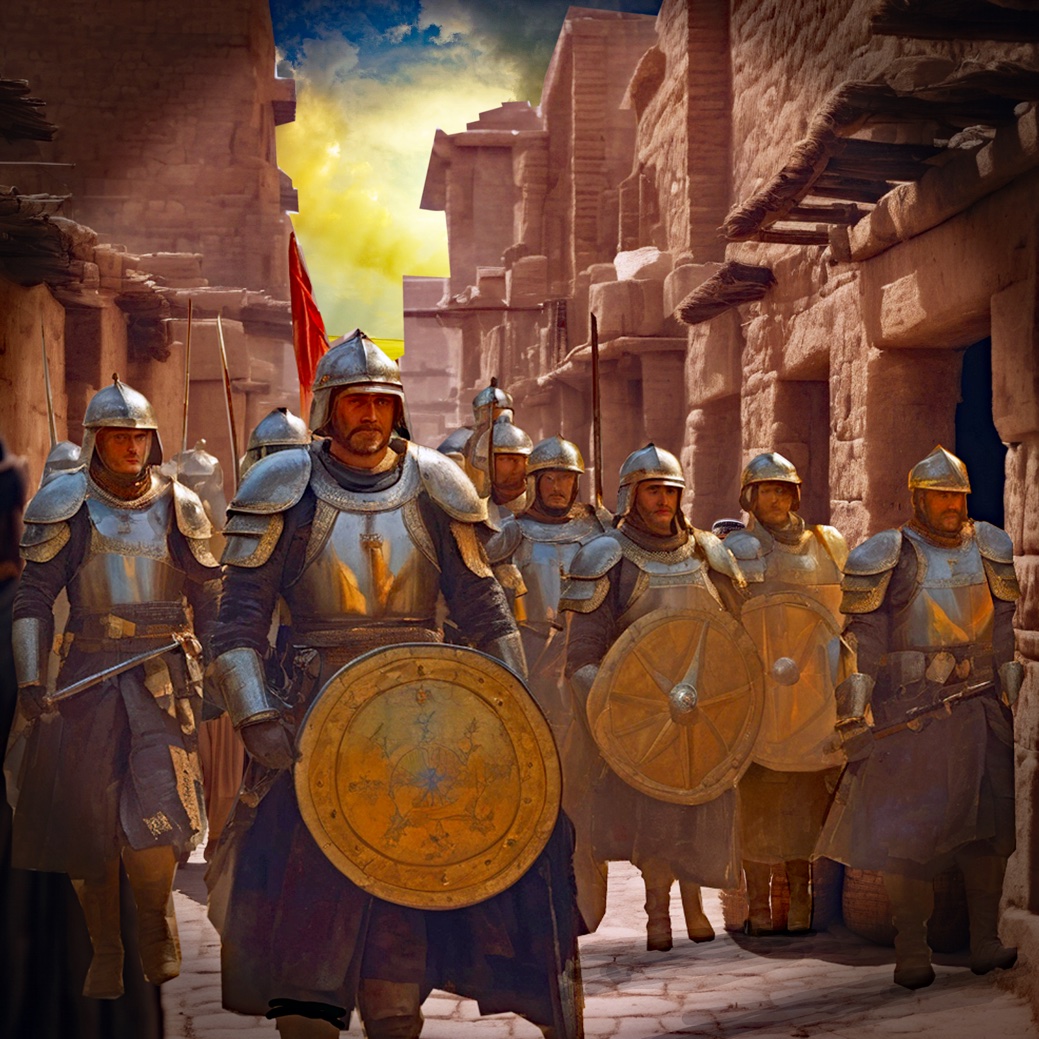
When Herod realized that the Magi
would not be returning to inform him of
the Messiah's location, he was enraged.
He sent soldiers to Bethlehem to kill all
the male children in the town and its
environ who were two years old or under.
This was the length of time ascertained
from the wise men first seeing the star
and then visiting Bethlehem. The Bible
says this incident fulfilled what was
spoken by the prophet Jeremiah:
“A voice was heard in Ramah, weeping
and loud lamentation; Rachel weeping
for her children; she refused to be
comforted, because they are no more.”
Herod was driven by jealous fear and
probably by demons in this wicked act.
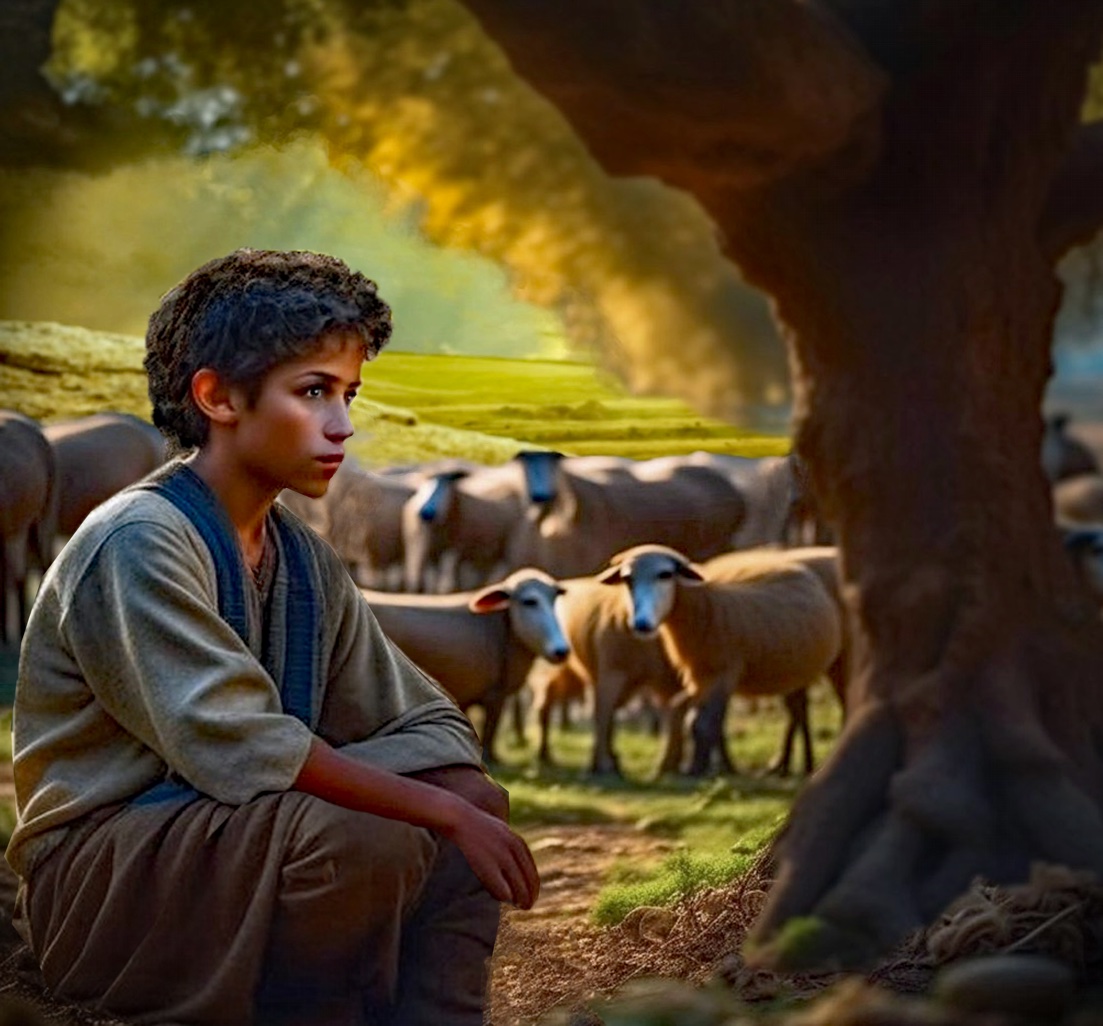
After Herod died, Jesus' family
moved to Nazareth where Jesus grew
up in relative obscurity. He probably
worked with Joseph at carpentry.
Later, after Joseph died, He would
have provided for His mother and
brothers and sisters. This was a time
when He would have been learning
many practical lessons about life,
people and relationships, and the
world around Him. During this time,
God His Father protected Him from
harm by keeping Him out of the
public eye, and with the great
Michael as Watcher over Israel, there
were no further reported attempts on
His life while He was growing up.
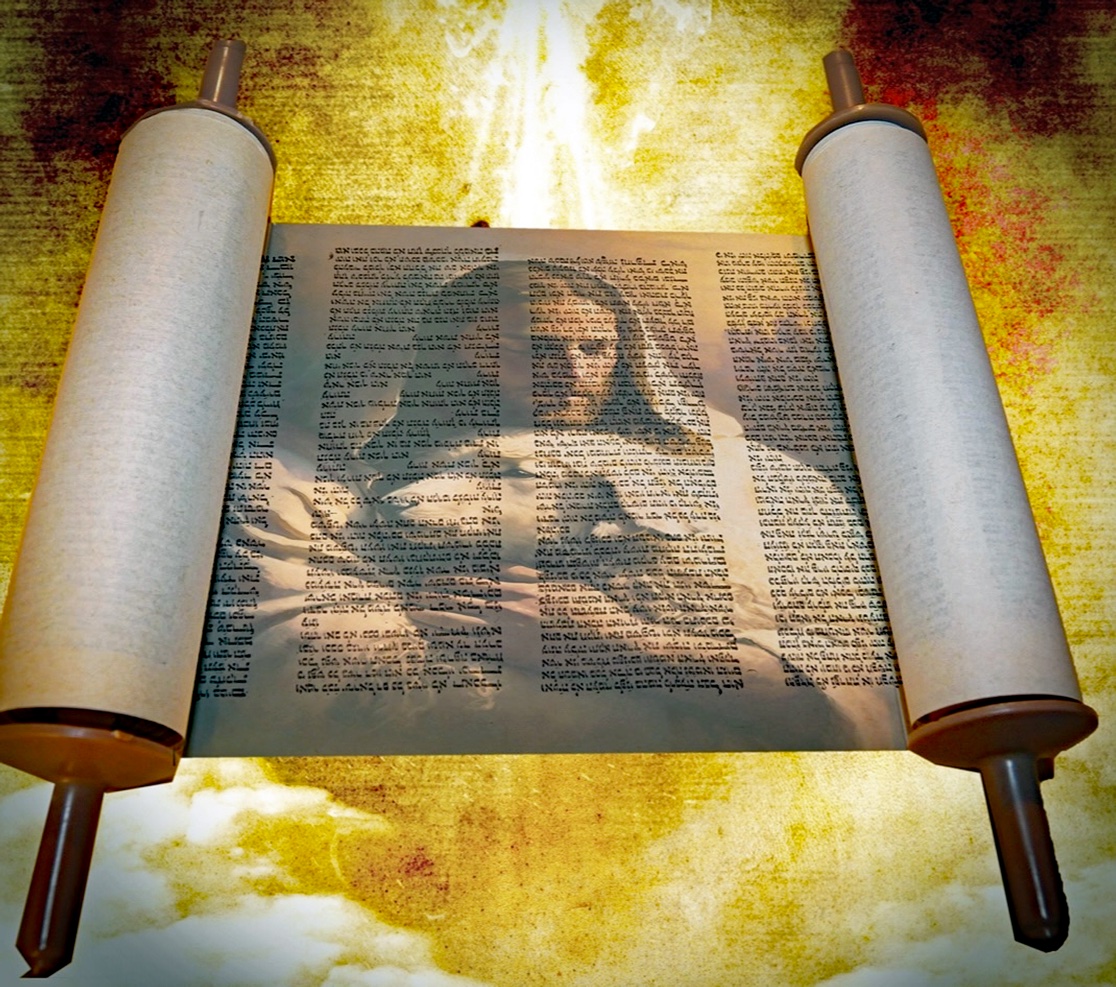
Jesus had an extensive knowledge of the scriptures, even as a young adolescent. As He studied Torah, He would have seen Himself as the Second Person of the Triune God and the Redeemer King of Israel. Mary and Joseph would have told Him of the angelic visitations and the Magi, which spoke clearly of His divine destiny. He also would have fallen deeply in love with His Father.
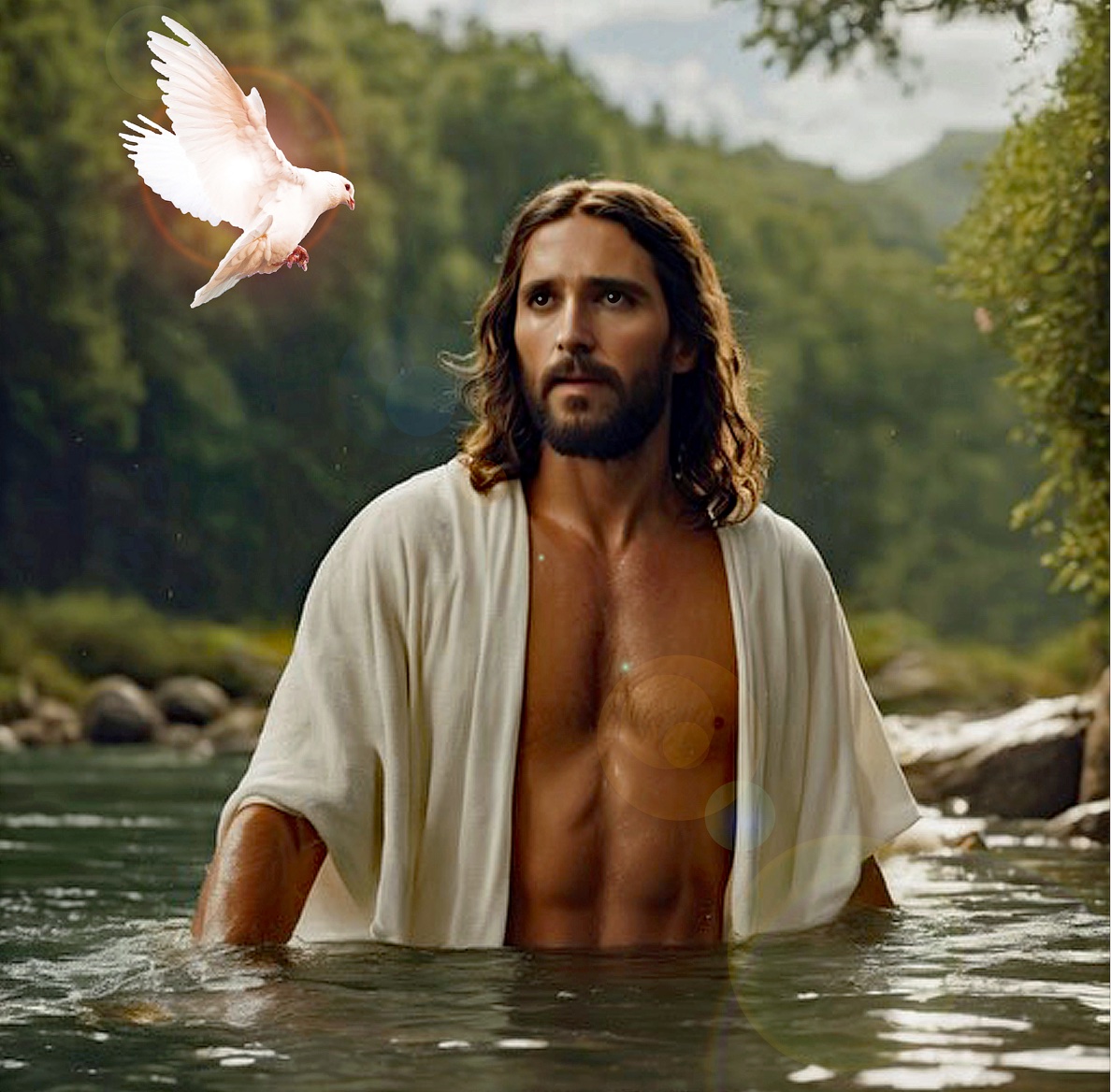
The first part of Messiah's mission
involved His identification with
the human race, as a figurehead,
just as Adam had been the
figurehead of humanity before
Him. Covenantal headship, also
known as federal headship, is a
r e l a t i o n s h i p i n w h i c h a n
individual represents a larger
group and the actions of the
representative are imputed onto
the larger group. Adam was a
covenant head whose actions
affected all those who were “in
him.” Jesus is also a covenant
head, and His actions affect all
those who are "in Him". It was
absolutely crucial to the whole
purpose of His coming and it
involved the symbolic act of
baptism so as to show this
identification.
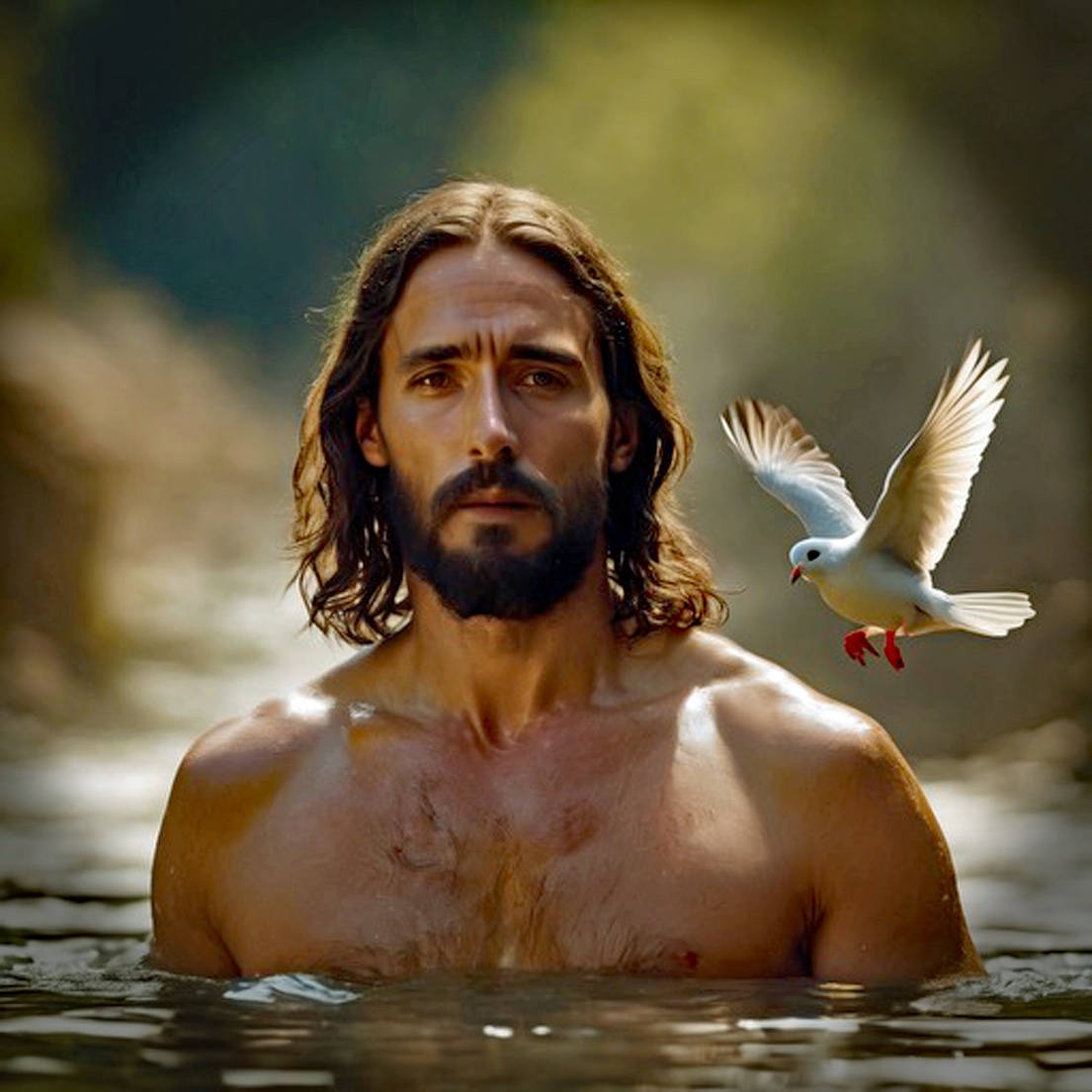
Jesus was baptized by his cousin John
the Baptist in the Jordan River. The
Holy Spirit descended on Him as a
dove, symbolizing the peace Jesus
would bring between God and
h u m a n i t y . T h e F a t h e r ' s v o i c e thundered from heaven: “This is my
Son, whom I love; with Him I am well
pleased.” God was affirming Jesus as
His Son, and therefore also testifying
to His divinity. Later John would say:
“I saw the Spirit come down from
heaven as a dove and remain on Him.
And I myself did not know him, but
the One who sent me to baptize with
water told me, ‘The man on whom you
see the Spirit come down and remain
is the One who will baptize with the
Holy Spirit.’ I have seen and I testify
that this is God’s Chosen One.” The
baptism also points to the Trinity of
the Godhead.
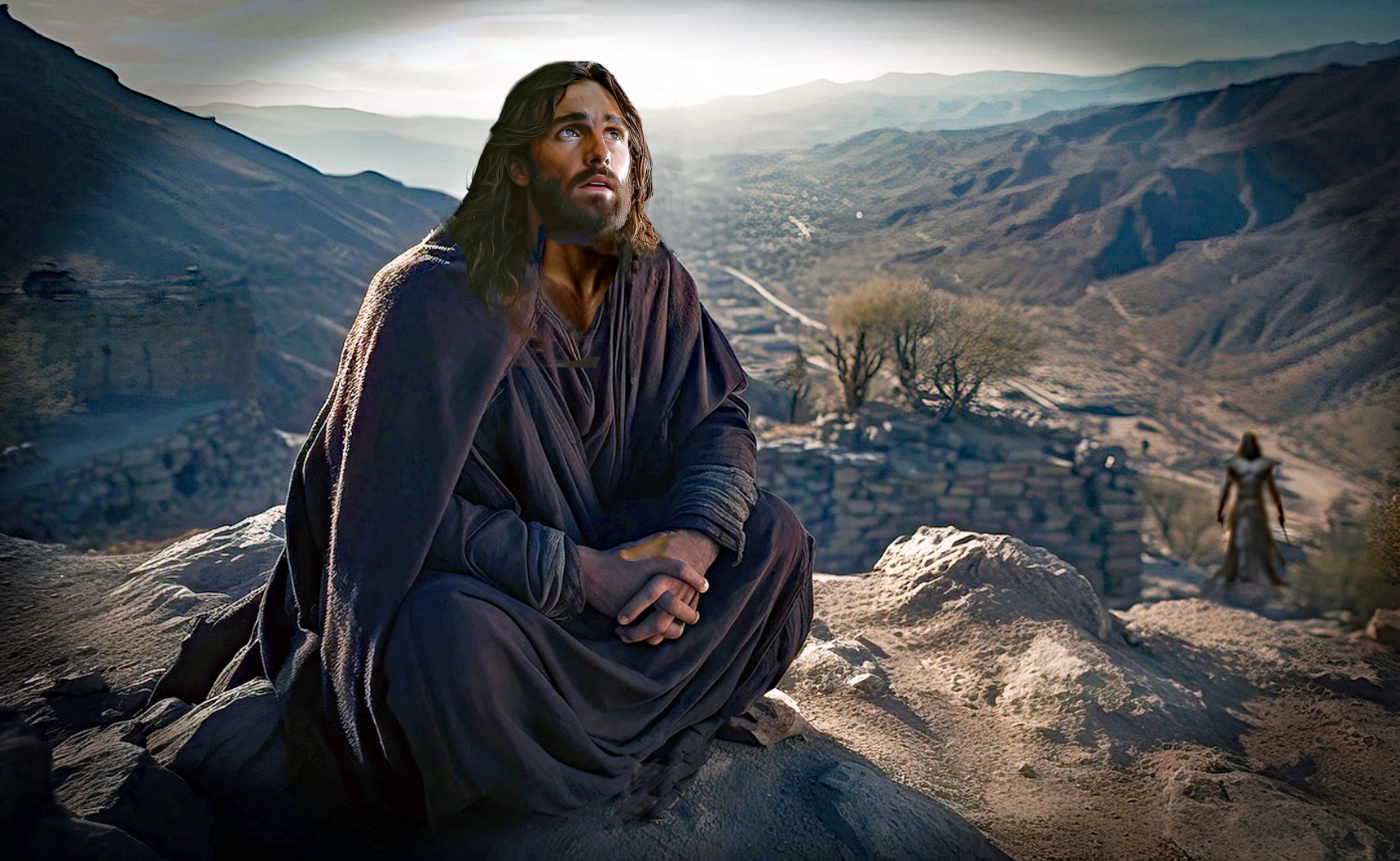
The next step to commencing His mission involved a challenge to Jesus' faith. It was a necessary part of His preparation for what was to come. The Holy Spirit led Jesus into the desert where Satan, His adversary, waited. This was after Jesus had fasted for 40 days, which greatly weakened Him physically. Being tempted as He was, gave Jesus a better understanding of the temptations that come to all of humanity. However Jesus was unlike all others in that He had never sinned and had no sin nature.

Satan (or Lucifer) was once a powerful and beautiful cherub among the elect angels, until he rebelled against God and was stripped of his authority. He was highly ambitious and wanted to wield cosmic power, even over God Himself. His name means 'light-bringer' but he brings only death and destruction.
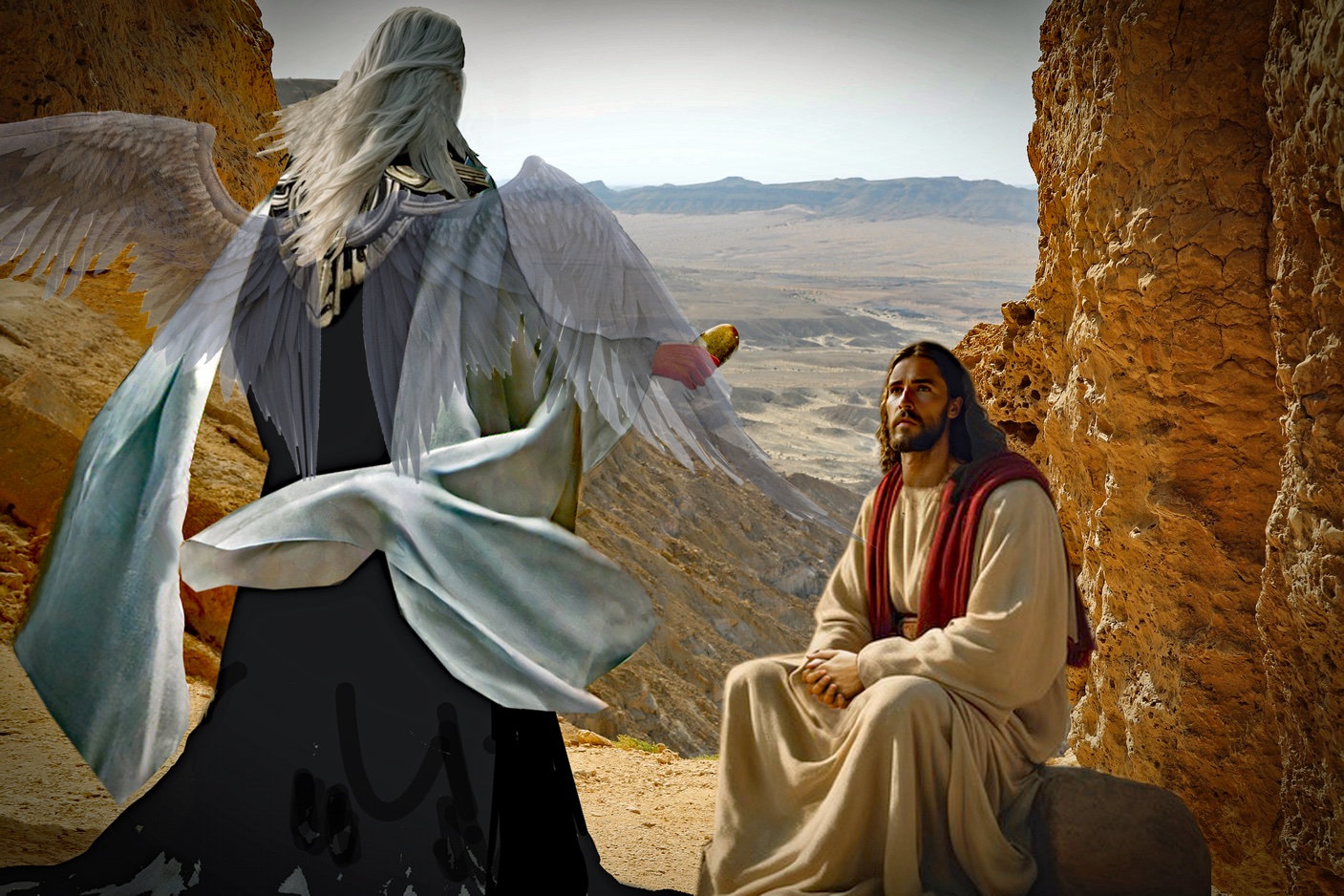
Satan caused the first humans to doubt God's goodness, thereby leading to their fall into sin and death. He would use this tactic repeatedly against humanity with great success. He tried it with Jesus, implying that God wasn't providing for Him, so He should make bread out of stones to satisfy His hunger. This temptation concerned the lust of the flesh, but Jesus replied with Scripture, quoting Deuteronomy 8:3: " A man does not live by bread alone, but by every word that comes from the mouth of God."
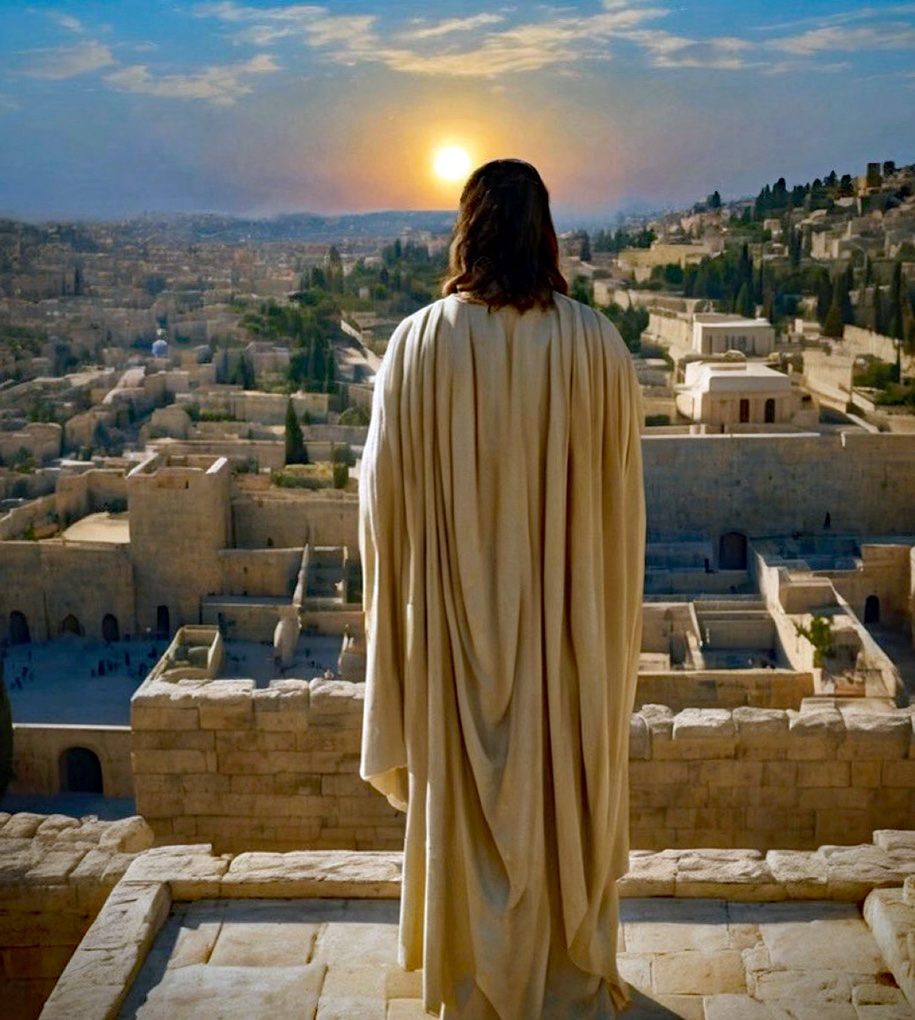
Satan then led Jesus to the top of the
t e m p l e a n d t h r e w o u t a n o t h e r temptation. He quoted God's promise
in Psalm 91 which was God's promise to
keep His beloved ones safe from all
harm. Satan suggested Jesus throw
Himself down from the pinnacle of the
temple in a spectacular bid to prove He
was the Messiah and to force God to
prove His Word. This temptation
concerned the pride of life, but the Lord
again replied with Scripture: "You shall
not put the Lord your God to the test."
Jesus was stating that it was wrong for
Him to abuse His own powers and
those of His Father.
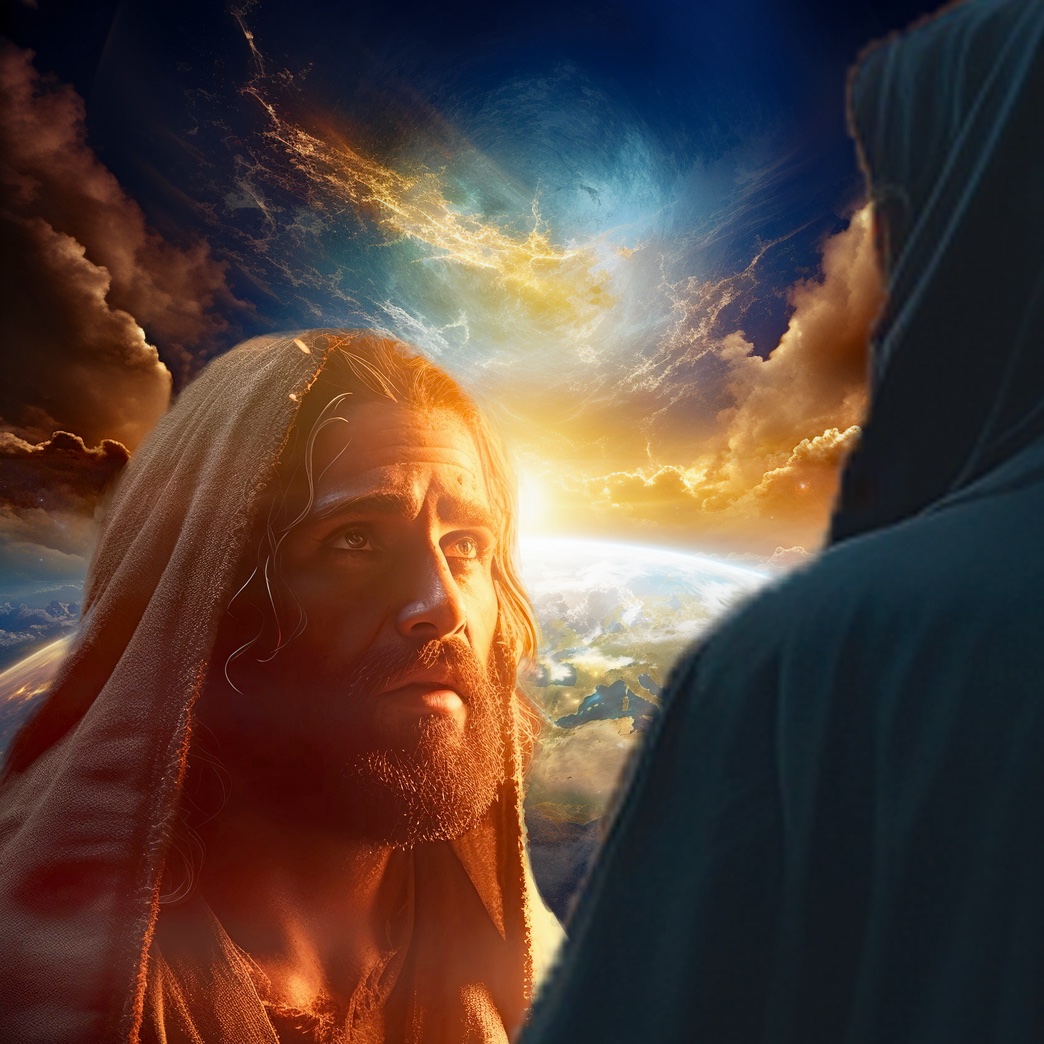
For the third temptation, Satan took
Jesus to a high mountain and showed
Him a panoramic vision of all the
nations of the world, offering them to
Jesus if He would worship Satan. This
was a temptation concerning the lust
of the eyes, and offered a quick route
to the Messiahship that would bypass
the crucifixion for which He had come.
The devil already had control over the
kingdoms of the world but was now
ready to give everything to Christ in
return for His allegiance. However the
mere thought caused Jesus to recoil
from such a suggestion and He sharply
replied: “You shall worship the Lord
your God and serve Him only!" Then
Jesus commanded Satan to be gone.
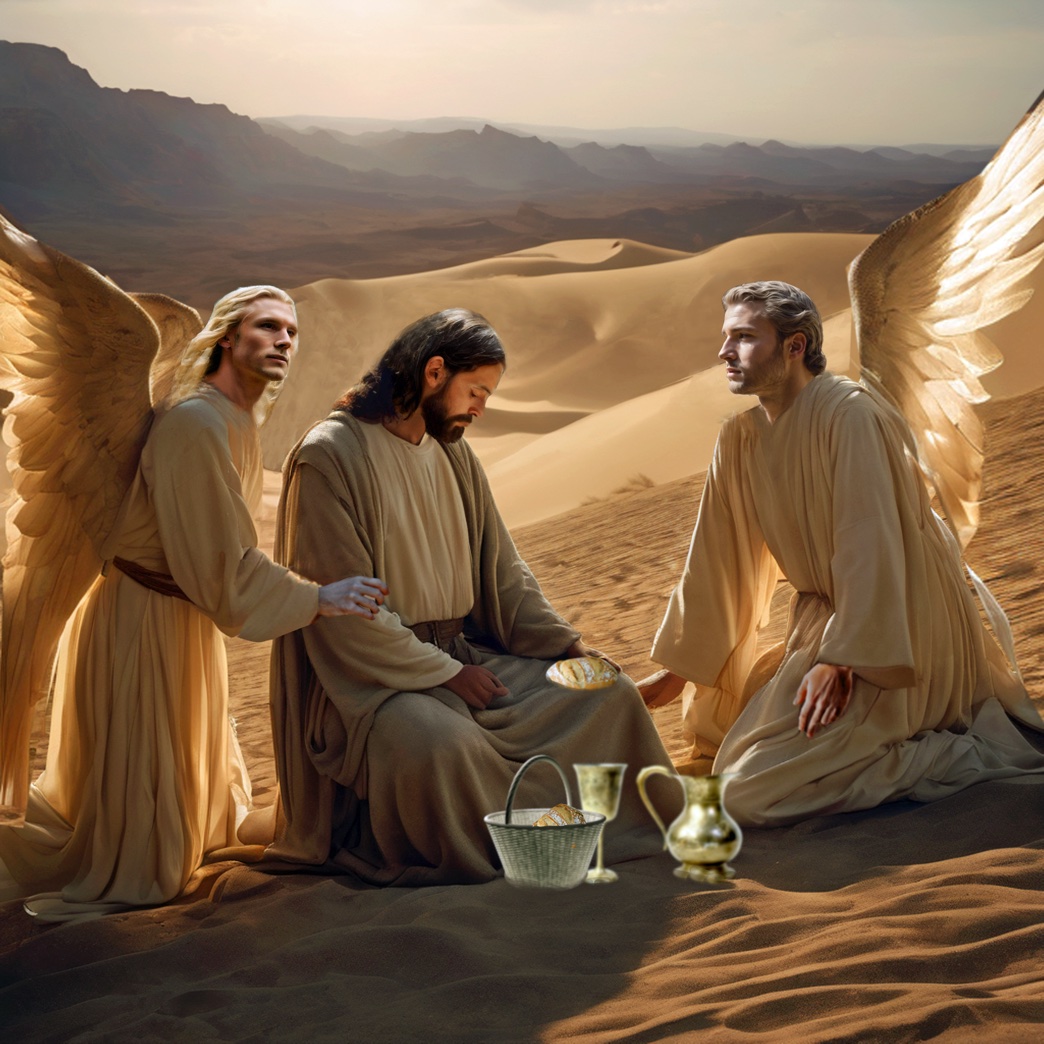
After fasting for 40 days under the
gruelling conditions of the desert, plus
the spiritual battle with Lucifer, Jesus
was understandably exhausted. He
would have been dirty, dusty, and
famished, but He had also dealt with
the onslaught from Satan. Those three
temptations represented a mighty
spiritual battle, with the destiny of
humanity hanging in the balance. Had
Jesus given in to temptation, the
people already in Sheol would have
remained there forever, and salvation
for the rest of humanity would have
been lost. The Father, who was
carefully watching over His Son, sent
angels to minister to Jesus' needs,
providing Him with sustenance and
comfort. The angels are often sent to
aid humans, but this would have been
a special honour for them.
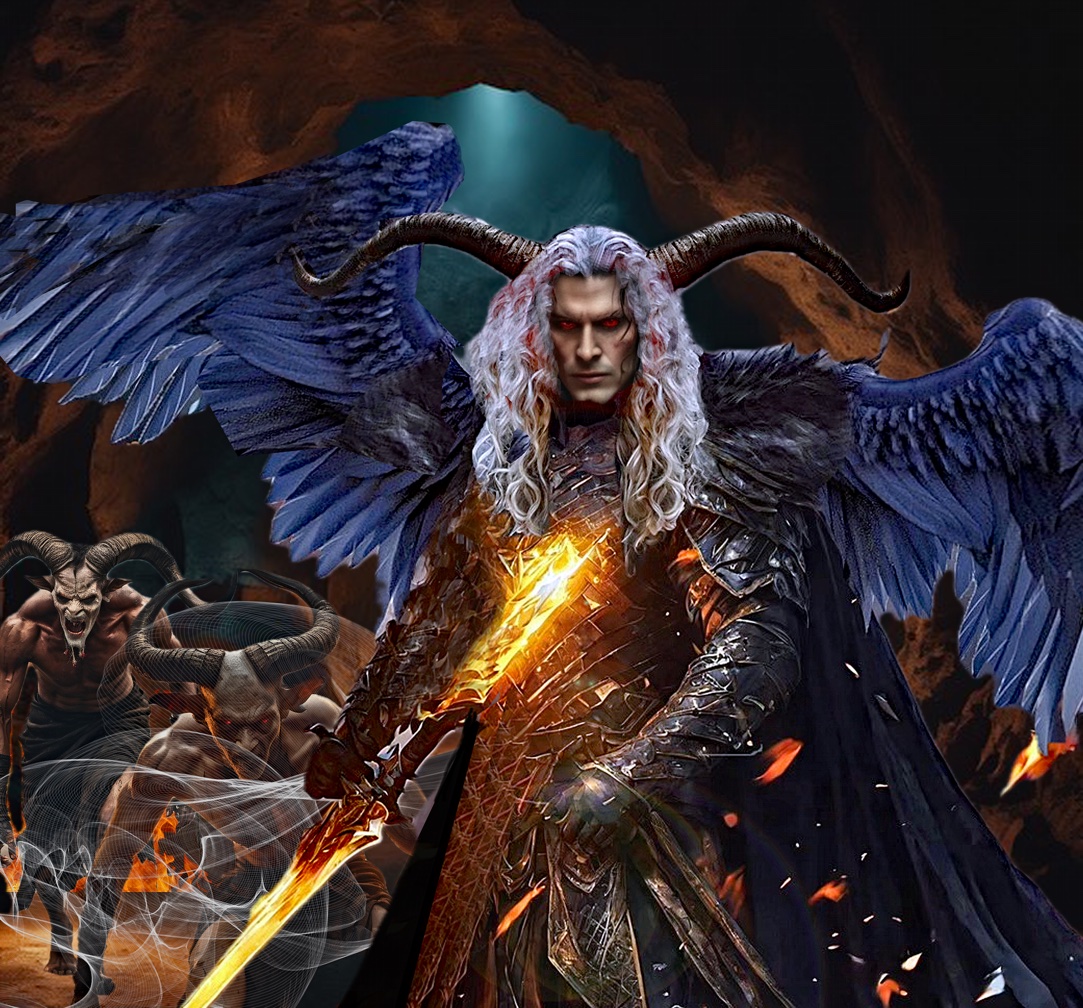
Satan's ploys didn't work. Jesus saw right through them. In the Bible, Satan is called the 'father of lies', and likened to a roaring lion seeking whom he may devour, an accuser of the saints, and completely evil. His obsession is the enslavement and brutalization of humanity.
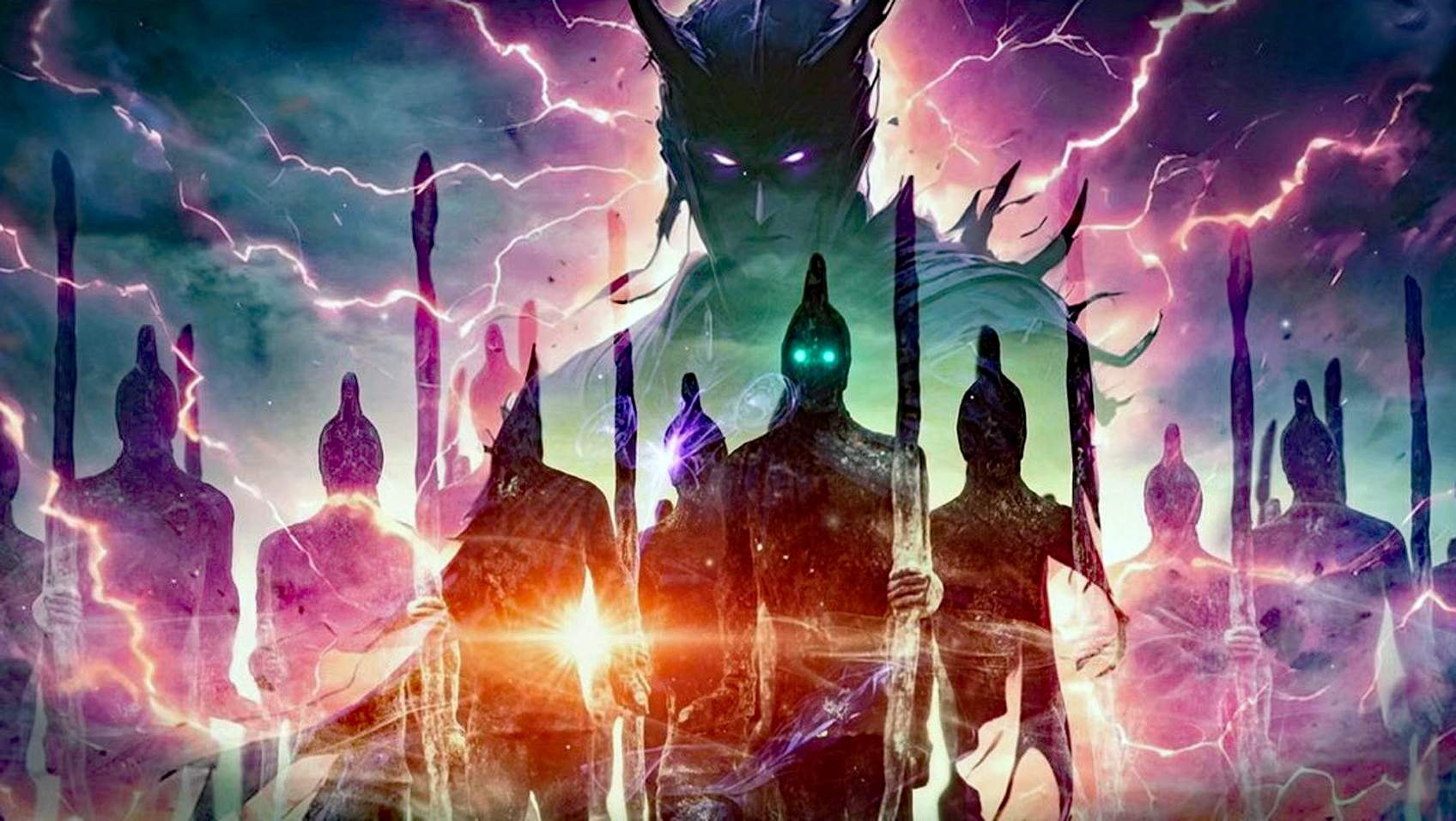
One of Satan's greatest deceptions is that he doesn't exist, but the Bible exposes him repeatedly. His cohorts are other Watchers (called 'principalities') and demons (disembodied spirits of Nephilim from pre-flood times). They battle against humanity, bringing disease, violence, murder, sexual licentiousness, poverty, tyranny, Satanic worship, and every form of evil imaginable. There is only one defence.
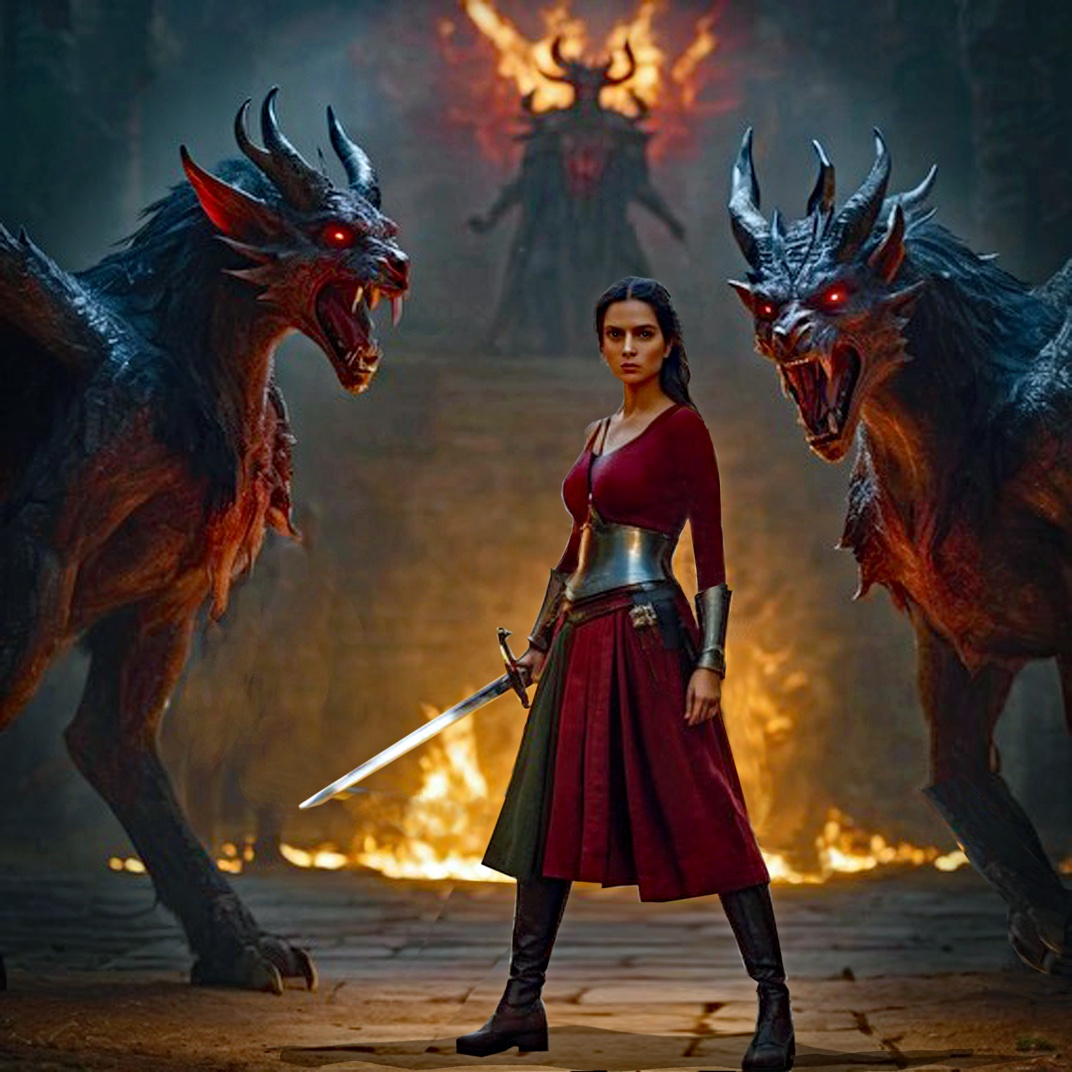
That one defence is Messiah Jesus. His
mission was to bring good news to the
poor; to bind up the brokenhearted, to
proclaim liberty to the captives, and to
open the prison for those who are
bound. This would also be the mission
of His disciples, who seem weak and
vulnerable, but have spiritual armour
well able to confront Satan who
opposes them. They also have the
mighty authority of Messiah Himself.
He promised them that whatever they
asked in His name would be done for
them. He also enabled them “to
trample on snakes and scorpions and
to overcome all the power of the
enemy.” Followers of Jesus are far
from defenceless when it comes to
fighting the evil forces of this world.
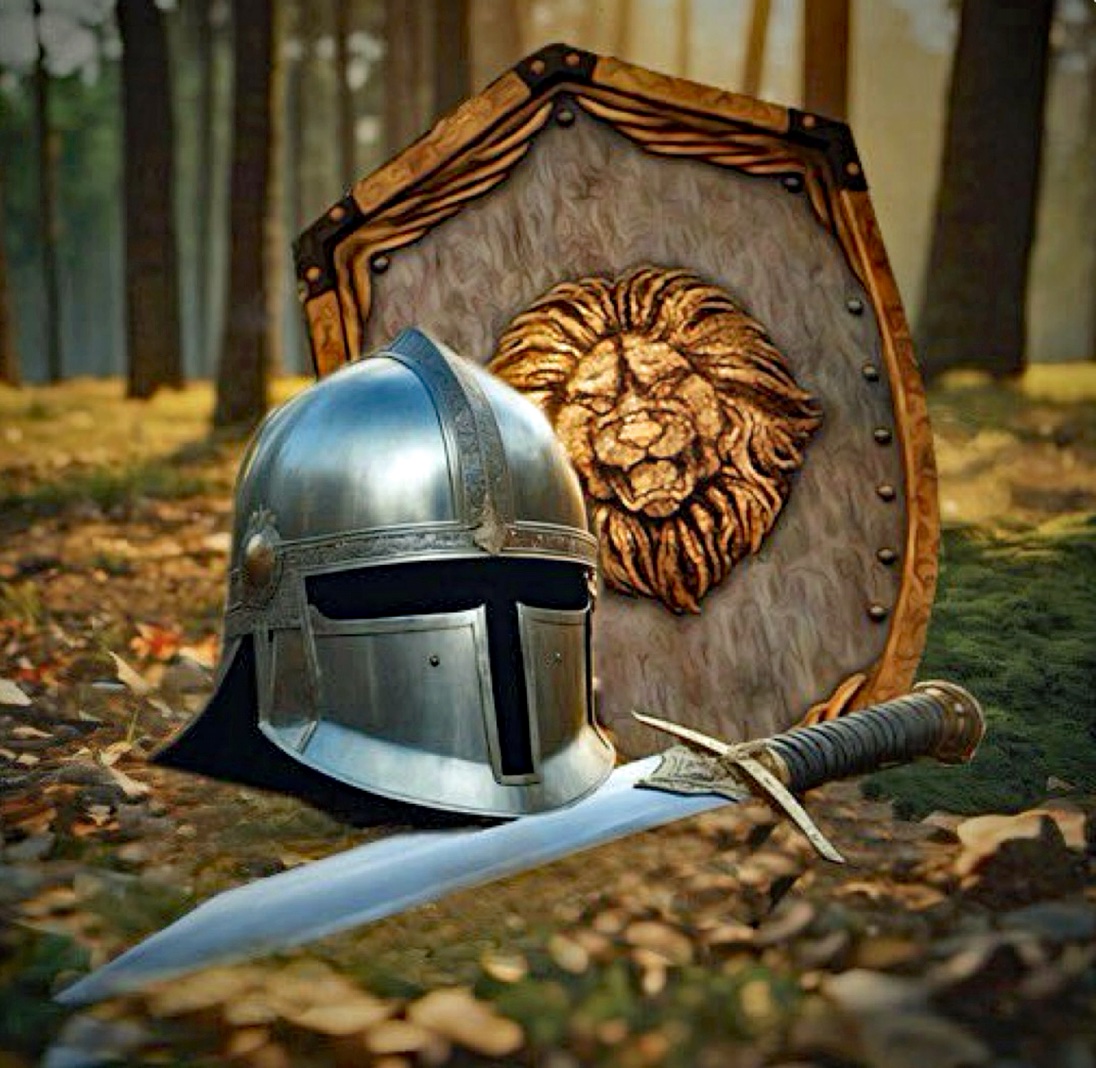
The language of warfare is everywhere
in the scriptures. In Isaiah 59:17 the
prophet says of God, “He put on
righteousness as a breastplate, and a
helmet of salvation on His head; He put
on garments of vengeance for clothing,
and wrapped Himself in zeal as a cloak.”
Angels are created to do warfare for
God's people and they make constant
appearances as warriors in the Bible.
Christians are also called to war and
Jesus has given them spiritual weapons
- a shield of faith; a sword of the Spirit
(word of God); a helmet of salvation; a
breastplate of righteousness; a belt of
truth; and feet shod with the message of
peace. This weaponry is spiritual but all
the more mighty because God's own
authority is behind it. It can tear down
formidable enemy strongholds.
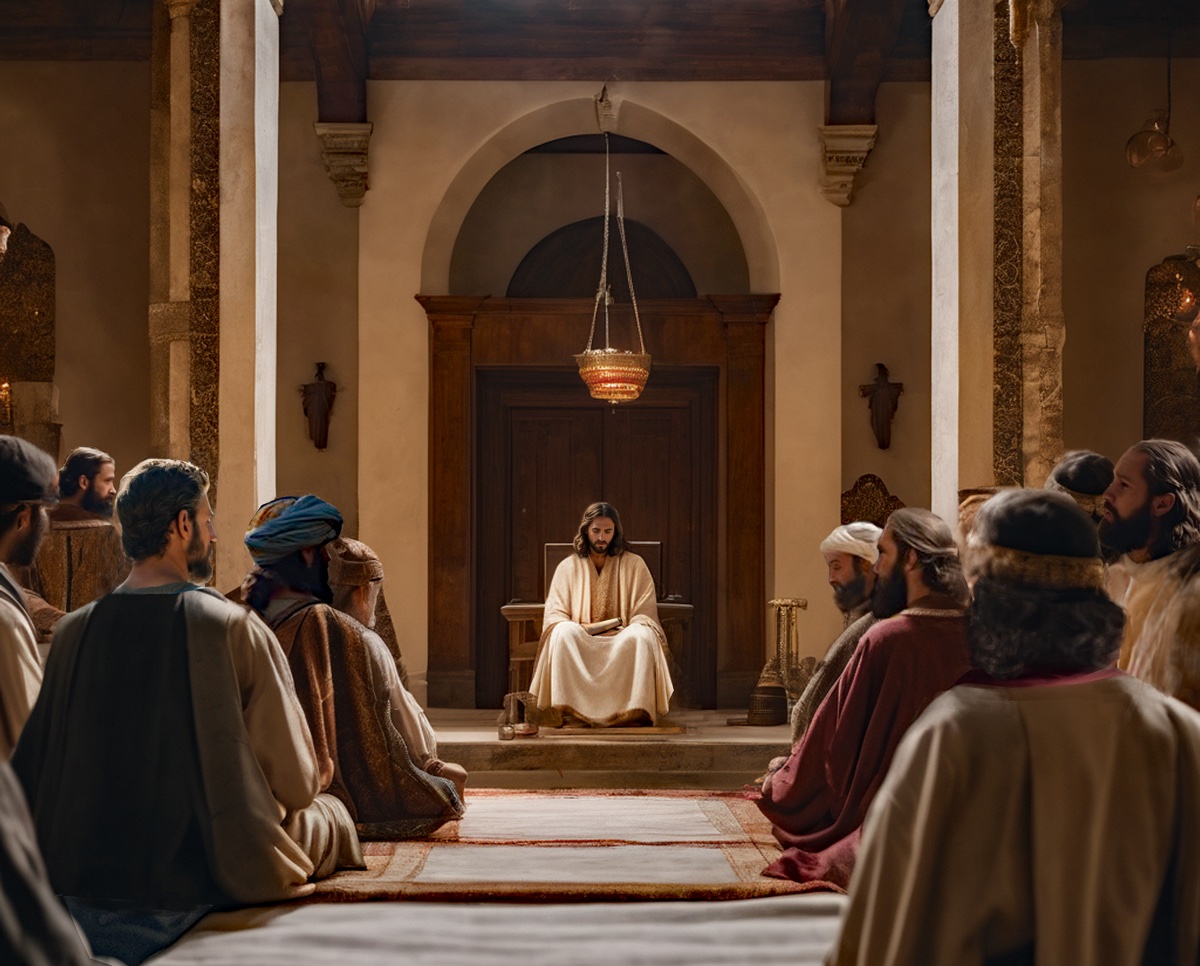
Jesus began His ministry by teaching in the Jewish synagogues. The practice of meeting in synagogues emerged during the period of Israel’s Babylonian captivity when the Jewish temple was unavailable for worship. The Jews required an alternative gathering place for Jews who wanted to gather for prayer and worship on the Sabbath, and so synagogues were established throughout Israel.
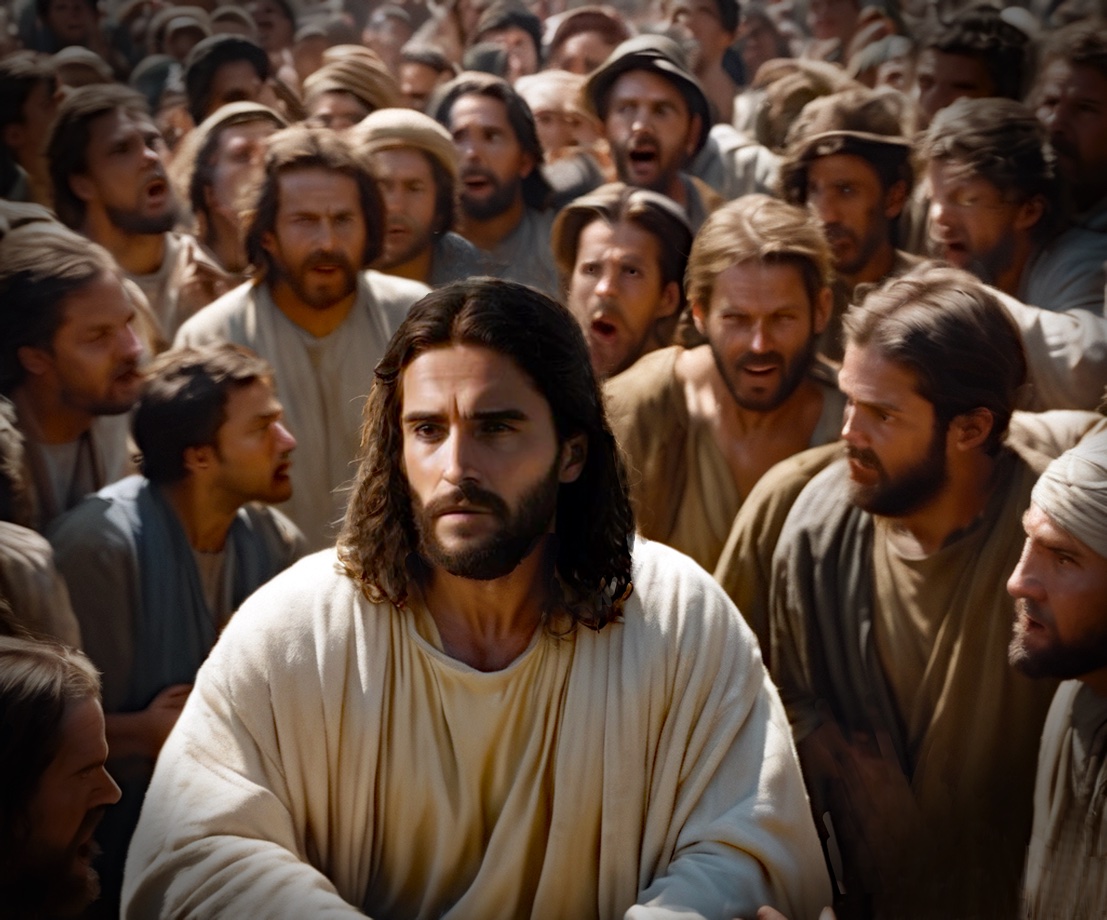
In a synagogue in Nazareth
Jesus read the scripture:
“The Spirit of the Lord is on
M e , b e c a u s e H e h a s
anointed Me to proclaim
good news to the poor. He
has sent Me to proclaim
freedom for the prisoners
and recovery of sight for the
blind, to set the oppressed
free, to proclaim the year of
the Lord’s favour" Then
Jesus said: “Today this
scripture is fulfilled in your
hearing.” All the people in
the synagogue were furious
when they heard this,
t h i n k i n g H i m h i g h l y
presumptuous. They got up
Jesus revisited his hometown of Nazareth about a year and a and brought Jesus to a hill
half later, but again the people were offended by His teaching in order to throw Him off
and He was unable to do many miracles there because of their the cliff. However Jesus
lack of faith. From then on, Jesus went to other places in Israel walked right through them
where the people were more receptive of His message.
and went on His way.
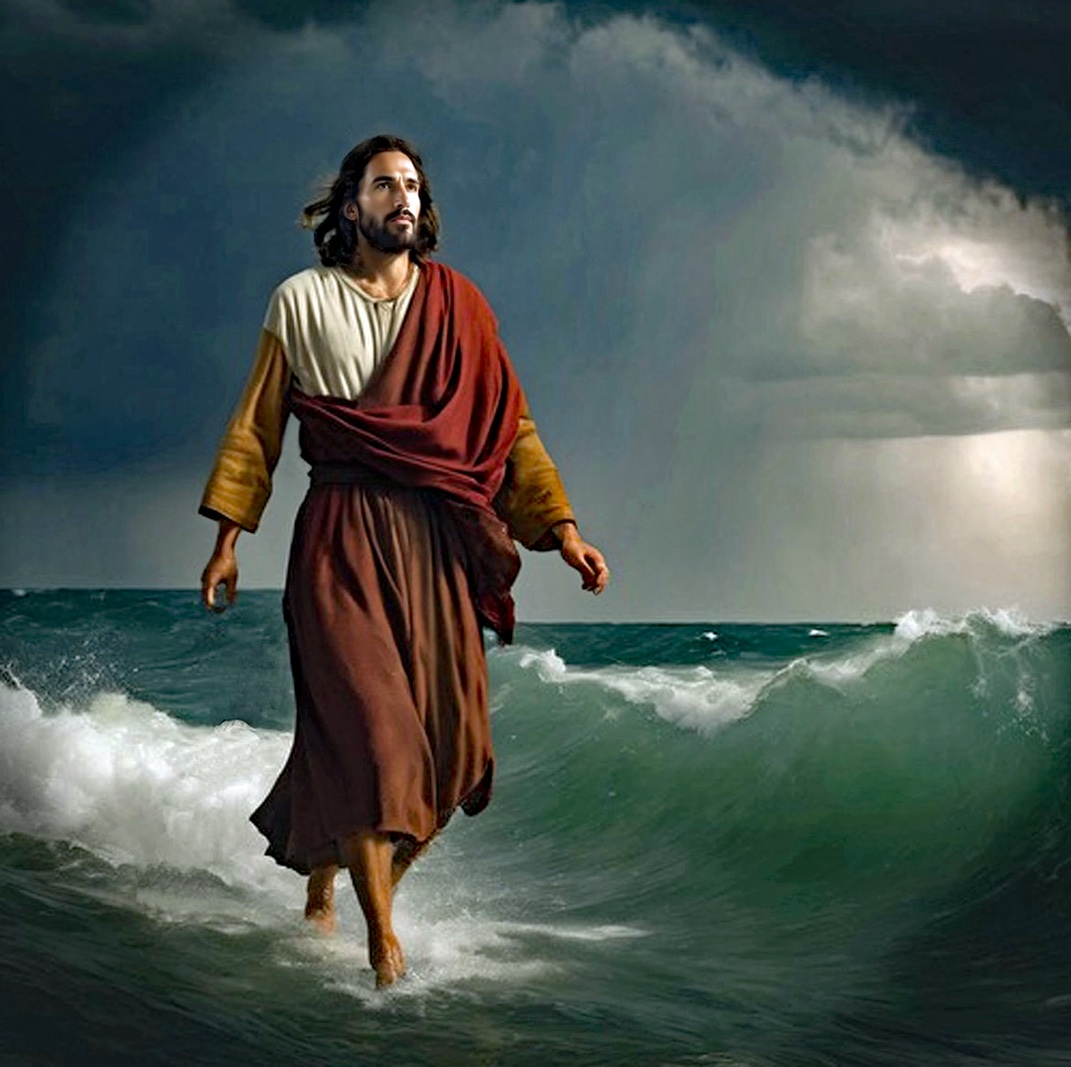
The people in other parts of Israel
were more open to Jesus' message.
He was able to do miracles there,
which was very important to build
faith in His followers. He turned
water into wine at a wedding in Cana;
walked on water to meet His disciples
during a storm; calmed ferocious
storms with one word; healed
countless people from every disease
and infirm condition imaginable; cast
out legions of demons; produced a
temple tax from a fish's mouth;
restored withered limbs; caused an
enormous catch of fish; and fed
thousands of people on a few loaves of
bread and a few fish. His miracles
clearly proved that He was divine,
while also being human. No one had
ever done the things He did in Israel,
excelling every prophet in the past.

As more people heard about Jesus and
His miracles, they went out in droves
to see Him. Some were just curious,
others wanted healing, some wanted
to hear His wisdom, and the religious
ones (the Pharisees) wanted to see if
He could be useful to them. The
Enemy, of course, wanted to kill Him.
For His part, He did not entrust
Himself to the people who came out to
see Him. He knew all about people
and what was in their hearts. Most of
the people in Jerusalem who followed
Him did not have true, saving faith.
They were greatly impressed by the
signs Jesus did, but they did not
actually trust Him for salvation. It was
a primarily signs-based faith and not a
gospel-based faith. Jesus knew this
and was not surprised when many
turned fickle and later rejected Him.

Jesus used parables to explain why there were such different responses to His message.
Parables were easier for the people to understand, and easier for them to remember the lessons presented. One parable involved seed (Word of God) thrown on different types of soil (people's hearts). The ones with hard hearts didn't receive the message at all, and Satan (shown by the birds devouring the seed) came and took it away. Some seed fell on hearts without much depth and as soon as the sun rose (as soon as trials came), the Word withered and died in their hearts. Other seed grew up well enough, but thorns (cares of the world) choked out the Word of truth in their souls and they bore no fruit. Lastly, some seed fell on good soil and the Word took root and produced fruits of righteousness, some a hundredfold, some sixty, and some thirty. Only one in four who heard Messiah's message actually received it and believed in Jesus as their Saviour. It was a very important parable because it showed so clearly why some became followers of Jesus and others did not.

In the parable, the merchant found
the treasure and was willing to give
up all he owned in order to purchase
the matchless pearl. In the same
way, the Kingdom of heaven is so
priceless that one can only obtain it
if one is willing to give up one's soul
for it. Jesus was telling His listeners
that no worldly possession or earthly
consideration can compete with
what He offers us. Only He can
fulfill our greatest needs, satisfy our
longings, give us peace in our hearts,
and make us whole and righteous
before God. This is a treasure
beyond all else and it is ours by faith
in Messiah. Exchanging our life,
which is temporal and offers no
Another parable was the story of a merchant who
future, for the Life of Jesus, which is
found a pearl of great price. The pearl represents
eternal and perfect, only makes
Jesus and the salvation He offers. This treasure sense. Everything is dross in
was hidden and could not be found by
comparison.
intelligence or worldly wisdom.
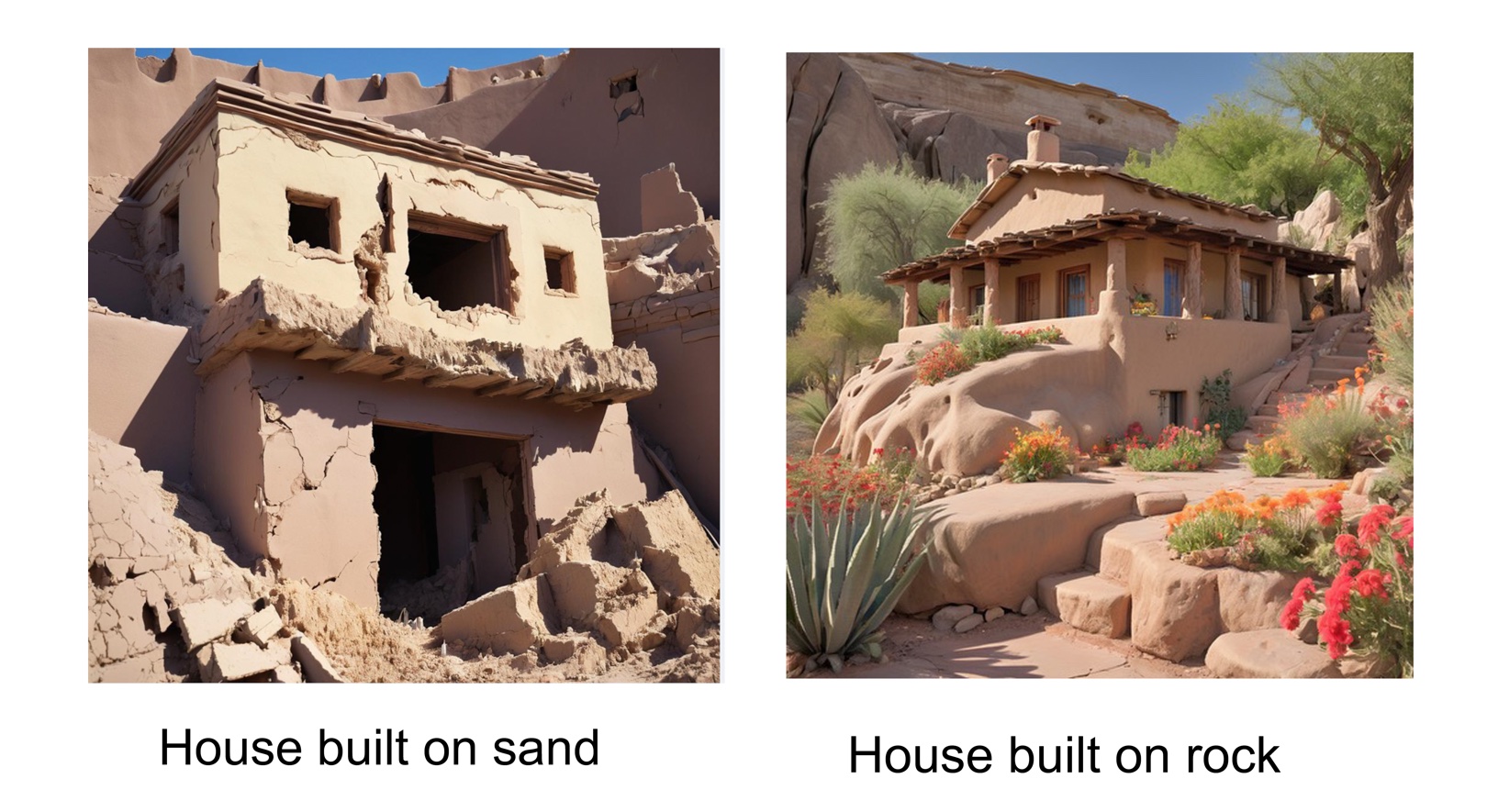
Another parable involved two houses, one built on sand and another built on a rock foundation. Jesus gave the spiritual meaning of the parable when He said: “Everyone who hears these words of mine and puts them into practice is like a wise man who built his house on the rock.” The proper foundation for a life is the Truth found in Jesus so that when the storms of life come against us, we are not moved from our confidence and certainty in God's love, provision, and protection.
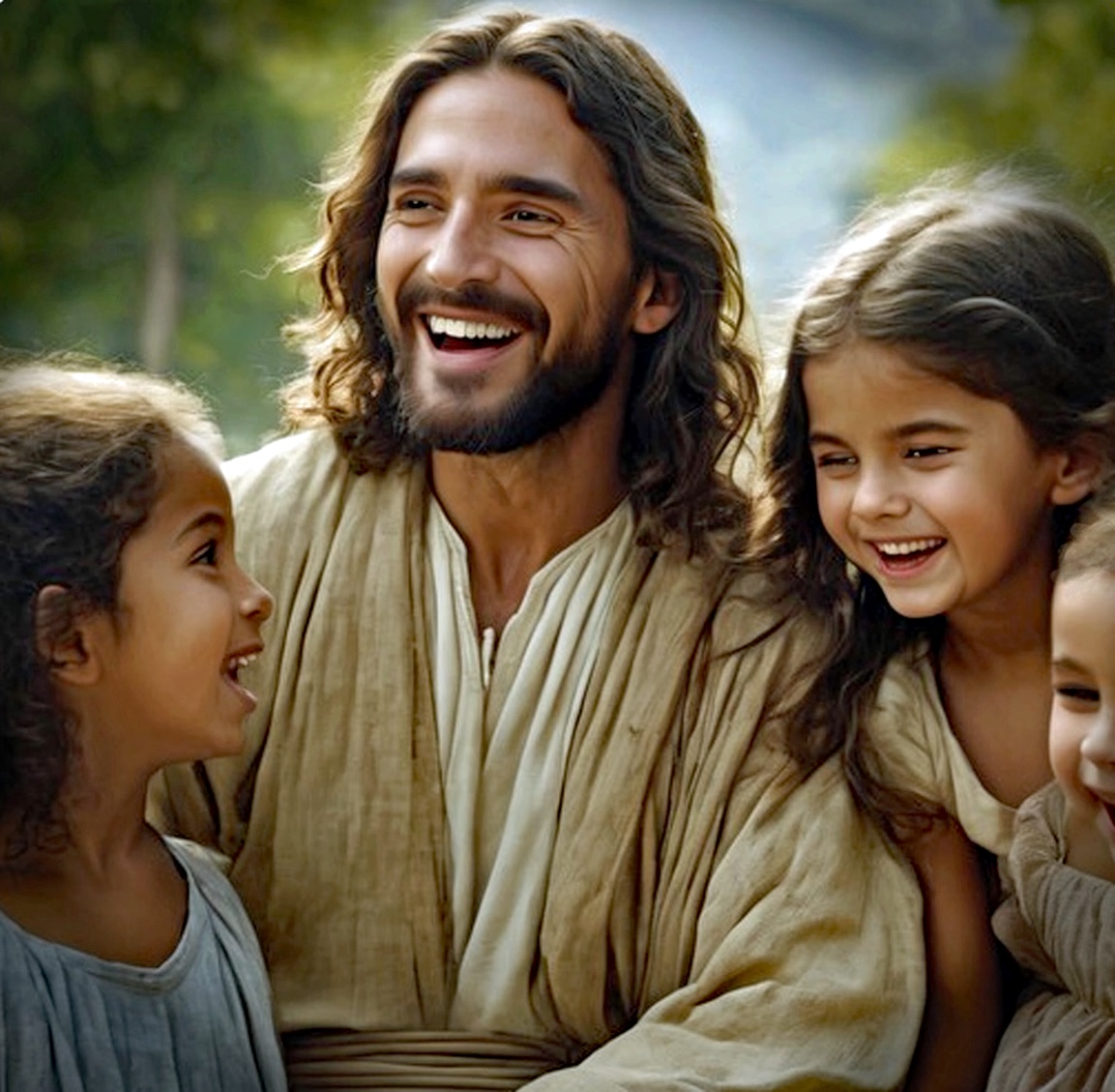
Some loved Jesus, like women and
children who felt safe in His
presence. In a society not always
kind to them, they sensed the gentle
kindness in the Lord and gravitated
towards Him. Some of His closest
friends were women and they often
provided supplies for Him and His
disciples. In a time where women
could not associate with men from
outside their family, they sacrificed
social standing to follow Him. But
they did so gladly, and many
brought their children to Jesus to
bless them. Jesus especially loved
the little ones and some of His most
stern warnings were to those who
would cause them harm. "It would
be better for him to have a millstone
hung around his neck and to be
thrown into the sea than to cause
one of these little ones to stumble."
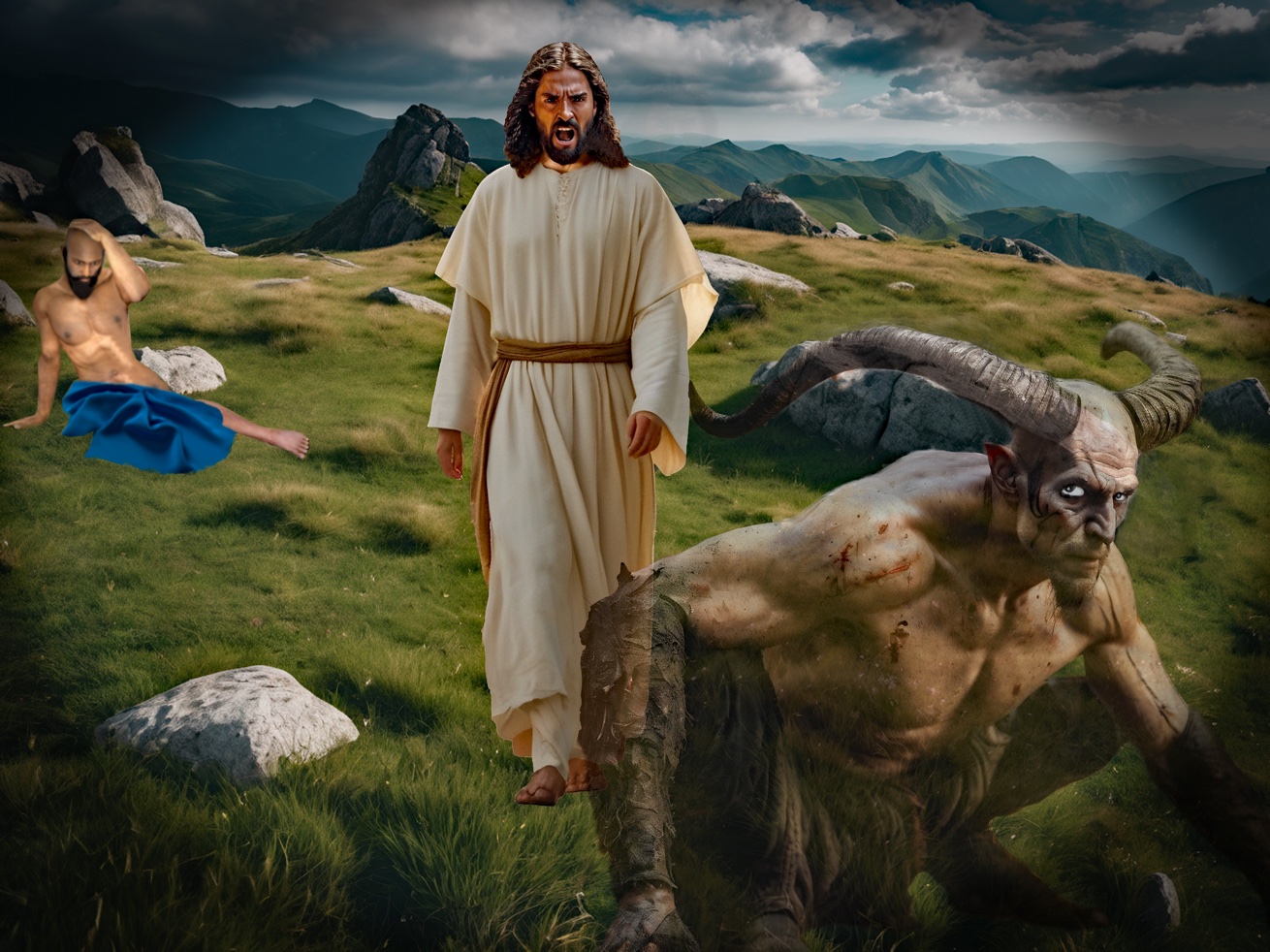
Jesus had many encounters with demons who were terrified of Him since He could cast them out of their victims with a single command. One of the reasons He came was to "proclaim liberty to captives and to open the prison to those who are bound." In one incident, Jesus cast out a legion of demons from a man, sending them into a herd of pigs which caused them to become insane. They raced over the edge of a cliff, but the man's mind was restored and he went on to follow Jesus.
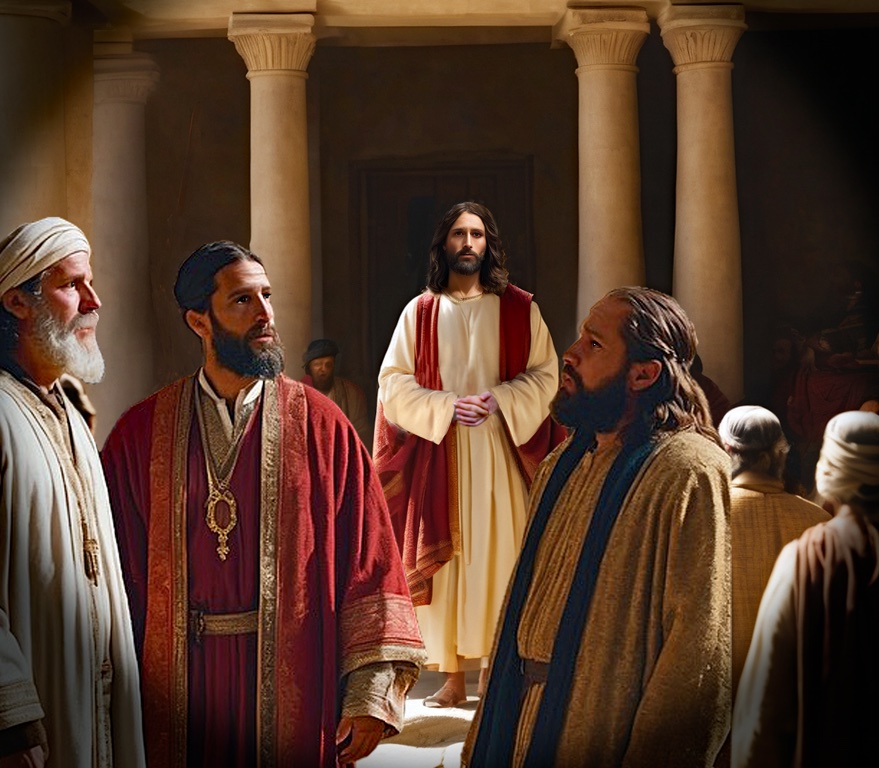

Religious Jews called Pharisees
wondered if Jesus might be the
Messiah. They were hoping for a
leader who would restore Israel to
greatness and defeat the Romans.
They were strict Law-keepers and felt
sure they would be approved for
leading positions in Messiah's new
kingdom. At first they courted Jesus,
even flattering Him when they
addressed Him, but when Jesus didn't
reciprocate and began calling them
out for their hypocrisy and accused
t h e m o f b e i n g s e l f - r i g h t e o u s oppressors of the poor, they turned on
Him in anger. Their rage only
intensified when Jesus said they had
hard hearts and were spiritually dead.
They got together to discuss these
insults and their anger bubbled over
into vengeful hatred.
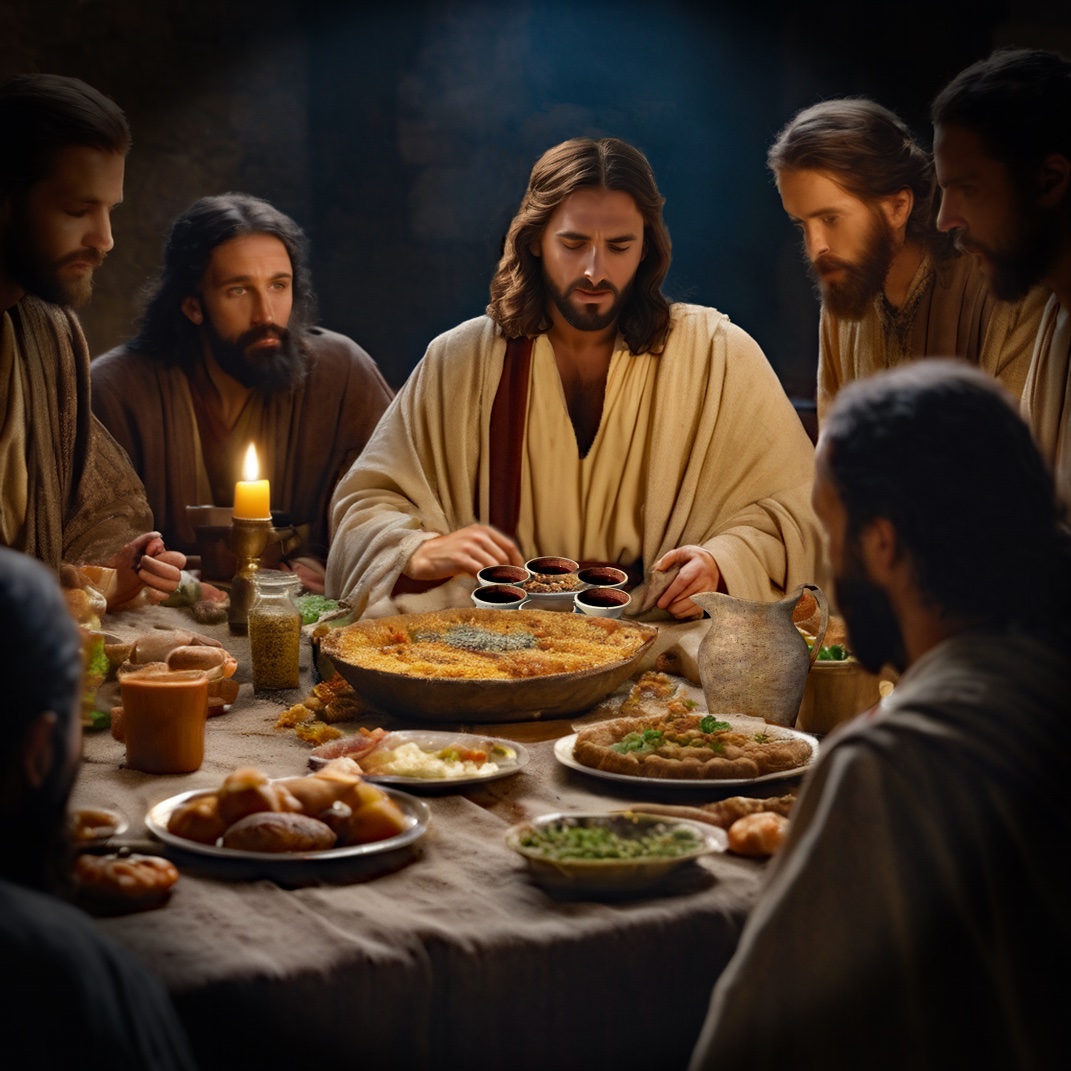
Jesus was shamelessly slandered by the
Pharisees. He drank wine, so they called
Him a drunkard. He reached out to
prostitutes, tax collectors, and Gentiles,
so they called Him a sinner. Yet Jesus
continued to grow more popular with the
common people. That was actually one
of the reasons why the Pharisees were so
jealous of Him. Everywhere He went, He
attracted huge crowds pressing around
to listen to His every word, watching His
every move. People felt the power of His
words which were filled with grace and
love, whereas the rulers of the Jews laid
heavy burdens on the people, treating
them with disdain and scorn. They
would never think of having dinner with
a tax collector, but Jesus freely
associated with people whom the
Pharisees considered nothing but vulgar
and useless.
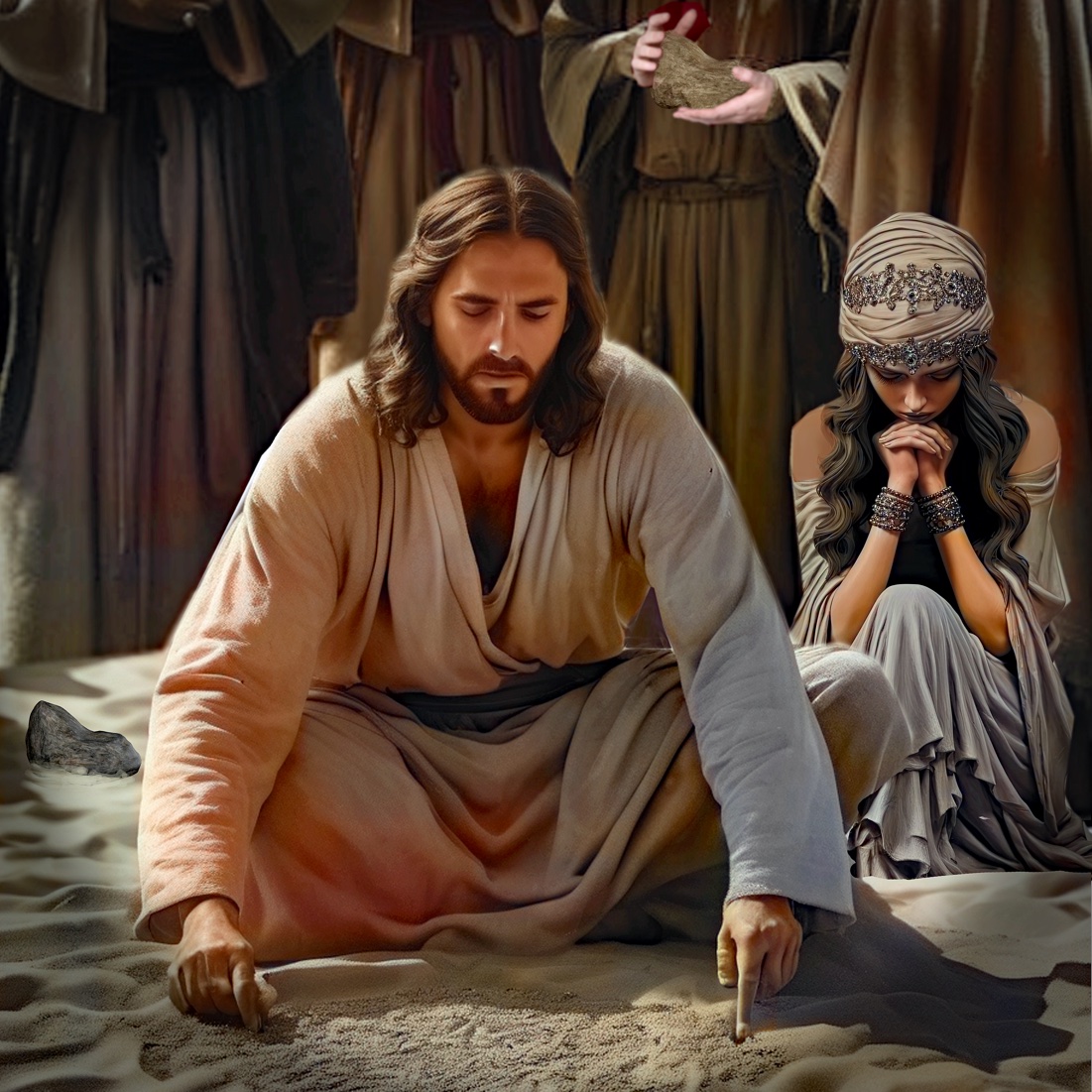
Jesus was recognized as being both
righteous and merciful. The Pharisees
tried to give the impression that they
were righteous by strictly keeping the
Law and acting superior, but they were
unable to hide their hardened hearts
and lack of compassion. It galled them
that Jesus won the people's hearts with
His kindness, without compromising
His upright character. It had to stop, or
the people would choose Jesus over the
r e l i g i o u s l e a d e r s . A f t e r c a r e f u l deliberation, the Pharisees plotted and
came up with a plan to make Jesus
unpopular by portraying Him as either a
Law-breaker or an unmerciful Judge.
They brought a woman caught in
adultery before Him, asking Him what
they should do about her sin. They
thought they had Jesus completely
backed into a corner.
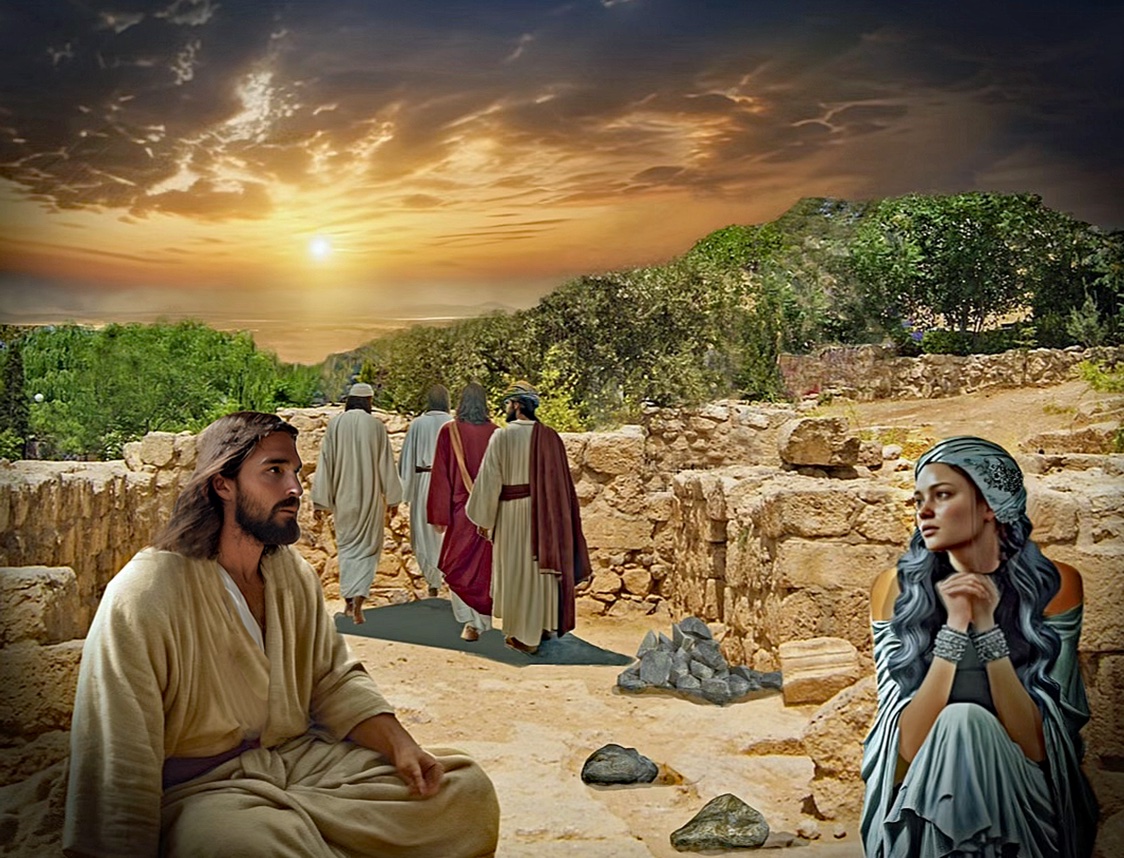
The Pharisees waited as Jesus
wrote something in the sand.
Then Jesus looked up and told
them that the one without sin
could cast the first stone. His
reply baffled them. Jesus
wasn't denying that the Law
was right in condemning sin,
but His response also made it
impossible to carry out her
execution. Everyone knew that
only the perfectly righteous
God is without sin, so they had
to admit defeat and left. Jesus
alone was qualified to condemn
the woman, but He didn't.
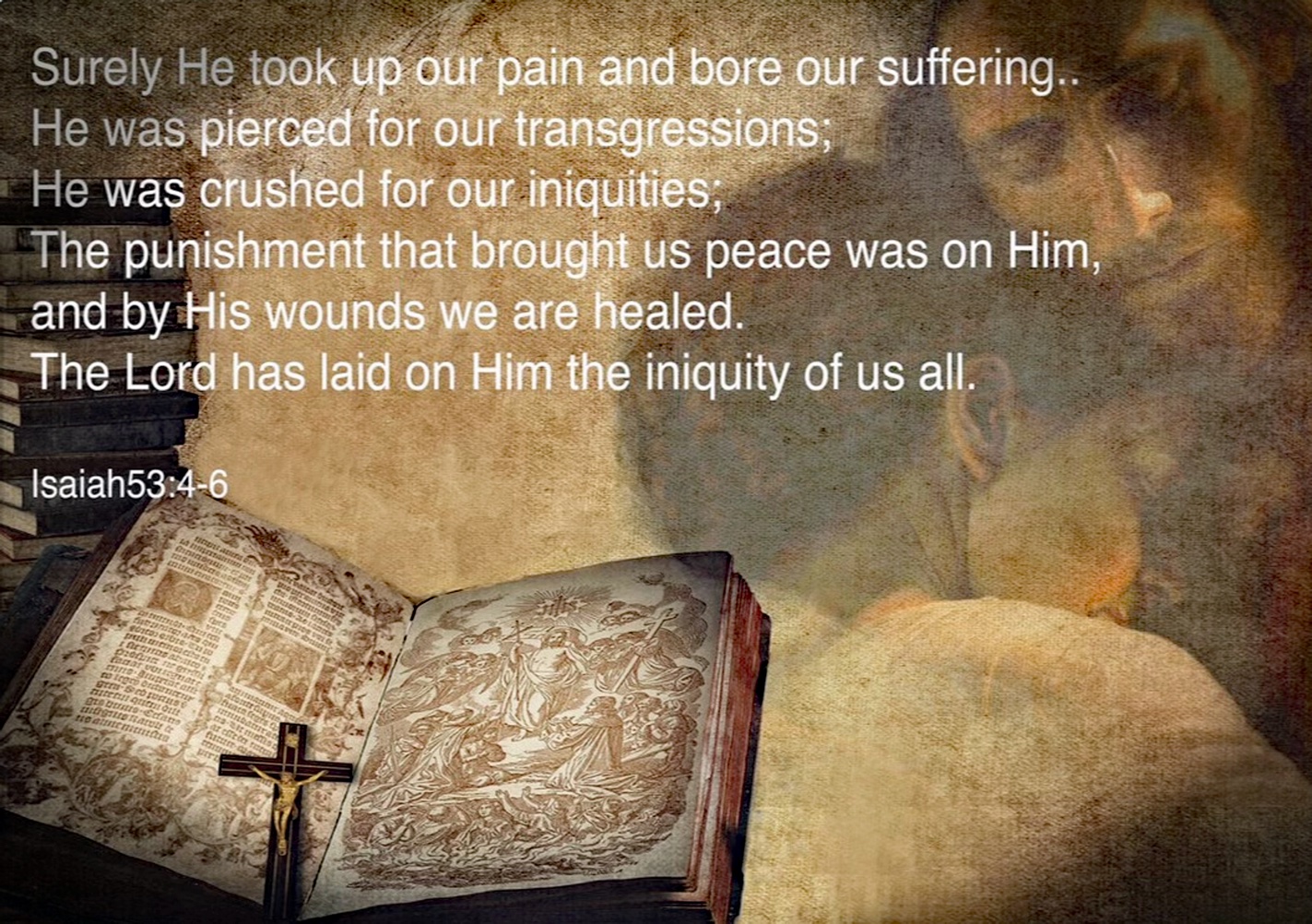
Jesus had not denied the Law's condemnation of adultery, so He was not a Lawbreaker, but He had extended mercy to the adulterous woman as well. He would later deal with her sins personally and fulfill the Law's requirement on her behalf, making His act of leniency perfectly righteous. He told the adulterous woman to go her way and sin no more.
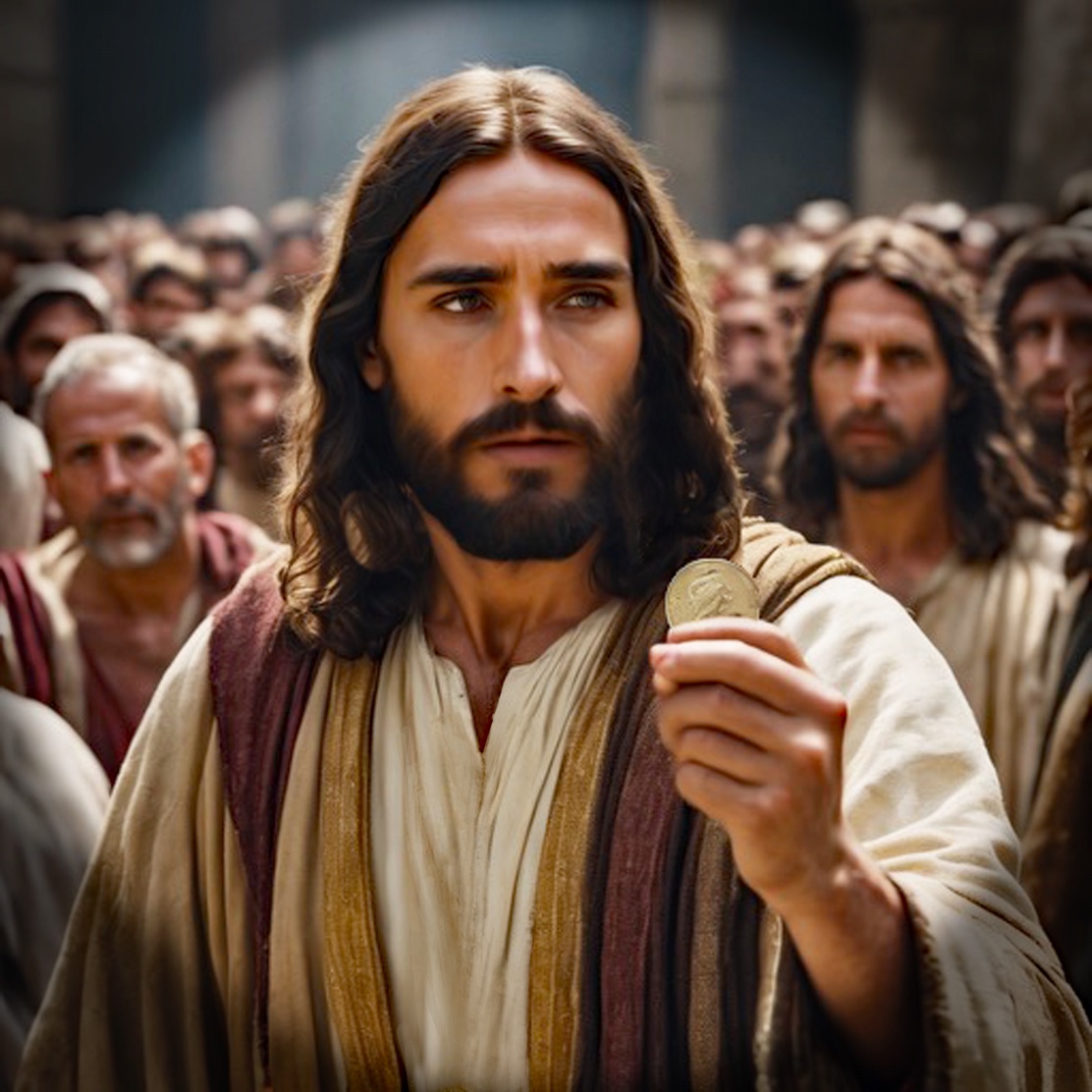
The Pharisees had failed to make Jesus
unpopular by using the woman caught
in adultery, so they looked to other
means. They devised a plan to get Jesus
in trouble with the Roman authorities.
They asked Him if it was right for the
Romans to tax the Jews. It was a loaded
question because the people hated the
Romans and t he ir bu rd e ns ome
taxation, so if Jesus said it was lawful to
be taxed by them, the people would be
angry and turn away from Him. If He
said Roman taxation was not lawful, He
would be seen as an insurrectionist and
possibly be arrested. Jesus knew exactly
what they were up to. He told the
Pharisees to bring Him a coin
commonly used for paying taxes.

Jesus took the Roman coin and asked
the Pharisees whose inscription was
on it. They answered that it was
Caesar's. Jesus then told them that
they should give to Caesar what was
his, and give to God what was His.
This was a very clever way of bringing
home a clear message to the Jews.
Caesar minted coins and some had
his image on them. God has 'minted'
the human soul and stamped His
image on every one. So Jesus was
saying to give to Caesar his due - the
temporary stuff of this world - but to
give to God His due - our hearts and
souls.

Most Pharisees were very proud of
keeping the Law. They even followed
hundreds of extra rules to make them
appear super righteous. Of course not all
Pharisees were opposed to Jesus.
Nicodemus was a Pharisee who
considered Jesus a teacher from God,
and there were others who thought so
too. However, generally a Pharisee
sought righteousness through the Law,
believing he could be justified on the
basis of his own merits. The Law of
Moses was given to the Jews to keep
them pure and separate from the
nations around them, acting as a
schoolmaster in order to bring the Jews
to Messiah, but most Pharisees didn't
believe that. They missed the point that
the Law required perfection, for
breaking even one command was to
break them all. Jesus was the only One
able to keep all of the Law.
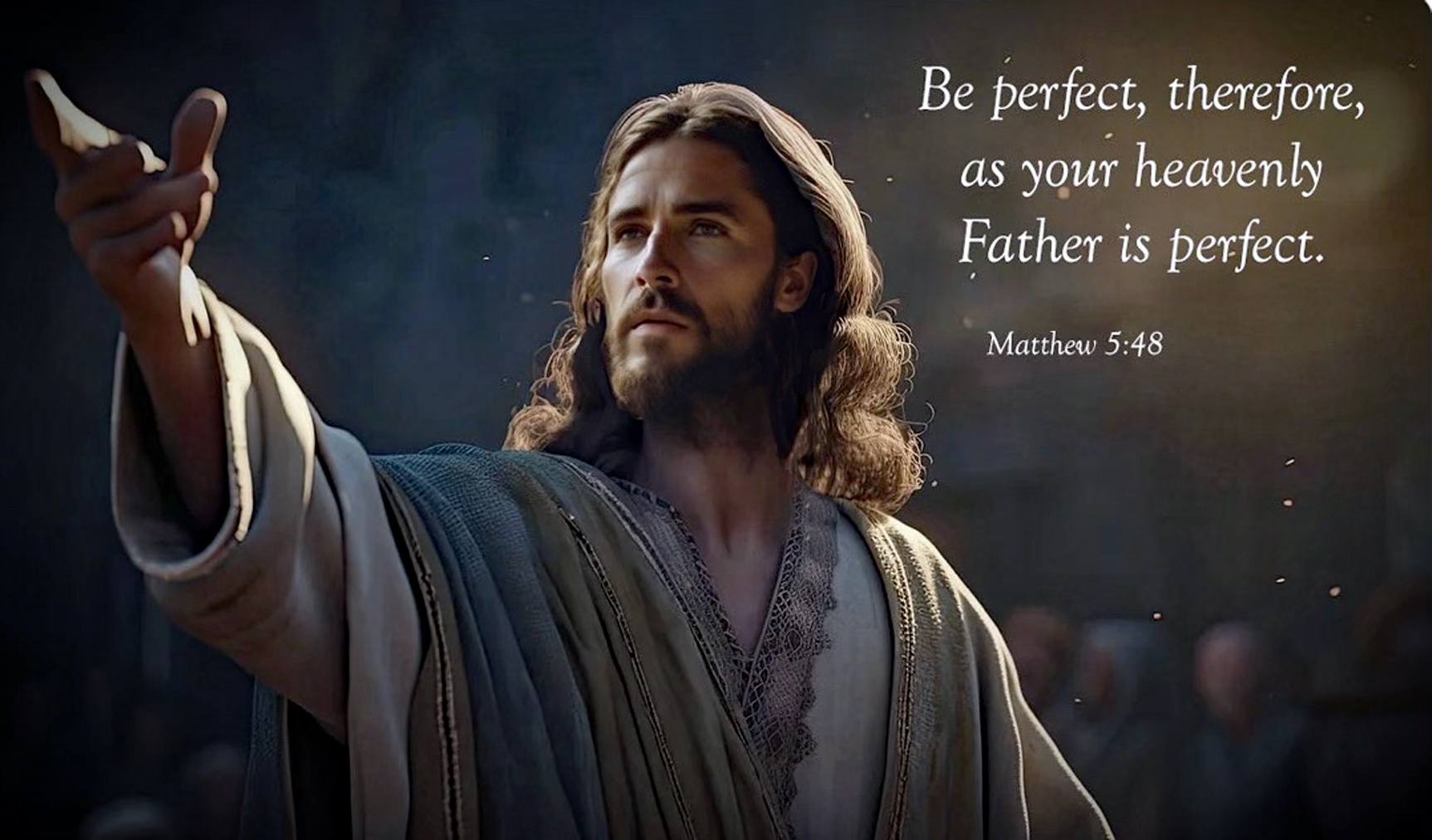
Jesus said that keeping God's Law applied to not only actions, but thoughts as well. Sexual lust and hatred made one a lawbreaker just as the acts of adultery and murder did. The Pharisees were dismayed. They could act holy, but who could keep themselves from unholy thoughts?! No one could keep the Law and all the commandments perfectly, so what did Jesus mean by this?
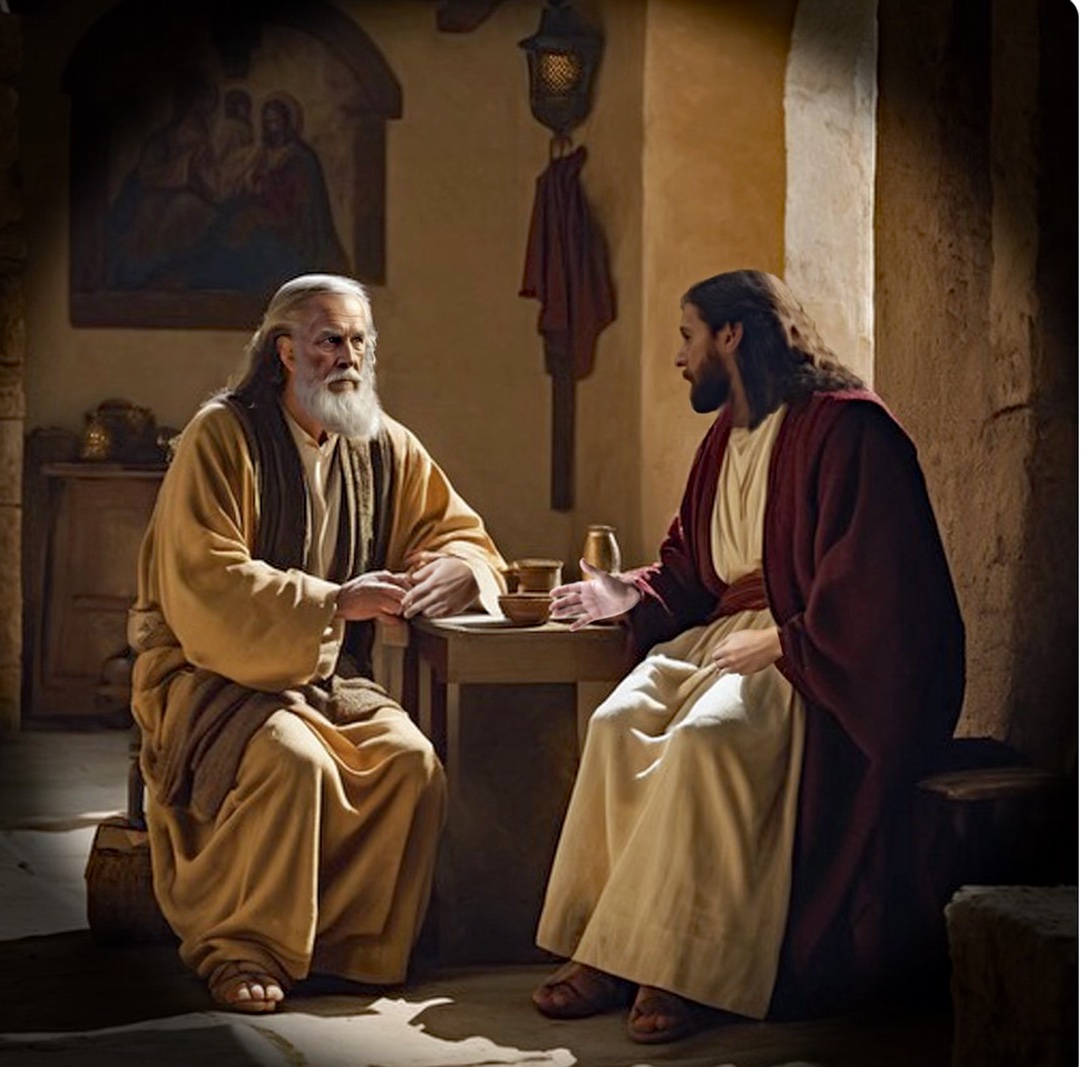
Nicodemus, a Pharisee, was intrigued
by Messiah's teaching. He visited with
Jesus at night to ask Him how anyone
could be accepted by God if no one
could keep the Law. Jesus told him
that no one could approach the Father
unless he was born again. Nicodemus
asked: “How can a man be born when
he is old? He cannot enter his mother’s
womb and be born a second time, can
he?” Jesus told him that unless a
person had a spiritual rebirth, making
him a new creation, he would not be
able to enter the kingdom of God. He
added: "What is born of the flesh is
flesh, and what is born of the Spirit is
spirit. So it is with everyone who is
born of the Spirit.”
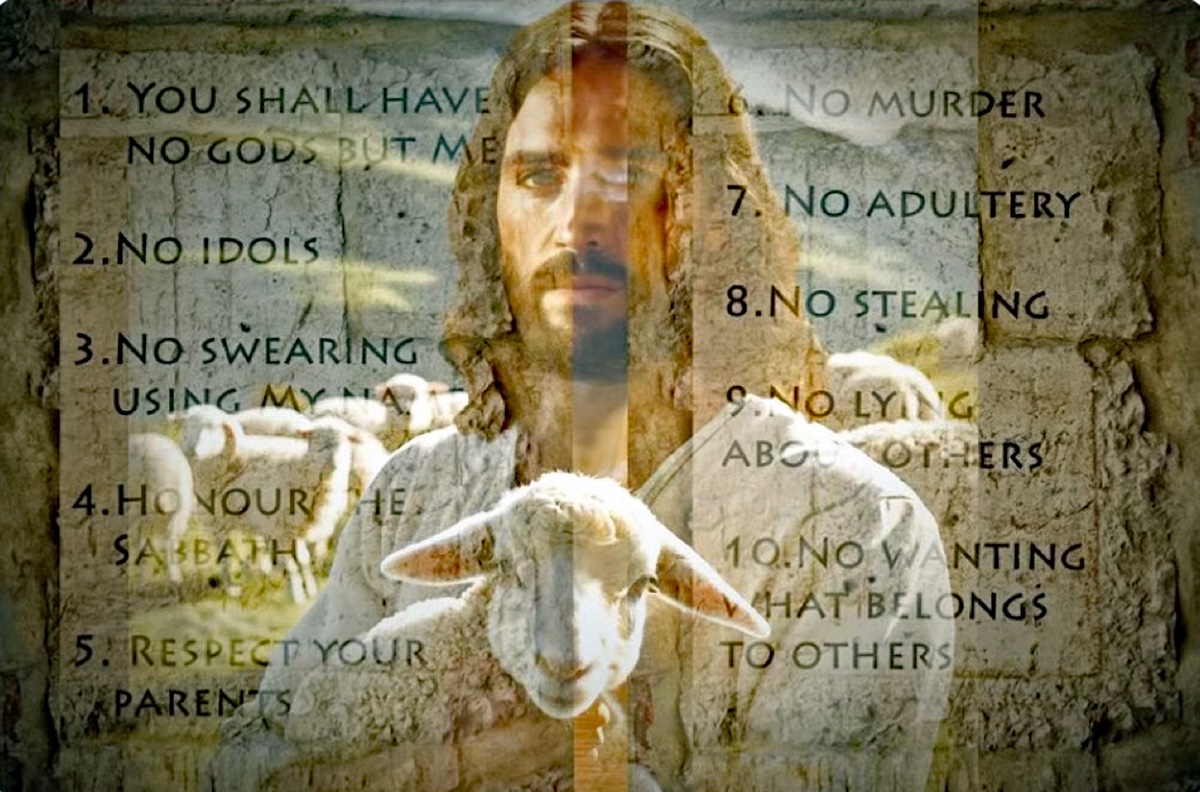
The Pharisees had not considered that the Law was never able to save humanity. Everyone broke the Law at some point, so they assumed that God didn't expect perfection. In actuality the Law was added to keep sin in check during the interim until a perfect sacrifice for sin could be offered. Animal sacrifices offered in the Temple couldn't save anyone either. They were only reminders that fallen humanity needed a Saviour, a perfect sacrifice without blemish or flaw - a Lamb of God without sin. Believing in that divine Sacrifice caused the Holy Spirit to bring about the rebirth experience that Jesus talked about. Rebirth alone could do what the Law never could.
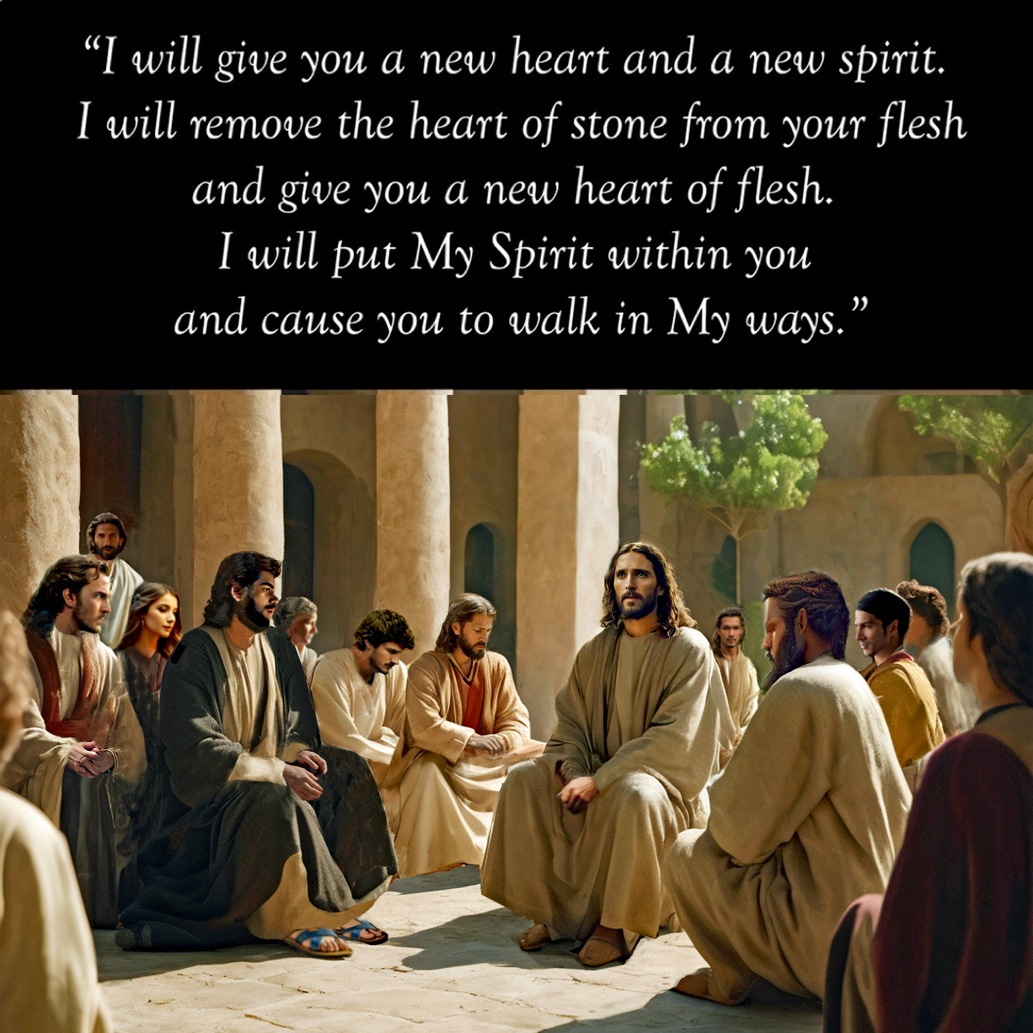
God had always intended to create a
new humanity that would have His
heart, mind, and Spirit. This new
humanity would be His own "holy
seed" birthed from the Seed of God,
which is Jesus. God had told this to
Abraham, promising an inheritance
of countless descendants. The
promise would be fulfilled apart
from the Law. Later, the Mosaic
Law was introduced, but it did not
annul the promises made to
Abraham or to Abraham’s Seed
(Christ). These promises were for a
new genus - a new creation - which
would live with Him forever and
would share in His very own Life.
But to bring that Life would cost
Him everything.
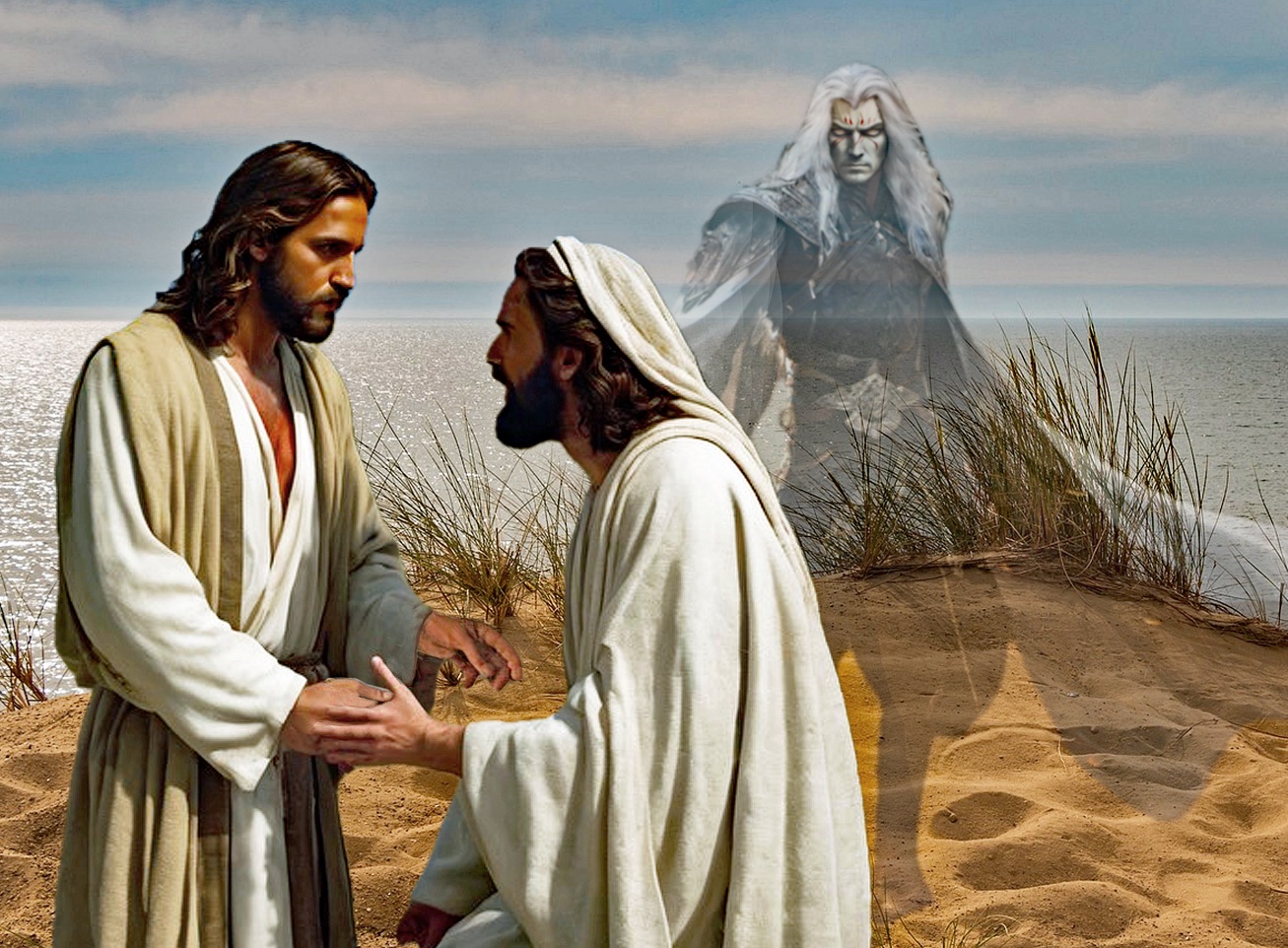
Jesus knew the high cost He would pay to rescue the human race. He told His incredulous disciples He would die in Jerusalem, but one of them, Peter, tried to rebuke Him for saying so. Jesus knew immediately that Satan was influencing Peter's mind to dissuade Him from His purpose, and sternly commanded Satan to leave.
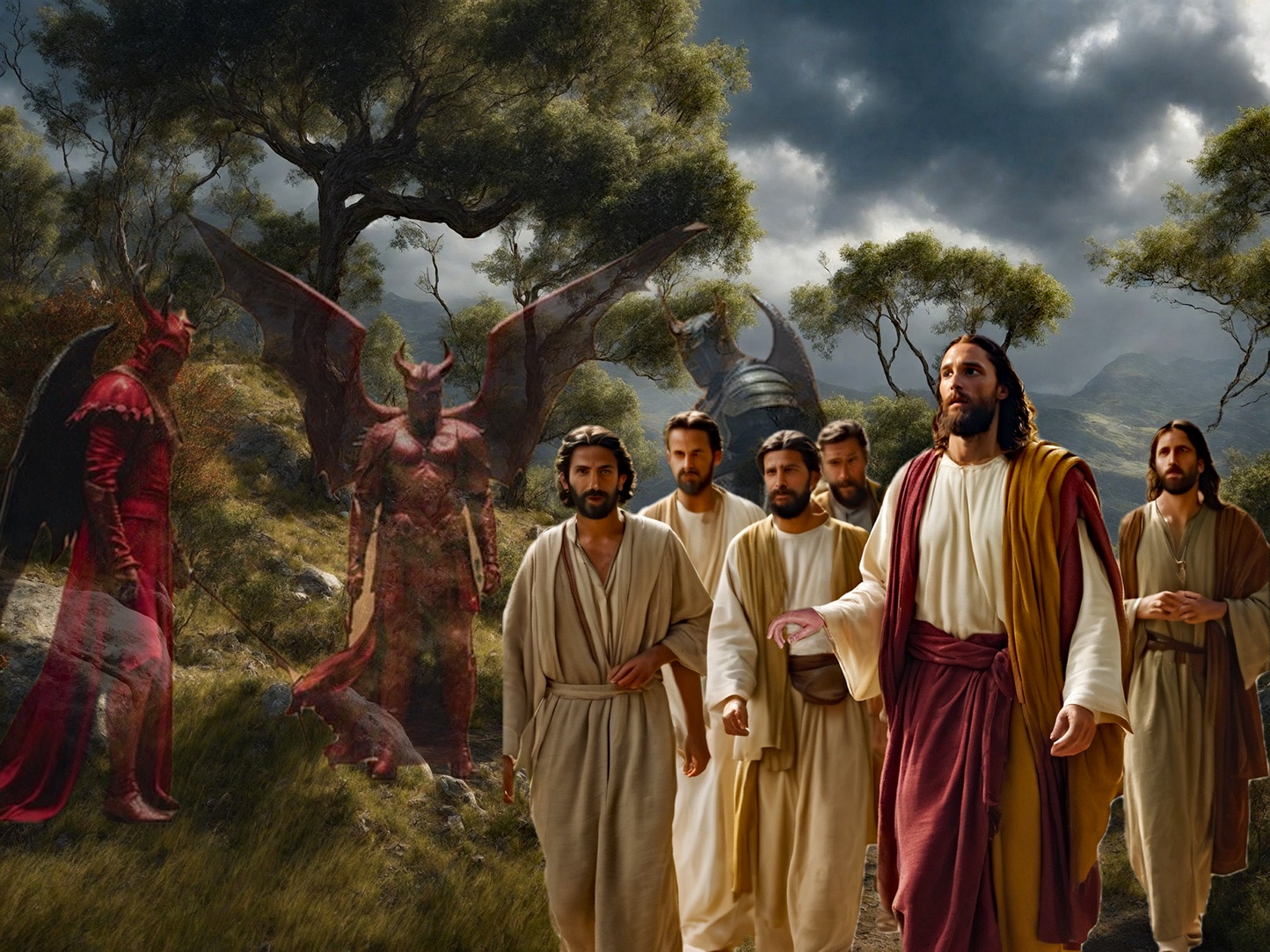
Satan and his minions had been
watching Jesus and His disciples all
along, hoping for an opportunity to
destroy them. But Jesus had guarded
His followers over and over again. He
had stopped demons from attempting to
drown them in a raging storm at sea by
calming it with one word of command.
He had stopped the attack of a
demoniac filled with a legion of devils
by casting them out. He walked through
violent mobs that were going to stone
Him. He healed the family members of
His disciples when they became gravely
ill. He was ever on the alert for Satan's
evil strategies and quelled every
onslaught in the power and authority of
the Spirit inside Him. No one could
come to harm with Jesus there to
protect them. But the Enemy never gave
up trying.
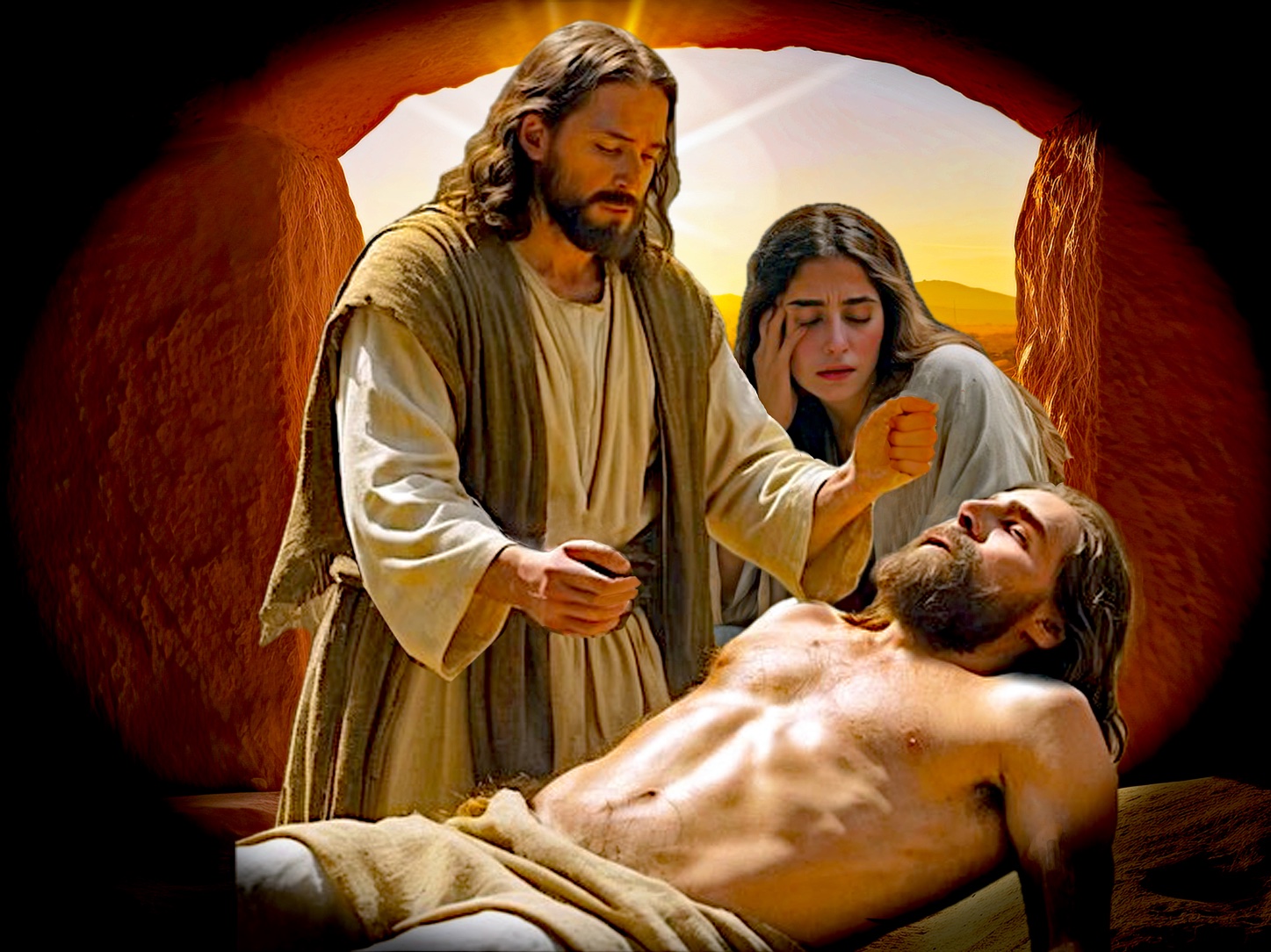
Jesus went on performing miracles,
even raising the dead, which caused
great alarm among the Pharisees.
After Jesus raised His friend, Lazarus,
from the grave, His popularity
skyrocketed and the Pharisees saw
their influence over the people rapidly
d i s i n t e g r a t i n g . M u c h t o t h e i r consternation, their propaganda and
malicious slander weren't working.
Their attempts to trick Jesus were
futile because He was too clever for
them. If they didn't manage to stop
this new Rabbi - and fast - they would
lose all political and religious clout in
Jewish society. They would lose their
hold over the masses. Even some of
the Pharisees and Sadducees were
defecting to Jesus. It couldn't go on!
They began to make secret plans to
have Jesus arrested and killed.
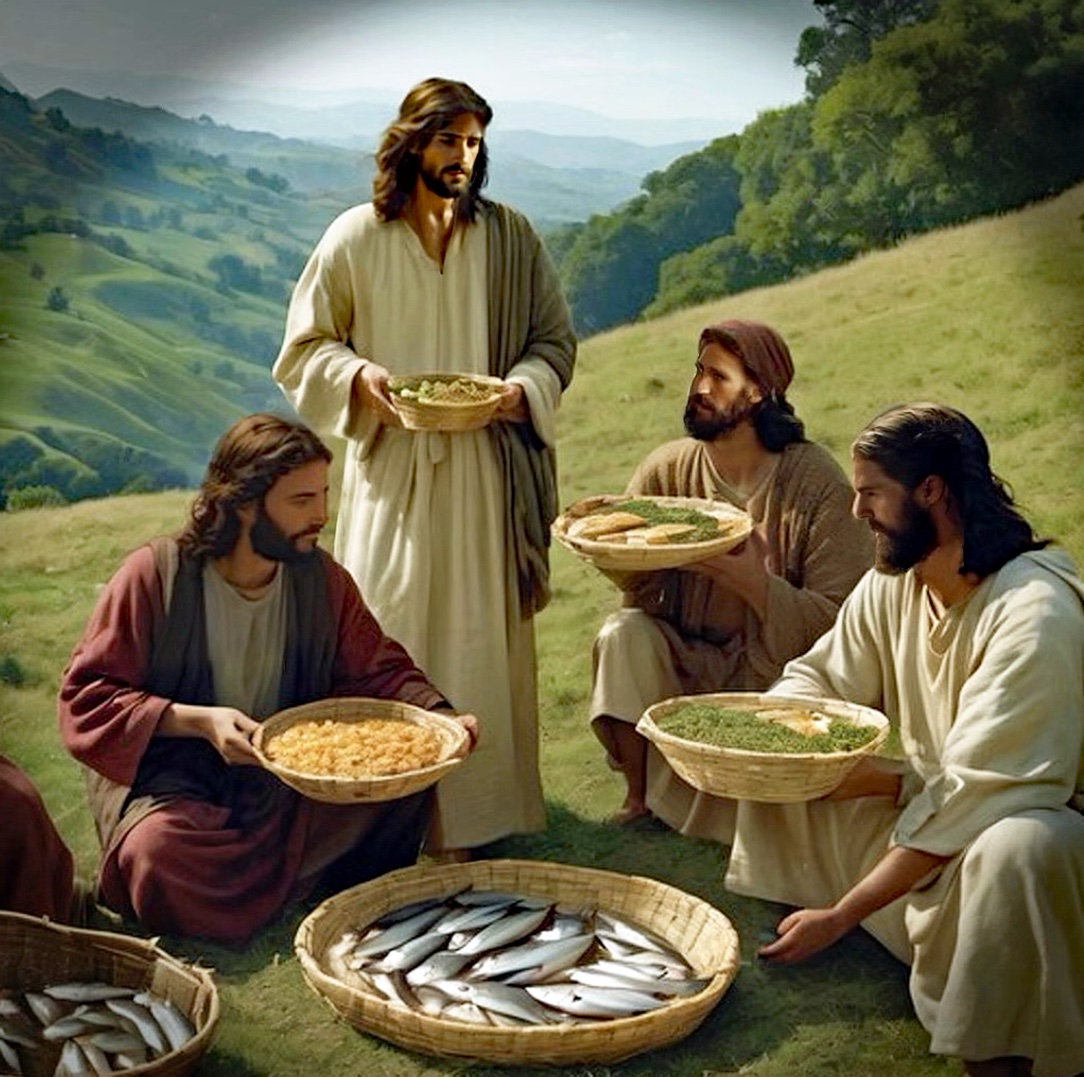
W h e n e v e r J e s u s w e n t i n t o t h e countryside to teach, thousands came out
to hear Him. They would gather on the
hillsides, listening with rapt attention as
He spoke of His heavenly Father and His
coming kingdom. His Words carried the
unmistakeable ring of authority.
Sometimes Jesus would teach for hours
and the people would be too enthralled to
return home for dinner. On at least two
occasions Jesus was concerned about this
and provided a simple meal for all of
them - 5000 one time and 4000 at
another - from just a few fish and loaves
of bread. This miracle was a strong
reminder to the Jewish people of how
God had miraculously provided manna
for their forebears in the Sinai Desert.
However Jesus could see that most of the
people were more interested in the food
than in hearing the truth about God.
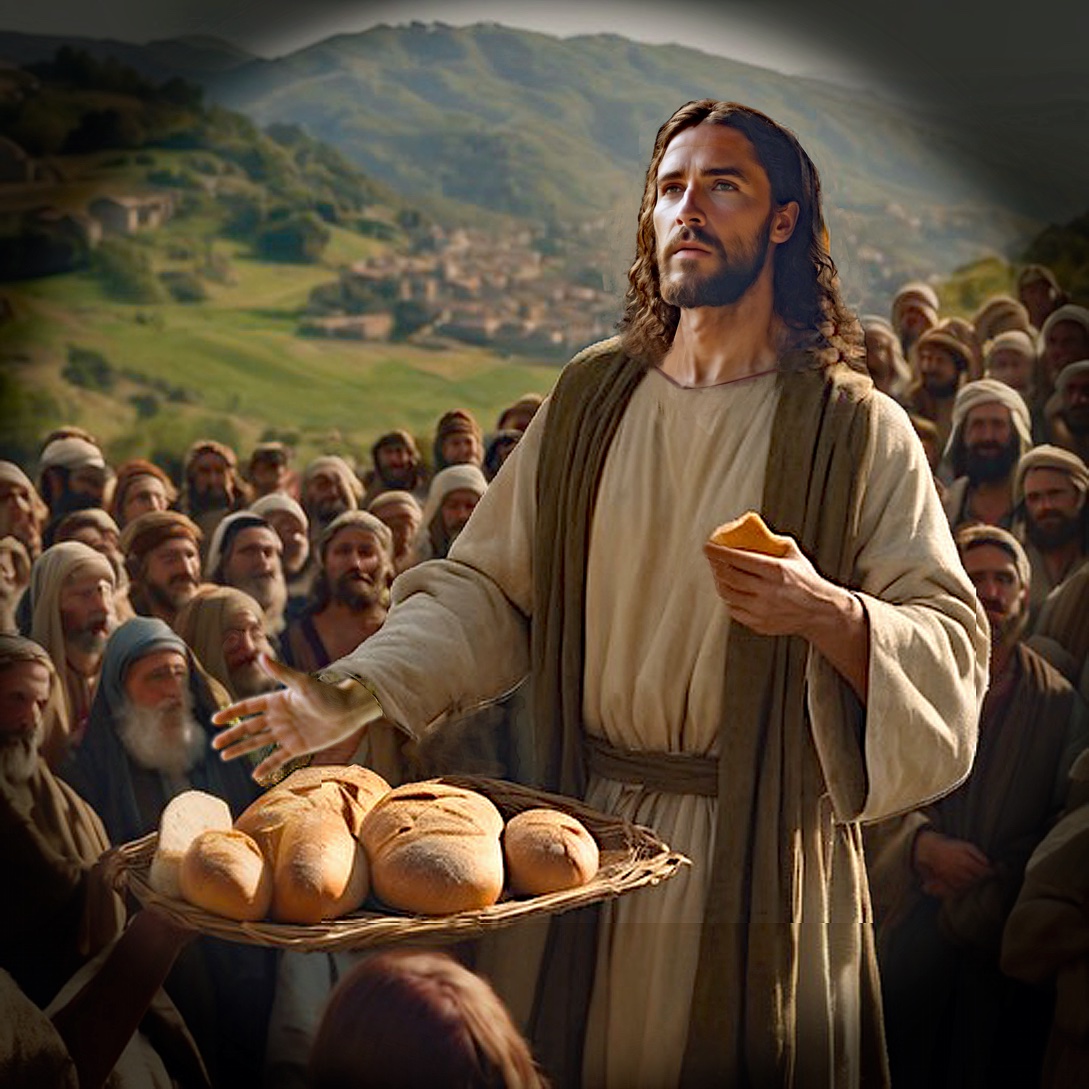
Wanting the people to have the right
focus, Jesus told them:"I am the Bread
of Life. Whoever comes to Me will
never go hungry, and whoever believes
in Me will never be thirsty." He was
speaking metaphorically, but the people
didn't get it and some lost interest soon
after. The Bible later described this
kind of person as being : "…darkened in
their understanding, alienated from the
life of God because of the ignorance
that is in them, due to their hardness of
heart." This is because the natural
person is unable to accept the things of
the Spirit of God. They appear foolish
to him and he rejects them. Spiritual
truth has to be spiritually discerned and
many of the Jewish people were not
focused on the eternal. They were
seeking temporal benefits which they
hoped Jesus would provide for them.
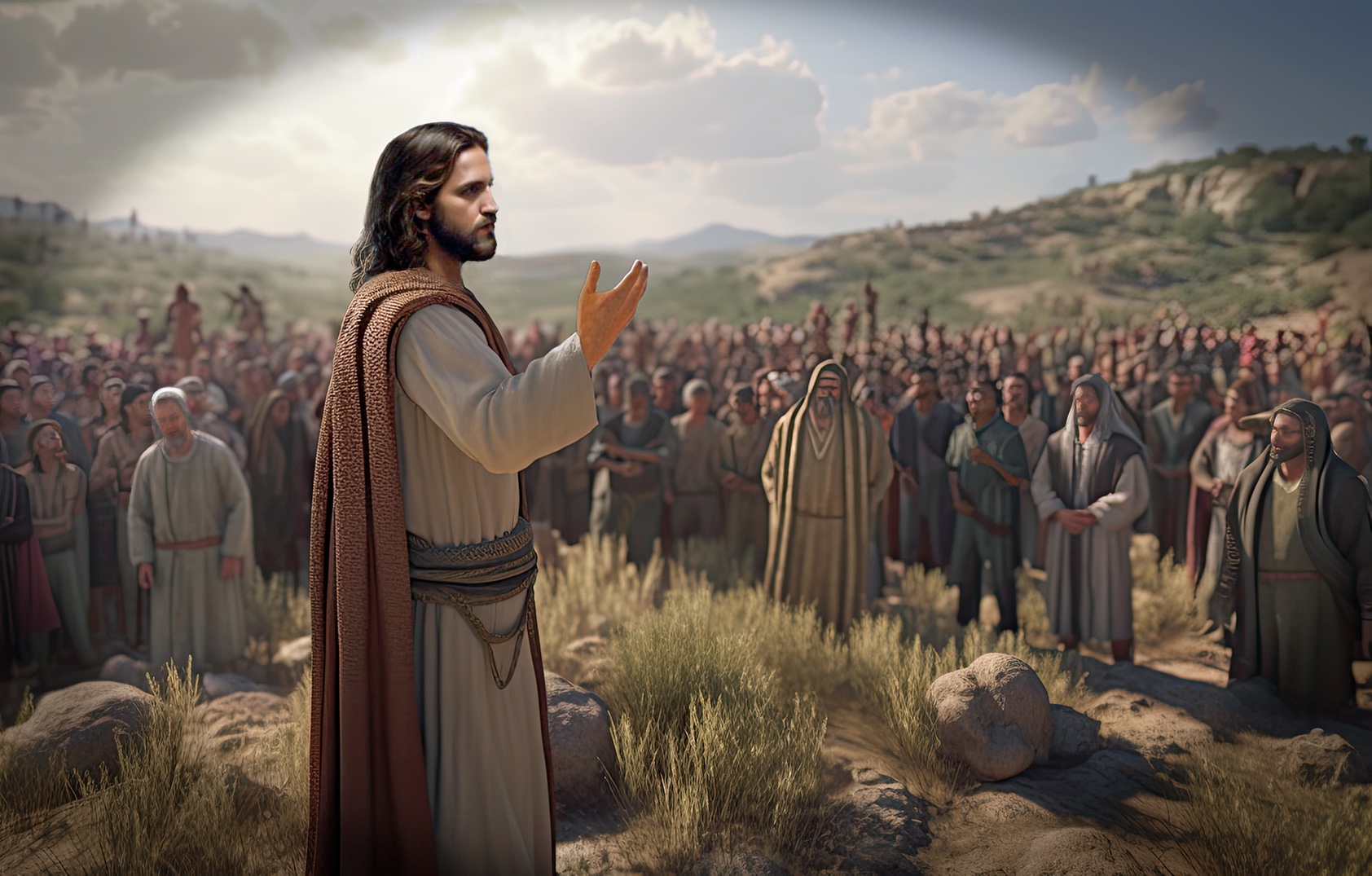
The crowds became confrontational when Jesus told them that whoever obeyed His words would never taste death. They asked if He thought He was greater than Abraham who had obviously died. Messiah replied, "Before Abraham was born, I AM." This was God's name, as given through Moses. It was a red flag to the Jews who recognized that Jesus was claiming He was equal to God. In their minds, this was absolute heresy.
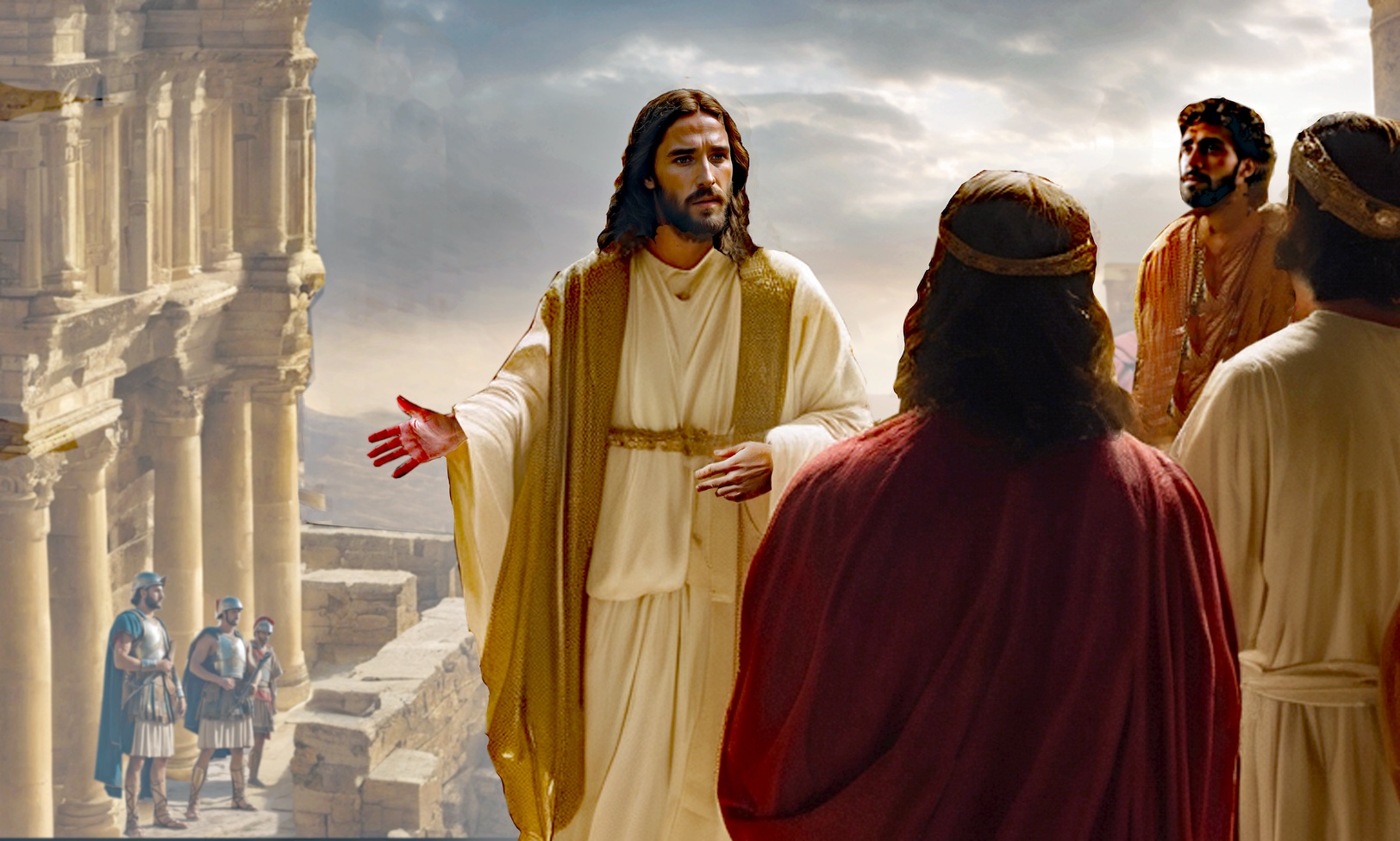
One time Jesus indicated the Temple in Jerusalem and told the Jews, "Destroy this Temple and I will raise it up in three days." He was referring to Himself as the Temple and His coming death and resurrection. But He was also speaking of the Jerusalem Temple's destruction by the Romans. Most of the people missed this allusion to Himself, and even the disciples did not understand what He meant until after the fact.
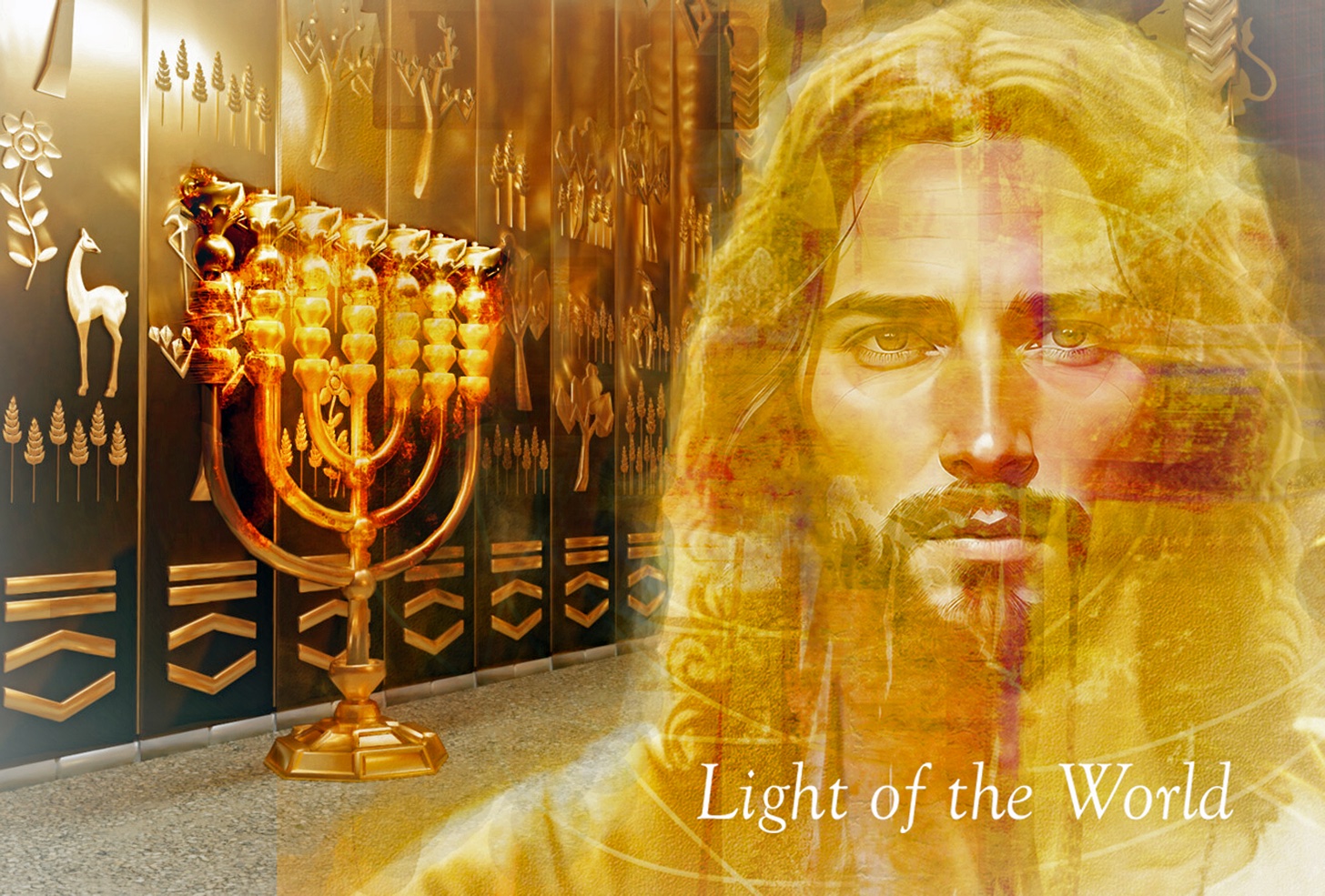
The Temple symbolized the Messiah, and so did everything in it. Jesus often pointed this out to let the Jews know that He was the heavenly fulfillment of the earthly Temple - the Lamb of God, the Narrow Gate, the Light of the world, the Bread of Life, and the Living Water.
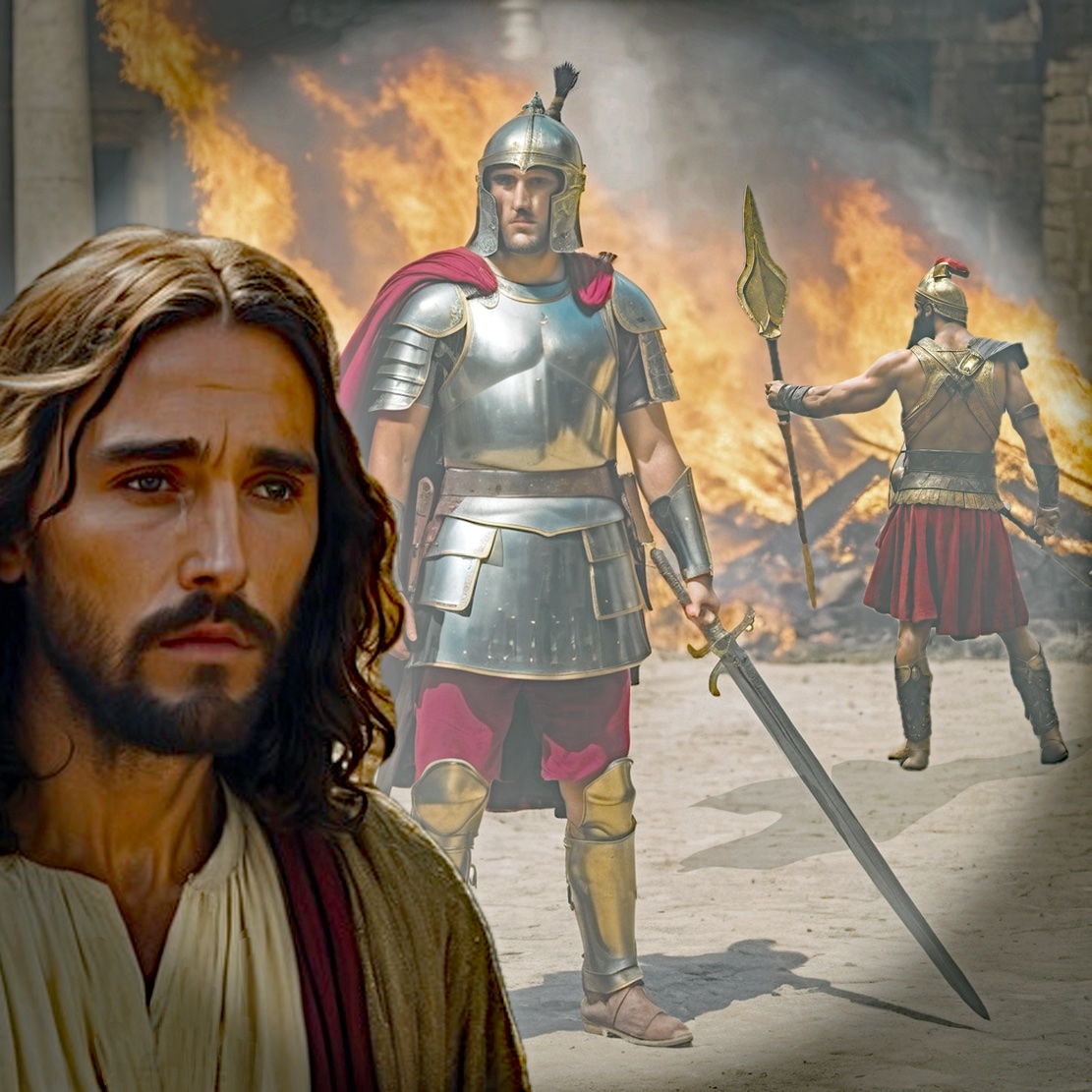
Messiah's speech became increasingly
intense. He reminded the Jews how
God, in the past, had withdrawn from
Israel whenever they rejected Him.
Now they were again rejecting God in
their repudiation of their Messiah. He
told the Jews they were in grave danger
and He wept when He looked into their
future. He foresaw the siege of
Jerusalem that would occur in 70 AD,
when Titus, the future Roman emperor,
and his 60,000 troops, would decimate
the city and its Temple. The siege would
last 5 months, during which time many
of Jerusalem's inhabitants would starve
to death. When the army finally
breached the city walls, they destroyed
the Temple by fire and the people were
massacred or enslaved. All the Temple
treasures were carried off to Rome.
Jesus foresaw it all and it broke His
heart.
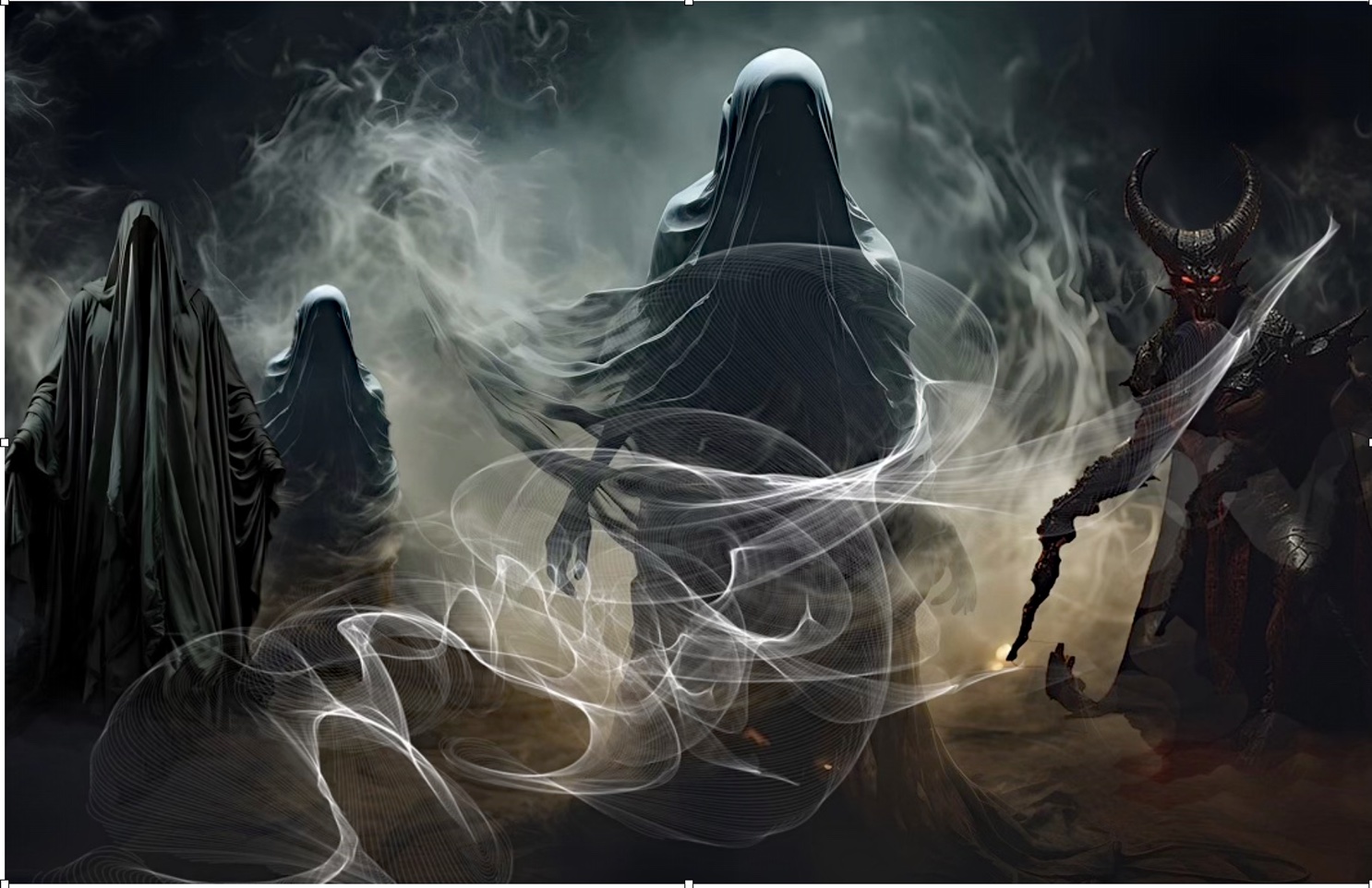
The Jews were in danger from earthly threat, but even more so from a spiritual one. Jesus warned about Sheol (hell) as a place of spiritual darkness, a place apart from God's presence and without His protection, where all who rejected God would go after death. But even the faithful, like the patriarchs of old, went there. It was divided into a place for God's people (called paradise, or Abraham's bosom) and a place of torment for the wicked. The faithful awaited deliverance from the grave when the Messiah would come to deliver them.
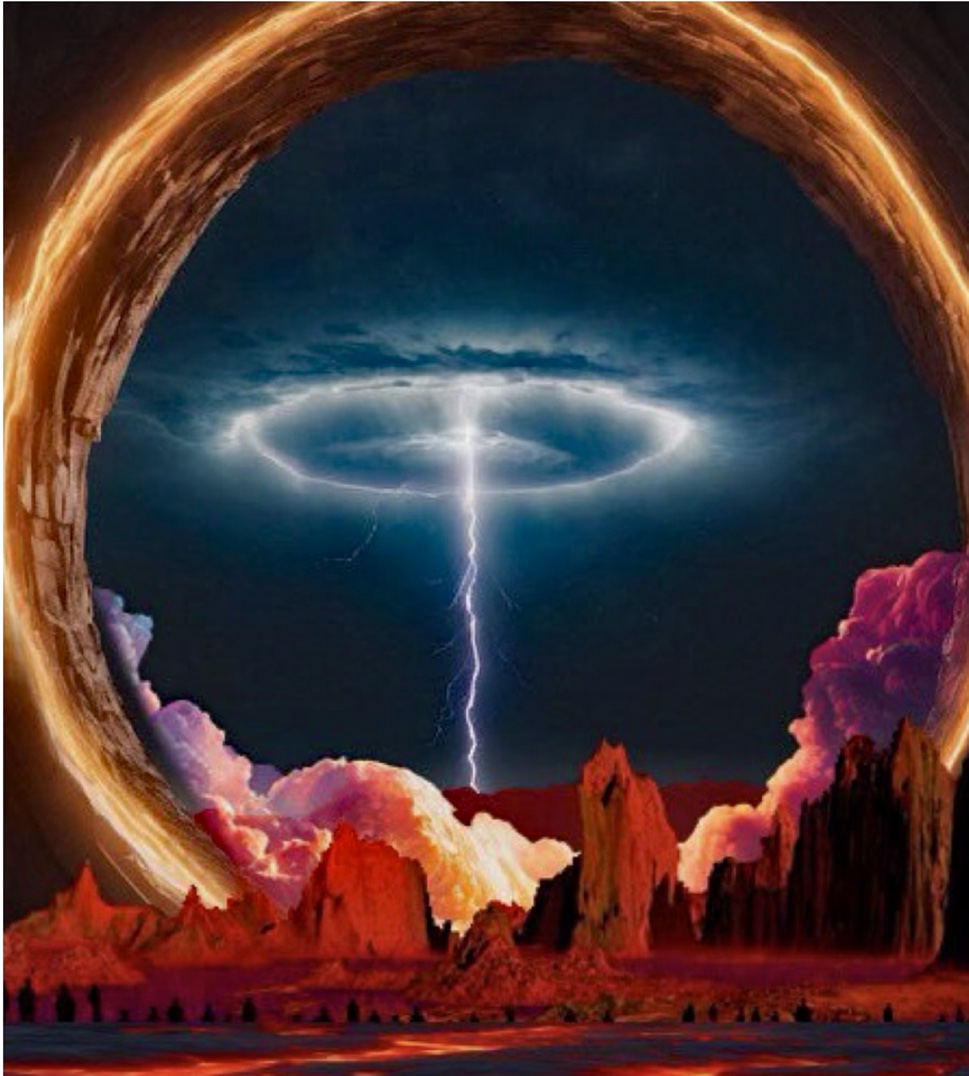
Horrible as Sheol is, Jesus warned of a
final hell called the lake of fire, where
the wicked, both human and angelic,
would end up. It is a place of "weeping
and gnashing of teeth" - an eternal
state of spiritual anguish. Jesus also
referred to it as an “outer darkness”
describing it as the final destination of
those who reject Him. This is a state of
complete separation from God, never-
ending and inescapable. Though it is
the kindness of God that draws people
to Him, Jesus also used the fear of
judgement and hell to awaken people
out of their spiritual lethargy, giving
repeated warnings to seek Him before
it was too late. Only Messiah's
advocacy can protect one from this
doom.
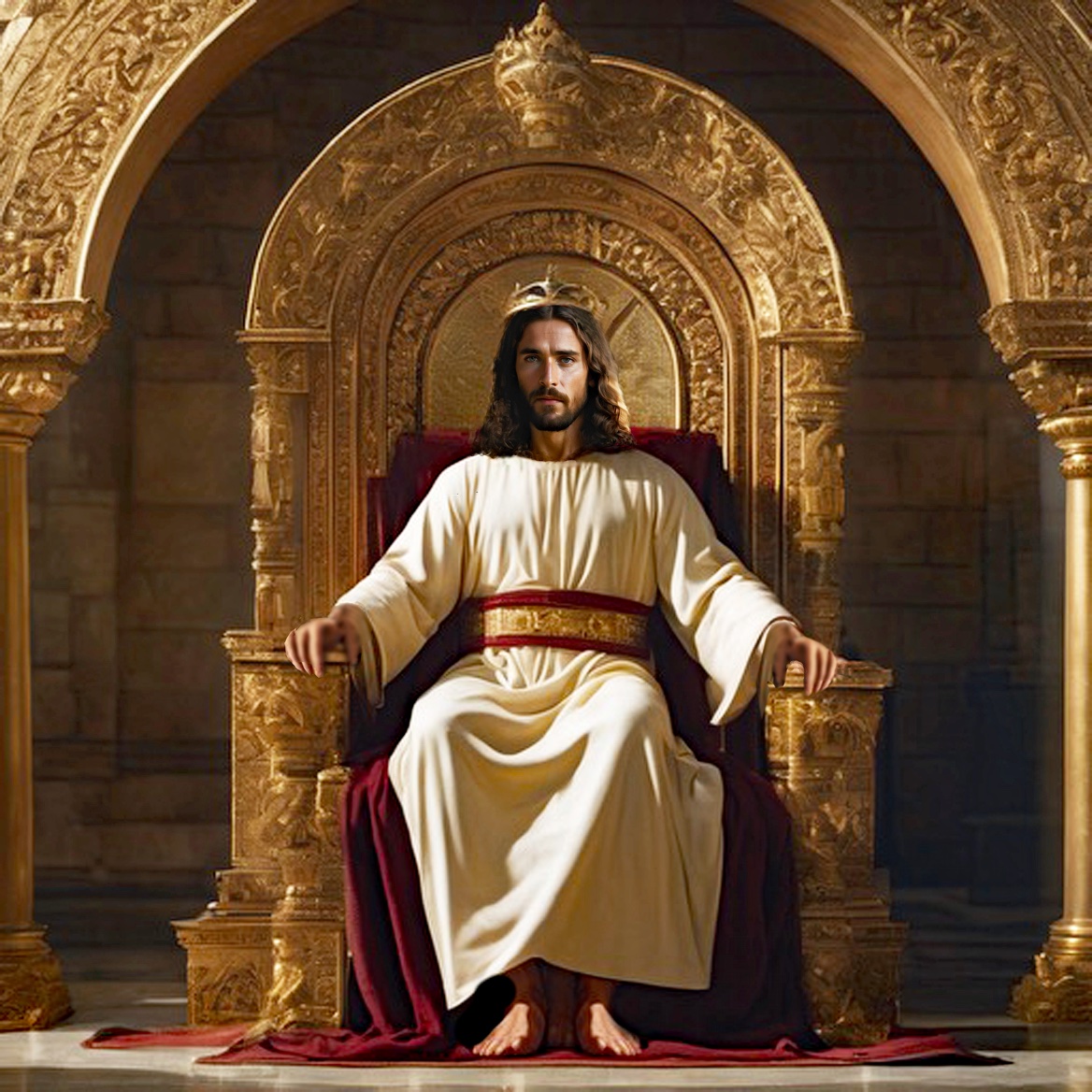
Jesus often spoke of His kingdom,
and His disciples and the Pharisees
asked Him when it would come.
Jesus said it would come without
observation and it would span the
entire earth. He was speaking of a
spiritual kingdom that would be
comprised of people from every
nation of the world, not just the
Jews. The people of this kingdom
are those whom God has called out
of darkness into His light. They are
a chosen race, a holy nation,
sojourners and exiles on the earth,
whose citizenship is in heaven.
Nothing evil exists in this kingdom
- no child traffickers, murderers,
liars, no idolators, abusers,
extortionists, or adulterers. It is a
kingdom of grace and glory.
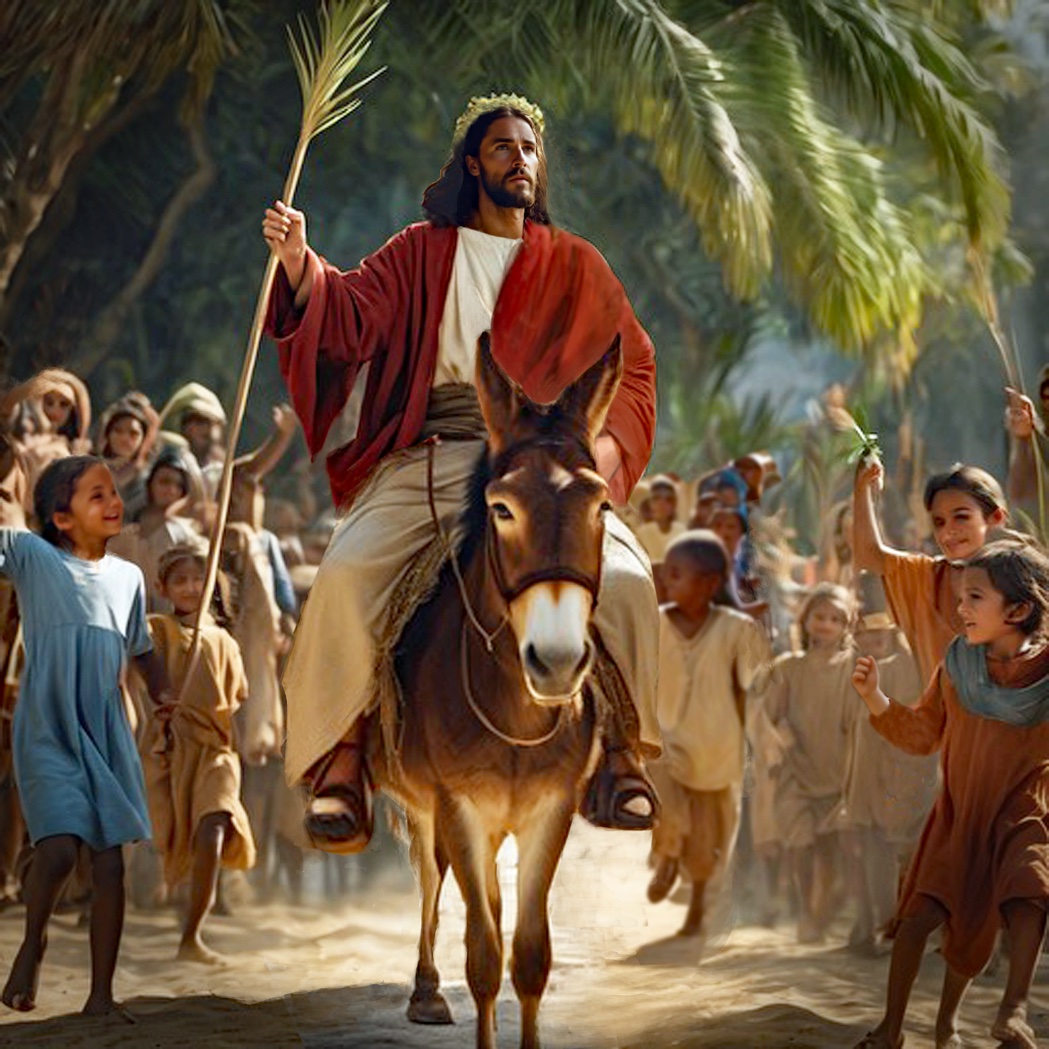
It was as a king that Messiah entered
Jerusalem on the Passover. Upon their
coronation, kings would commonly ride
in on a mount. Jesus chose to ride on a
donkey colt that no one had ever ridden.
It was a public announcement that He
was Israel's King. The prophet Isaiah
had written: "For a child will be born to
us; a Son will be given to us; and the
government will rest on His shoulders;
And His name will be called Wonderful
Counsellor, Mighty God, Eternal Father,
Prince of Peace." Zechariah, another
prophet, had written: "Rejoice greatly,
Daughter Zion! Shout, Daughter
Jerusalem! See, your king comes to you,
righteous and victorious, lowly and
riding on a donkey, on a colt, the foal of
a donkey."

One disciple, Judas Iscariot, never
referred to Jesus as 'Messiah". He
would only refer to Him as "Teacher."
Judas followed Jesus in hopes that He
would overthrow Roman rule and thus
give Judas a position of power. Jesus
had entrusted him with the funds for
the group, and Judas was often
pilfering from it. Perhaps he was
hoping that once Jesus was crowned
King of Israel, he would retain his
financial post and become fabulously
wealthy. Judas was also a member of
the Zealots, known for their extreme
hatred of Rome. Many were violent
and aggressive, and they have been
called some of the world’s first
terrorists. Not all Zealots were violent,
but they had a reputation of being
forceful, aggressive agitators.

Jesus had never been in any doubt as
to Judas' character. In fact he was
chosen as a disciple because Jesus
knew he would betray Him. It was a
part of God's plan. Jesus had once
referred to Judas as a "son of
perdition", indicating what his end
would be. One time Jesus’ friend
Mary took some expensive perfume
and poured it over Jesus’ feet, wiping
His feet with her hair as an act of
worship. Judas objected, saying the
money would have been better spent
on the poor. Of course he didn't care
about the poor, but saw it as money
he could have skimmed for himself.
Jesus told him to leave Mary alone.
It was intended that she should save
the perfume for the day of His burial.
He added: "You will always have the
poor among you, but you will not
always have Me’.

Judas made a decision to do a most
despicable act. He decided to betray
Jesus to His enemies. Perhaps he felt
disillusioned that Jesus was not
turning out to be the Jewish ruler he
h a d h o p e d f o r . M a y b e h e w a s
disgruntled at being reprimanded by
Jesus over Mary's pouring perfume
over His feet. When Jesus mentioned
His coming death, Judas may have
thought he had wasted three years of
his life by following false hopes of
becoming wealthy and becoming
important and powerful. Whatever his
motive, he approached the chief priests
of the Pharisees and asked what they
would give him if he delivered Jesus
over to them. They offered him 30
pieces of silver, and from then on Judas
watched for an opportunity to hand
Messiah over to the authorities.
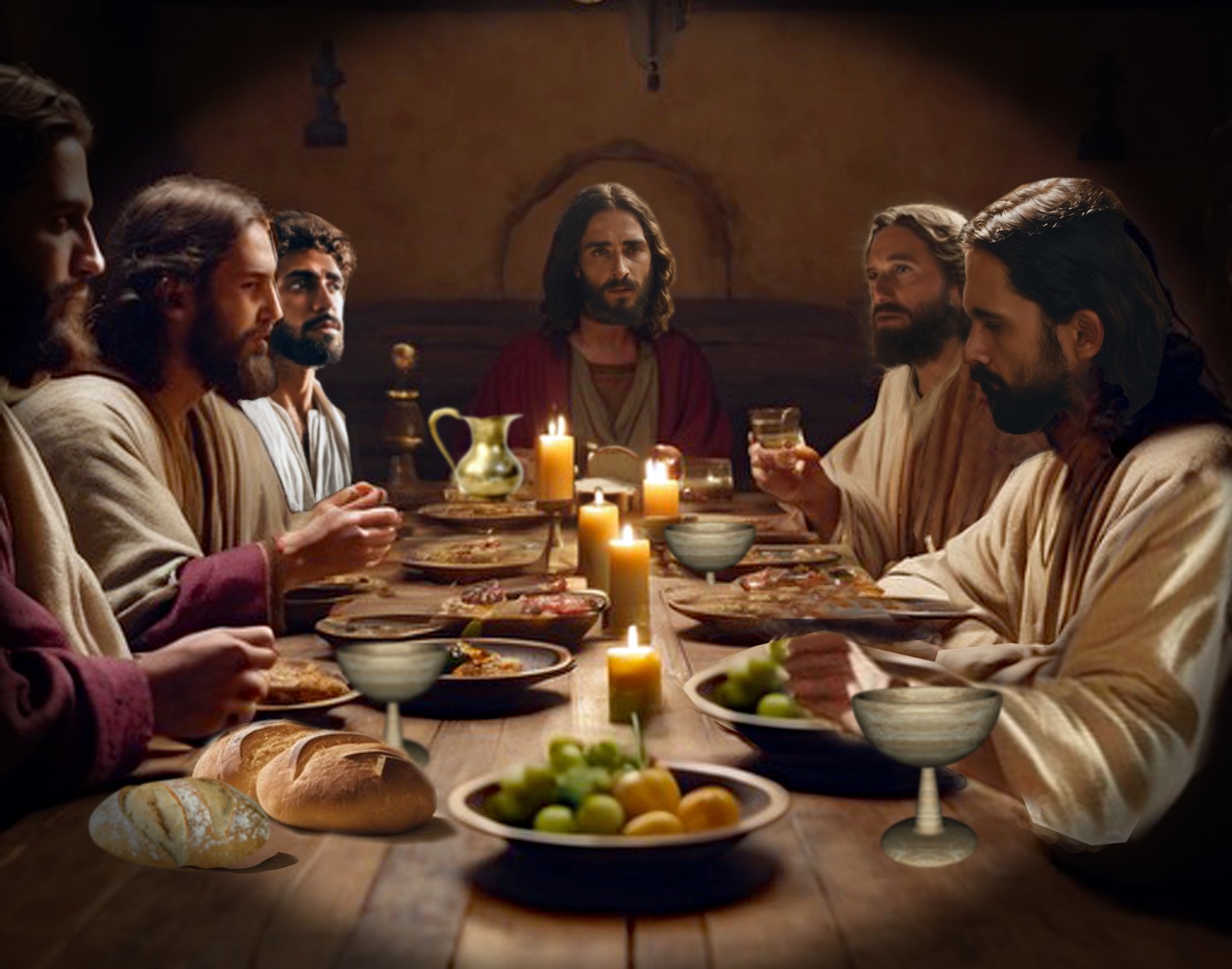
Jesus and His disciples had their last Passover supper together in an upper room.
Jesus announced that one of them would betray Him. Judas asked if it was he and Jesus affirmed it, and told him to quickly do what he was planning. Then Satan filled Judas' heart and he left them.
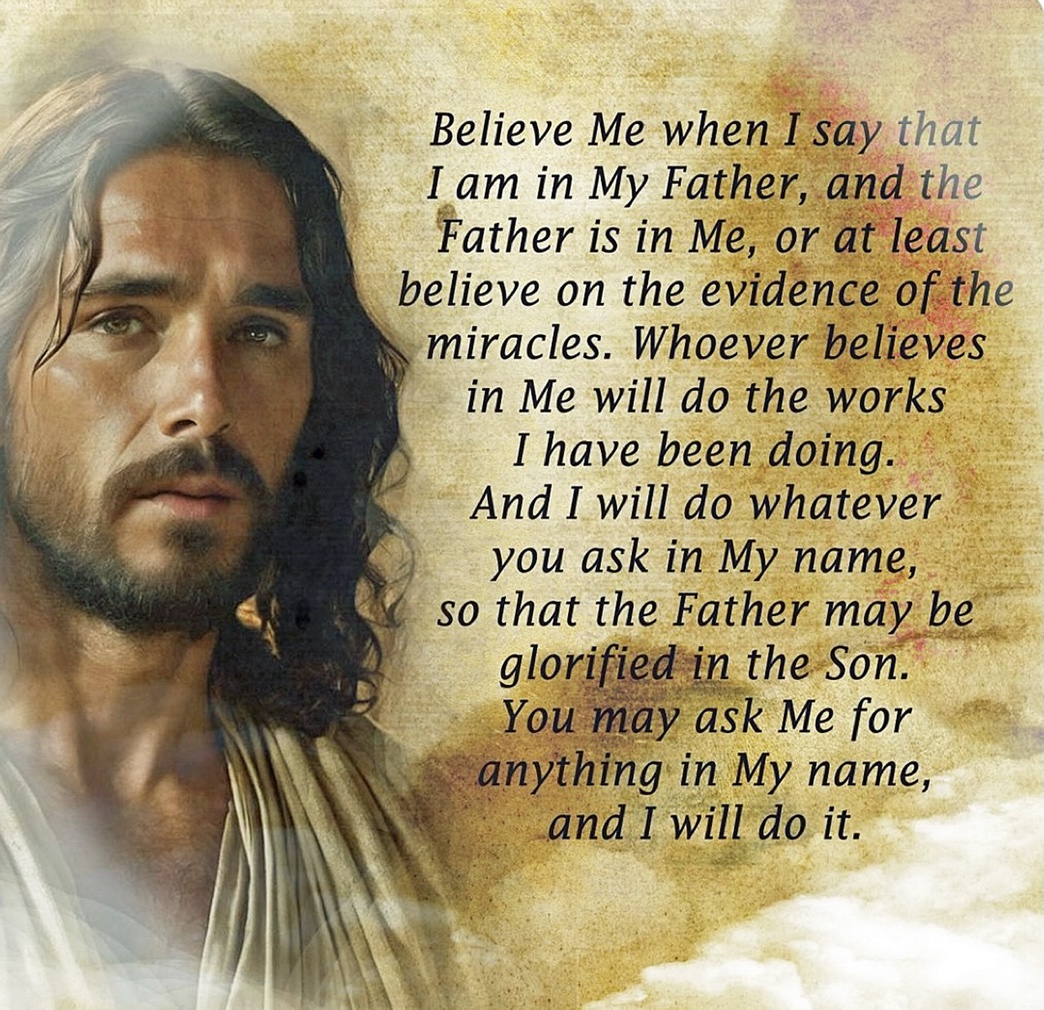
The disciples were troubled as Jesus
talked about His coming death, but
He assured them He was going away
to prepare mansions for them, and
He would come back for them. He
would also not leave them orphans,
but would send His Spirit to be with
them. He also assured them that
they could ask anything in His name,
and He would do it. Jesus also took
some bread and wine and said these
were to be used as symbols to
remember Him by. He likened the
wine to His blood and the bread to
His body. He said: "For my flesh is
real food and my blood is real drink”
meaning that salvation would come
through the sacrifice of His physical
body on the cross.

Jesus and His disciples went to the
Mount of Olives, to a private place
called the Garden of Gethsemane.
There He prayed about the cup of
suffering He was about to undergo.
He wanted His Father's will, but He
was dreading the spiritual separation
between Him and His Father that
would happen when He took on the
sins of humanity. Being human, He
was also dreading the pain and
suffering that was sure to come. He
asked His disciples to pray, but they
soon fell asleep and were no solace for
Him. He was alone with His anguish,
with no one to comfort Him. The
Bible says that Jesus was a “man of
sorrows and acquainted with grief”
and probably at no time was this
more evident than when He prayed in
the Garden that night.
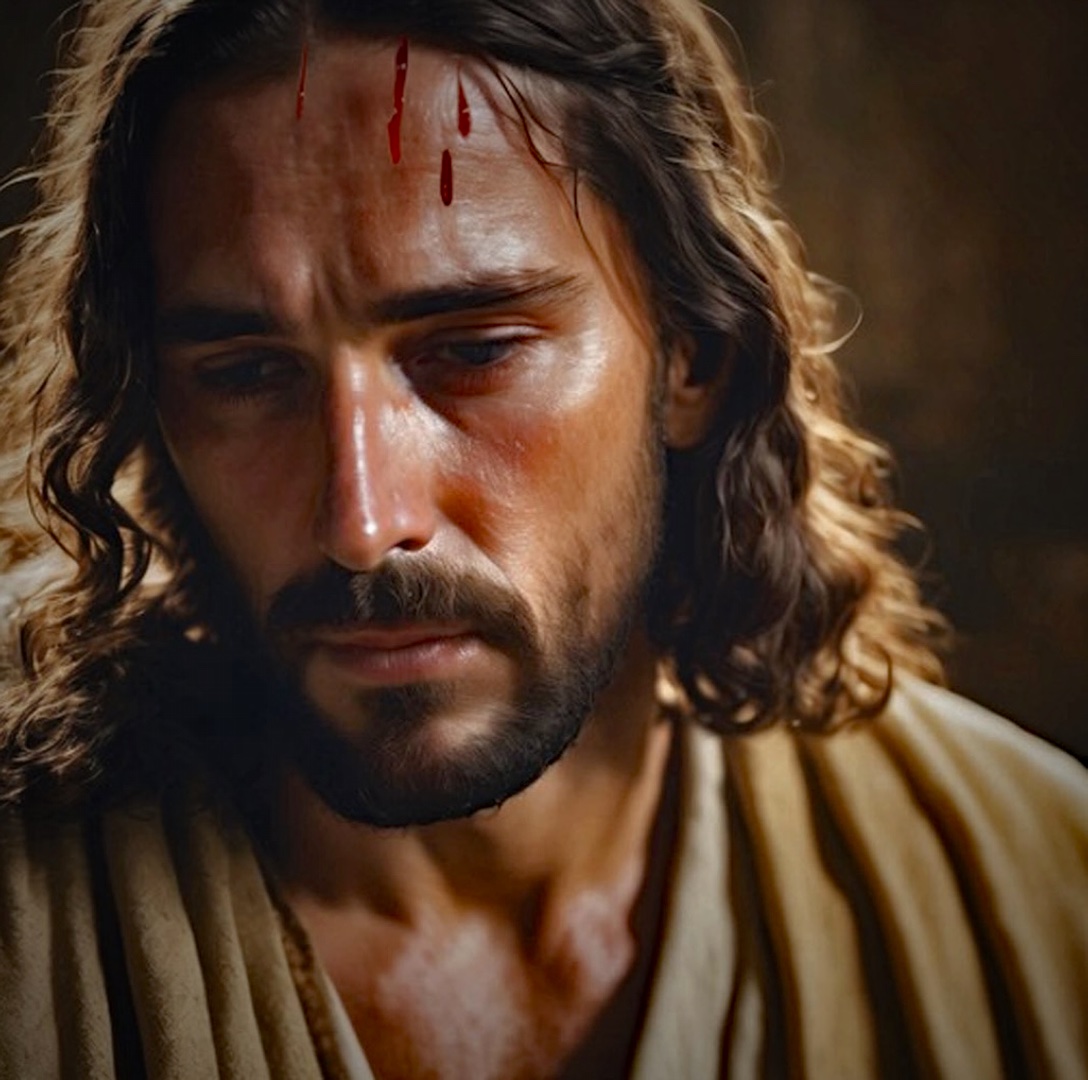
Being the Son of God, Jesus knew in
detail everything that was about to
happen to Him. He knew that He was
facing one of the most horrible forms of
capital punishment in history. He
contemplated not just the pain He would
suffer, but more importantly the spiritual
separation that would come as He took
on the sins of humanity. So severe was
His agony that it caused Him to sweat
great drops of blood. This sweating of
blood is a real, but rare clinical condition
called "hematohidrosis," in which
capillary blood vessels that feed the
sweat glands rupture. It only happens
under conditions of extreme physical or
emotional stress. Jesus asked His Father
to remove the cup of suffering from Him,
but added that He would do whatever He
wanted. His Father then sent an angel to
encourage and strengthen Him.
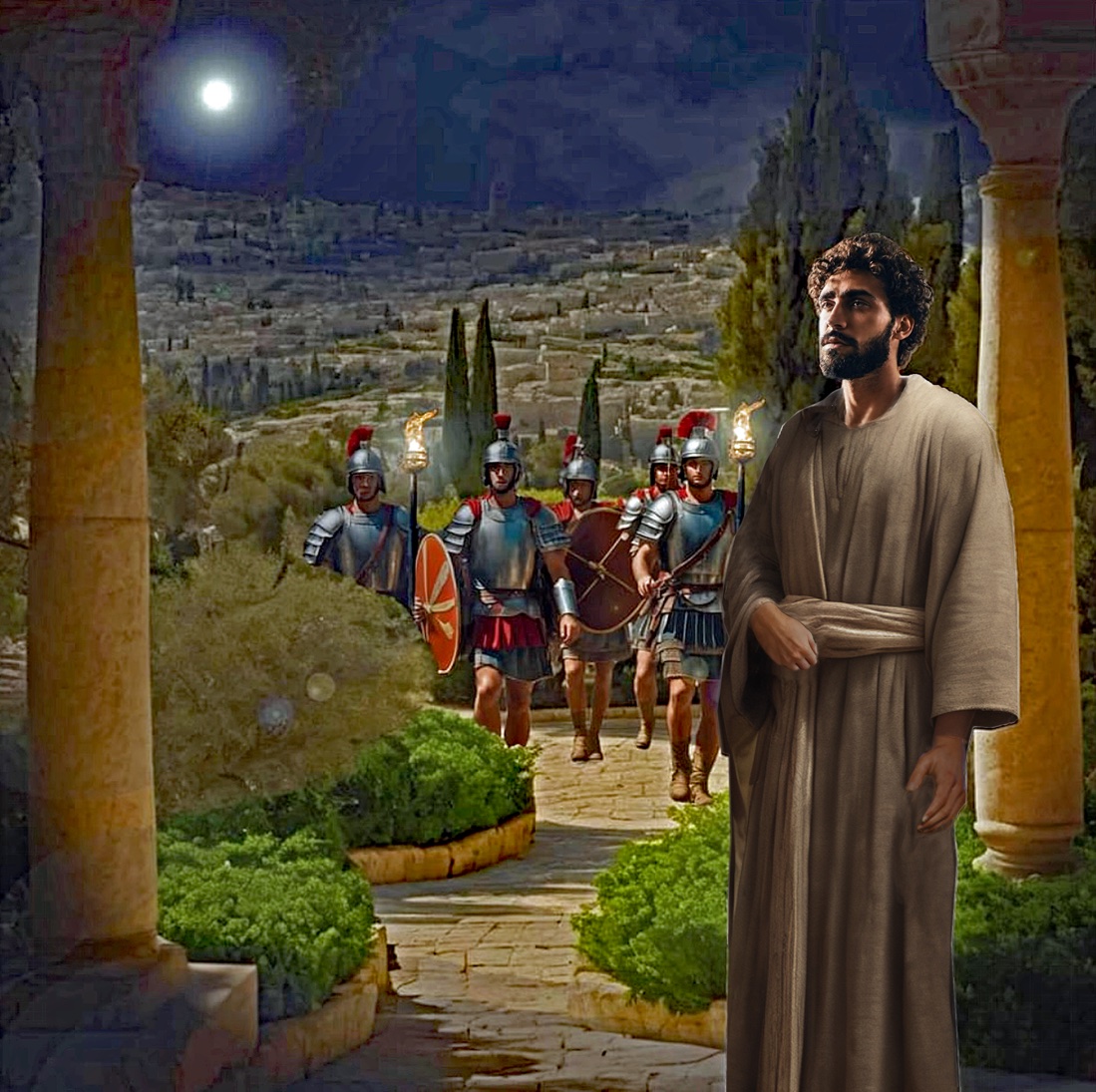
Judas knew where Jesus often met
with His disciples, so he brought a
Roman cohort of soldiers (about 300
or more men) and also some officers
and chief priests to arrest Him - a
literal army sent to capture one man.
They were probably expecting an
insurrection of some sort, which is why
they came at night. Also it was well
known how powerful Jesus was for He
had quelled storms and walked
through murderous mobs, so they were
taking no chances. Judas came up to
Jesus, calling Him "Rabbi," and then he betrayed Him with a kiss (a
traditional greeting at the time). Jesus
asked the soldiers who they were
looking for. When they said "Jesus the
Nazarene," Jesus responded, "I am
He." The guard and soldiers drew back
and fell to the ground, unable to move
because of Jesus' Power.
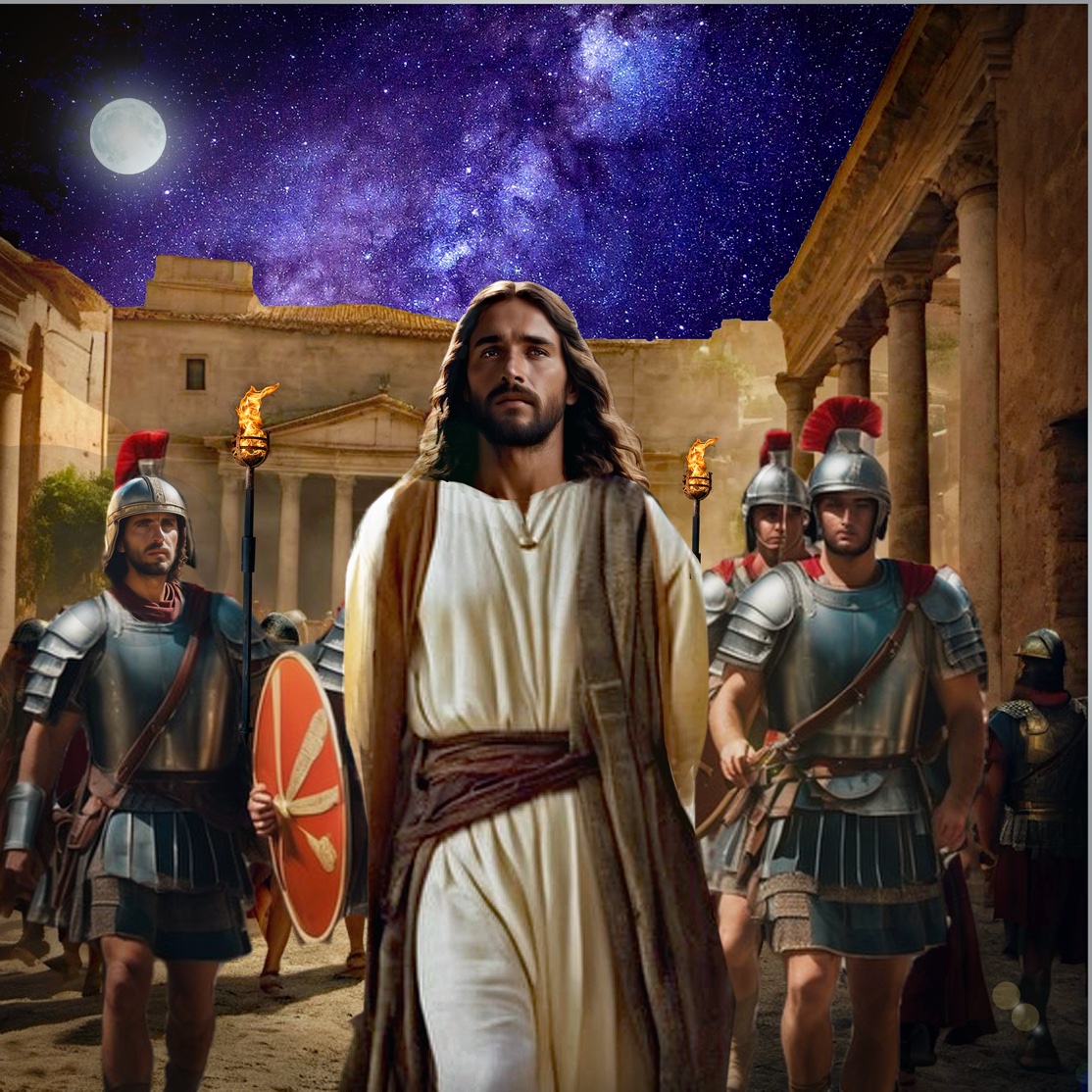
At the Passover Supper Jesus had
cautioned His disciples to bring a
couple of swords with them in case they
needed to defend themselves. Jesus
said this because He knew that once He
was arrested, events would be in play
where He would not be able to protect
them as He always had done before.
When the soldiers came for Jesus,
Peter swung his sword and cut off the
ear of the high priest's servant. He was
t h i n k i n g t o r e s c u e J e s u s , n o t understanding that it wasn't Jesus who
needed protecting, but him and the
other disciples. Jesus stopped him from
going further and healed the servant's
ear. Jesus had prayed to His Father
that not one of those the Father had
given Him would be lost, so after seeing
that His disciples were safe, He
permitted the soldiers to arrest Him.

Jesus was tried before Annas (father-
in-law to Caiaphas, the high priest)
who interrogated Jesus, but the Lord
said everything He had done had been
in the open, so He wouldn't defend His
actions. In frustration, Annas sent
Jesus, still bound, to Caiaphas. It was
actually illegal to hold a midnight trial
on the Passover, and there were no
credible charges. However Jesus being
sent to the High Priest was essential to
God's plan because the scriptures
stipulated that the sin offering for
Israel had to be delivered by the High
Priest himself. Caiaphas asked Jesus if
He was the Messiah and Jesus
answered: "I AM. And you will see the
Son of Man sitting on the right hand of
the Mighty One and coming in the
clouds of heaven." In a rage, Caiaphas
tore his clothes and accused Jesus of
blasphemy.
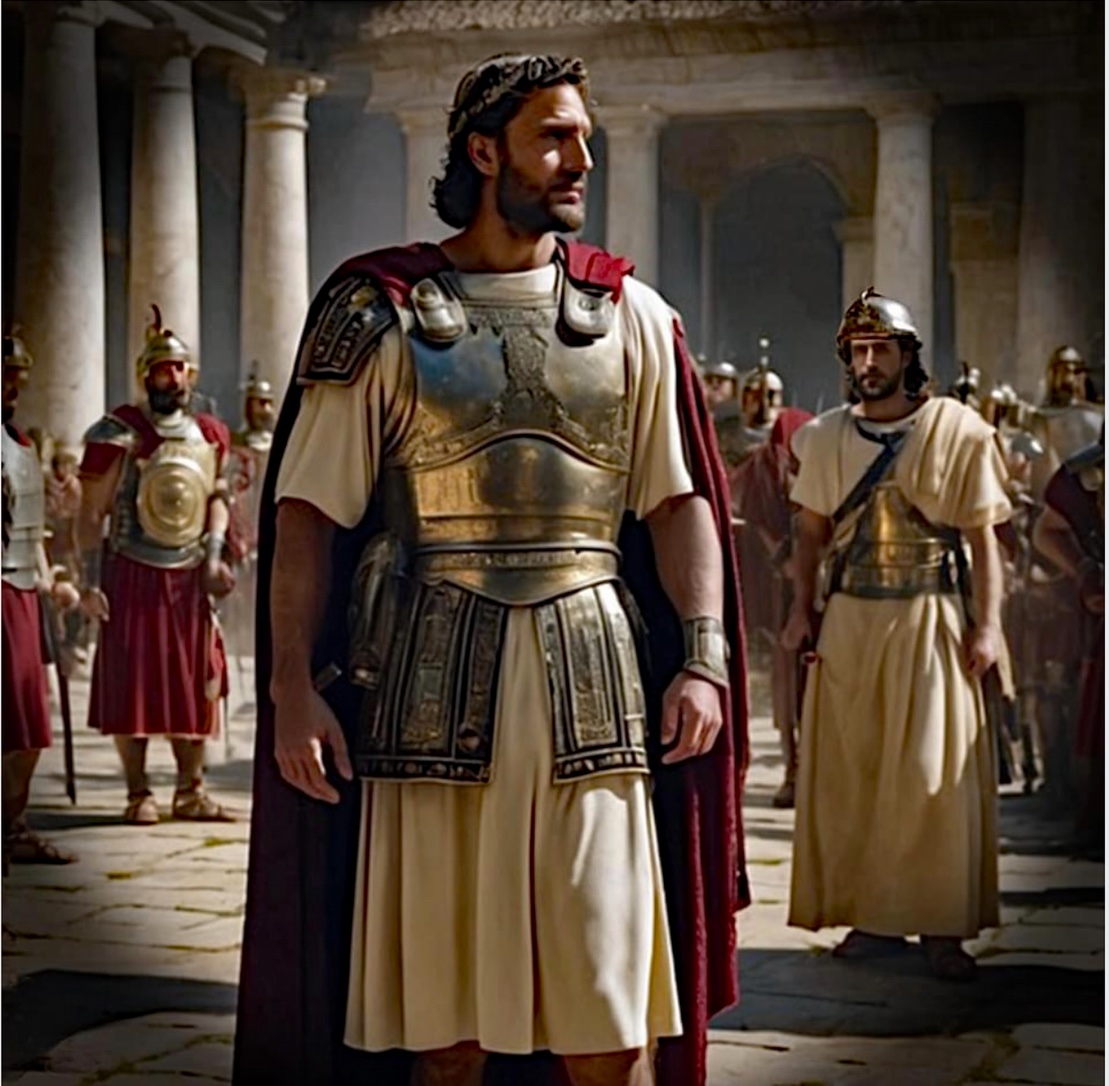
The Pharisees met together and realized
that their charge of blasphemy might not
be considered worthy of a death
sentence by the Romans, so they
changed the charge to Jesus declaring
Himself a king. That way Rome would
see Jesus as an insurrectionist and give
the death penalty. The council of
religious leaders then sent Jesus to
Pilate, the Roman governor, who had
power of life and death and could
reverse capital sentences passed by the
Sanhedrin. Pilate asked Jesus if He was
the King of the Jews, and Jesus replied:
"My kingdom is not of this world. If My
kingdom were of this world, then My
servants would be fighting so that I
would not be handed over to the Jews;
but as it is, My kingdom is not of this
realm.’ Therefore Pilate said to Him, ‘So
You are a king?’ Jesus answered, ‘You
say correctly that I am a king."
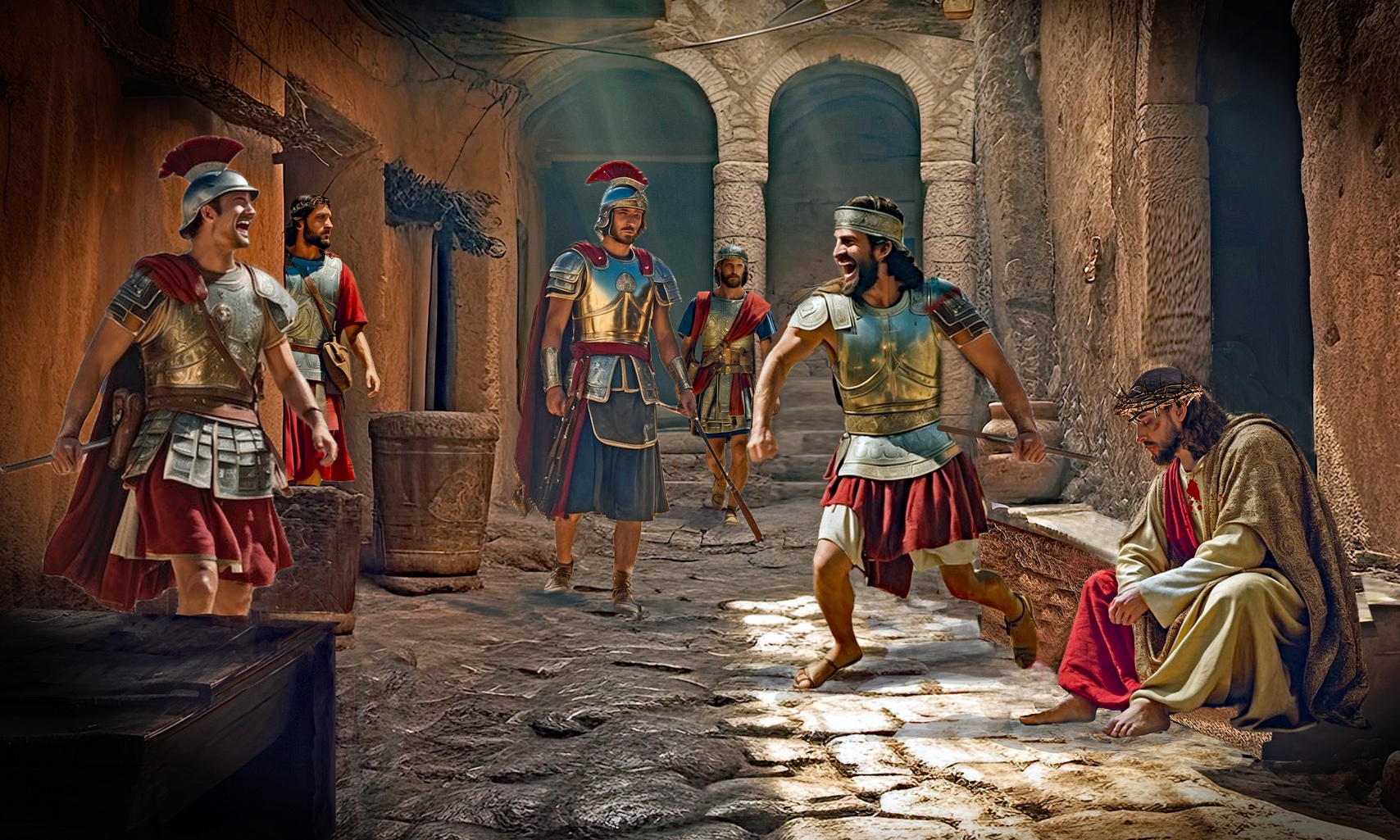
Pilate heard that Jesus was a Galilean and saw an opportunity to hand the problem over to Herod who had jurisdiction over Galilee. Herod was delighted because he hoped Jesus would perform a miracle. However Jesus remained aloof. In frustration, Herod handed Him over to his soldiers who mocked Jesus by putting a crown of thorns on His head and a royal cape over His shoulders. After a severe beating by his soldiers, Herod sent Jesus back to Pilate to share in his joke.

Meanwhile Judas was overcome by
guilt and went back to the priests to
return the money they had given him.
He told them he had betrayed
innocent blood. The priests couldn't
have cared less and told him it was
his responsibility. Judas then threw
down the money and left in despair.
The chief priests picked up the
money, and, because it was against
the law to put blood money into the
treasury, they used it to buy a potter's
field for a cemetery, calling it the
Field of Blood. After leaving the
priests, Judas must have felt the
disappointment of his lost dreams
and the horror of his wicked act of
betrayal, for he committed suicide by
hanging. Because Jesus had said
Judas was doomed to hell, it is
unlikely that Judas truly repented or
ever believed in Jesus as a Saviour.
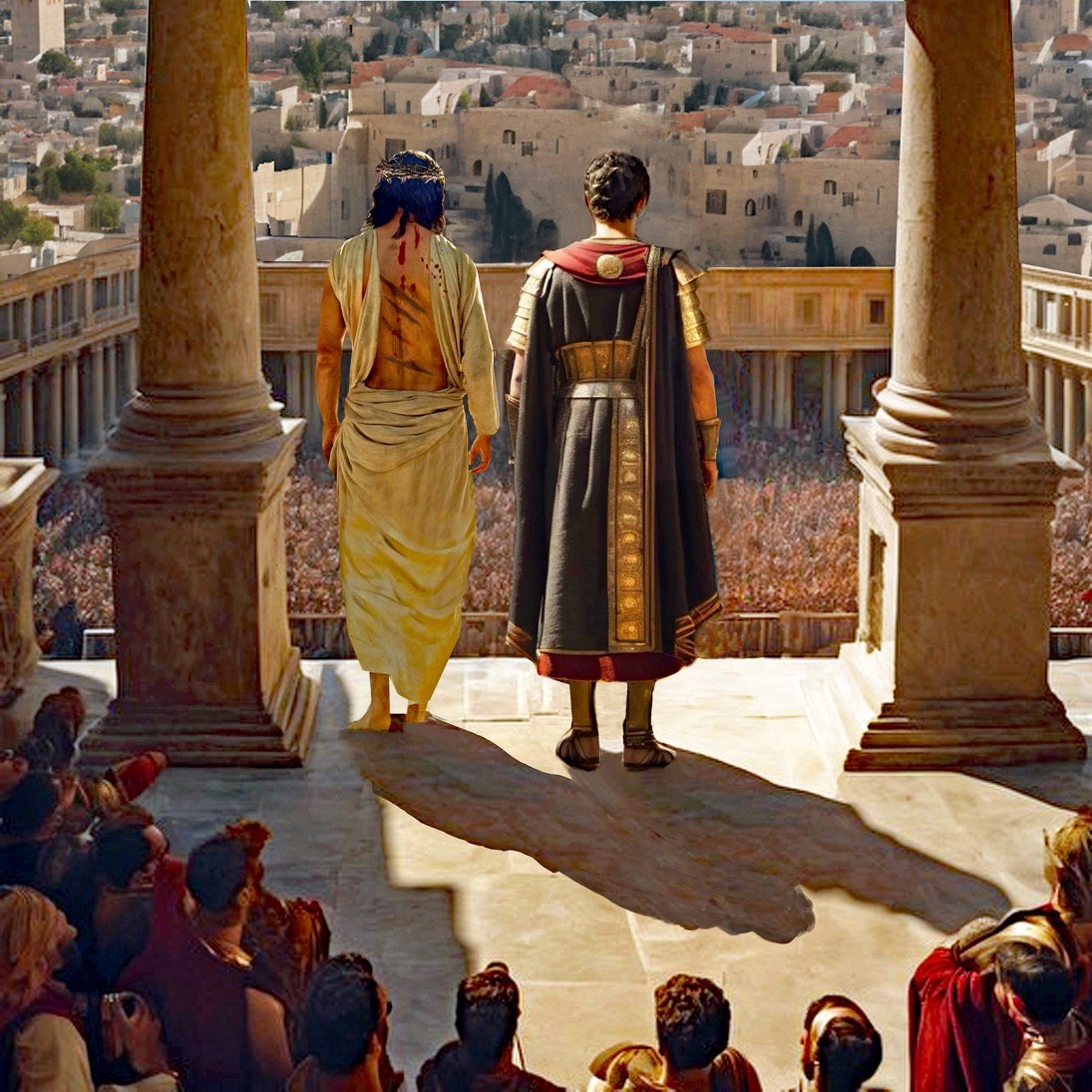
In the early morning, Jesus was again in
the Praetorium in front of Pilate. The
governor felt the charges against Jesus
were spurious, and he was hesitant to
condemn Jesus to death, especially after
Procle, his wife, sent a note telling him
about a dream she had, and warning him
not to murder an innocent man. (Some
say Procle later became a Christian).
However Pilate didn't feel he could
ignore the Jews or their accusations.
Since it was the annual custom of
releasing a prisoner on the Passover, he
offered to release Jesus, but the crowd
(many of whom had been bribed by the
Pharisees) loudly objected. Then Pilate
had Jesus brutally scourged, hoping this
would satisfy them, but they kept crying
out for the death penalty. Finally Pilate
washed his hands in a basin, declaring he
found no charge against Jesus and was
innocent of His blood.
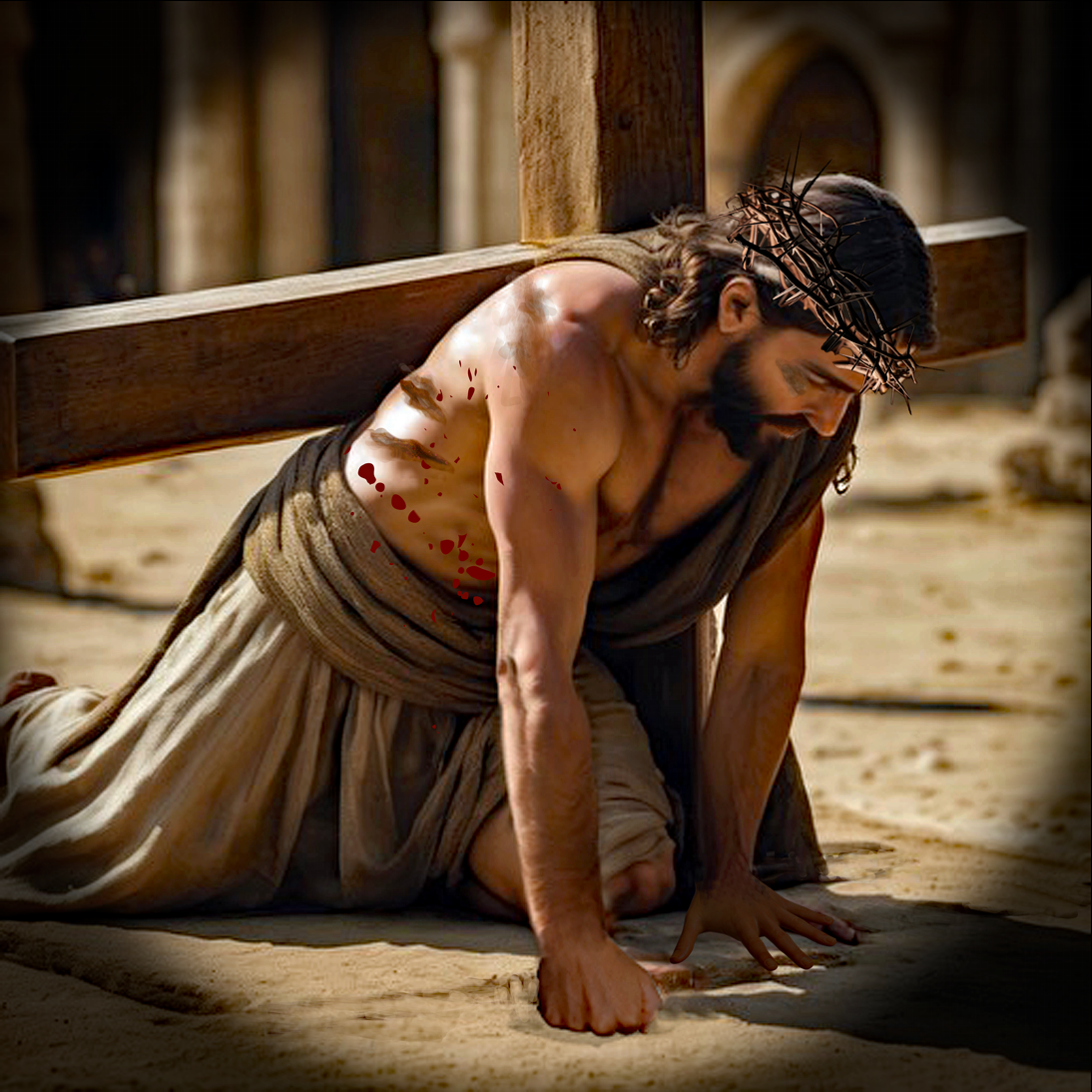
Pilate was afraid to run afoul of higher
authorities if this conflict between
Jesus and the Jewish leaders wasn't
resolved. But he still wavered on his
decision. Jesus told Pilate that he
would be held responsible for his
decisions, but the one who handed Him
over to him would bear the greater
guilt. He was referring to the High
Priest. Pilate was unnerved by these
words and again tried to set Jesus free,
but the Jewish leaders accused Pilate of
being no friend to Caesar if he did so.
Pilate asked them: "Shall I crucify your
King?" to which the Jewish leaders
replied, "We have no king but Caesar!"
Pilate found this ironic but saw no
other option but to issue the death
sentence. Jesus, who was already
weakened by loss of blood, was made to
carry a heavy cross to Golgotha. Some
grieved for their Messiah as He
struggled with His burden.
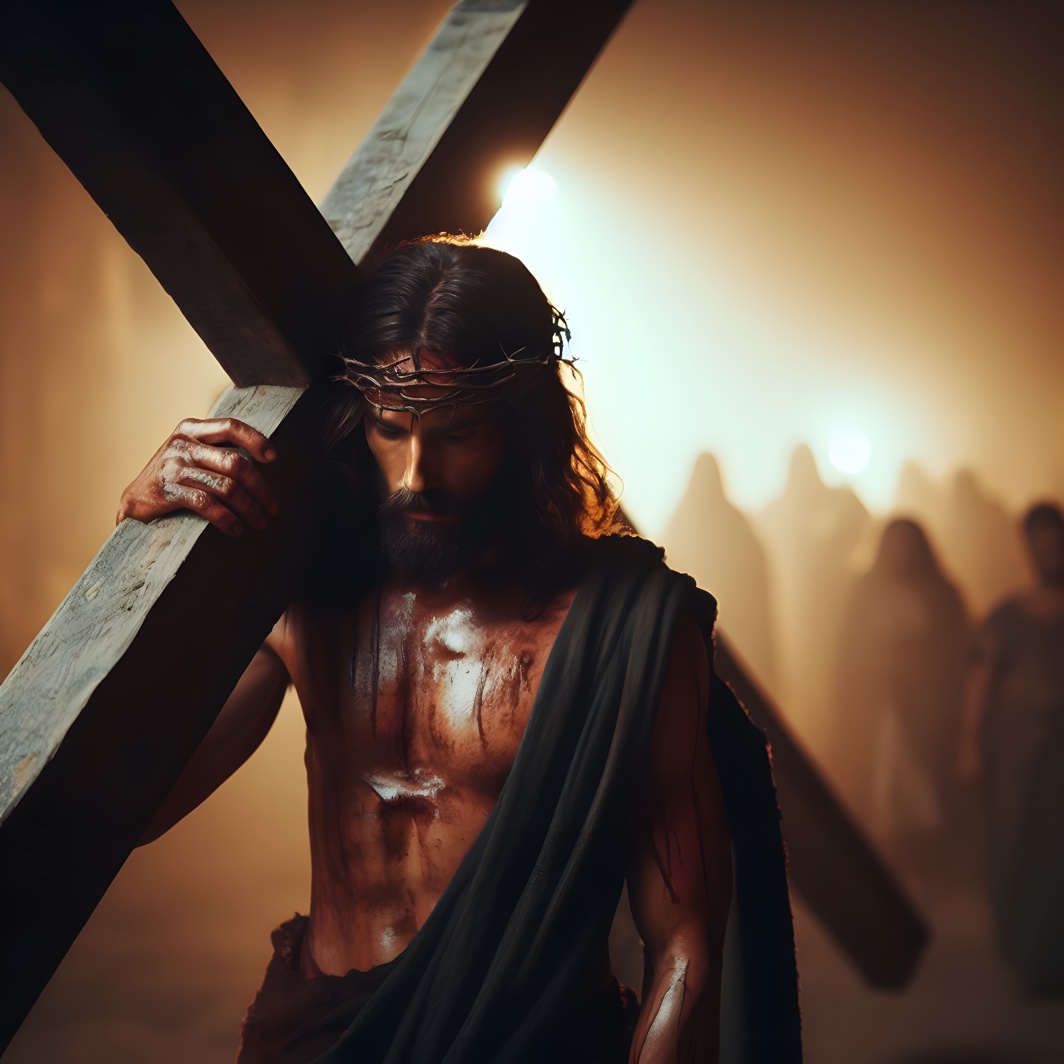
Eventually Jesus, the soldiers, and the
crowd all arrived at Golgotha. Pilate had
issued orders to fasten a sign on the cross
of Jesus saying: "Jesus of Nazareth, King of the Jews." The chief priests objected to
this and wanted it changed, but Pilate
refused, saying: "I have written what I
have written." Crucifixion could take many
hours to kill the victim, causing heart
failure, suffocation, cardiac rupture, and
dehydration. It was an excruciating form
of torture, with the added humiliation of
being stripped and in full view of the
public. Satan, who would have been
watching everything, obviously thought
Jesus was finally in his power, but the
Lord once said He had legions of angels at
His beck and call, and He told Pilate that
he had no power over Him, except
whatever His Father allowed. So it was
only His great love for His followers that
kept Jesus on His sacrificial mission.
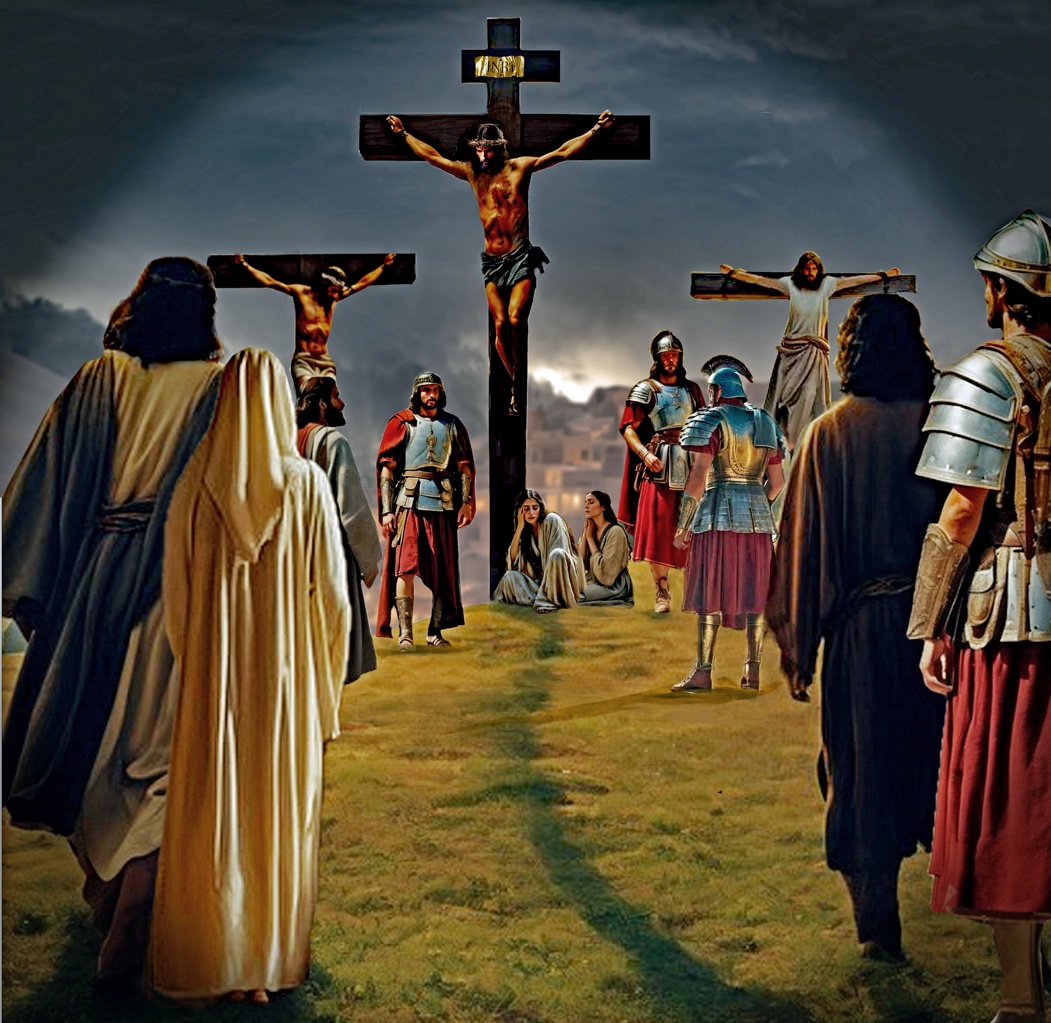
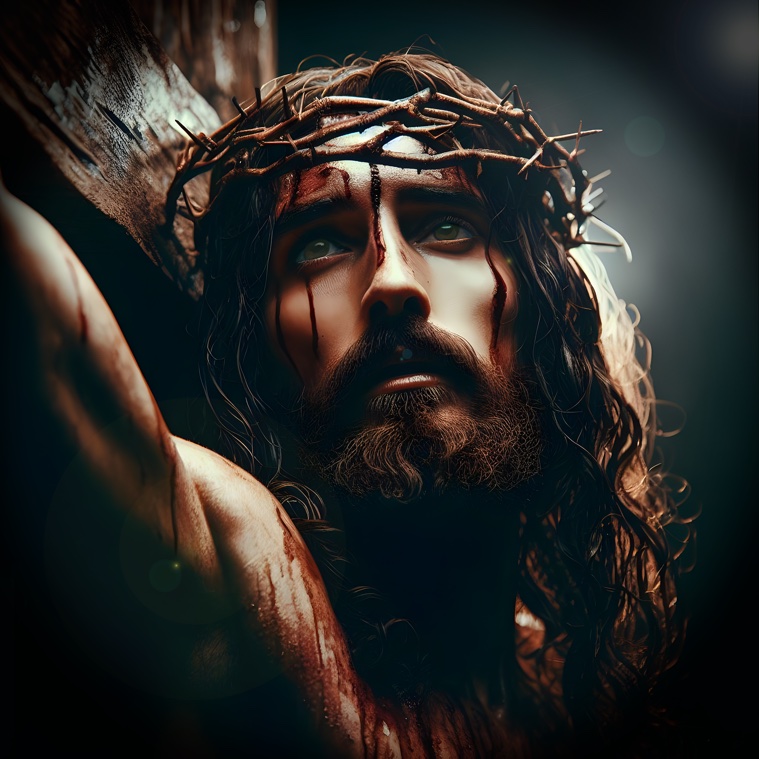
Jesus was crucified with two thieves, one on
either side of Him. One thief mocked Jesus
telling Him to walk off the cross if He was truly the Messiah. The other thief declared
Jesus was righteous and asked to be
remembered when Jesus went to paradise
(the part of Sheol for God's followers). Jesus
told the thief he would soon be there with
Him.

Jesus was surrounded by those
Pharisees who wanted Him dead.
They mocked Him and gloated that
they had succeeded in having Him
crucified, saying: "He saved others but
he can't save himself. He's the King of
Israel! Let him come down now from
the cross, and we will believe in him.
He trusts in God. Let God rescue him
if he wants him". Satan and the
demons were also celebrating because
they assumed they finally had power
over God's Son, who had so often
defeated them. They didn't know that
this war with God's Holy Seed was all
a part of God's Master plan. They
s h o u l d h a v e k n o w n , b e c a u s e
throughout history God had always
managed to manipulate evil to bring
about His righteous purposes..as He
was doing right then.
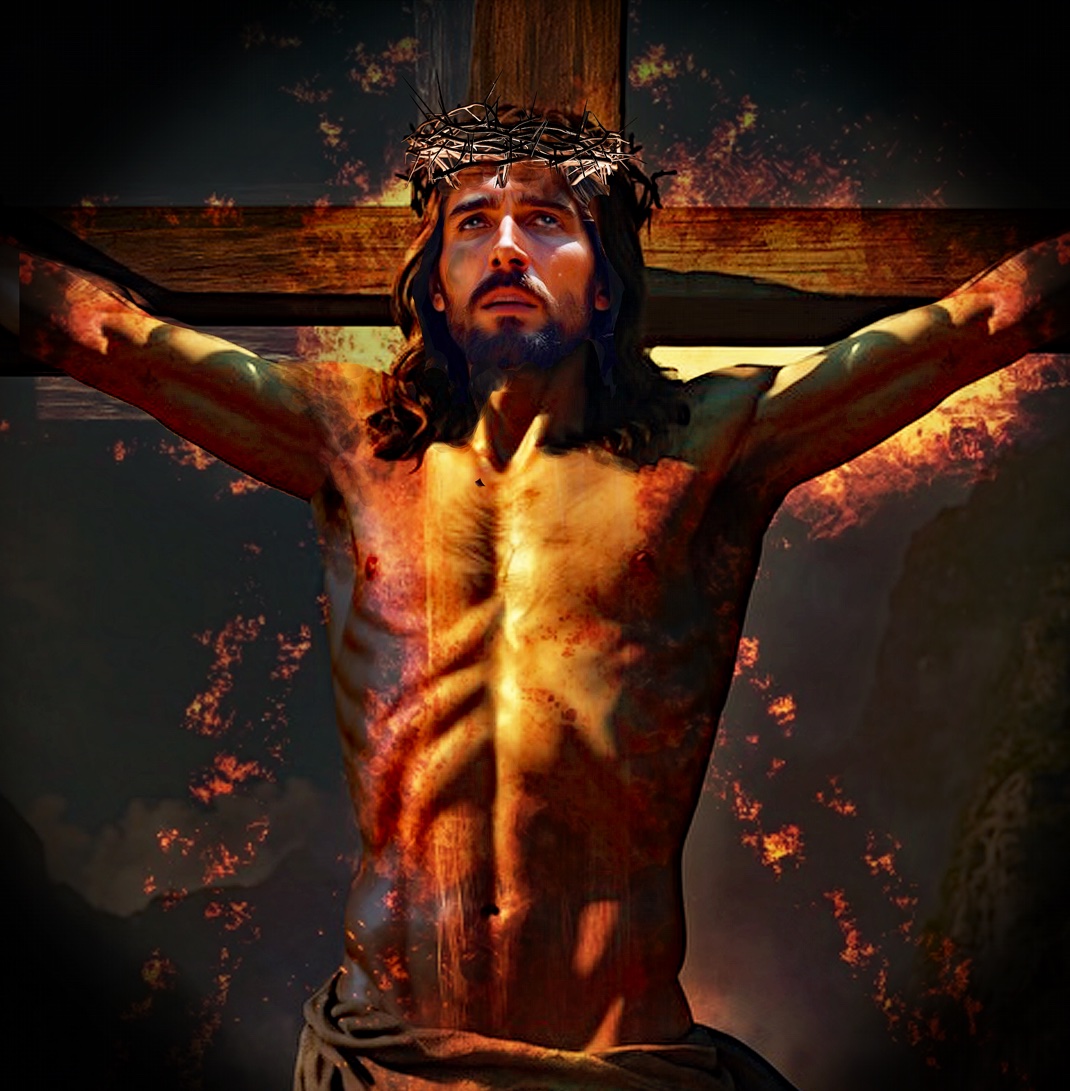
After excruciating hours of pain and
suffering, Jesus cried out: "My God, My
God, why have You forsaken Me?" He
was asking His Father why He was so
far from saving Him; why He had
deserted Him. This was the moment
when Messiah bore the full weight of
humanity's sin and the Father's
consequent rejection. The prophet
Isaiah had prophesied this moment
when he wrote: "Surely He has borne
our griefs and carried our sorrows;
Yet we esteemed Him stricken, smitten
by God, and afflicted. But He was
wounded for our transgressions, He was
b r u i s e d f o r o u r i n i q u i t i e s ; t h e chastisement for our peace was upon
Him, and by His stripes we are healed."

A great darkness fell over the land
at three in the afternoon. But this
wasn't all that happened. The
earth shook, rocks split apart, and
some tombs broke open. A Roman
centurion was shaken by all this
and exclaimed "Surely He was the
Son of God!" Later it would be
discovered that the bodies of many
holy people, who had recently
died, were raised to life and these
went into Jerusalem where they
appeared to many people. Their
names are not mentioned and it is
unclear whether they had physical
bodies or not. Neither do we know
if they died a second time or were
translated like Enoch and Elijah.
But the incident showed that
something of a cataclysmic nature
was happening in the spirit realm
involving Life overcoming death.

At the moment of the earthquake, the thick, heavy curtain of the Temple was torn from top to bottom. This was astounding because the curtain was 60 feet long and 4 inches thick. It took 300 men to lift the curtain to install it. Only God could have torn it in half. This revealed the Father's great anger over sin and what was being done to Messiah. It signified that the barrier to God because of sin was torn down. Messiah, through His death, had removed it. But there was still something more that Messiah had to accomplish.
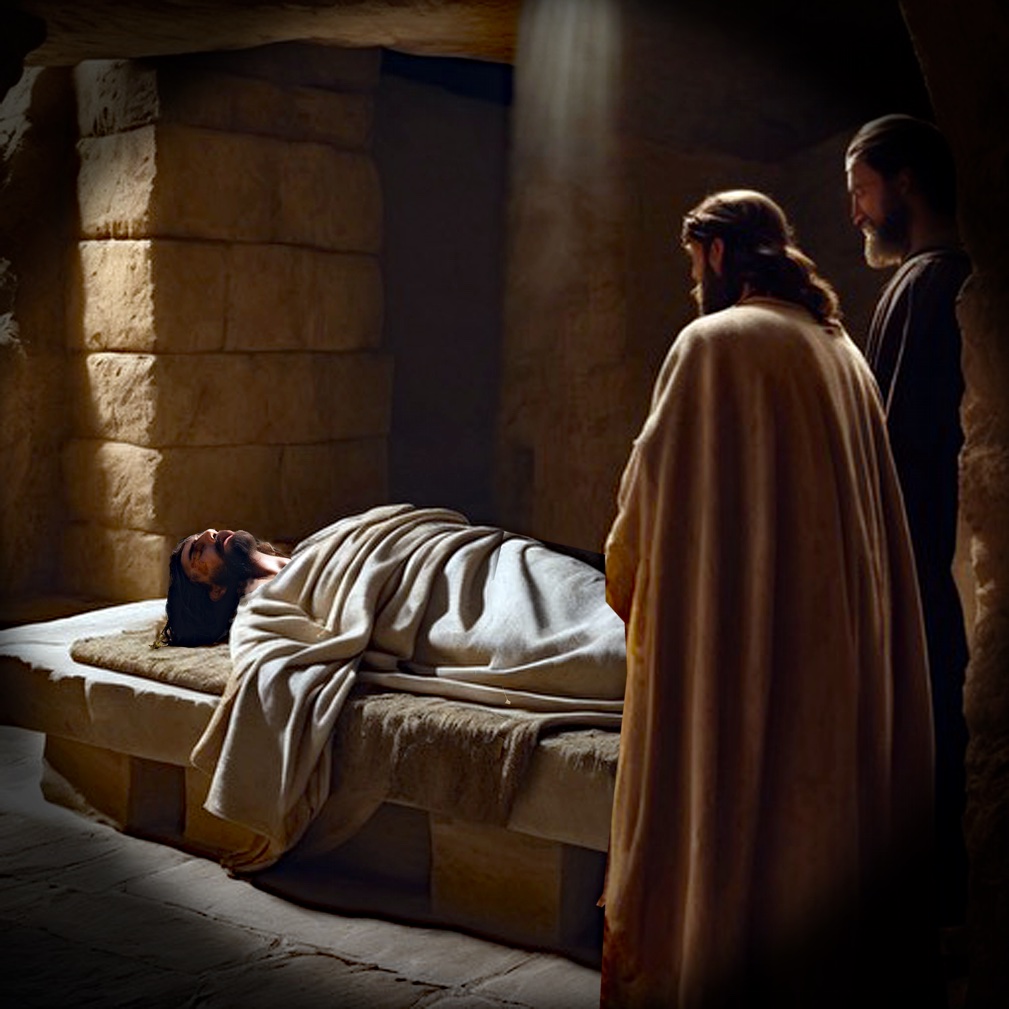
It was the Passover festival and the
priests didn't want bodies left on
crosses during the festival, so the
soldiers broke the legs of the thieves,
but when they came to Jesus, He was
already dead. A spear was thrust into
His side to make sure. All this fulfilled
the prophecy that said: "He protects all
His bones. Not one of them will be
broken." This ties in with the
instructions Yahweh gave to Moses
about the sacrificial lamb they were to
eat during the Passover in Egypt. "It
must be eaten inside the house. Take
none of the meat outside the house. Do
not break any of the bones." Jesus'
body was taken down from the cross
and He was laid in the tomb belonging
to a rich disciple, who together with
Nicodemus, wrapped the body in cloth.
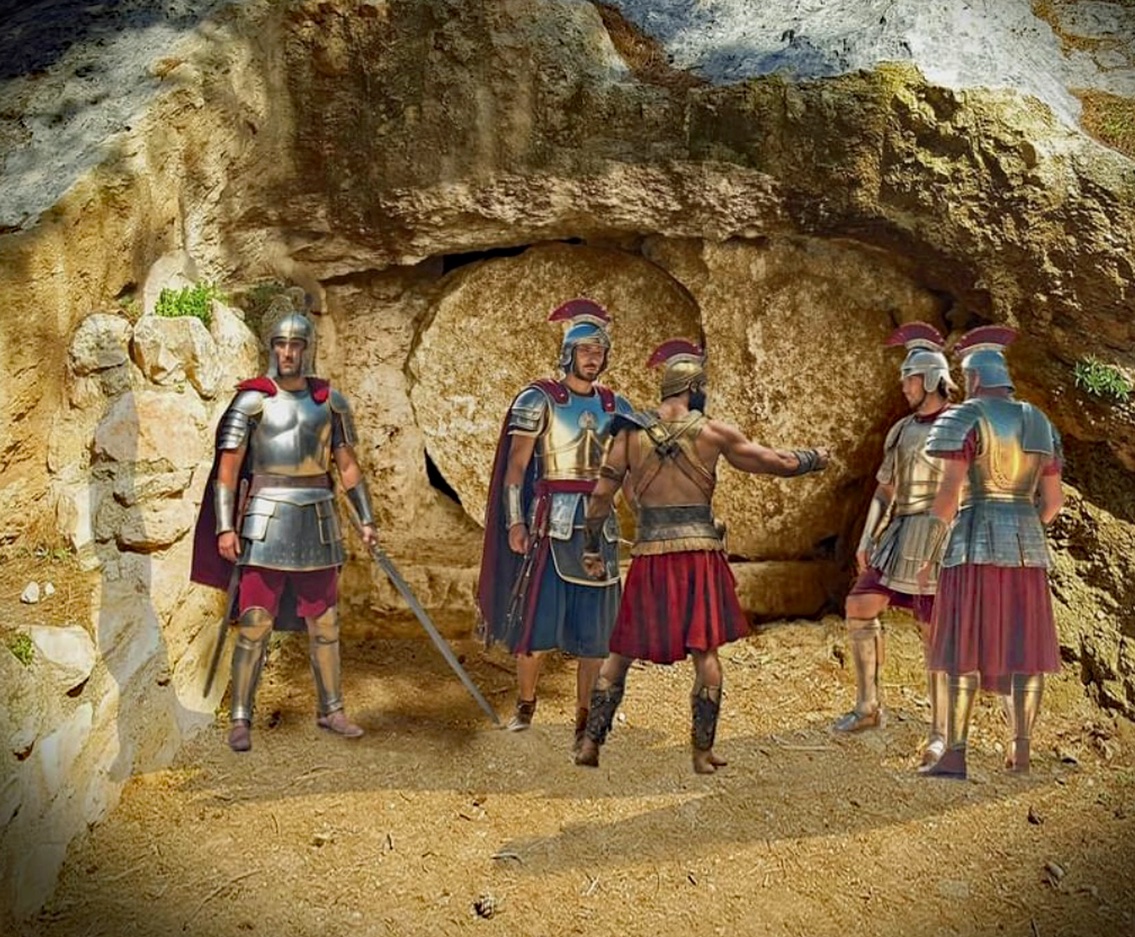
The next day the chief priests went to Pilate because they remembered that while Jesus was still alive, He had said He would rise from the dead after 3 days. They wanted Pilate to secure the grave until the 3rd day to prevent the disciples from stealing the body and telling people Jesus had been resurrected. Pilate told them to take a guard and make the tomb as secure as they wished, which they did by sealing the tomb with a great rock.
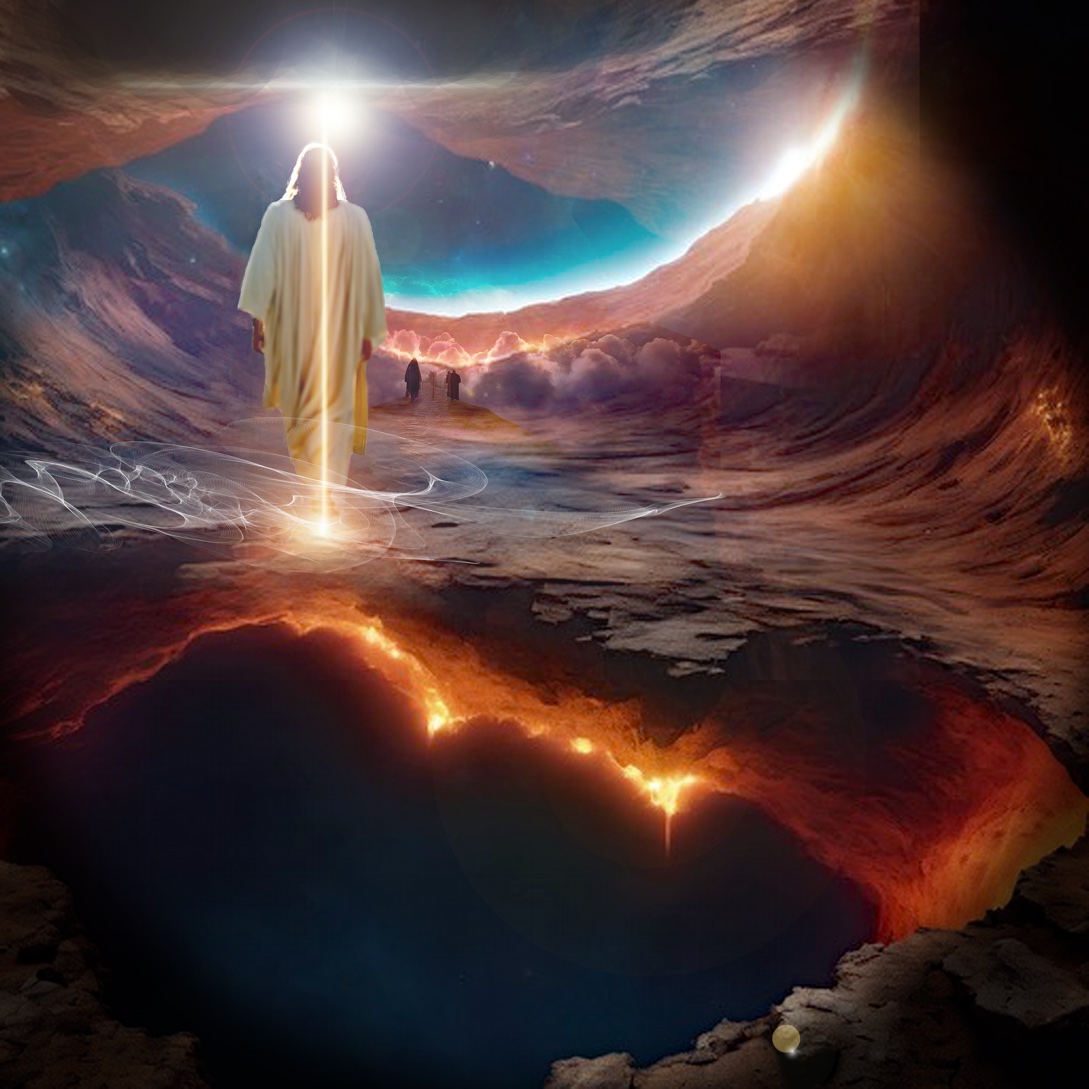
Jesus went in spirit to the paradise
part of Sheol, although Jesus’ body
was still in the tomb. Paradise was
where Jesus told the thief they would
meet up after they both died.
However Death couldn't hold Jesus
because He was without sin. The
scriptures predicted the Messiah
would overcome death: “You will not
abandon Me to the realm of the dead,
nor will You let Your faithful One see
decay." Other prophets foretold that
God would one day abolish death:
“He will swallow up death forever.
The Sovereign Lord will wipe away
the tears from all faces” and “I will
deliver this people from the power of
the grave; I will redeem them from
death. Where, O death, are your
plagues? Where, O grave, is your
destruction?”
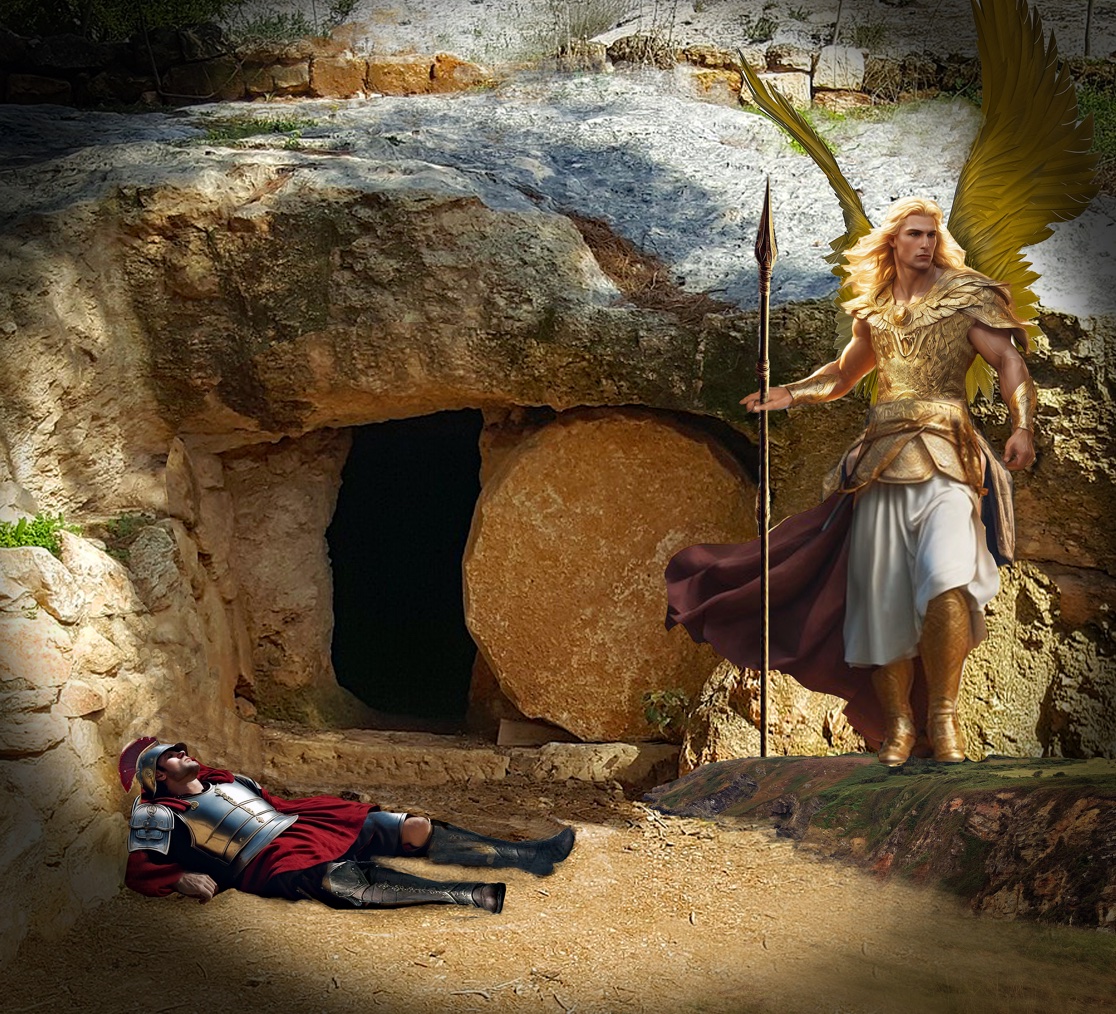
At dawn on the Sabbath, there
was a violent earthquake and a
mighty angel came down from
heaven and rolled away the
stone covering the tomb. The
angel's appearance was like
lightening. He was so glorious
that the guards who were
guarding the tomb trembled
a n d f a i n t e d , b e c o m i n g
unconscious. When they
awakened, they found the
tomb empty. They were afraid
that Pilate would punish them
so they hurried off to the
Pharisees who said they would
tell Pilate that the disciples
had stolen the body.

Jesus returned to earth to bring the good news to His followers. He made several appearances; one was a personal appearance to Mary Magdalene who was in very deep grief. At first she didn't recognize Him, but when He called her name, she was overjoyed, and rushed to Him.
Jesus also visited His disciples and singled out Thomas, who had doubts about Jesus rising from the dead. He showed Him the wounds in His side and hands, and told him to doubt no longer.
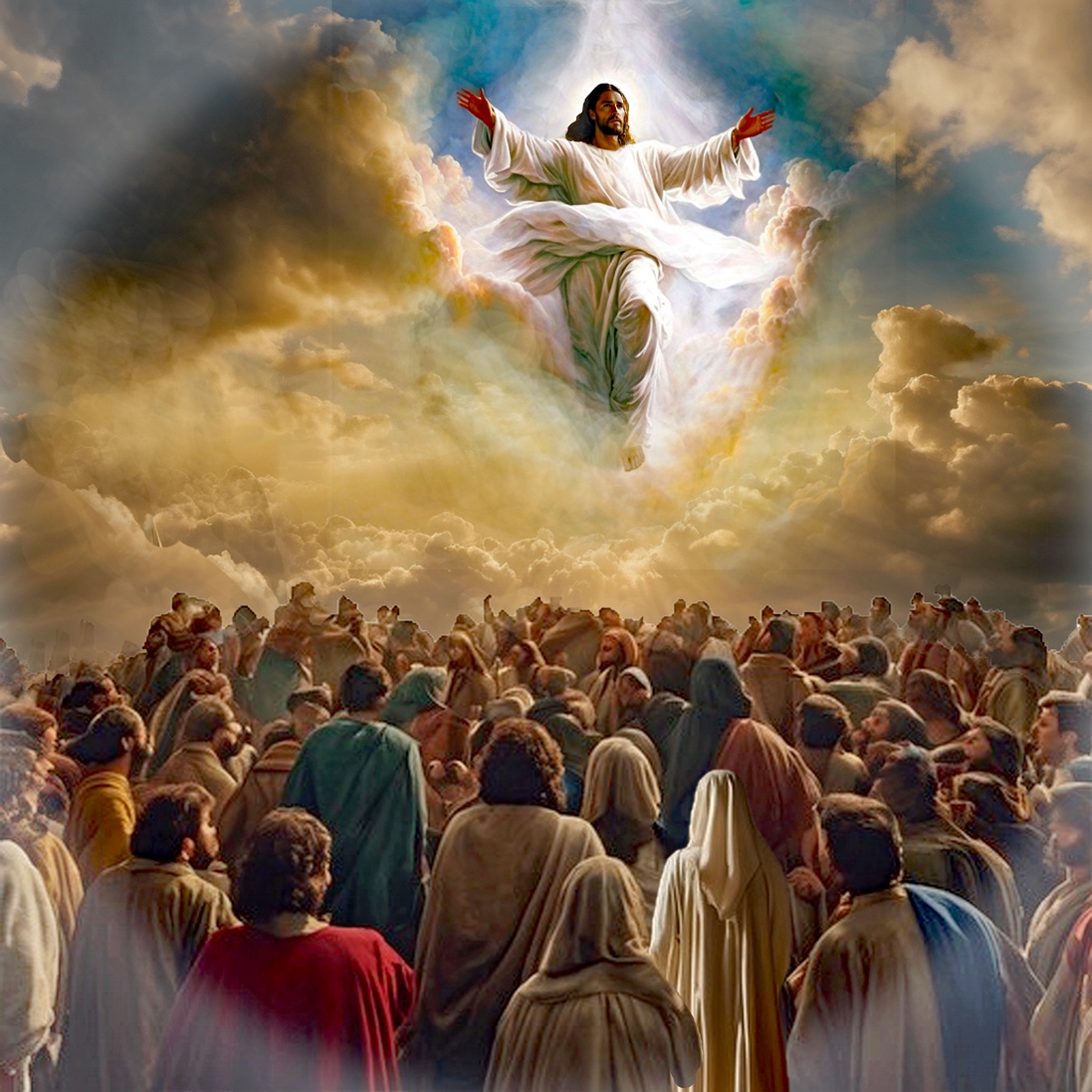
Jesus met with His disciples many
times; once on the road to Emmaus
where He explained the scriptures to
two of His followers; once to encourage
Peter who had denied Jesus during His
arrest and was deeply guilt-ridden; once
on the shore while the disciples were
fishing where He provided a miraculous
catch of fish; once to His brother James
and all the apostles; once when He met
with His followers for 40 days and
spent time encouraging them; and then
He was seen by 500 of His followers at
the same time in Bethany. Then it was
time for Him to return to His Father in
heaven. He was taken up before their
very eyes in a cloud that hid Him from
their sight. Before He left, He promised
to send His Holy Spirit to be with them,
commissioning them to spread the good
news of salvation to the entire world.

The Seed of God had completed the mission which had been planned in the Godhead before the beginning of time. God had always wanted a family of beloved children who would love Him and reflect His righteous character. Through Messiah He had created a new genus - a new creation - that would live with Him forever in heaven. He had battled Satan, Nephilim, demons, and every kind of wickedness in high places on their behalf, and through it all, He had come out the Victor. He told His disciples, "I have told you these things, so that in me you may have peace. In this world you will have trouble. But take heart! I have overcome the world."
The War of the Seed had been won.

























































































































































































































